The 1940s were a transformative time for New York City, marked by World War II and its aftermath. The city experienced significant social, economic, and cultural shifts during this decade.
Life in New York City during the 1940s was profoundly influenced by World War II. Many men went off to fight, and women took on new roles in the workforce. Factories and shipyards operated around the clock, producing goods and materials for the war effort. This period saw women working in industries that were previously male-dominated, including manufacturing and transportation.
Rationing was a part of daily life. Items like sugar, coffee, and gasoline were rationed, and families had to use ration books to buy limited supplies. Victory gardens became popular, with residents growing their own vegetables to support the war effort.
The end of the war in 1945 brought celebration and relief. Soldiers returned home, and there was a baby boom as families reunited. This post-war period also saw a surge in marriage rates and housing demands..
Read more
Famous Places and Landmarks
Times Square remained the bustling heart of New York City during the 1940s. Known as the “Crossroads of the World,” it was filled with theaters, neon lights, and crowds. Broadway continued to thrive, with musicals and plays drawing large audiences. Notable productions included “Oklahoma!” which premiered in 1943 and became a massive hit.
The United Nations Headquarters, which began construction in 1947 and was completed in 1952, marked a significant addition to the city. Located in Turtle Bay, the UN brought an international dimension to New York, making it a center for global diplomacy.
Central Park was a beloved retreat for New Yorkers. Despite wartime constraints, it remained a place for leisure and recreation. Families enjoyed picnics, boating on the lake, and ice skating in the winter.
Economy and Industry
The economy of New York City in the 1940s was heavily influenced by the war. The city’s industries were vital to the war effort, producing everything from uniforms to munitions. This industrial boom helped to pull the city out of the Great Depression, providing jobs and stimulating economic growth.
Post-war, New York City experienced an economic boom. The city became a hub for finance, media, and culture. Wall Street saw significant growth, and the stock market began to recover. Companies expanded, and new businesses opened, contributing to the city’s prosperity.
The garment industry, a major employer in New York, continued to thrive. The city remained the center of the American fashion industry, with designers and manufacturers producing clothing that set trends nationwide.
Construction and Infrastructure
The 1940s saw considerable construction and infrastructure development in New York City. The completion of major projects like the Triborough Bridge and the Lincoln Tunnel in the previous decade facilitated improved transportation and commerce.
Public housing projects were a significant focus during this period. The New York City Housing Authority (NYCHA) built several large housing developments to address the post-war housing shortage. These projects provided affordable housing for many returning veterans and their families.
Transportation continued to evolve. The subway system expanded, with new lines and stations improving access across the city. This made it easier for people to commute and travel, contributing to the city’s growth and connectivity.
Restaurants and Food
Dining in New York City during the 1940s reflected the era’s challenges and innovations. Wartime rationing affected the availability of certain ingredients, but restaurants adapted with creative menus. Despite these constraints, the city’s culinary scene remained vibrant.
Delis and diners were popular, offering hearty, affordable meals. Jewish delis like Katz’s Delicatessen continued to thrive, serving iconic dishes like pastrami sandwiches and matzo ball soup. Diners provided a casual dining experience, with comfort foods that appealed to a wide range of patrons.
High-end restaurants also found ways to attract diners. Places like The Stork Club and 21 Club maintained their reputations as elite dining spots, offering an escape from the hardships of daily life. These establishments were known for their glamorous atmosphere and high-quality cuisine.
Street food remained a staple. Hot dog vendors, pretzel carts, and other street food stalls provided quick, inexpensive meals for busy New Yorkers. Nathan’s Famous in Coney Island continued to be a favorite, drawing crowds with its delicious hot dogs.
Entertainment and Leisure
Entertainment was a crucial part of life in New York City during the 1940s. Broadway was at the height of its golden age, with iconic productions like “Oklahoma!” and “South Pacific” drawing large audiences. Theaters in the Theater District were filled with people looking to escape and enjoy a night out.
Radio was a major source of entertainment and information. Families gathered around their radios to listen to news, music, and popular shows like “The Shadow” and “The Jack Benny Program.” Radio City Music Hall continued to be a premier entertainment venue, offering movies and stage shows.
Jazz music thrived in the city’s nightclubs and bars. Harlem remained a cultural hotspot, with venues like the Apollo Theater showcasing legendary performers such as Billie Holiday and Duke Ellington. Jazz clubs downtown also attracted music lovers, with artists like Dizzy Gillespie and Charlie Parker pioneering new sounds.
Movies were incredibly popular. The 1940s saw the release of classic films like “Casablanca” and “It’s a Wonderful Life.” New Yorkers flocked to grand movie palaces like the Roxy Theatre and the Paramount Theatre to see the latest Hollywood releases.
Social Issues and Reforms
The war had a profound impact on social dynamics, with women taking on new roles in the workforce and African Americans migrating to the city in search of better opportunities. This period also saw the beginnings of the Civil Rights Movement.
Labor unions gained strength during the 1940s, advocating for better wages and working conditions. Strikes and labor actions were common as workers sought to improve their lives. The war effort had highlighted the importance of labor, and unions played a crucial role in shaping post-war labor policies.
Housing was a major issue. The return of soldiers after the war led to a housing shortage, prompting the construction of new public housing projects. The city also saw the development of suburban areas, as many families moved out of crowded urban neighborhoods.
Health and Public Services
Public health saw improvements during the 1940s. Efforts to combat diseases like tuberculosis and influenza led to better sanitation and public health measures. The establishment of public hospitals and clinics provided more people with access to medical care, improving overall public health.
The city also expanded its fire and police services. The fire department modernized its equipment and training, making it more effective in responding to fires. The police department continued to professionalize, with efforts to reduce corruption and improve public safety.
Education was a priority in New York City during the 1940s. Public schools expanded, providing more children with access to education. Compulsory education laws ensured that children spent time in school rather than working in factories or on the streets.
Higher education institutions also grew during this period. Columbia University and New York University expanded their campuses and programs, attracting students from around the country and the world. These institutions played a crucial role in the intellectual and cultural life of the city.
Fashion and Lifestyle
Fashion in the 1940s was influenced by the war. Clothing was more practical and functional, with women’s fashion featuring simpler lines and less fabric due to rationing. However, post-war fashion saw a return to elegance, with the New Look introduced by Christian Dior in 1947, featuring full skirts and a cinched waist.
Men’s fashion also reflected wartime practicality, with military-inspired styles being popular. After the war, men’s suits became more relaxed and less formal, reflecting the changing times.
The lifestyle of New Yorkers in the 1940s was characterized by a mix of wartime austerity and post-war optimism. The war years were marked by sacrifice and community effort, while the post-war period saw a sense of relief and celebration. Social activities, entertainment, and cultural pursuits provided much-needed diversions from the challenges of the era.


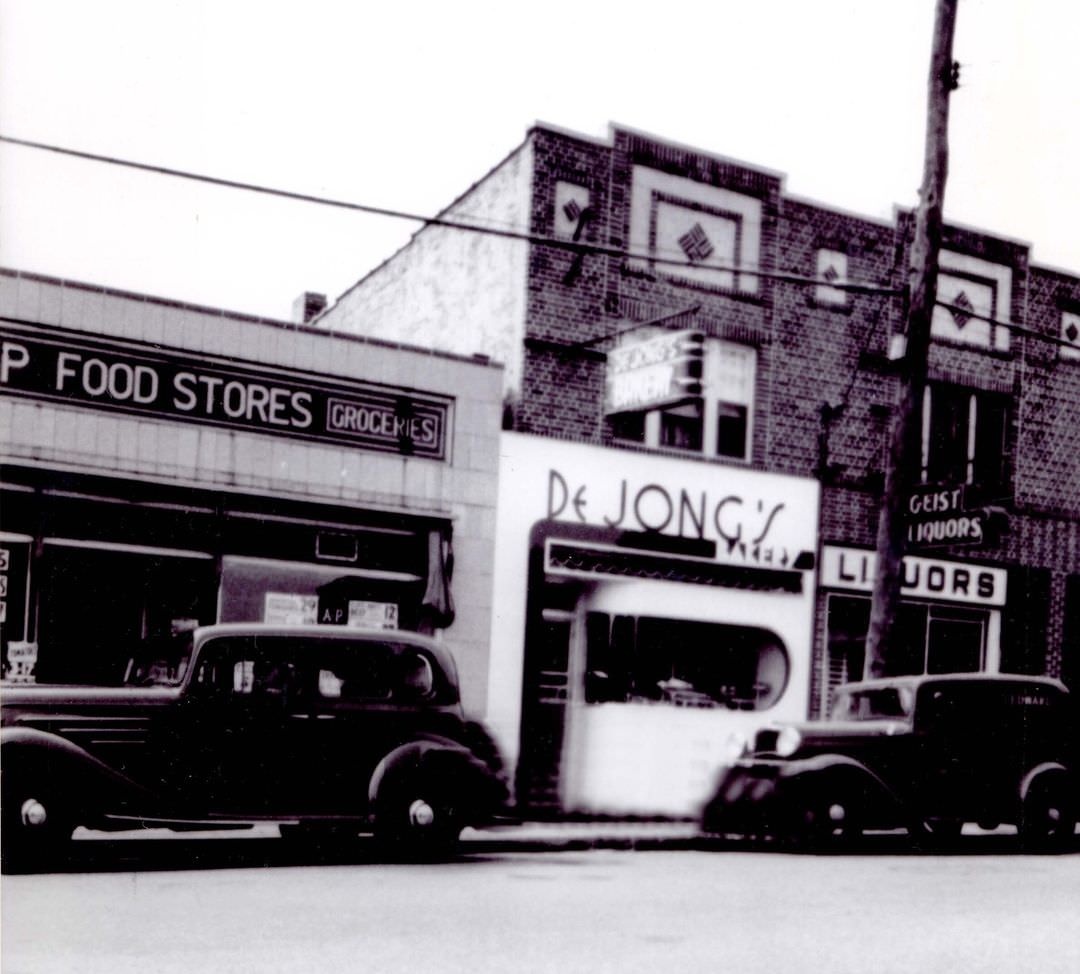
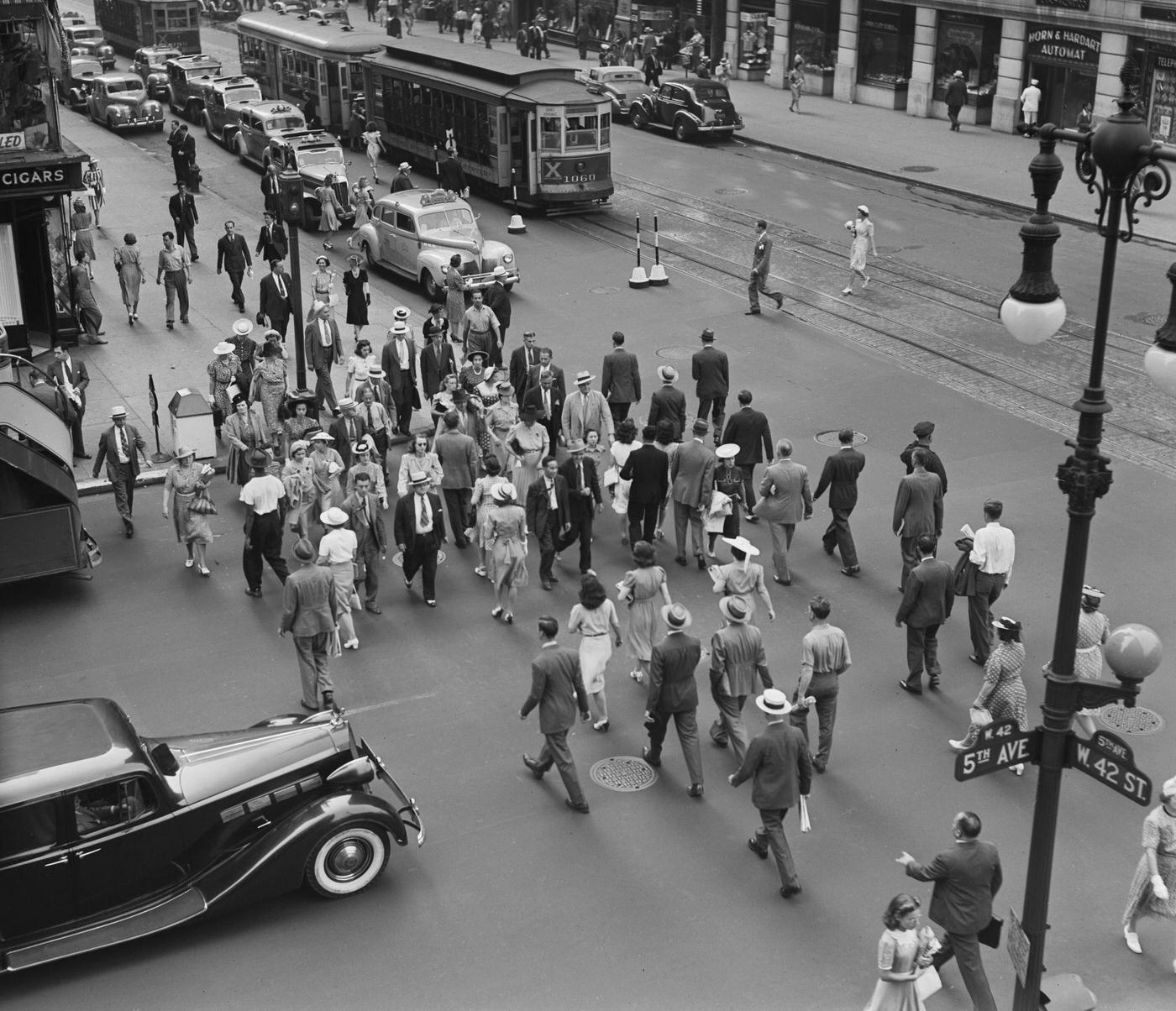
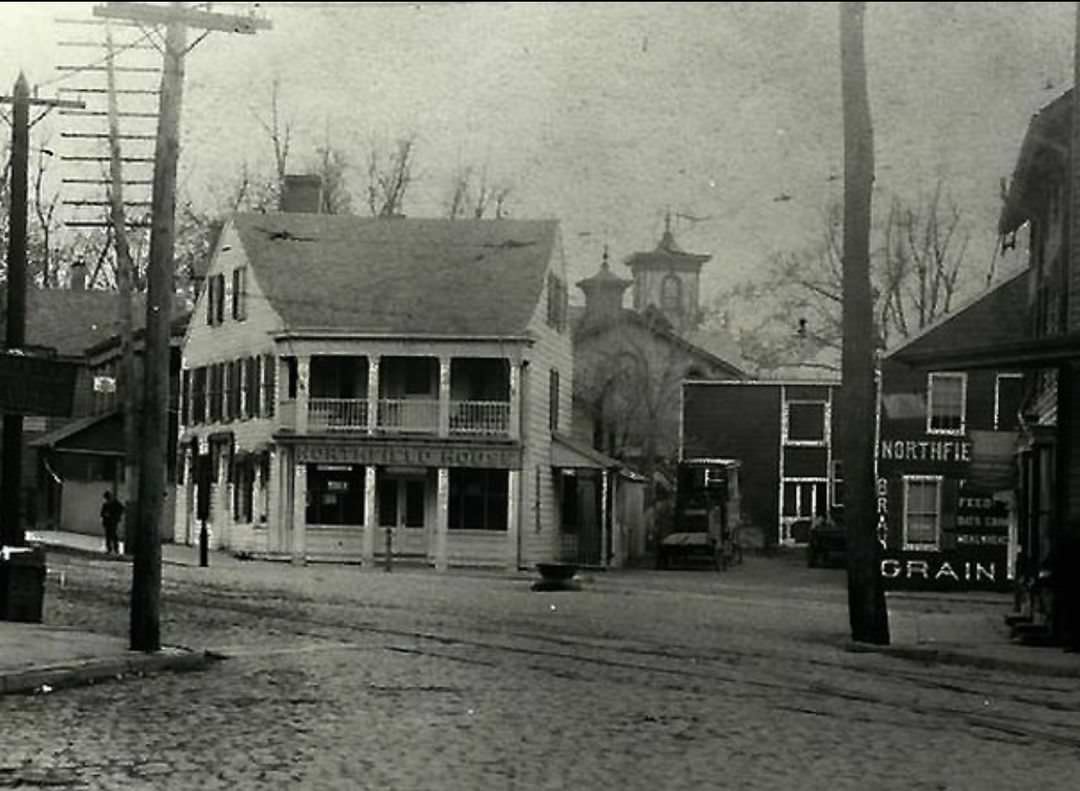
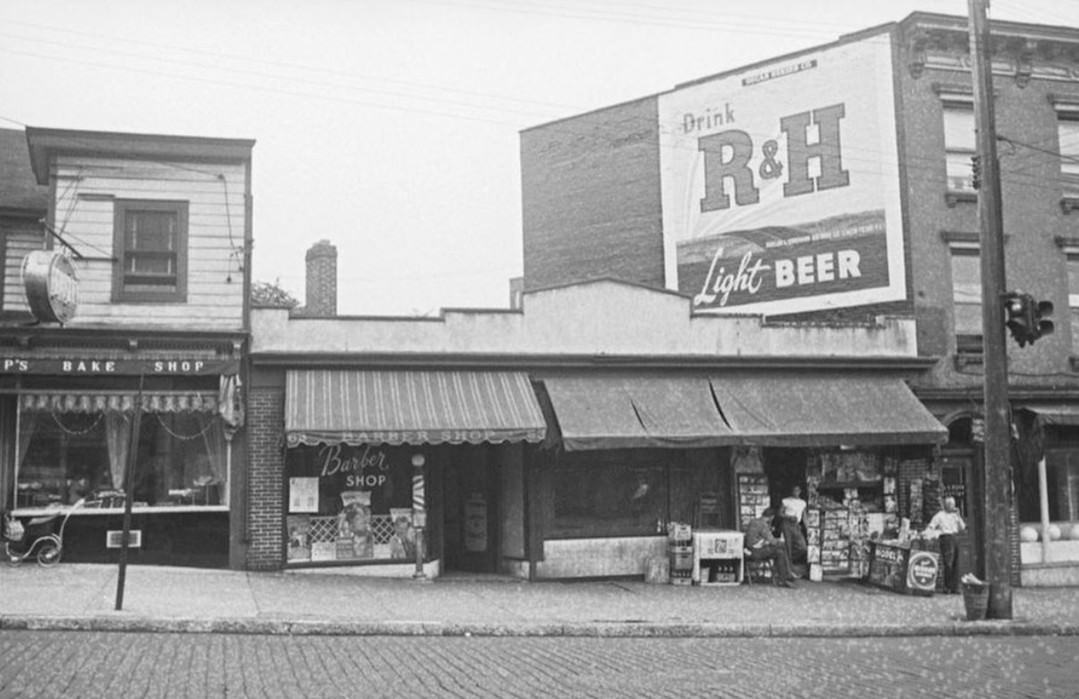
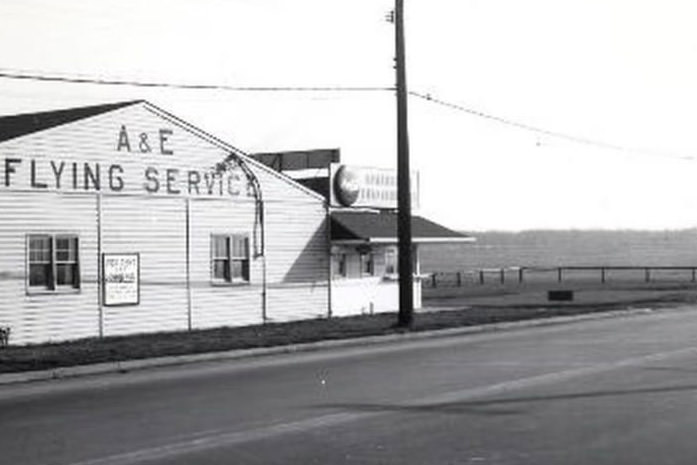
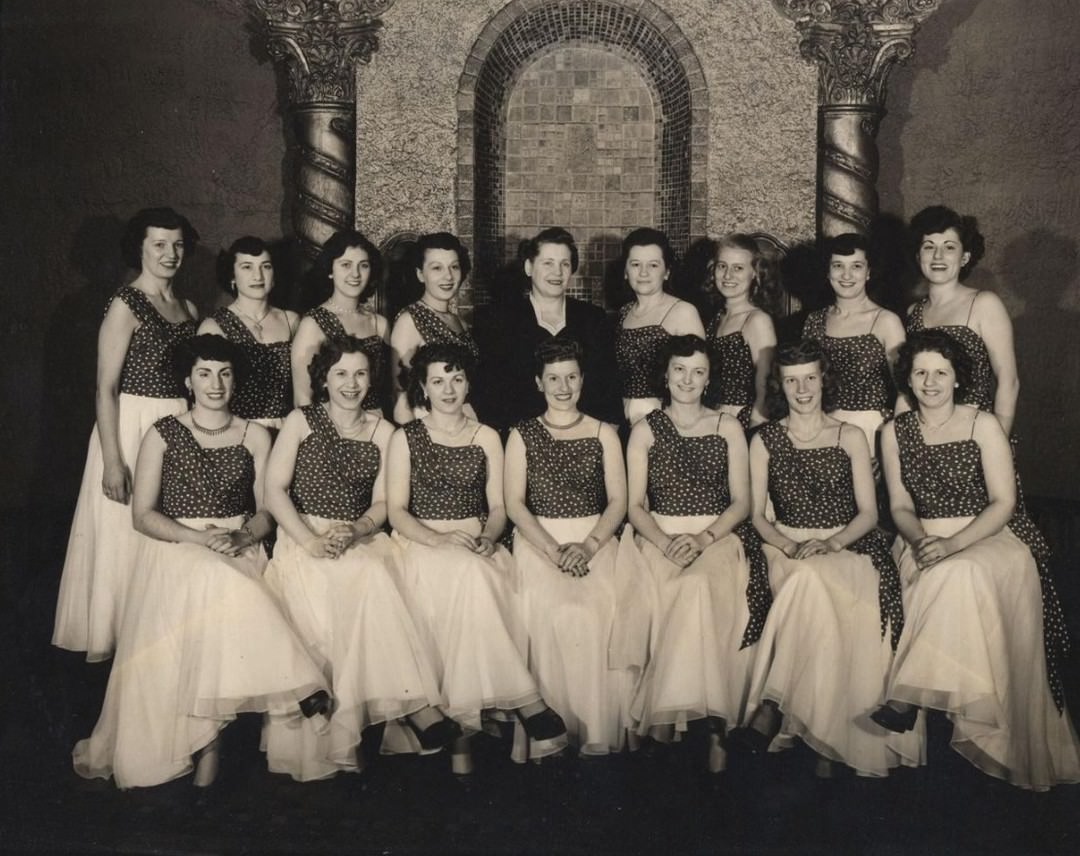
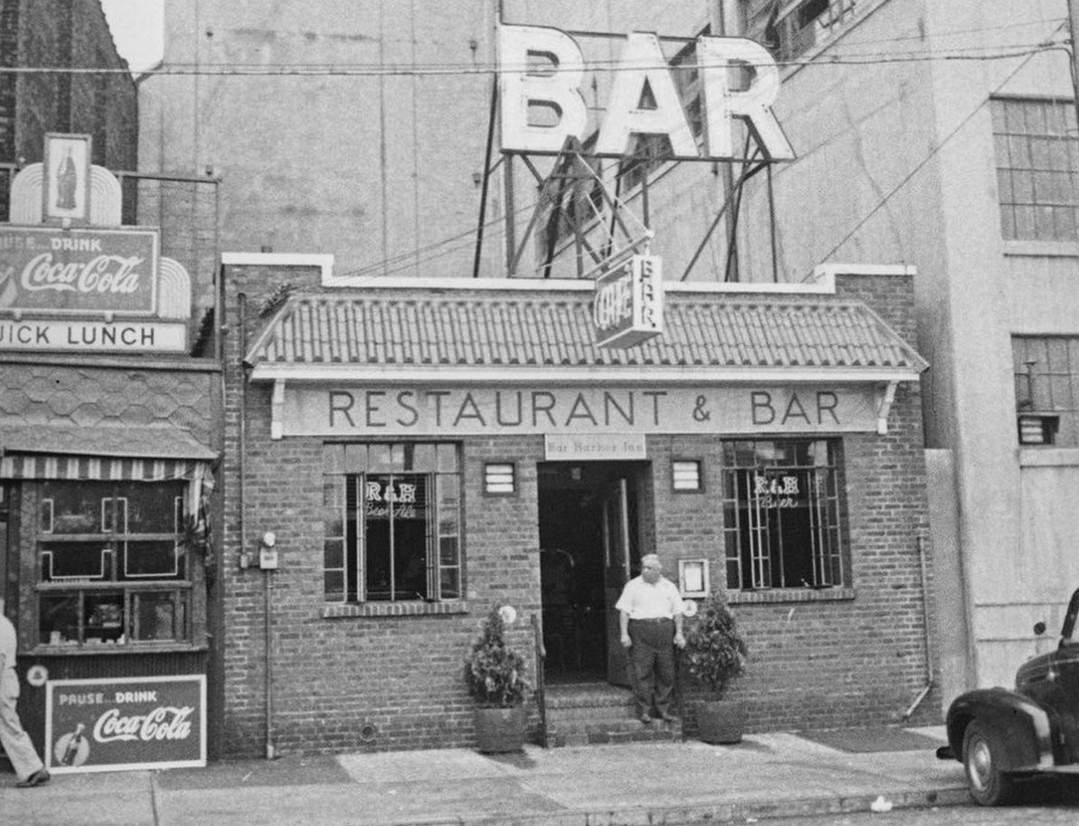
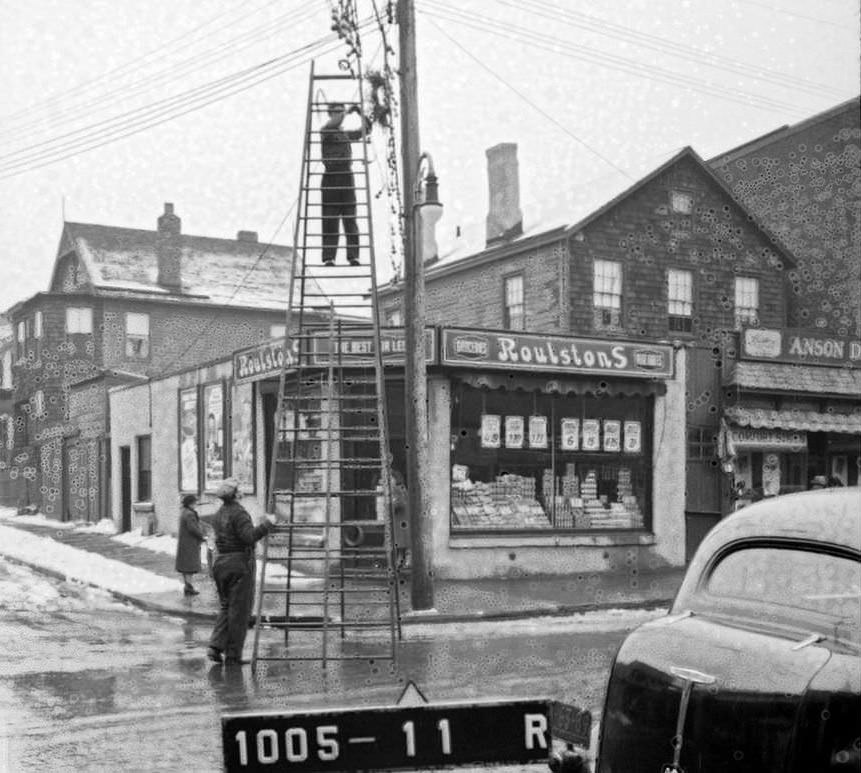
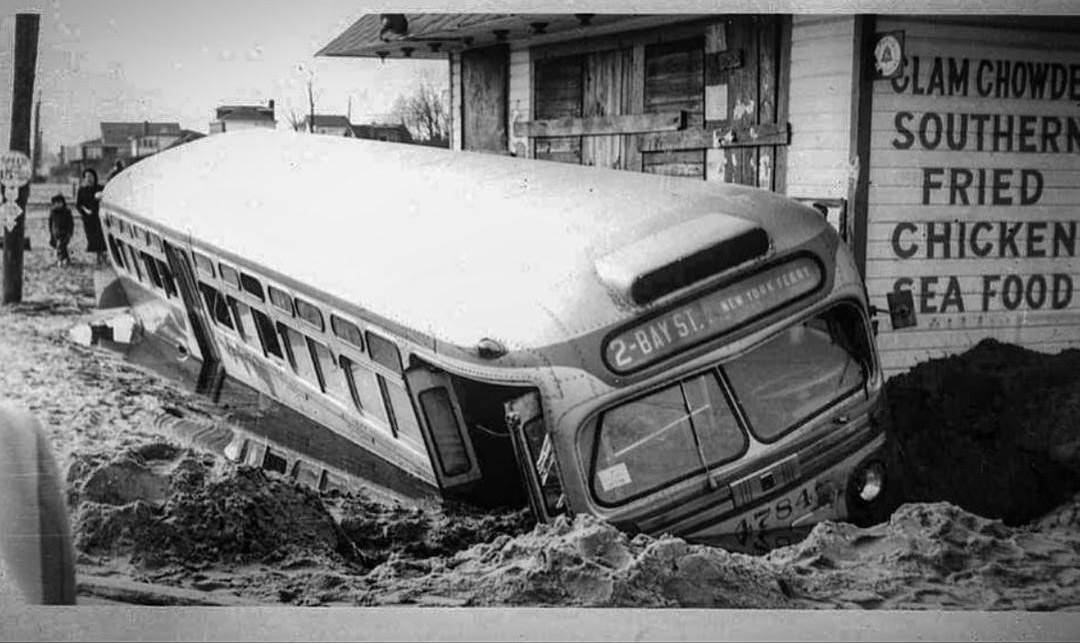
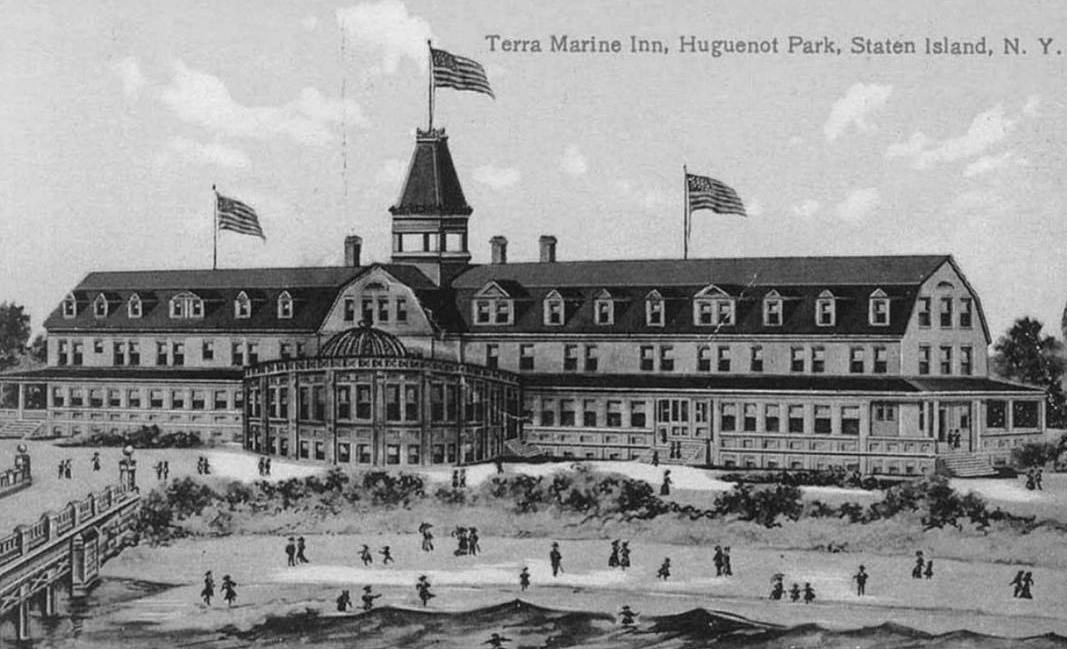
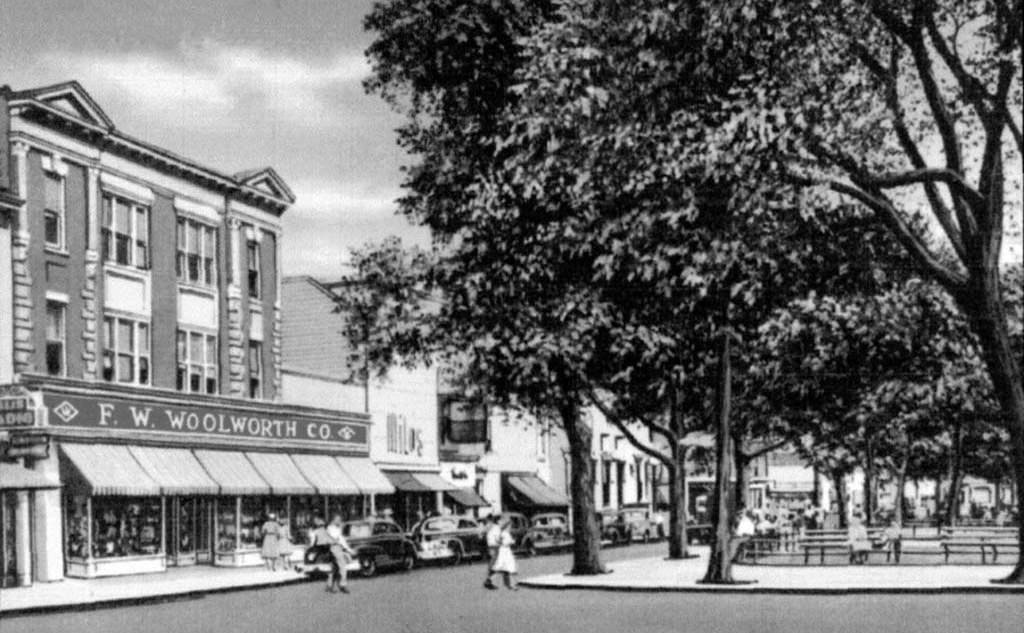
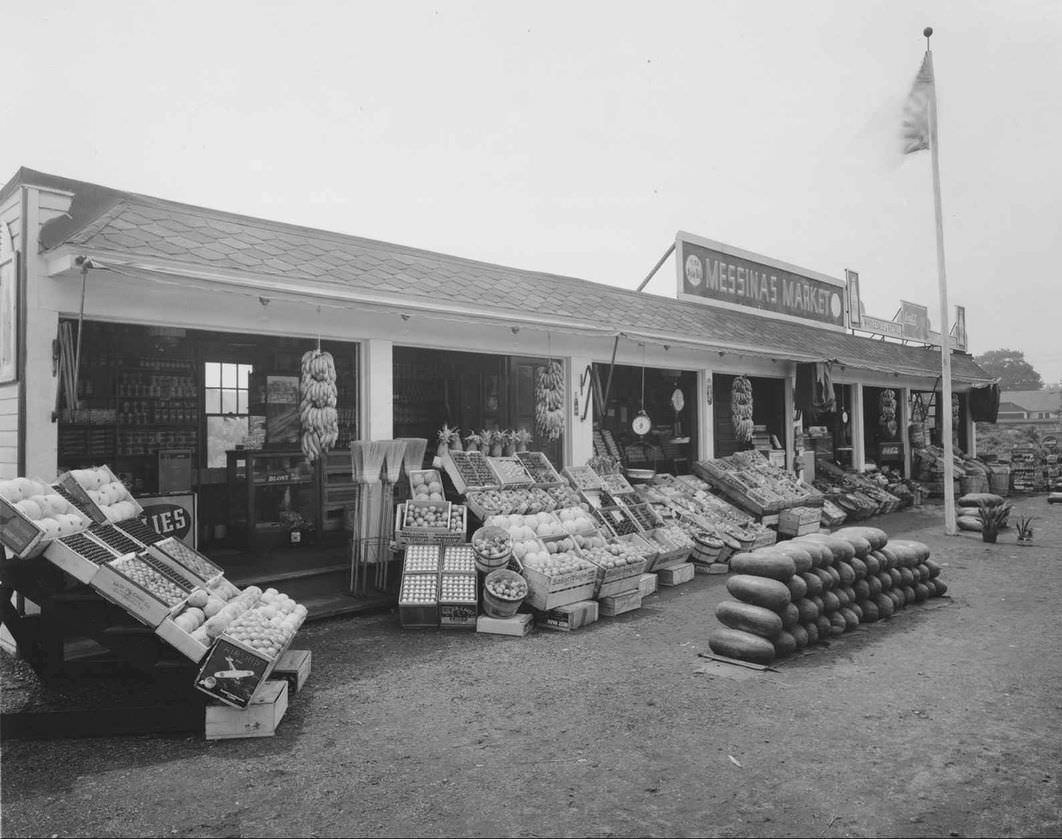
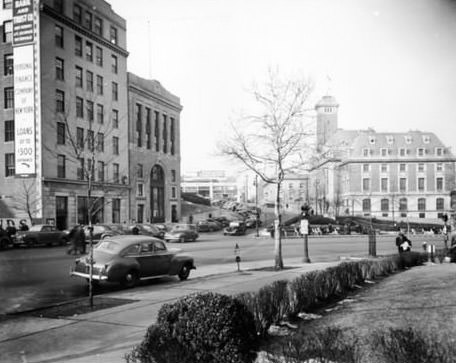
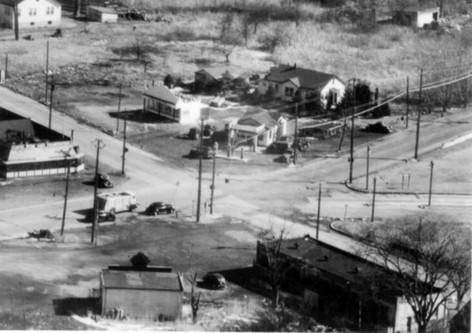
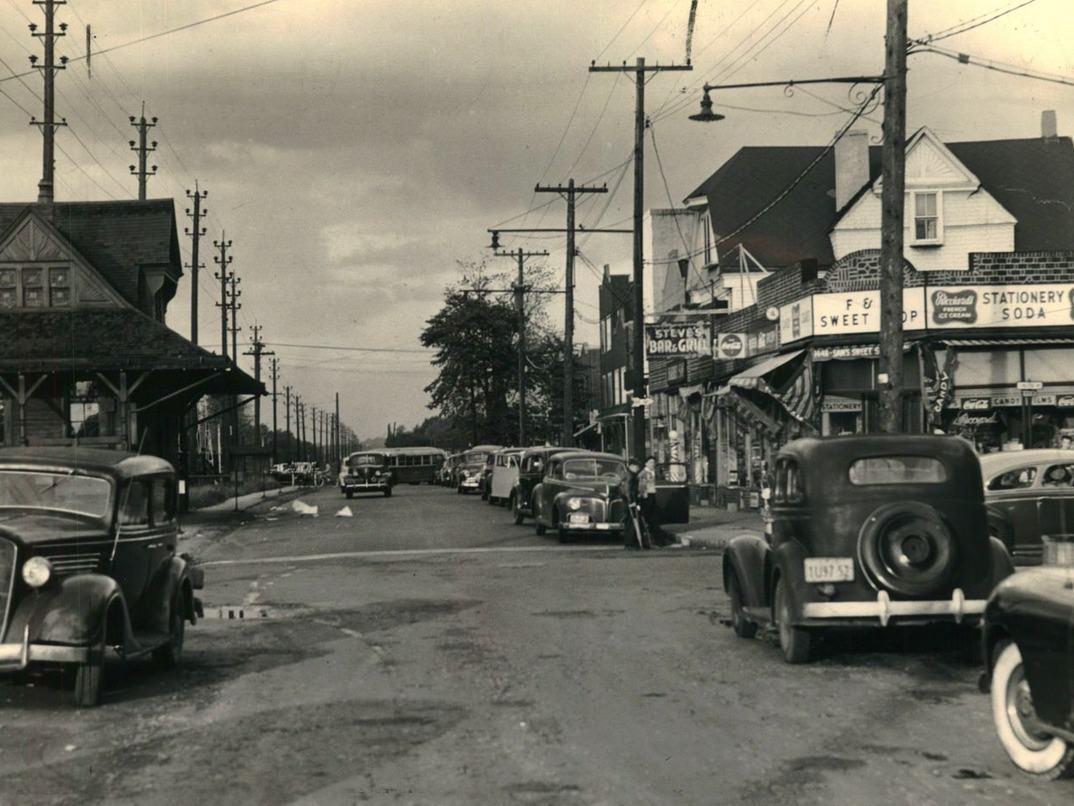

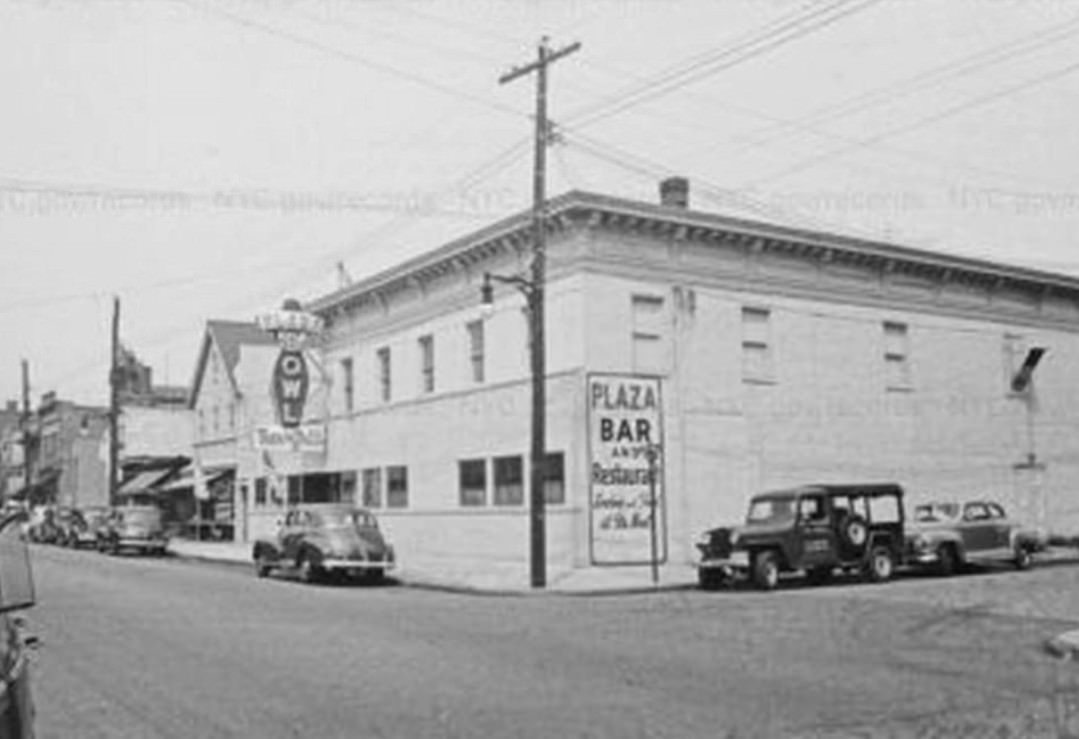
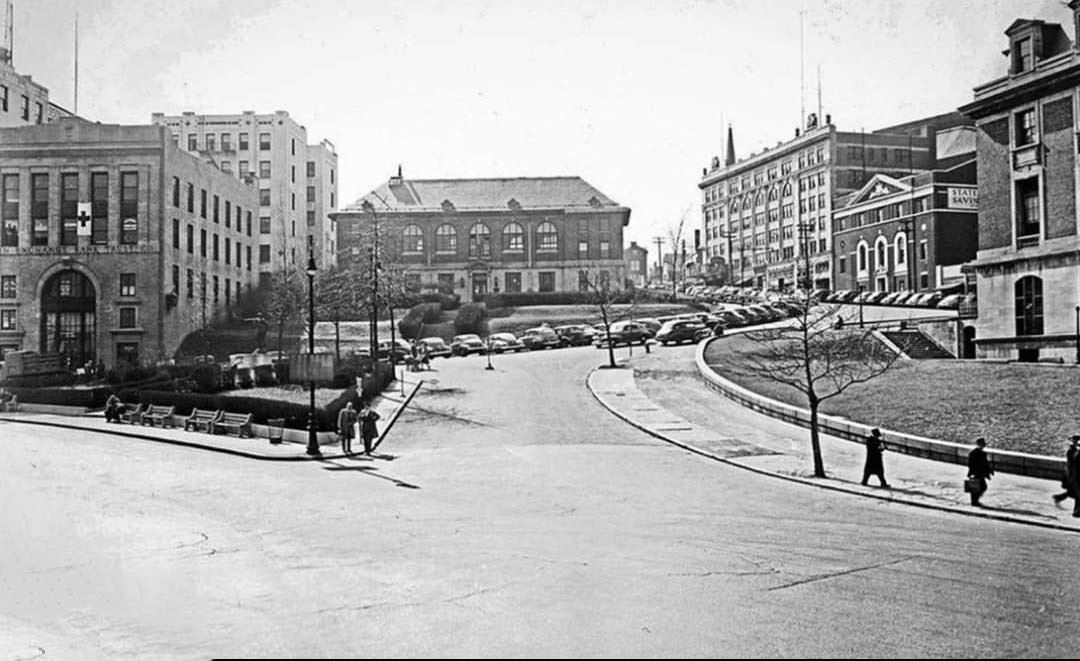
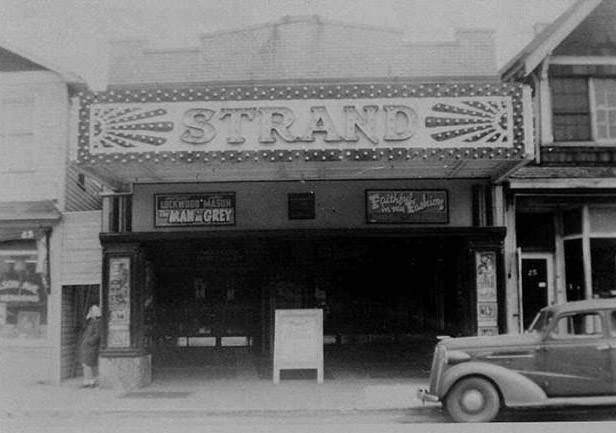
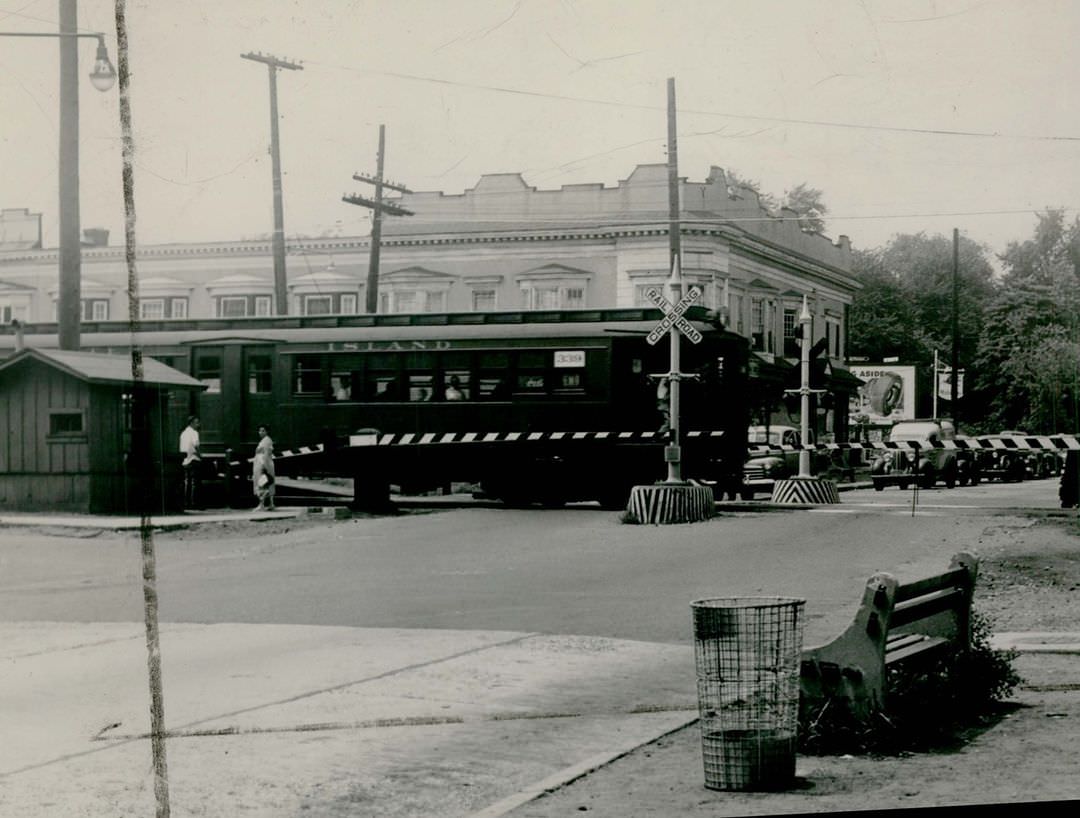
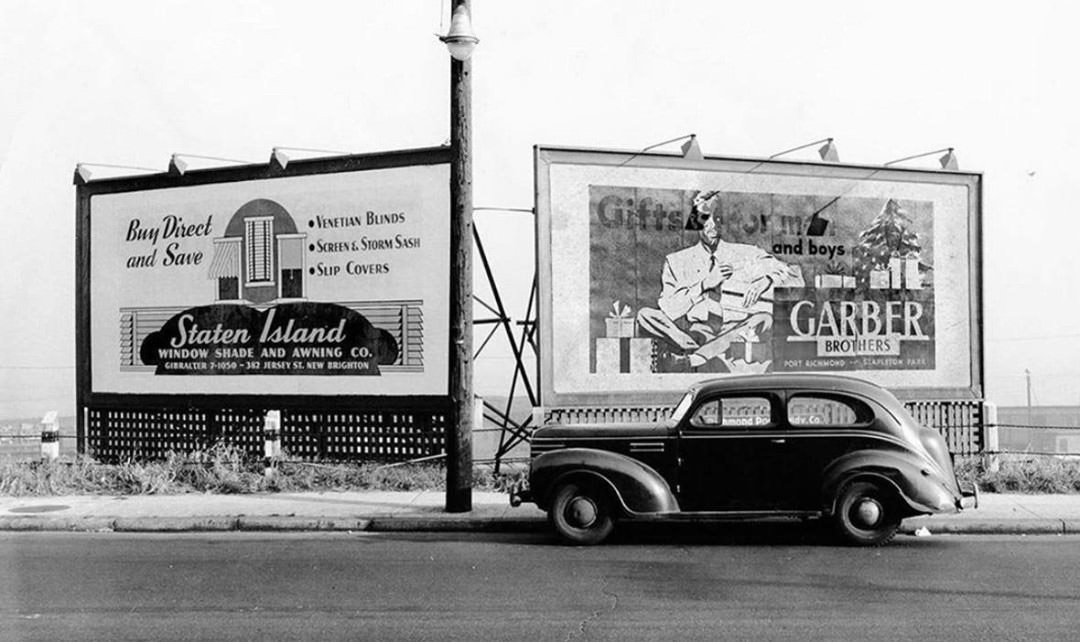
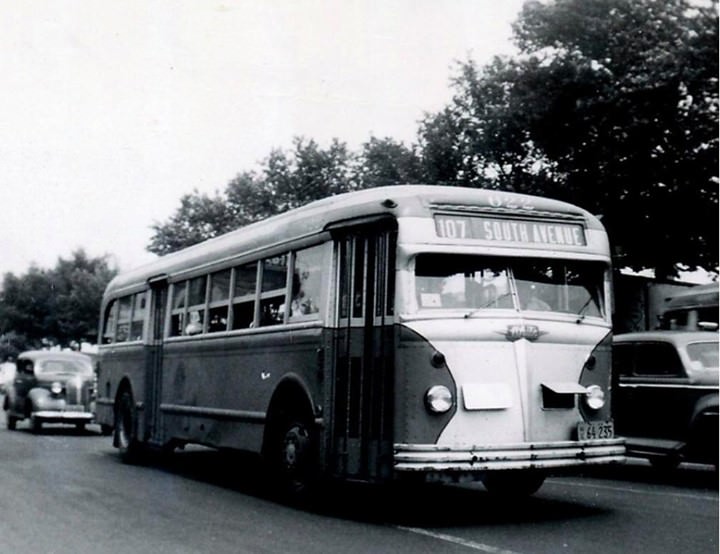
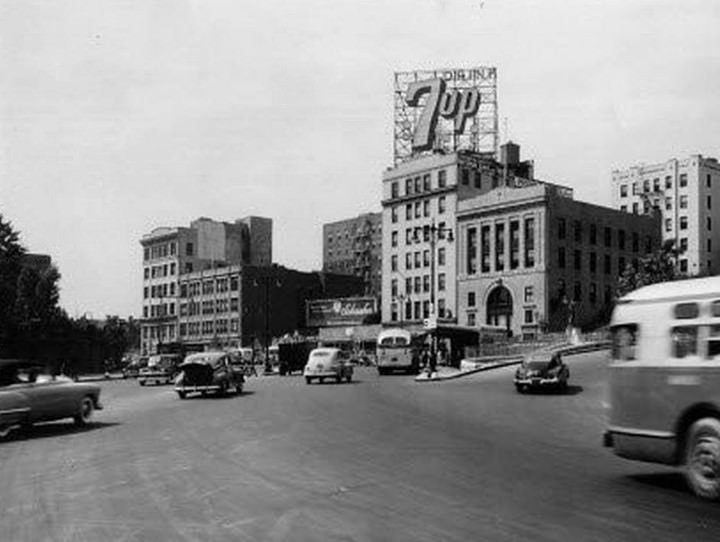
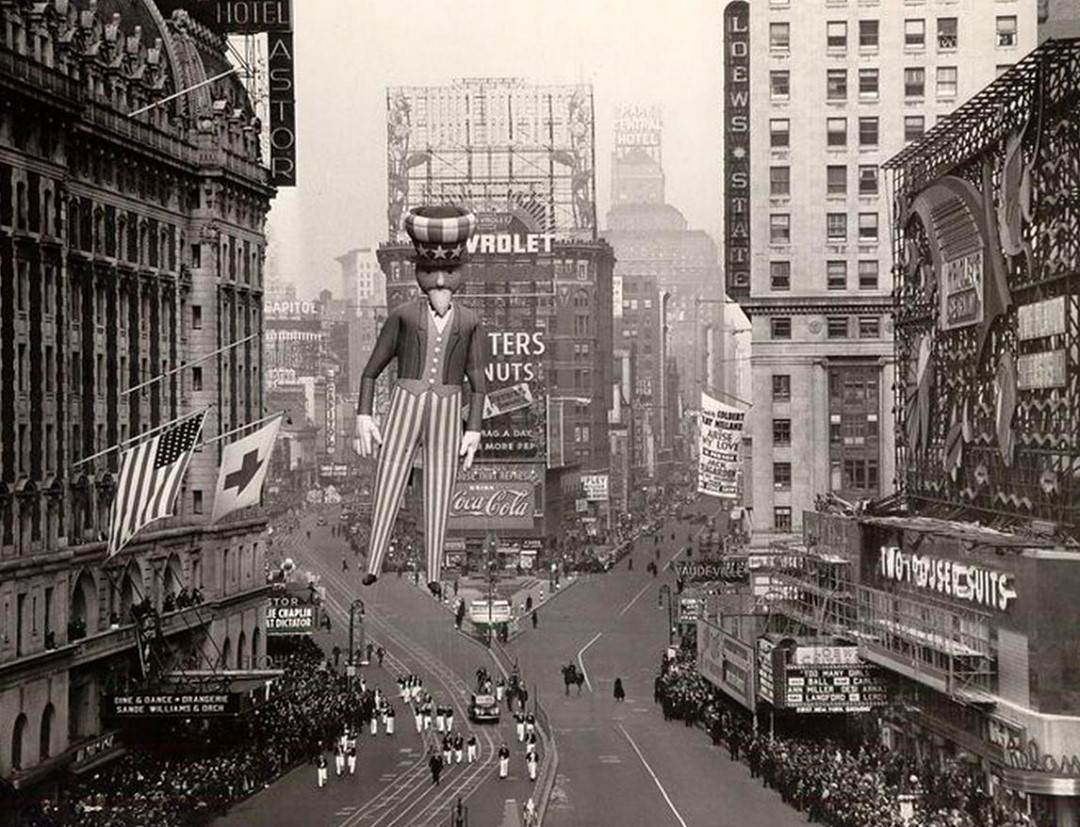
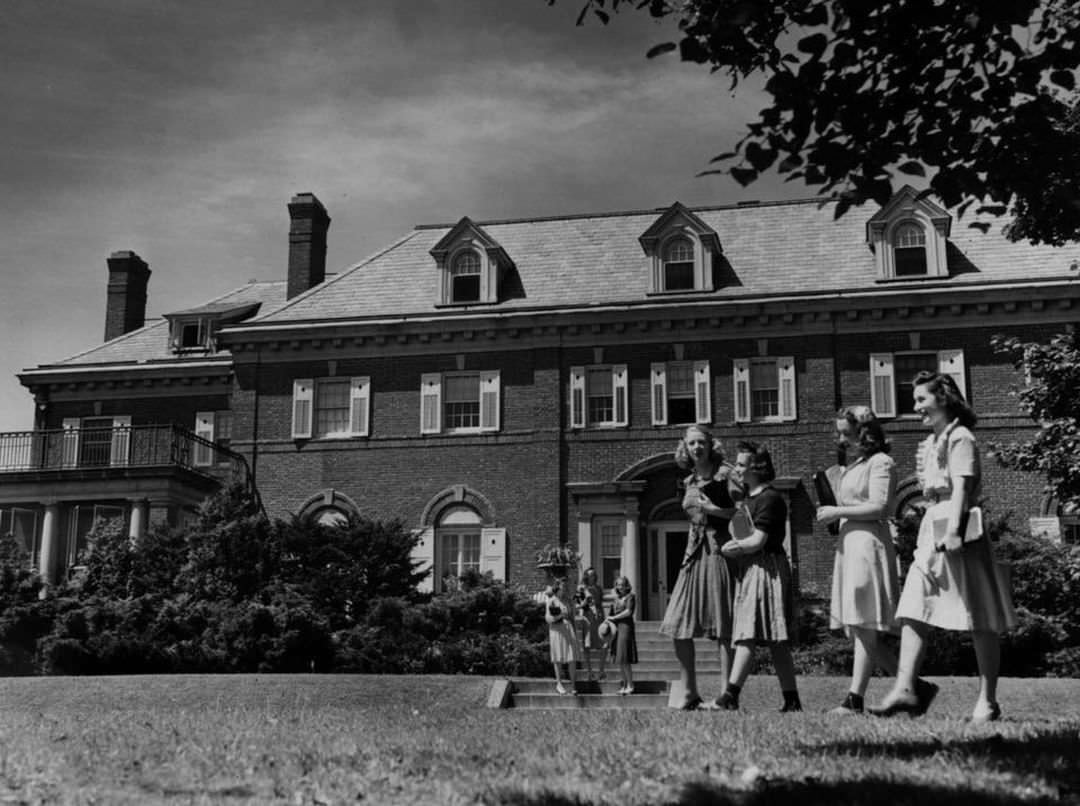
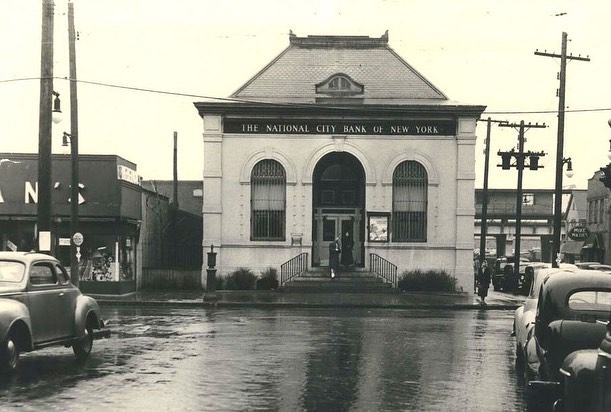
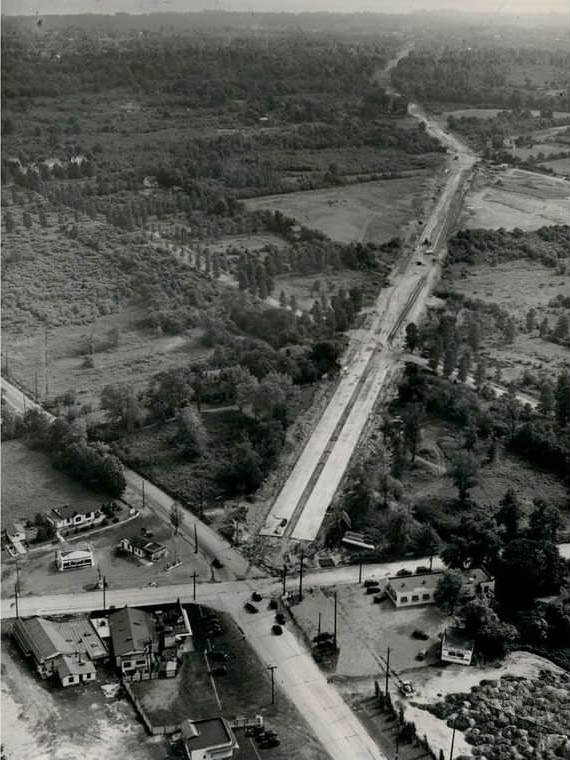
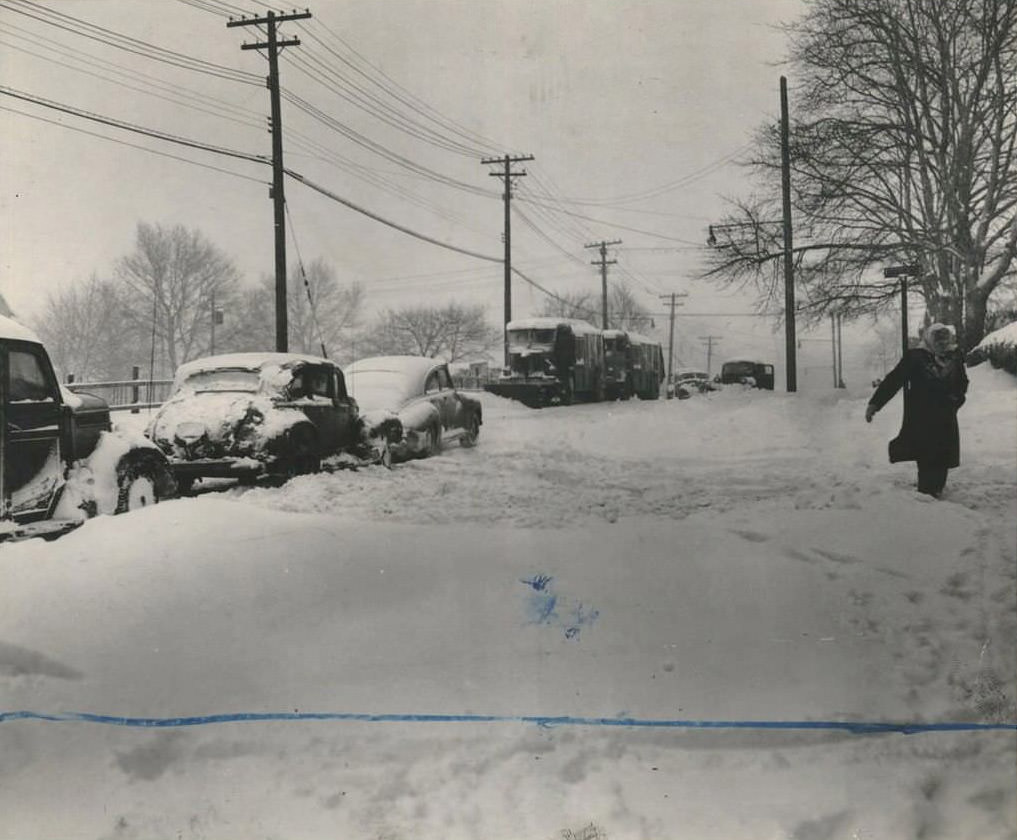
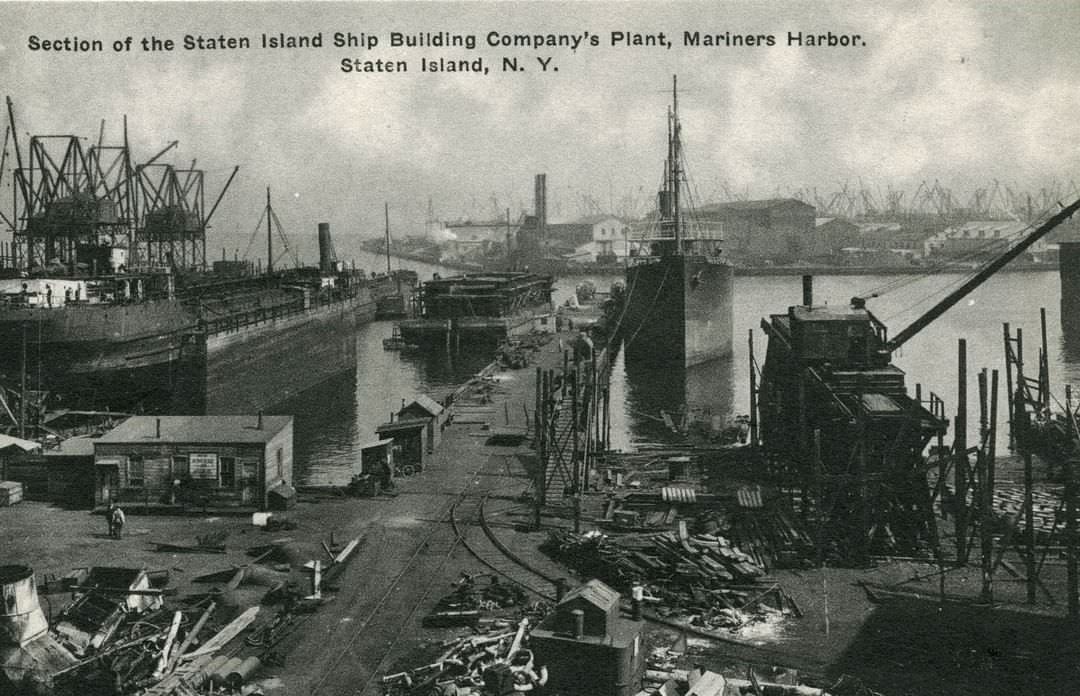
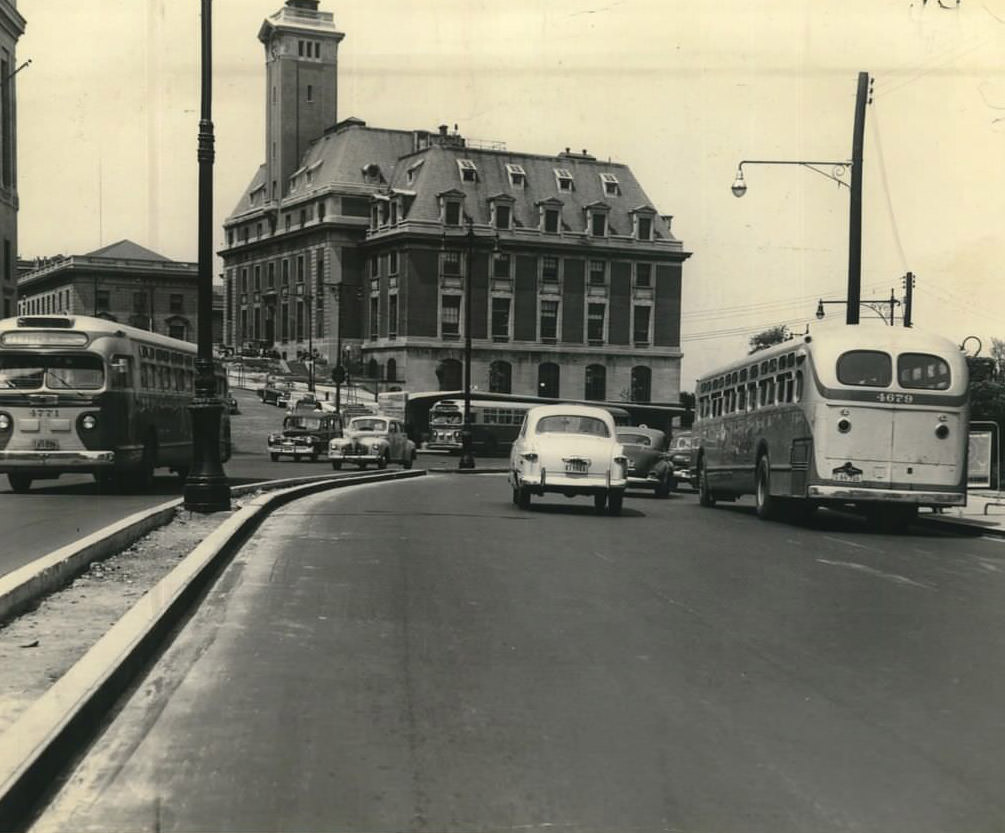
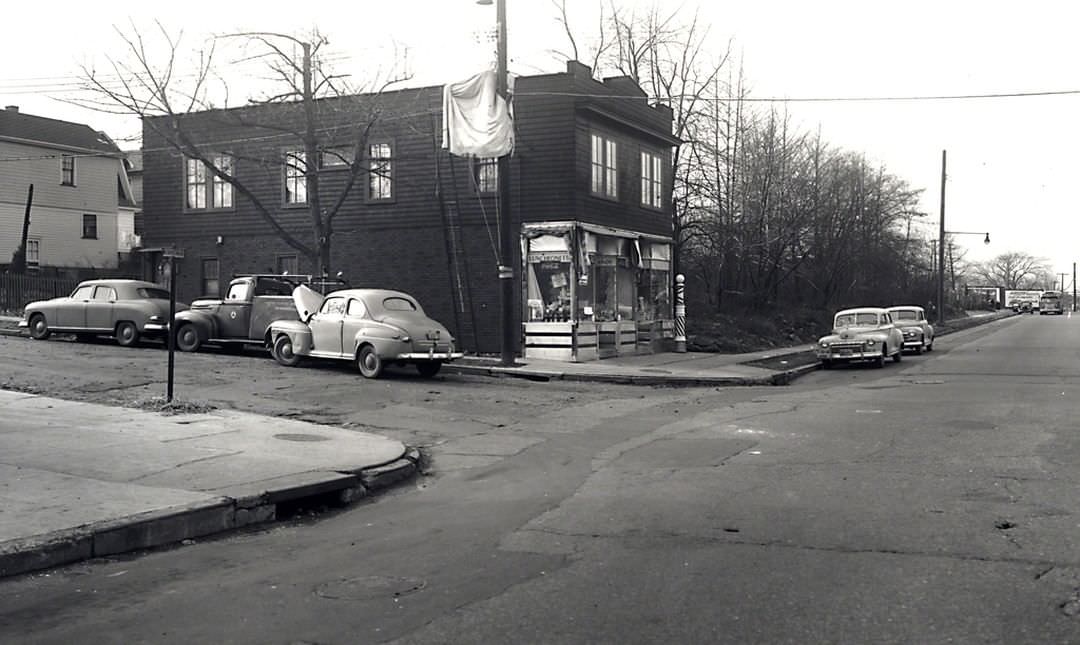
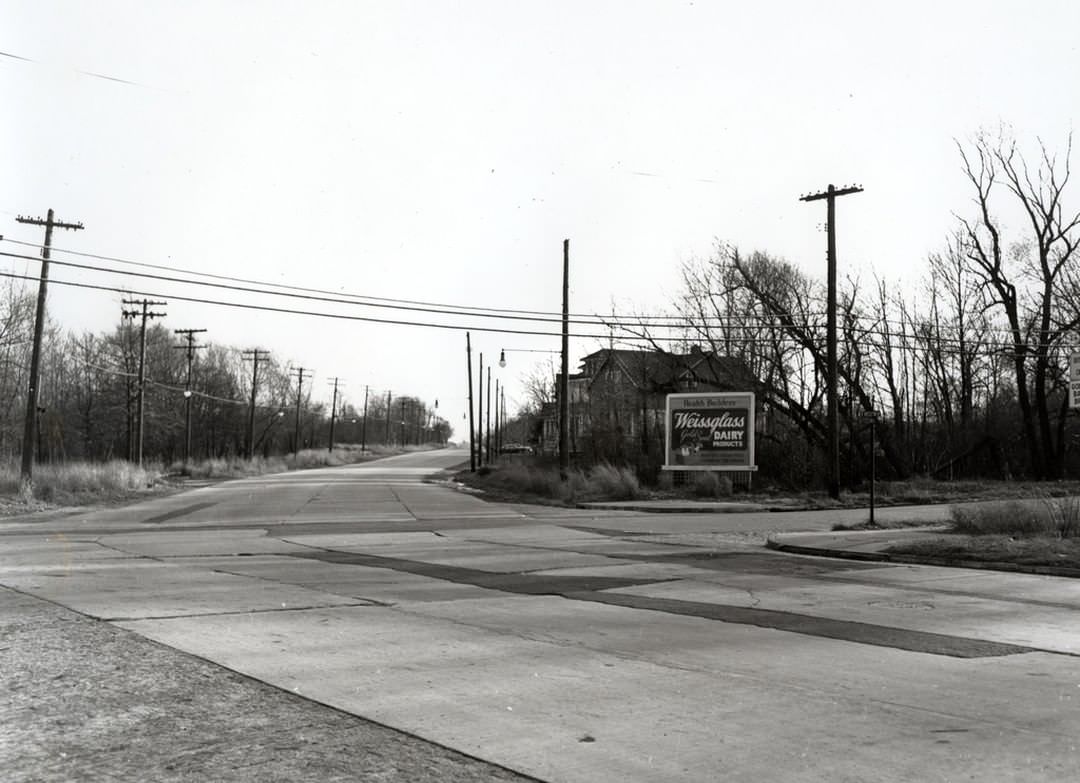
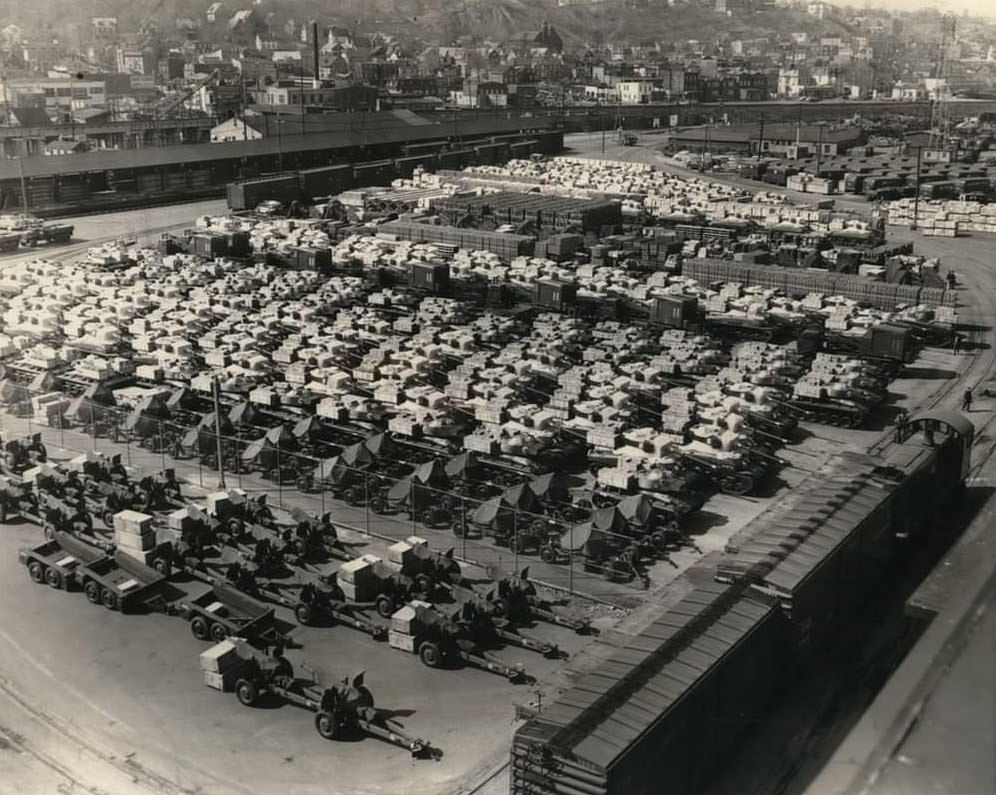
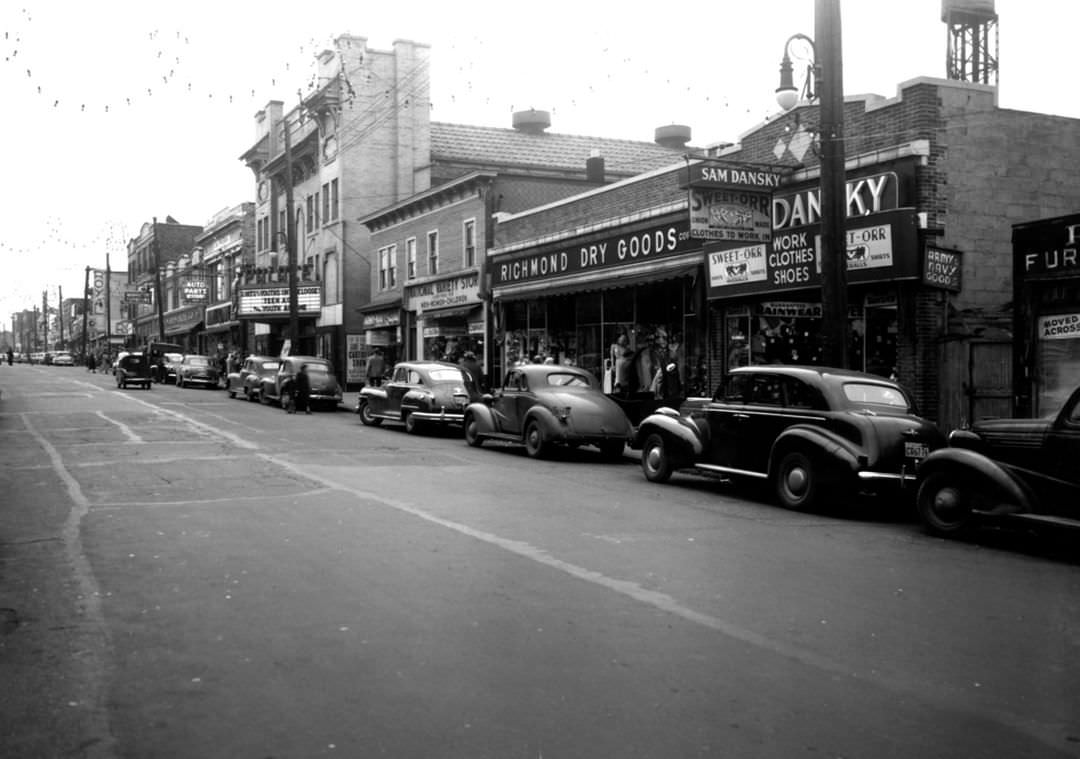
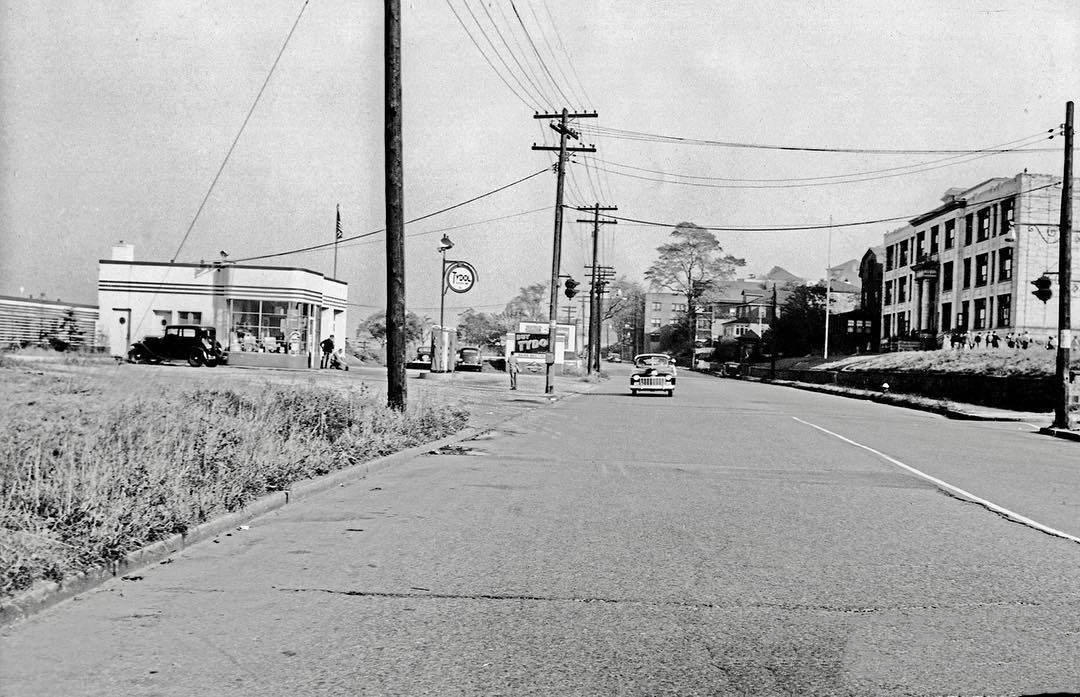

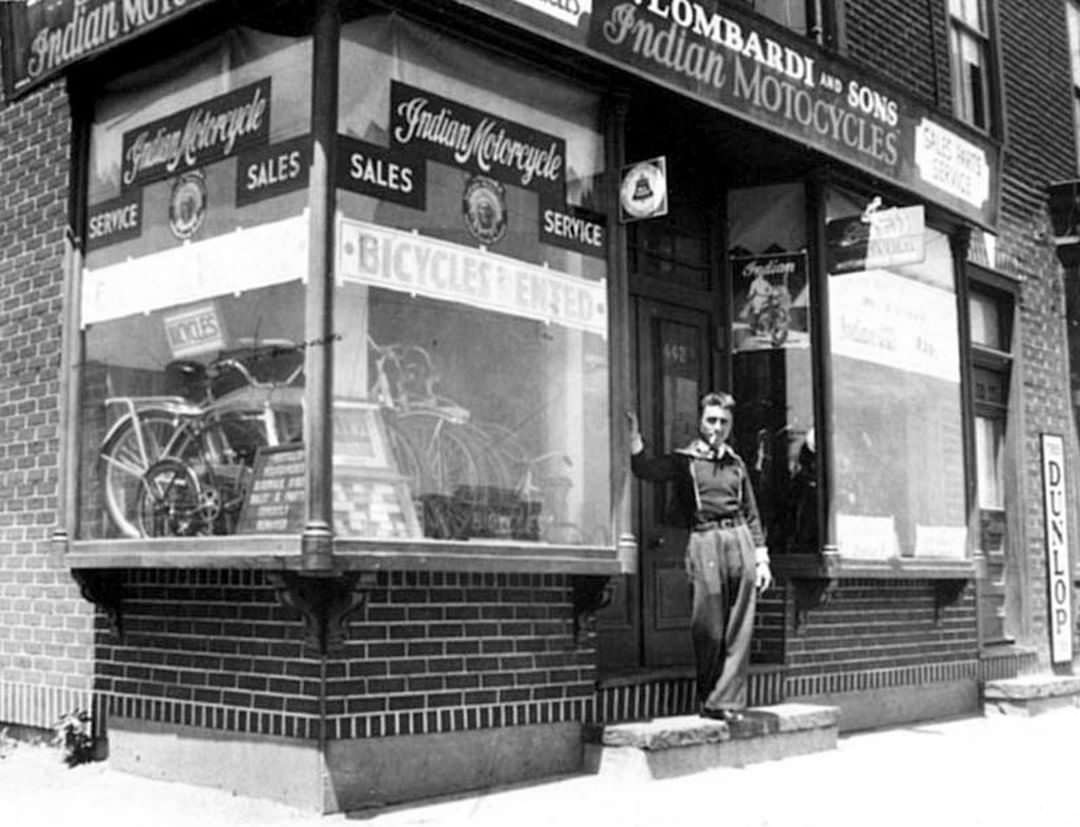
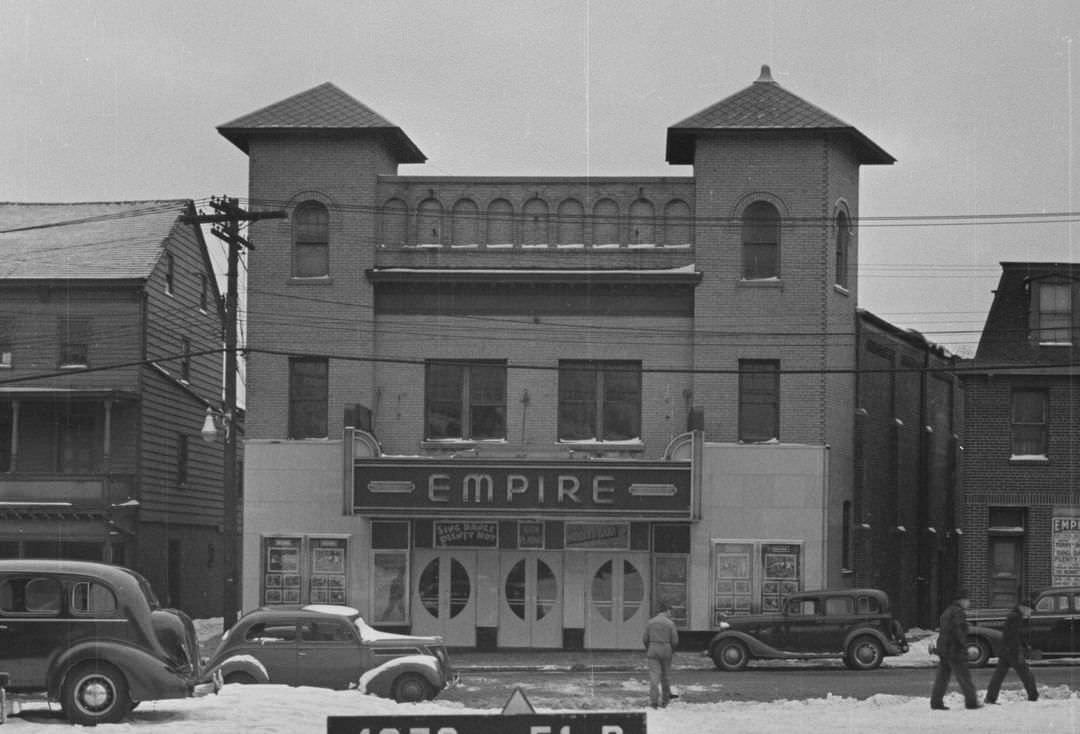
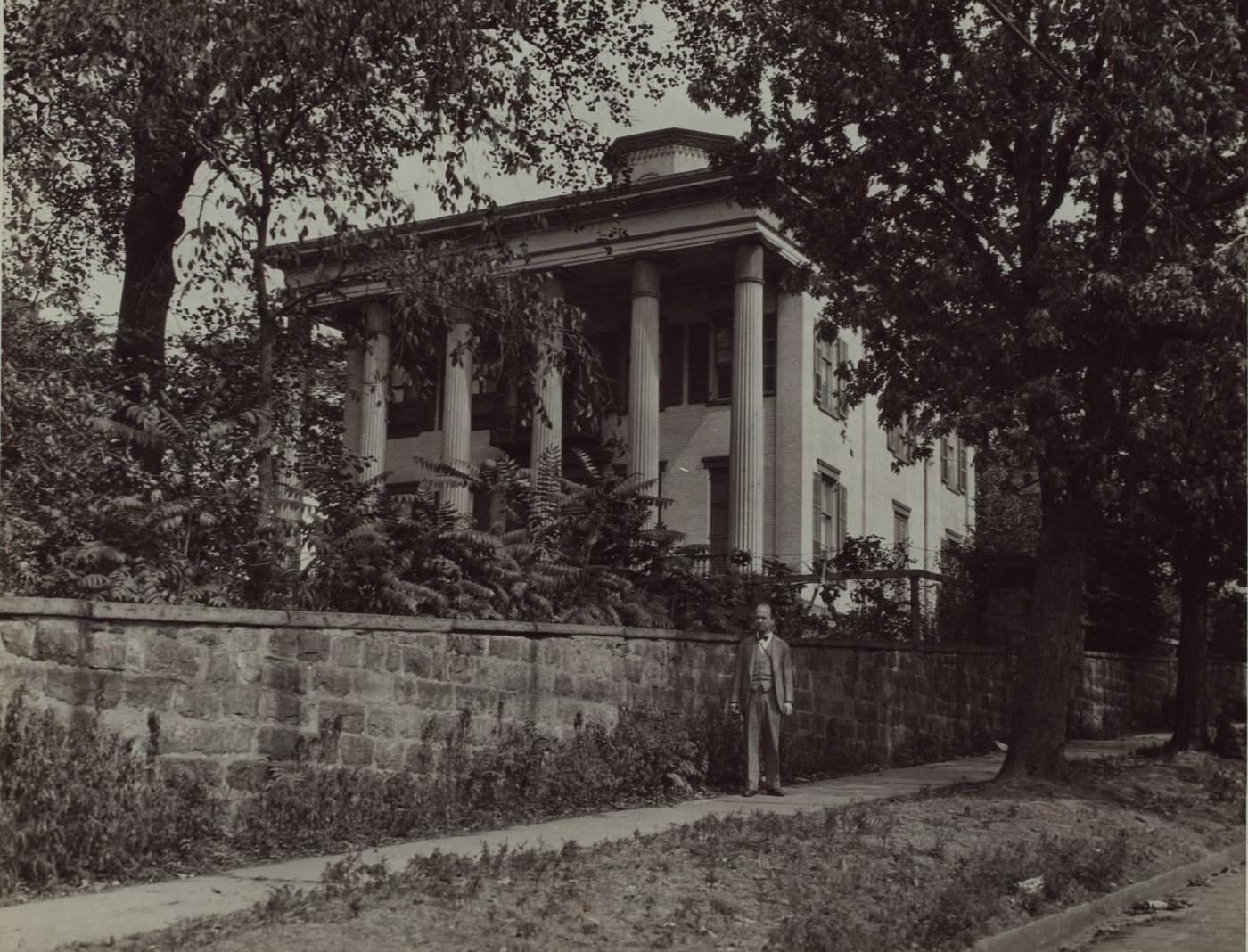
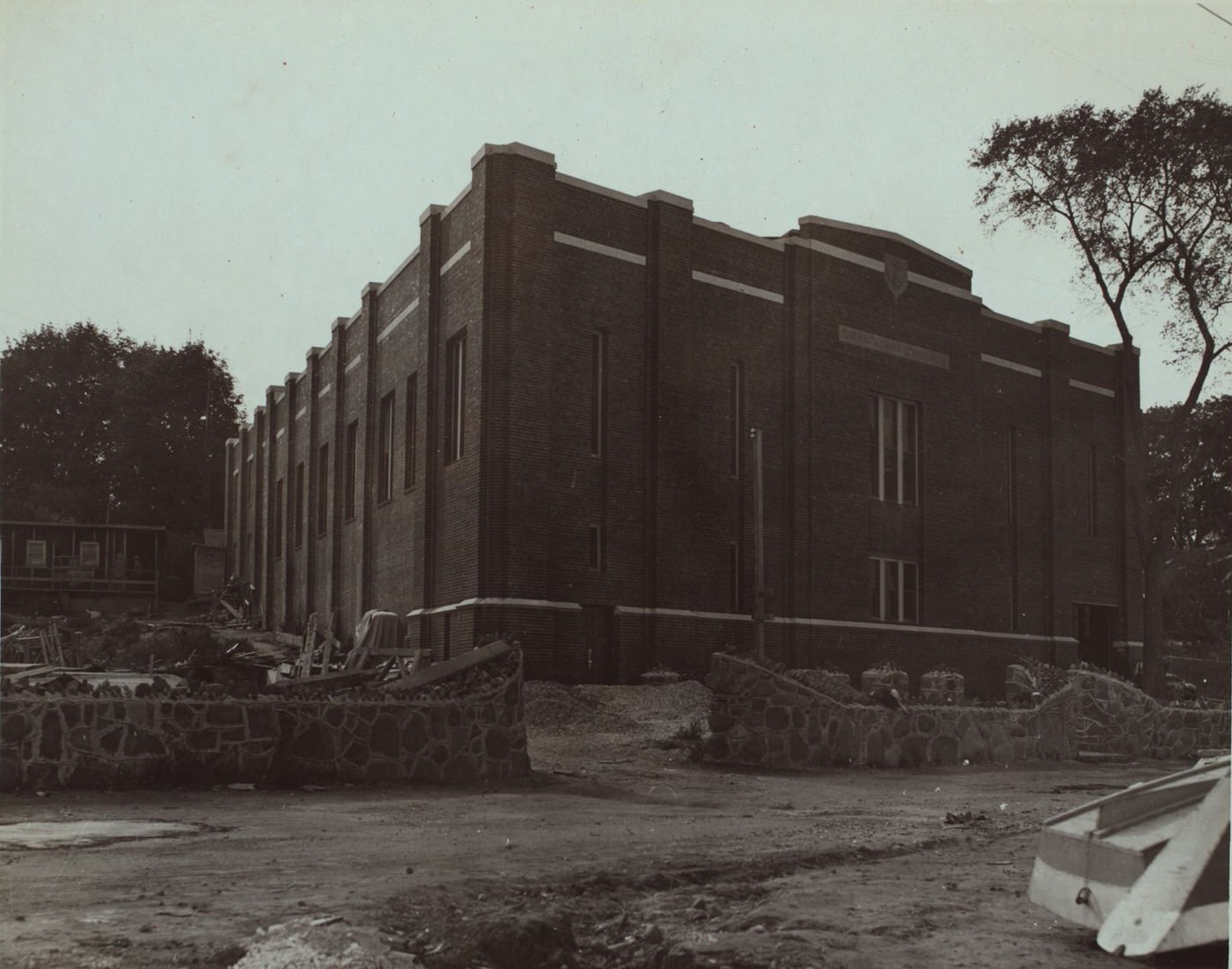
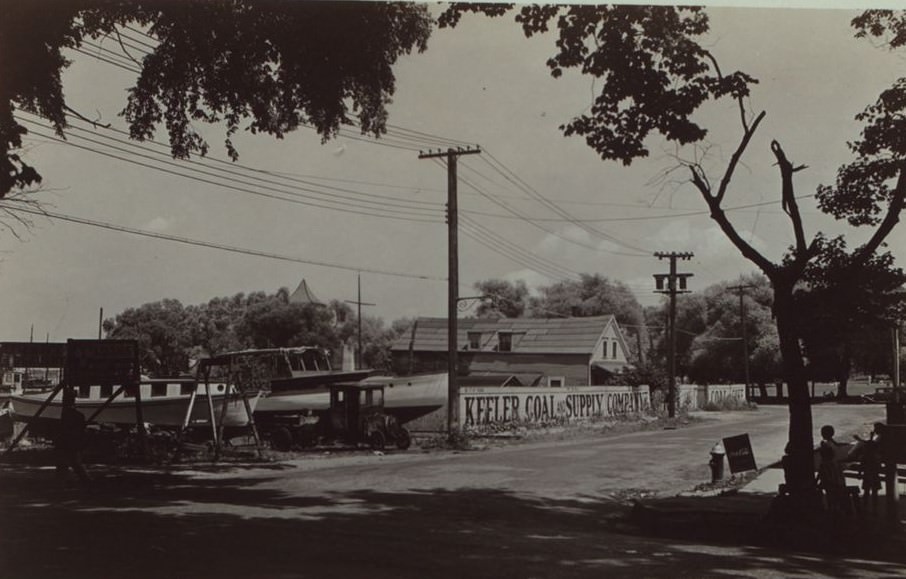
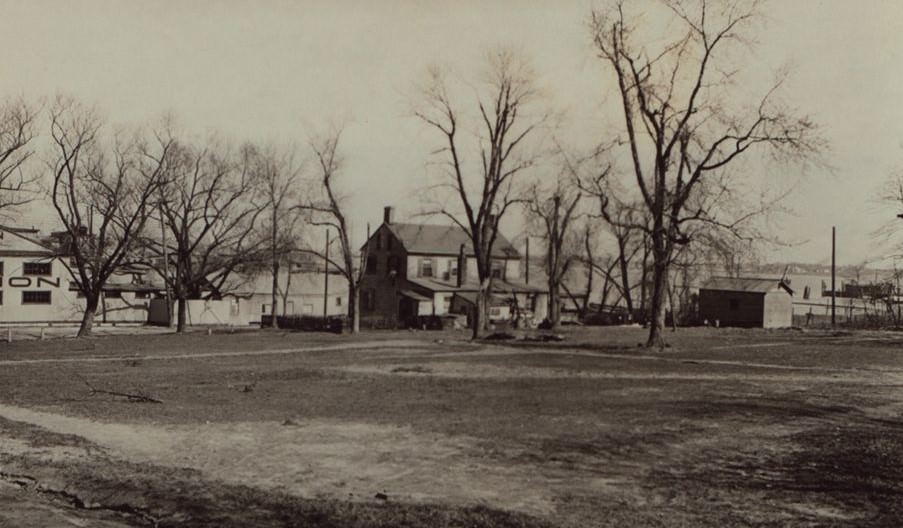
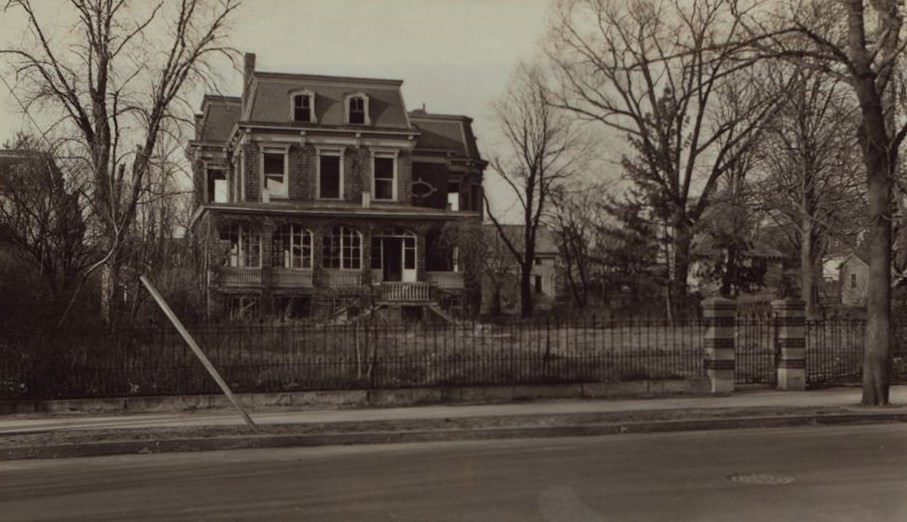
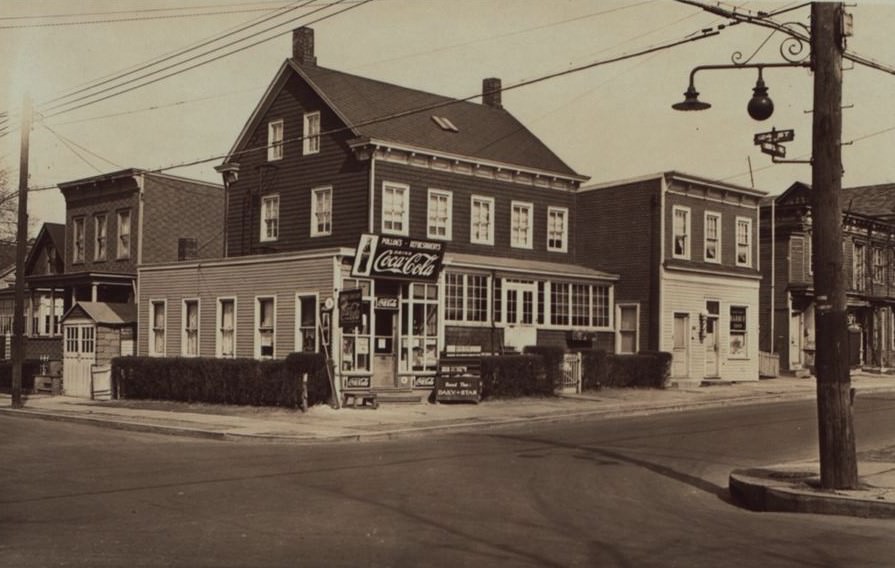
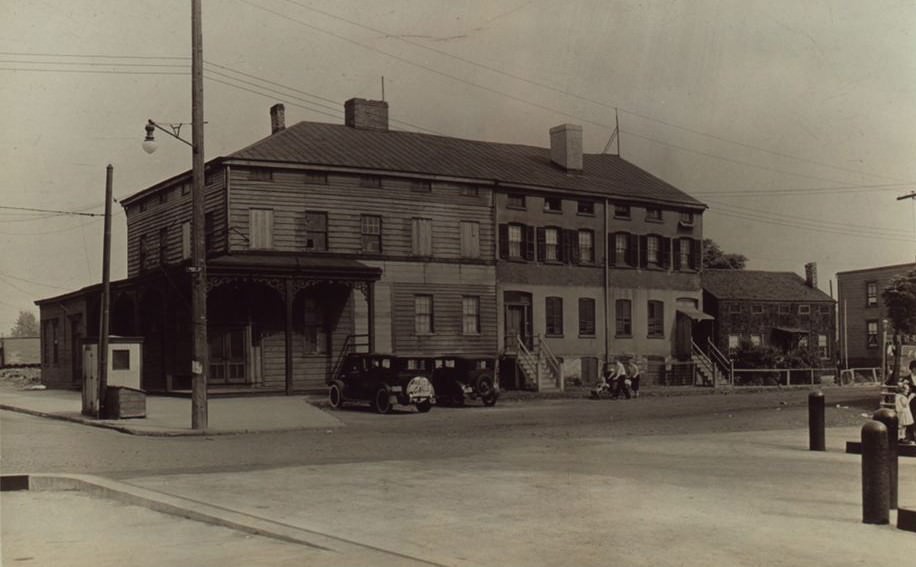
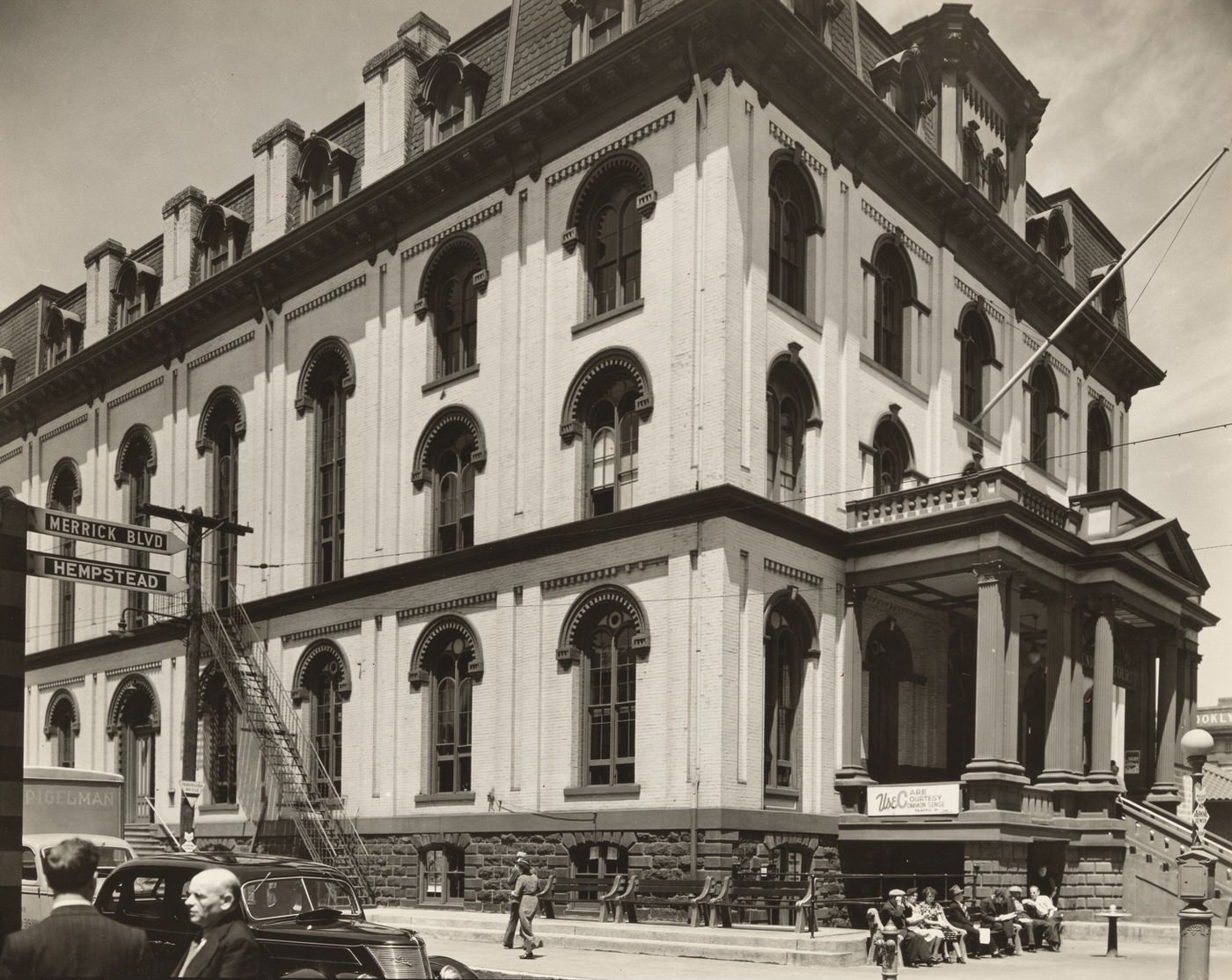
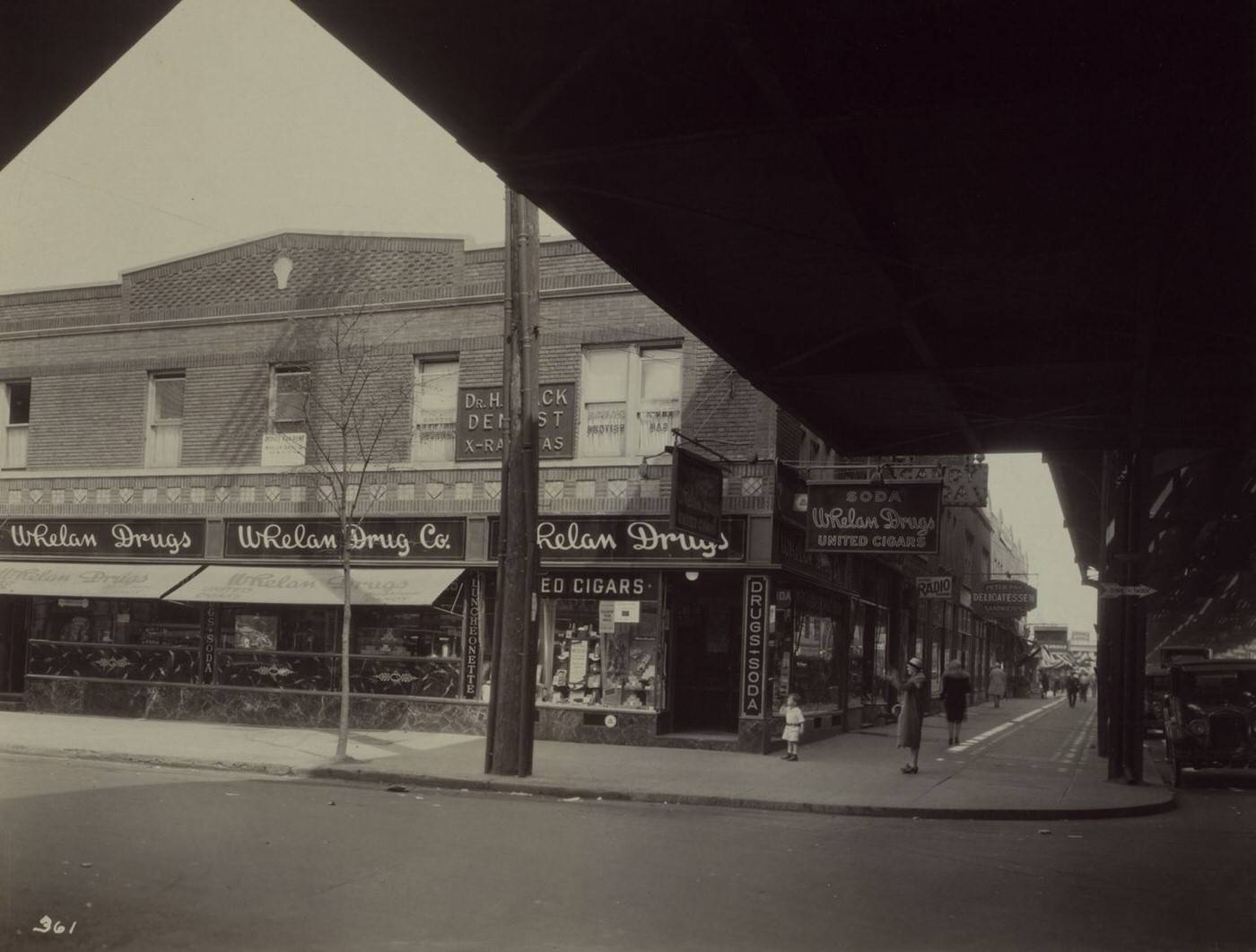
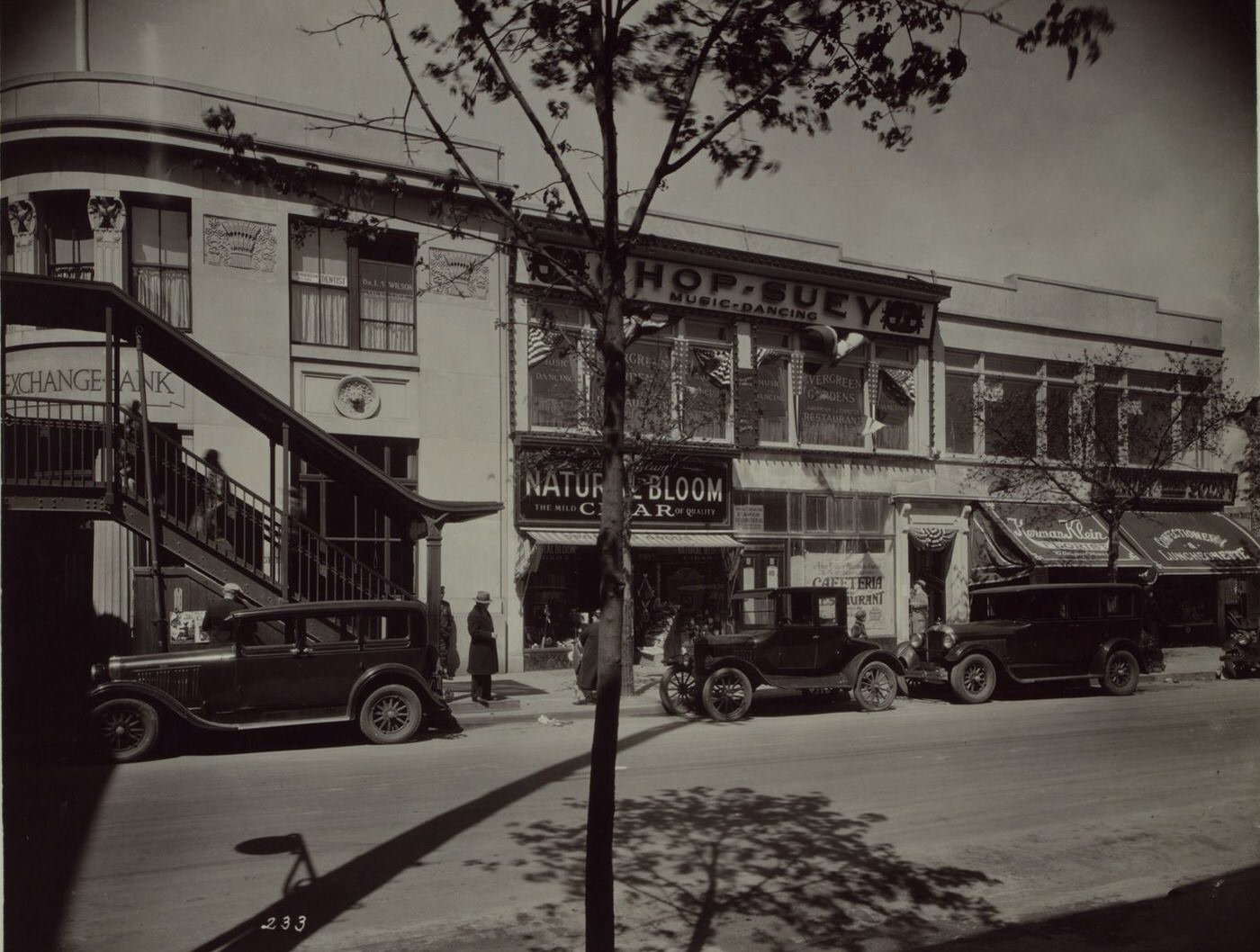
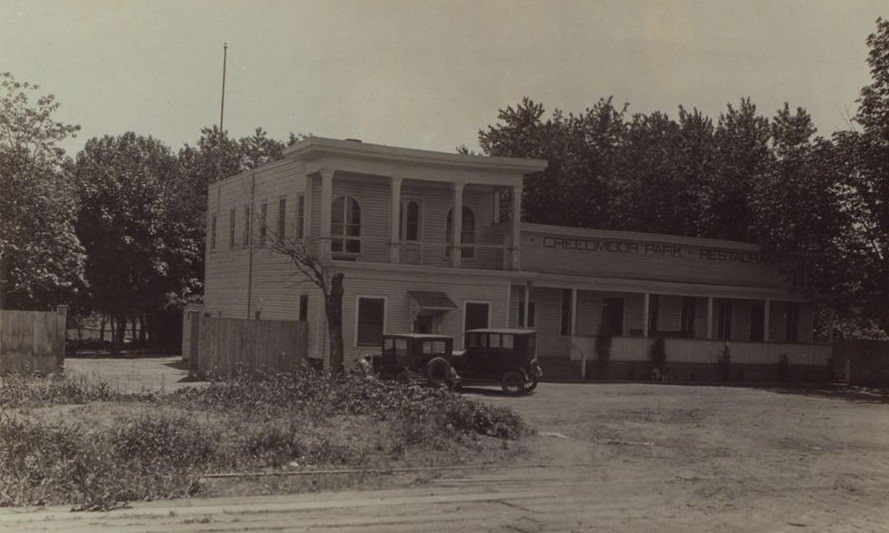
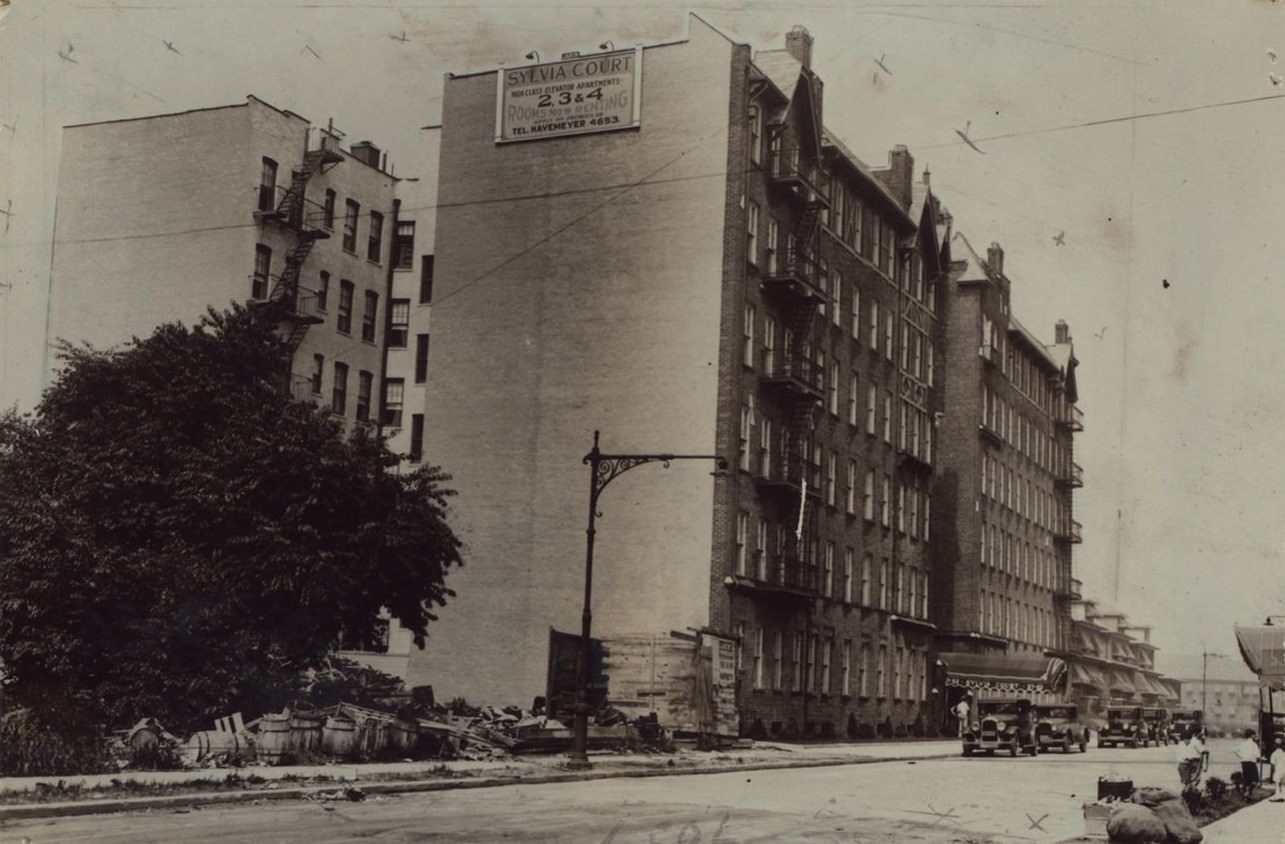
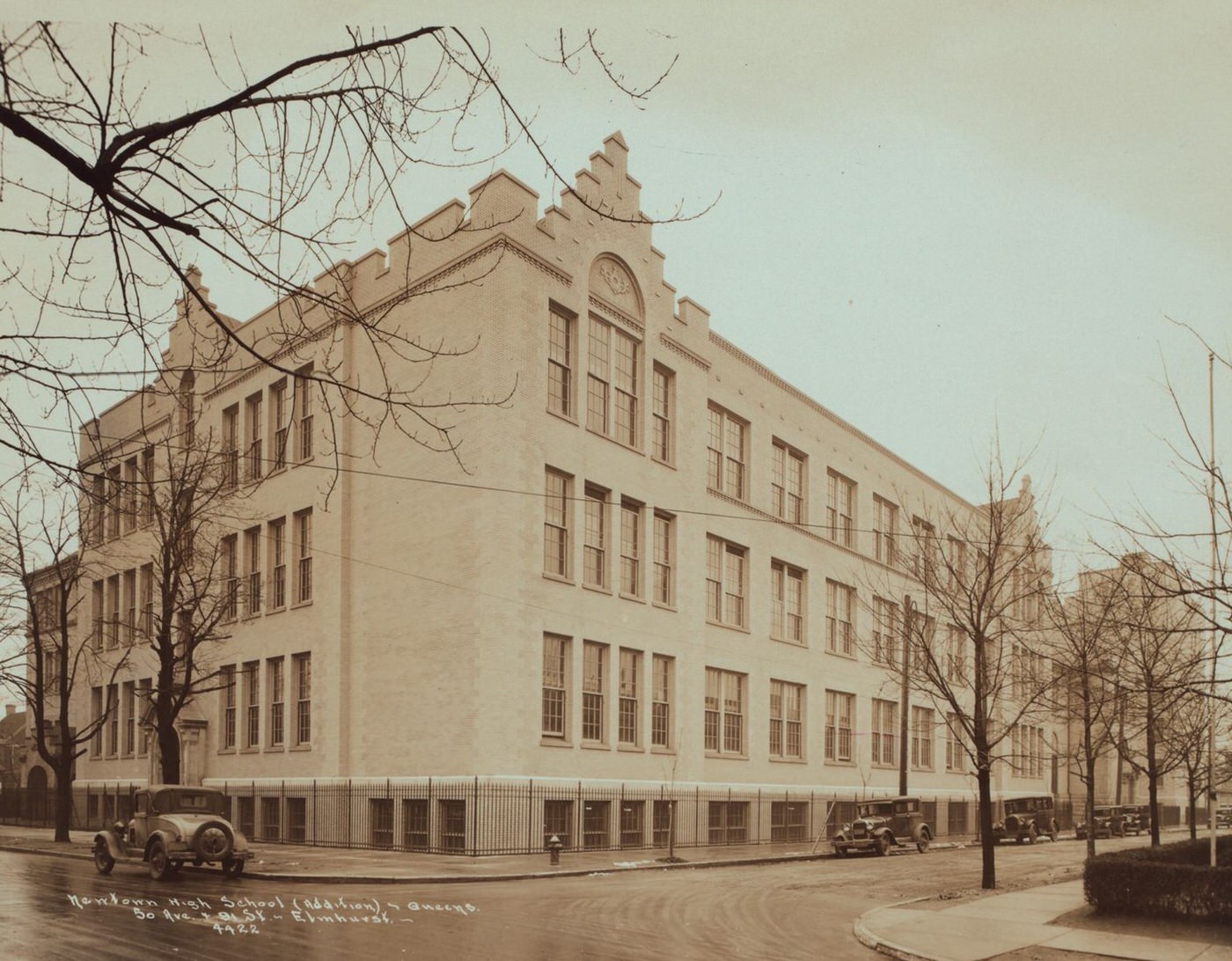
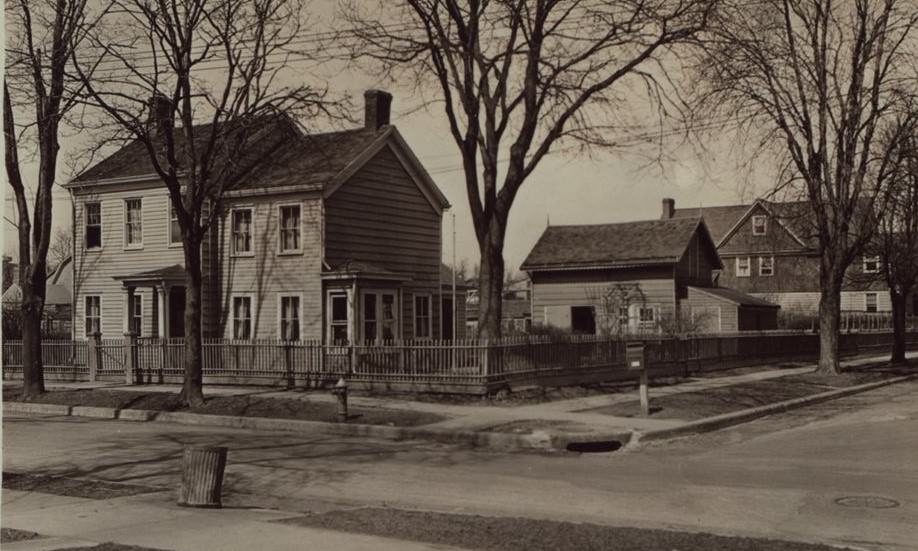
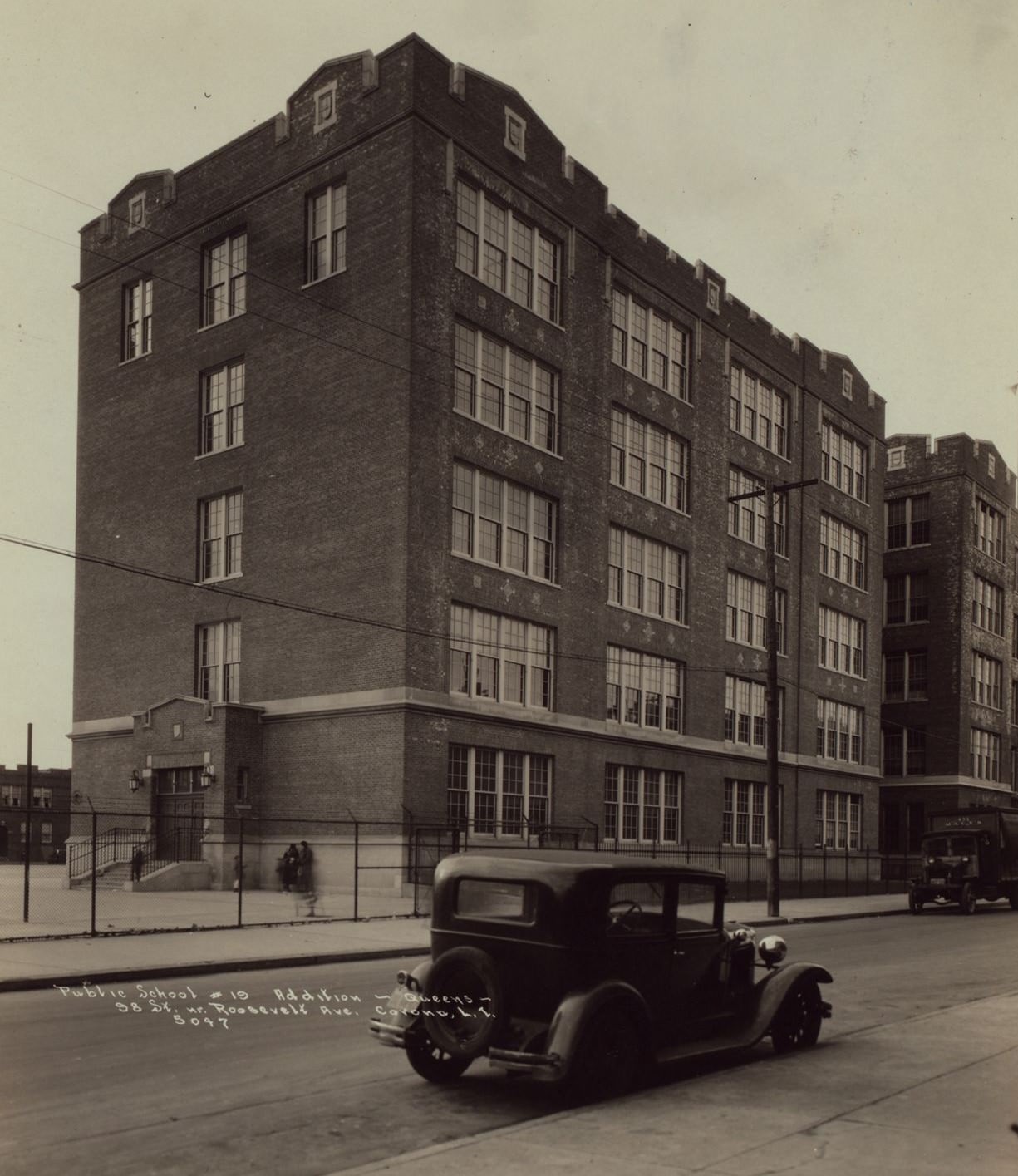
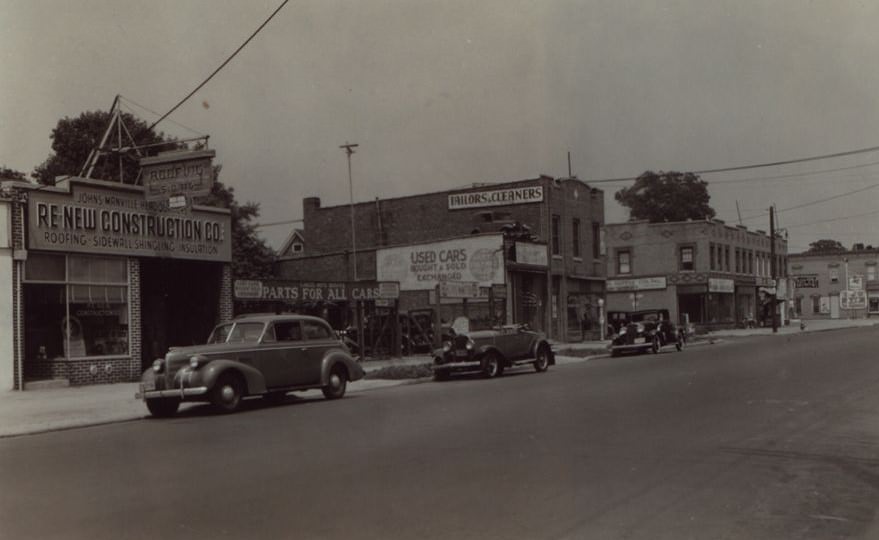
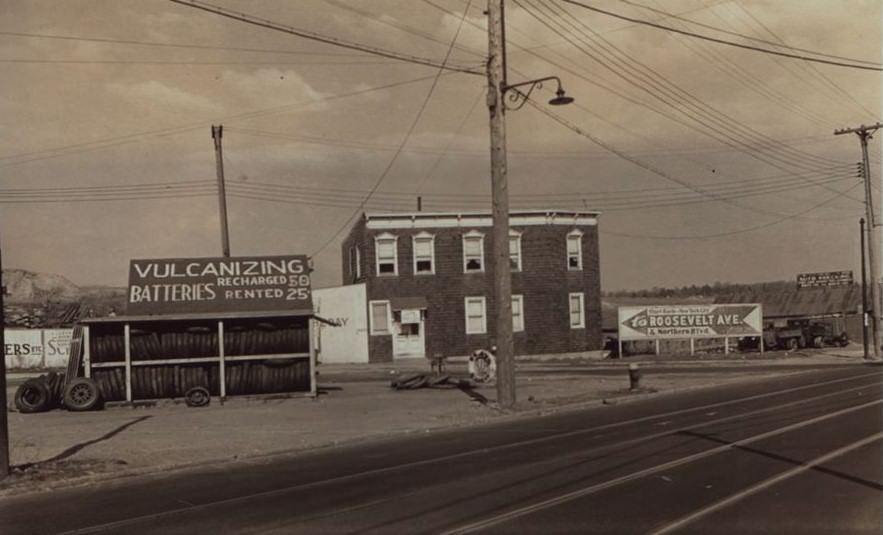
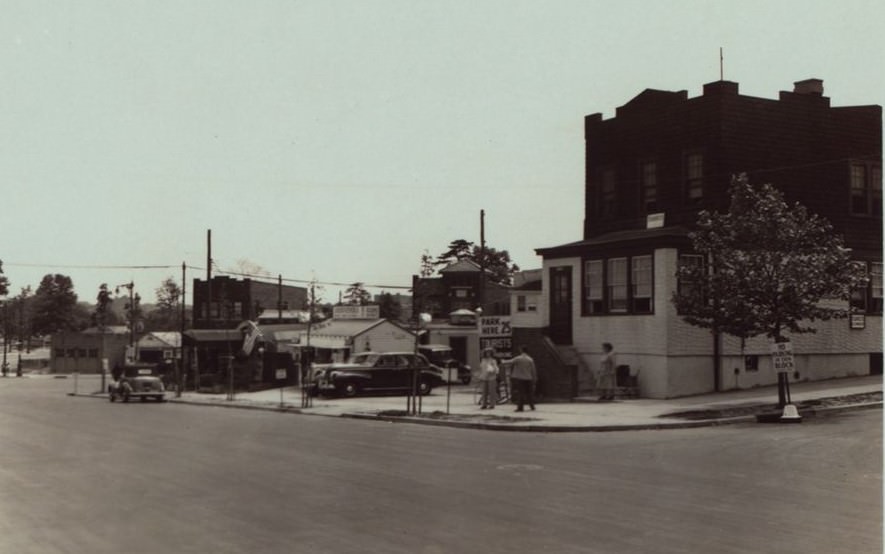

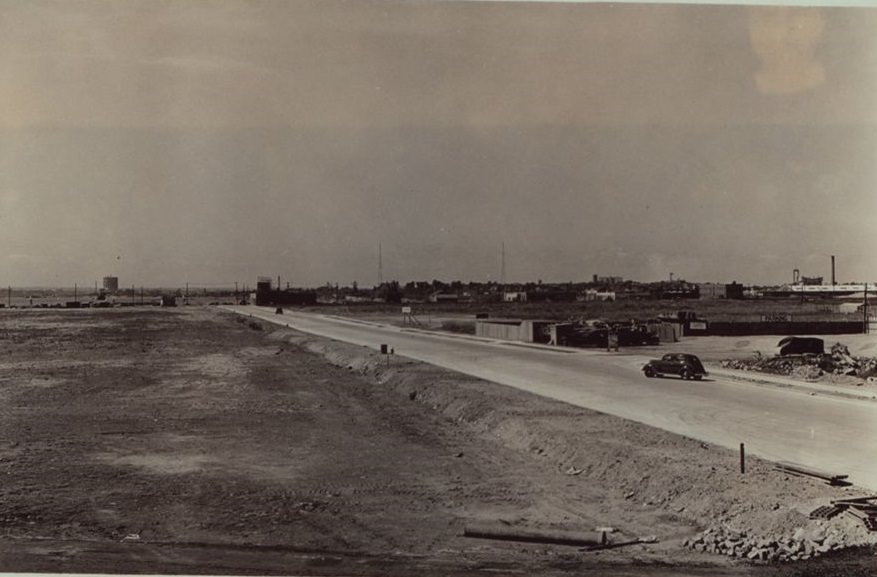
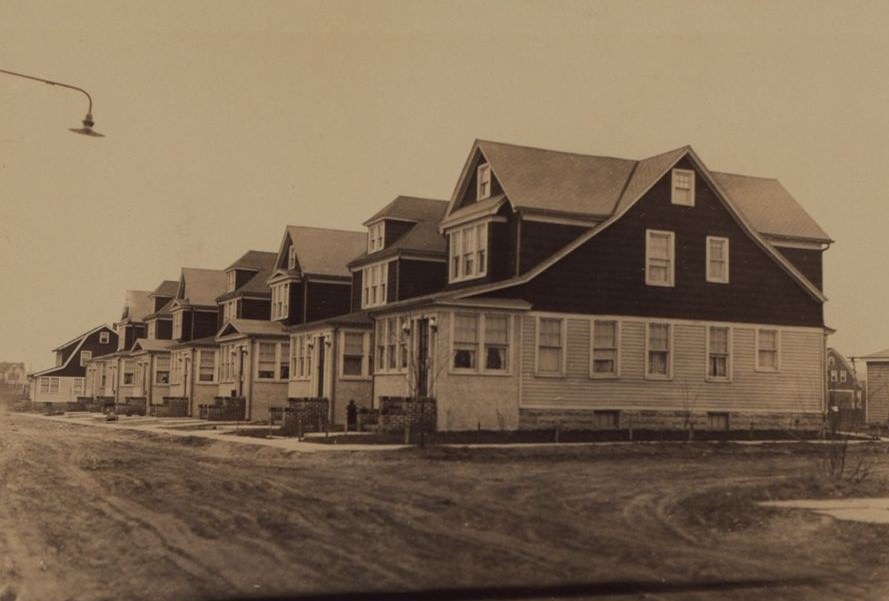
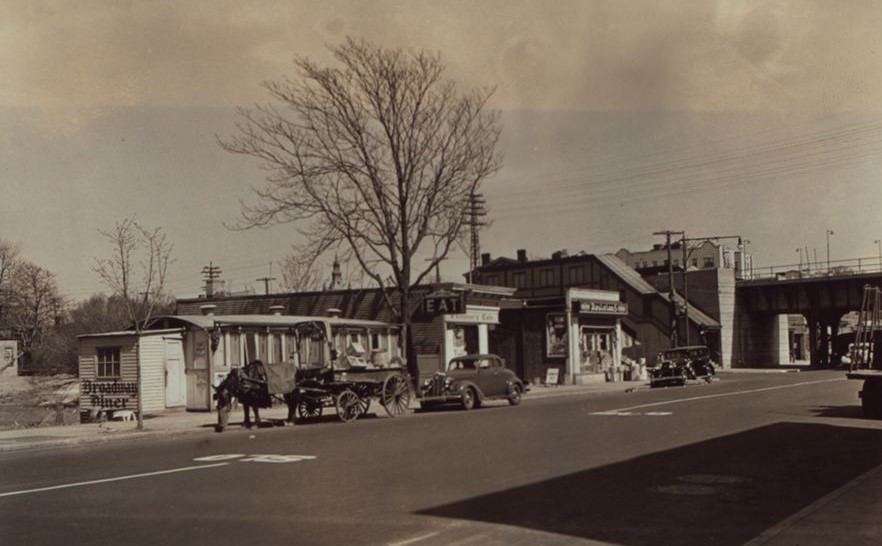
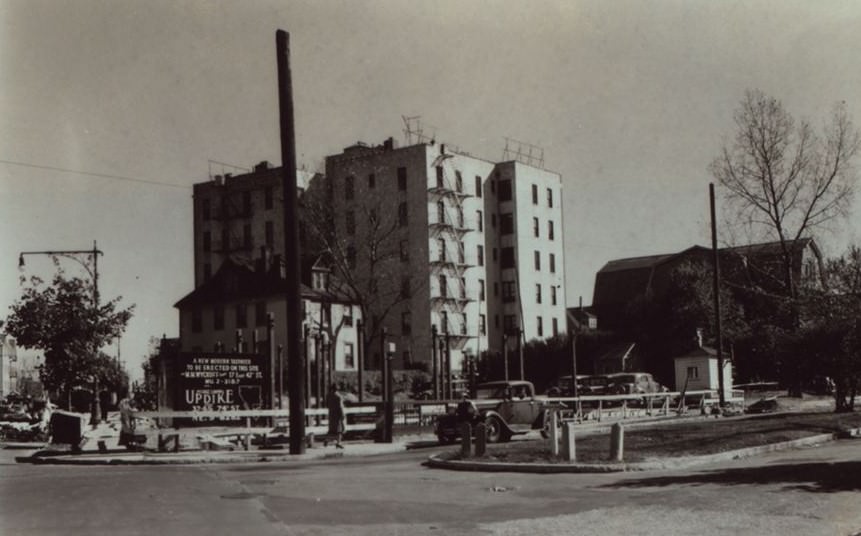
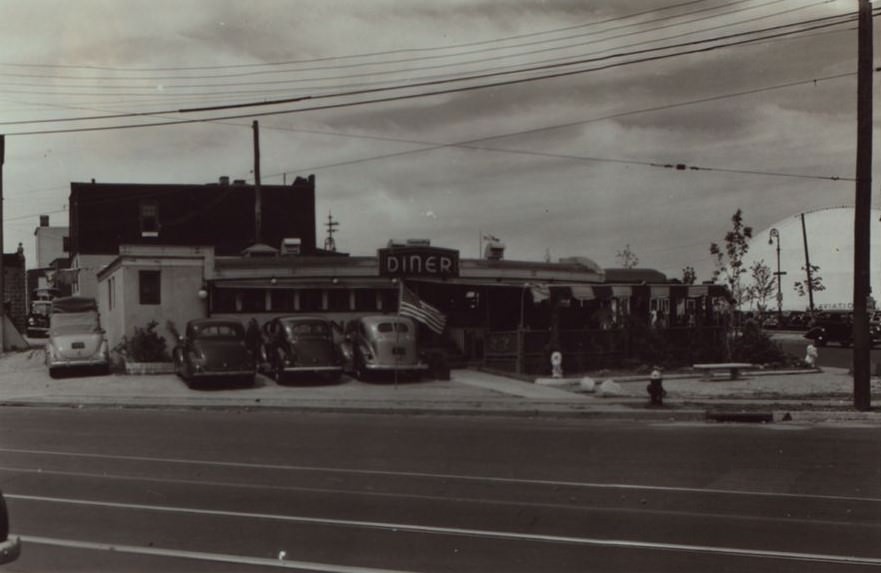
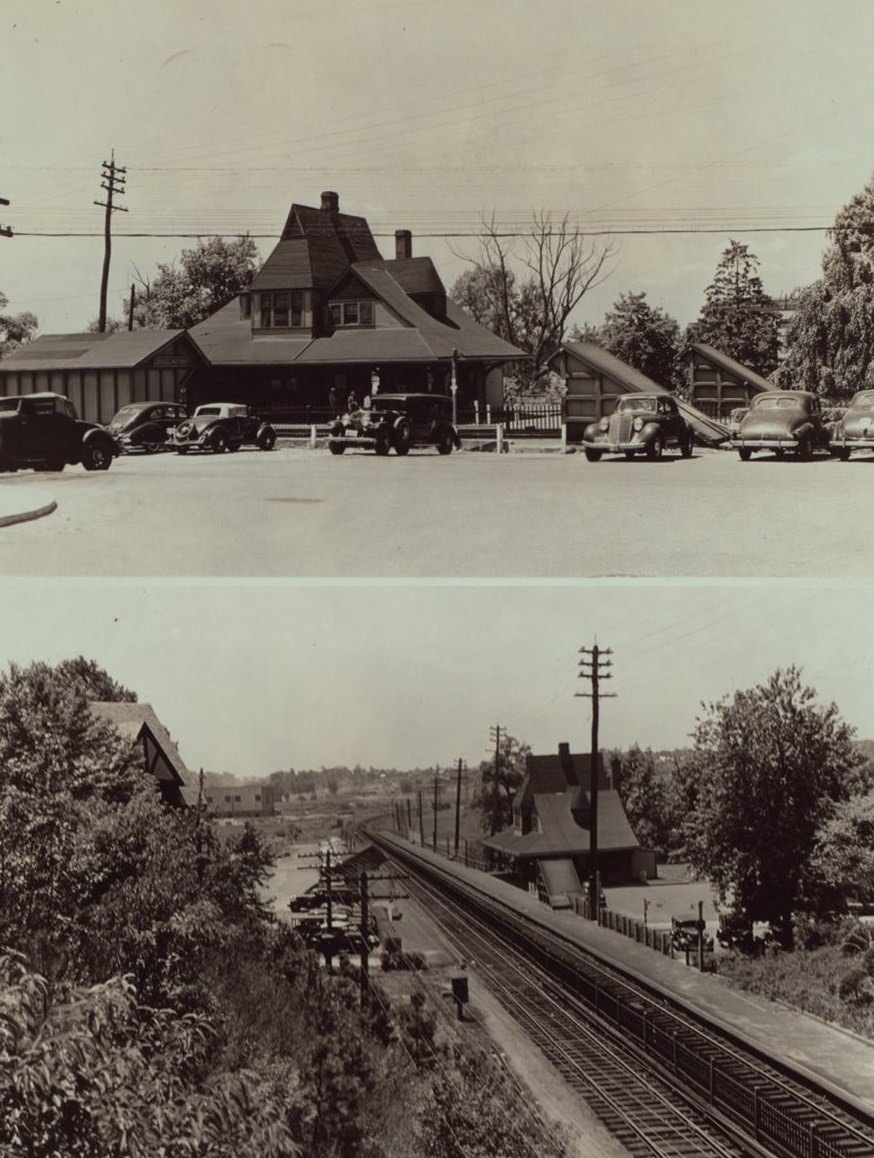
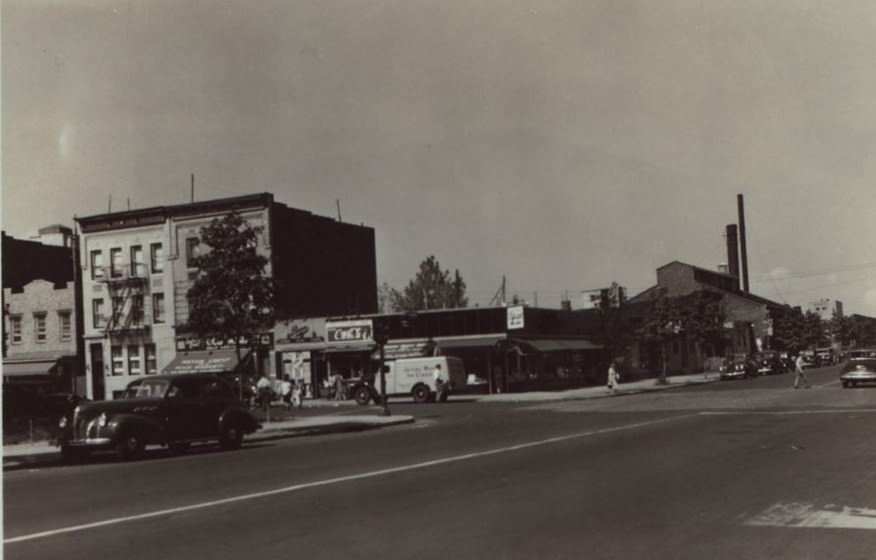
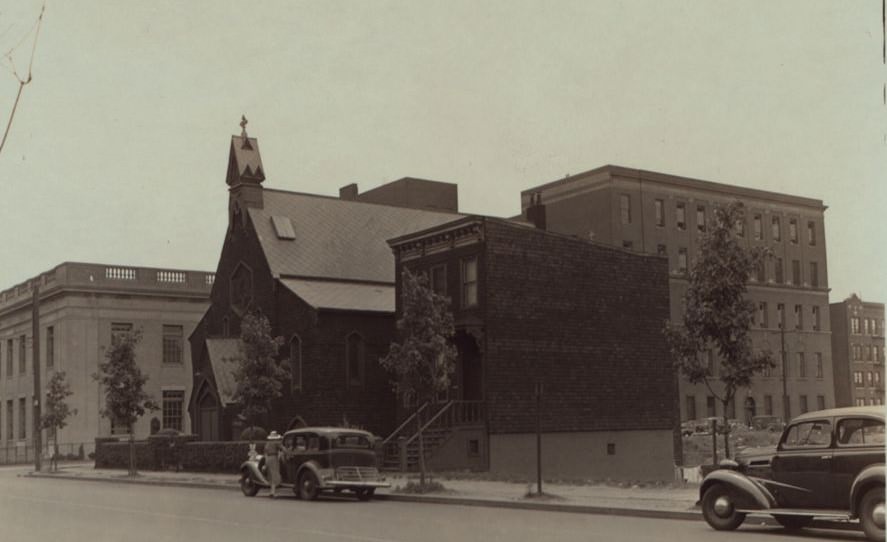
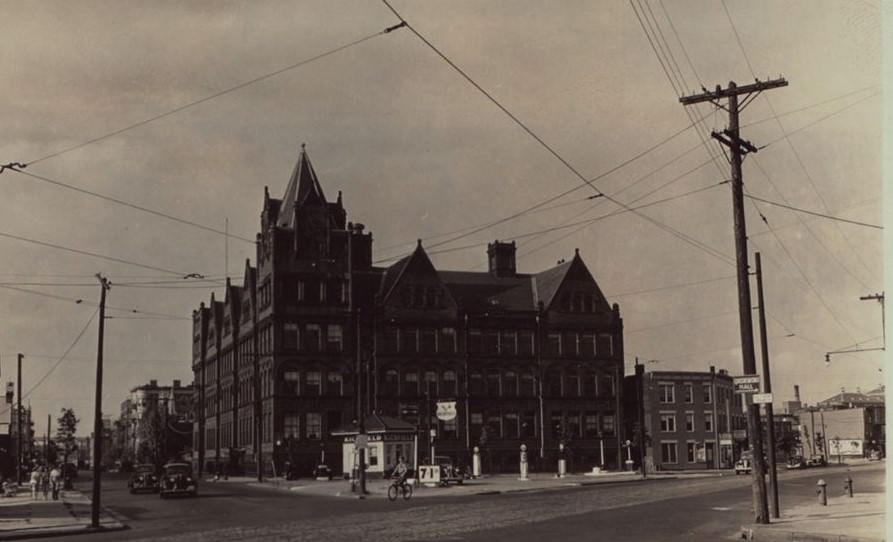
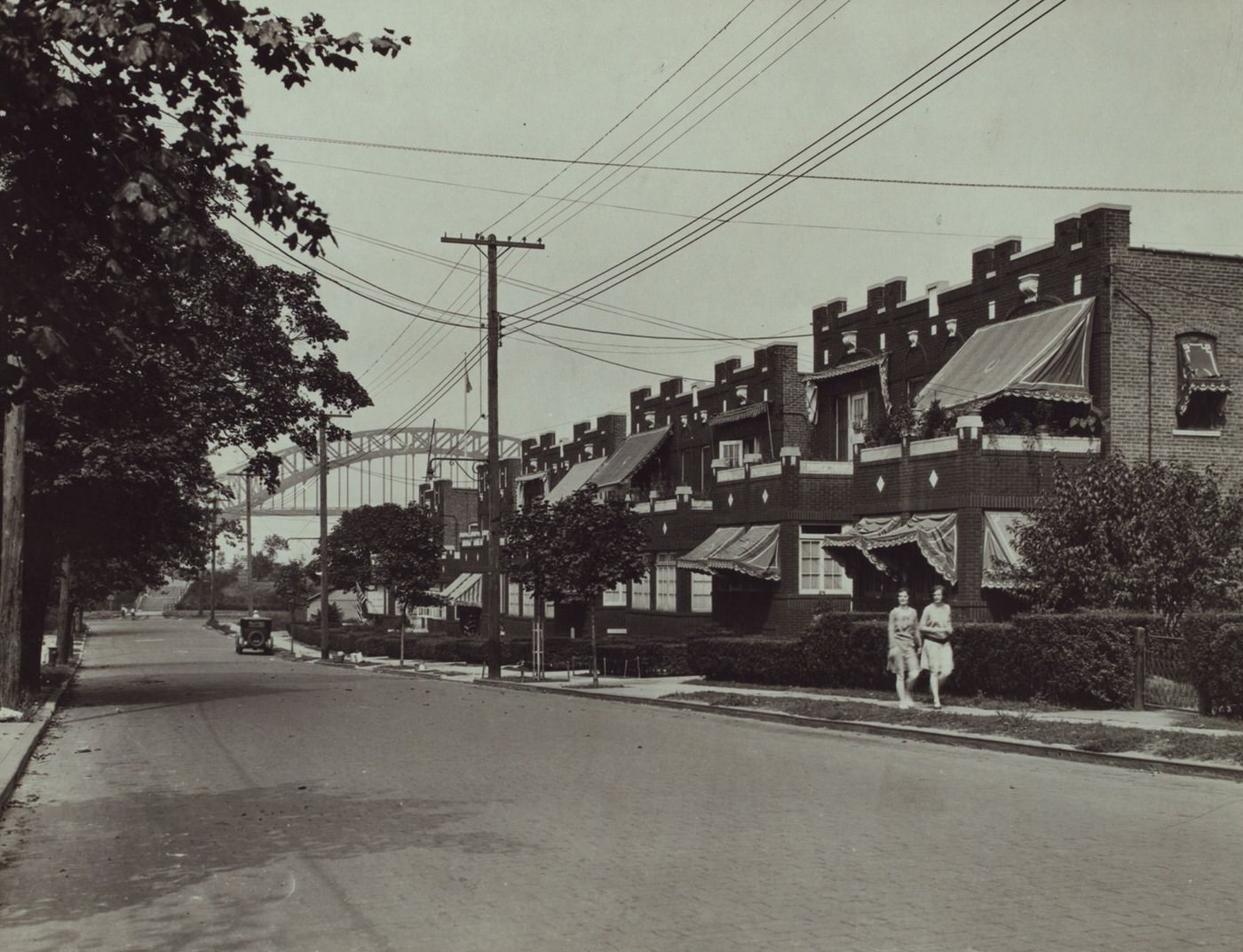
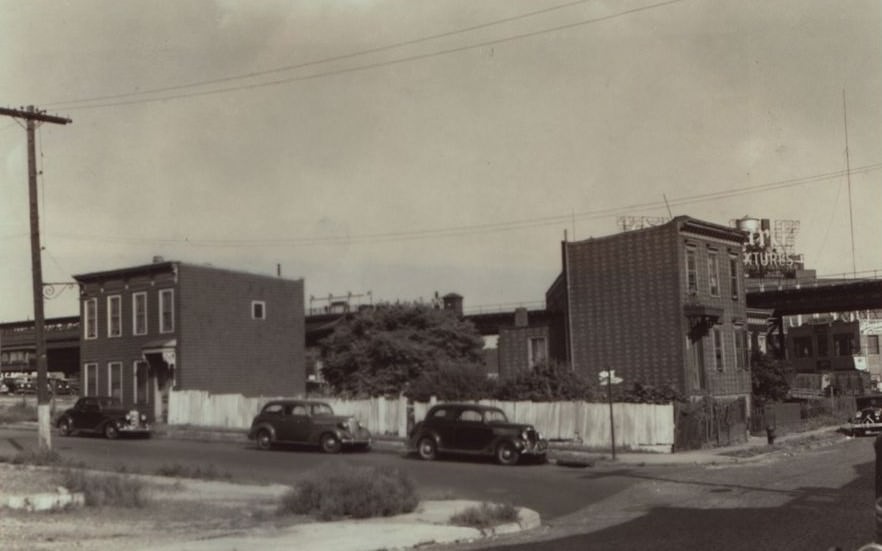
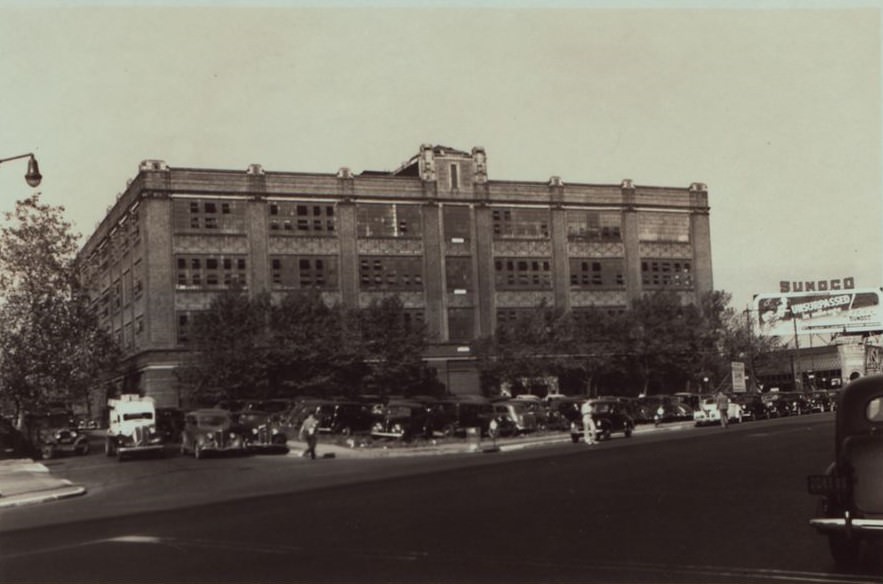


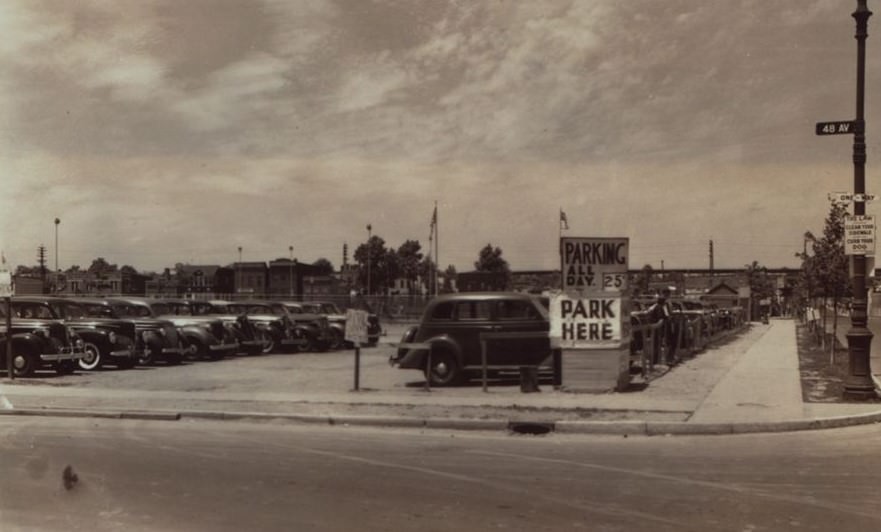
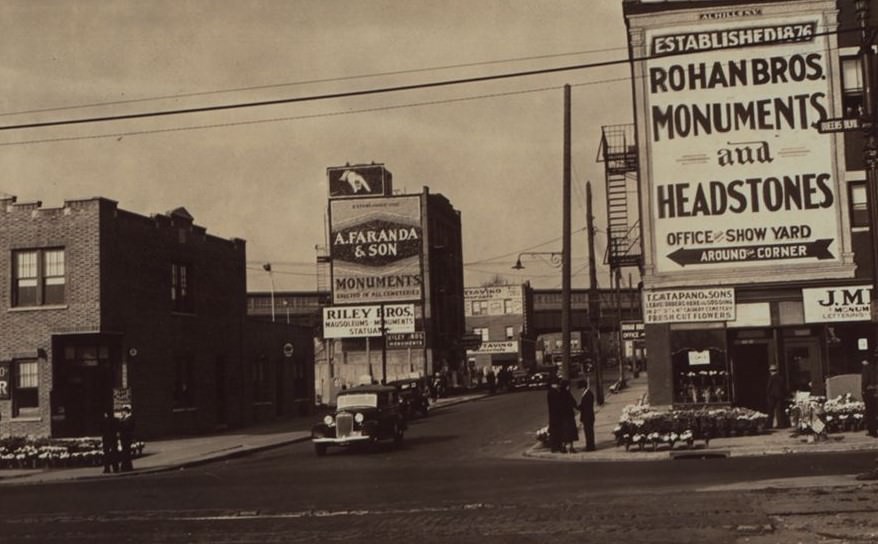
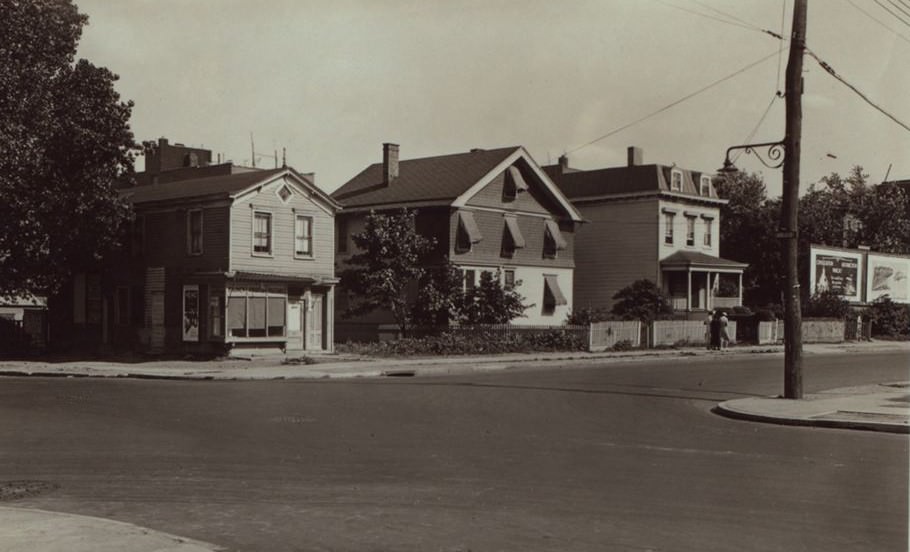
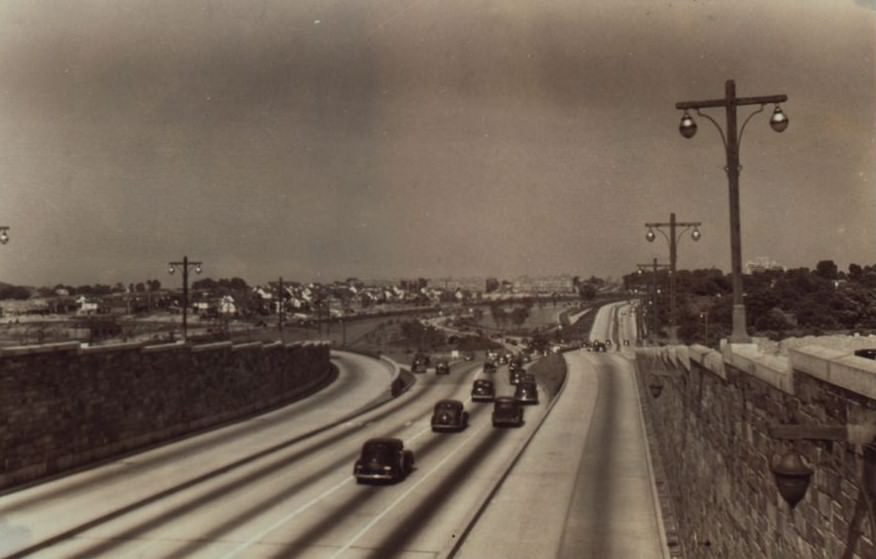
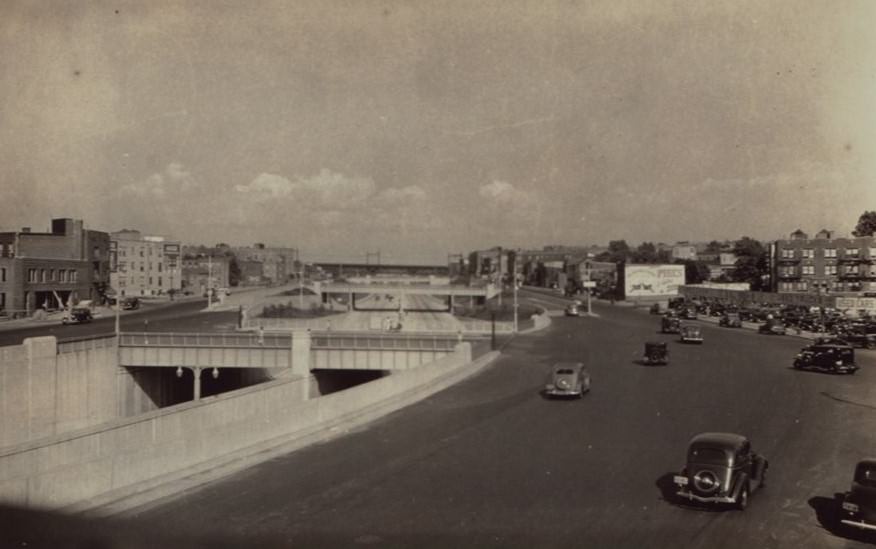
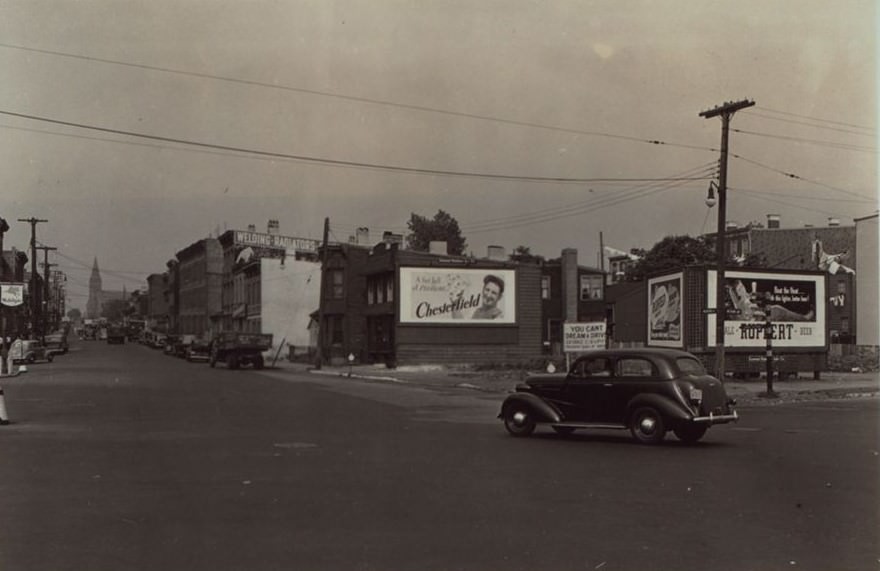
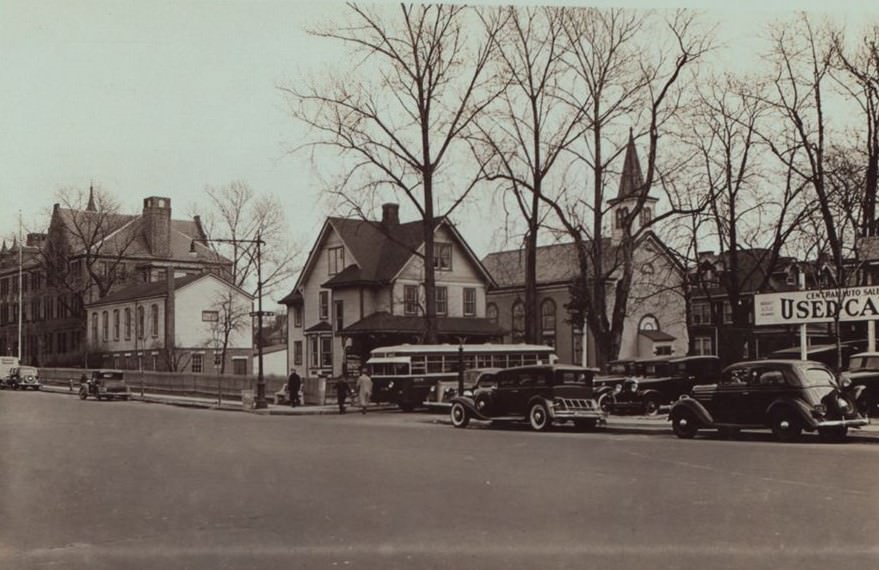
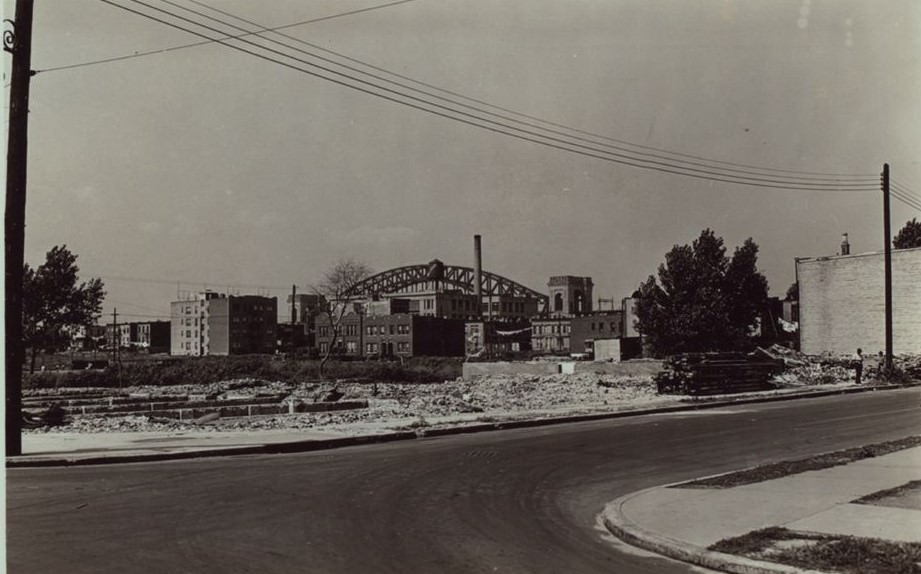
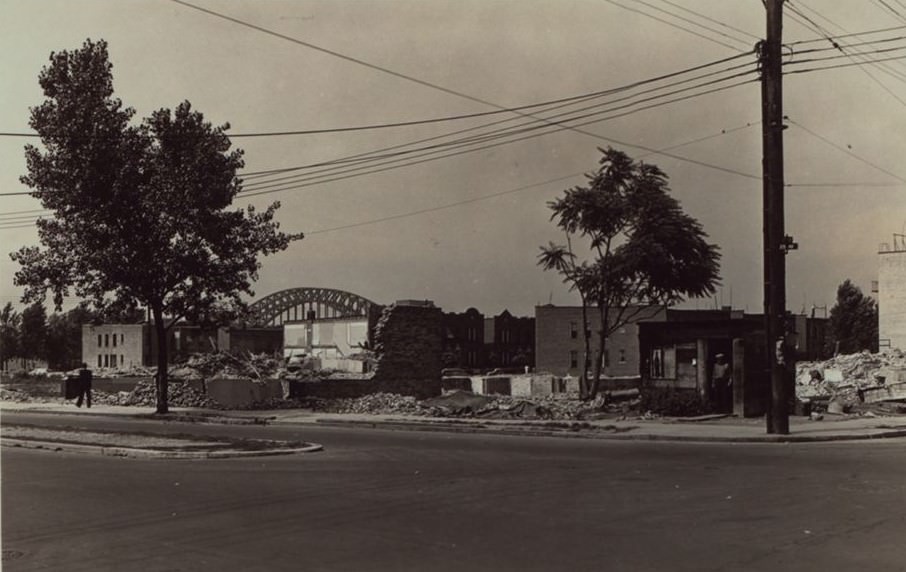
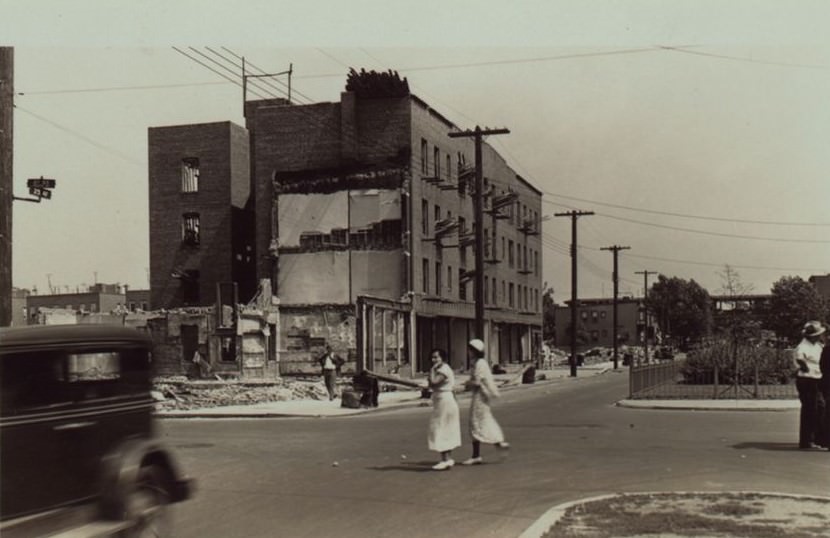
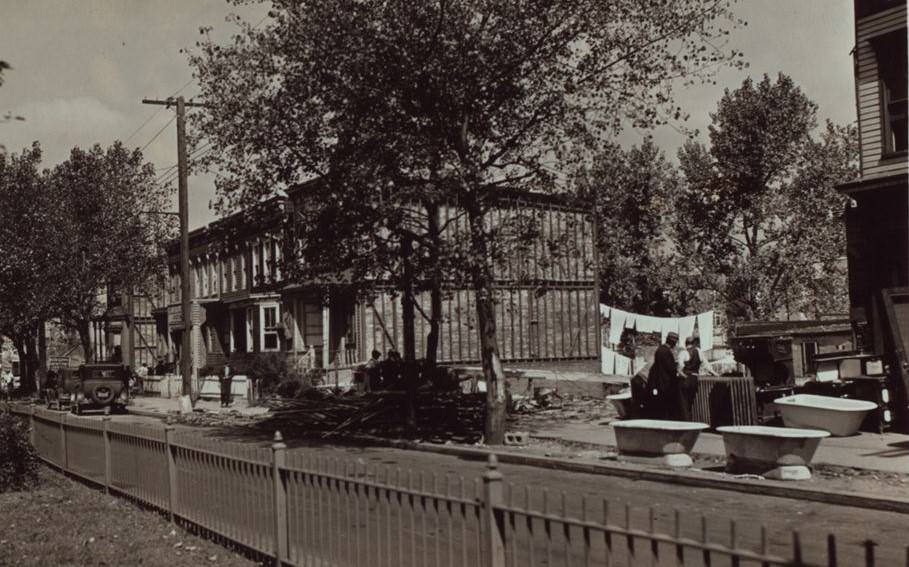
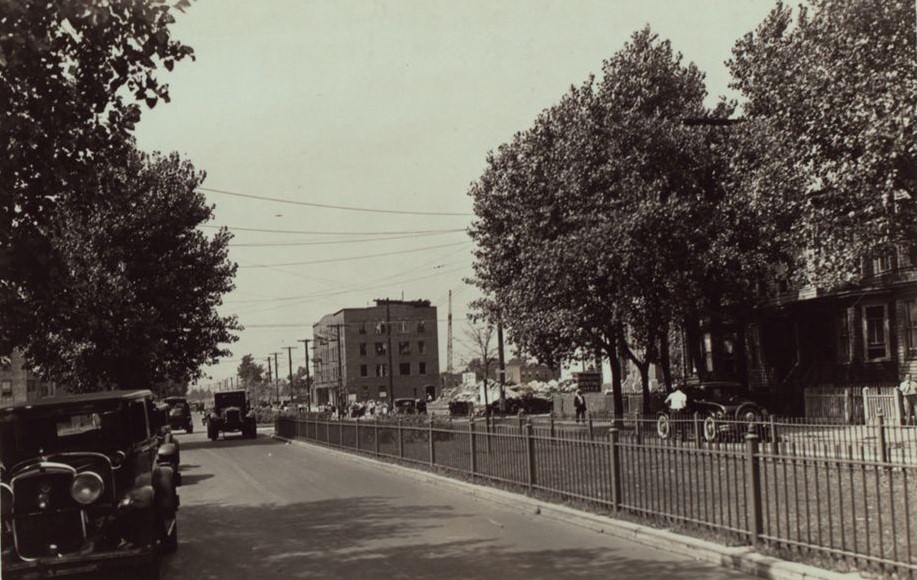
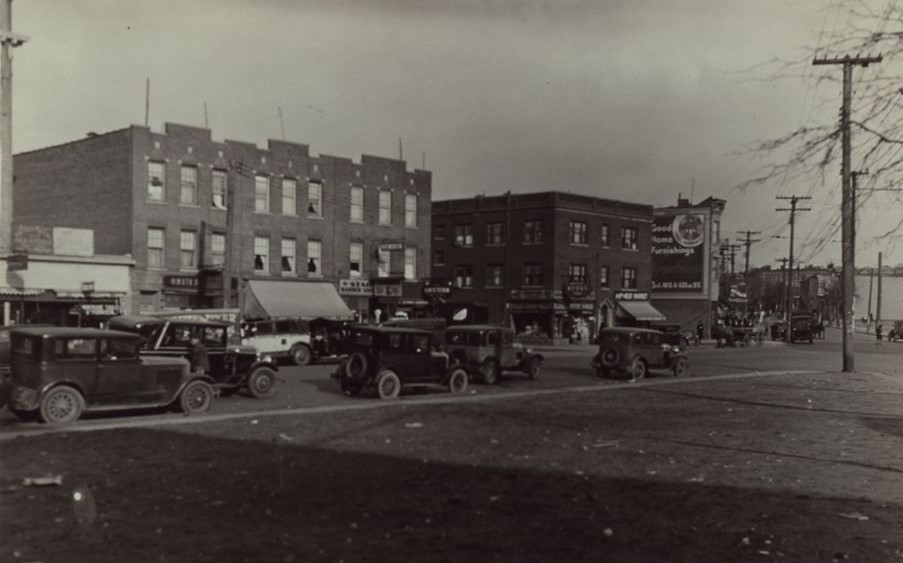
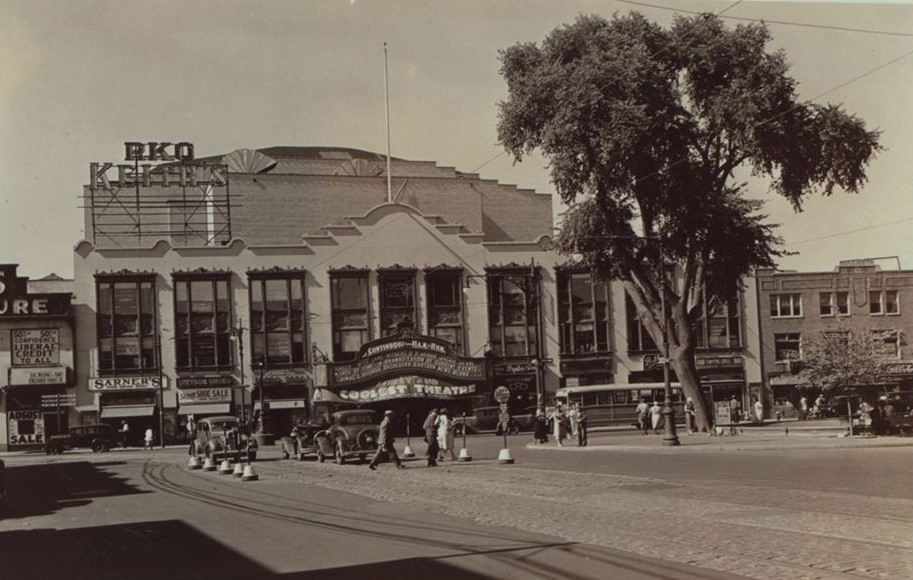
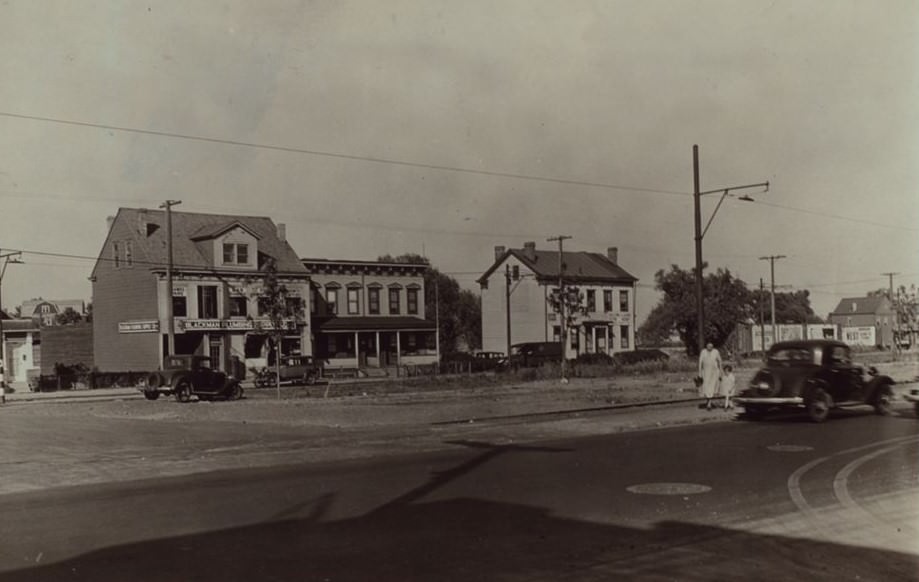
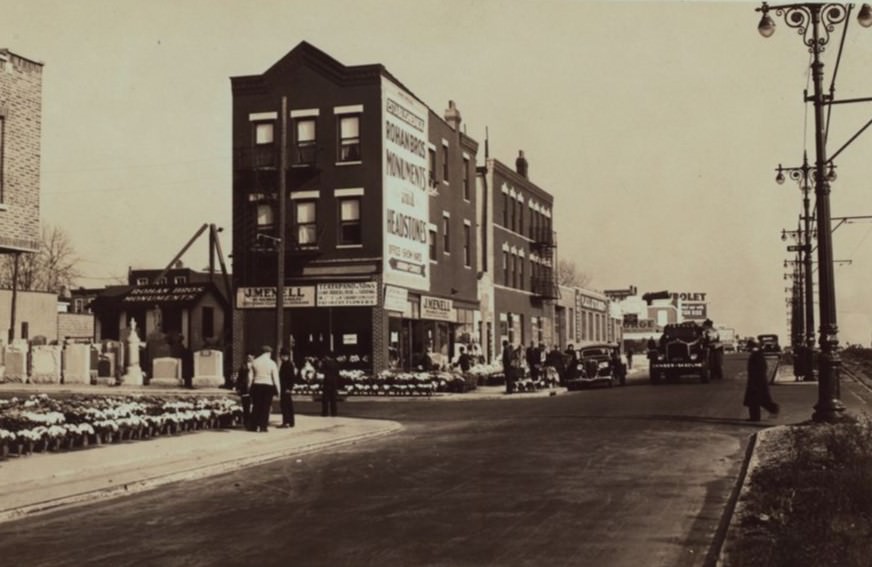
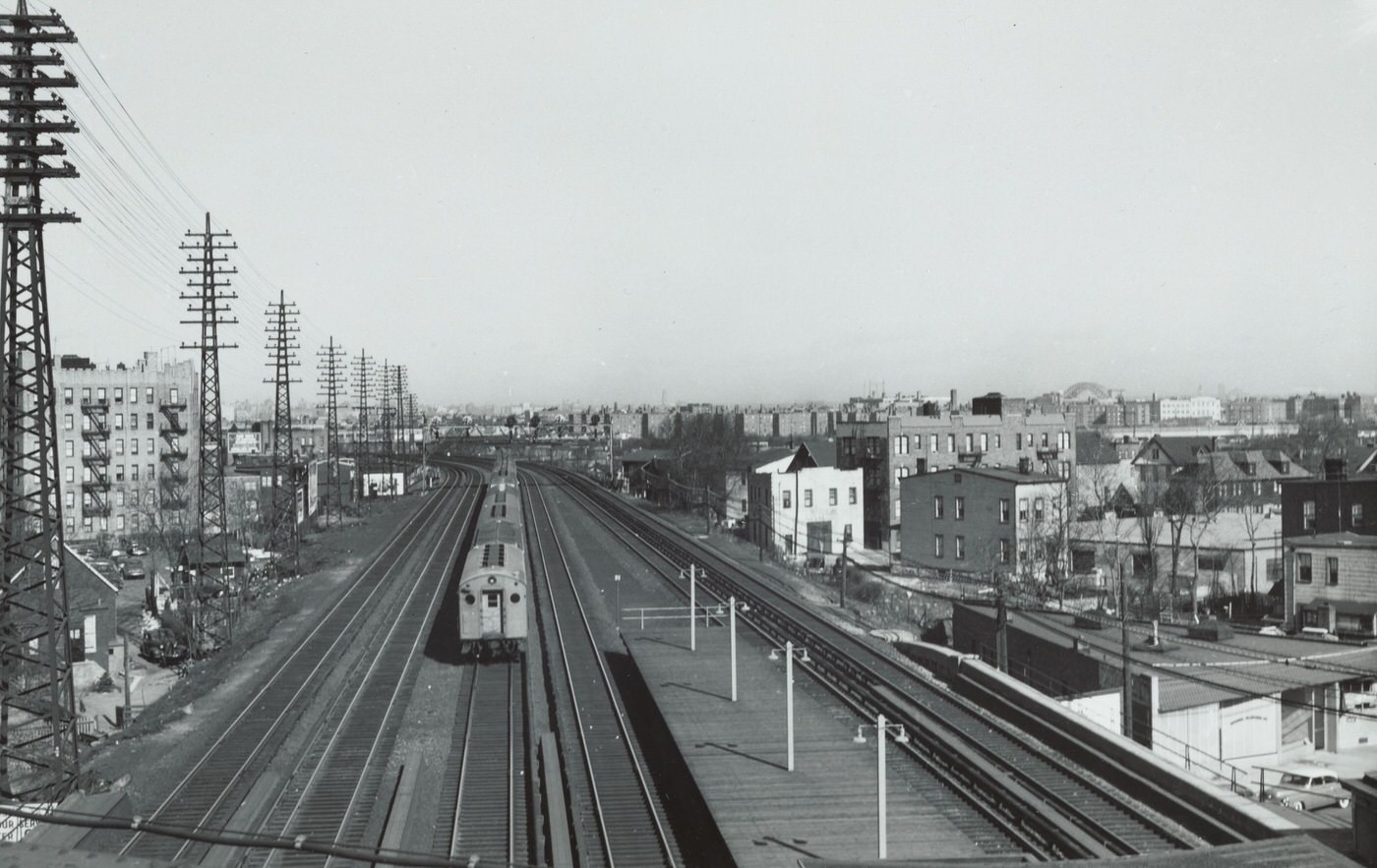
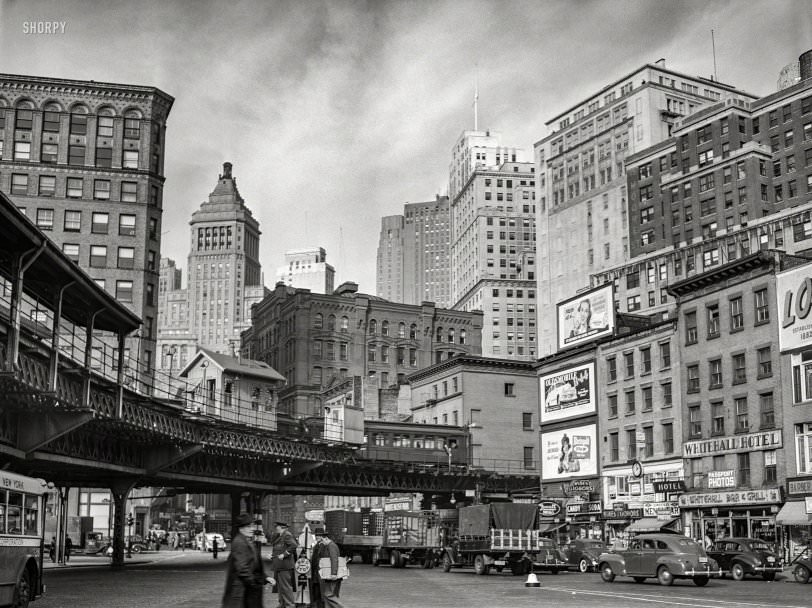
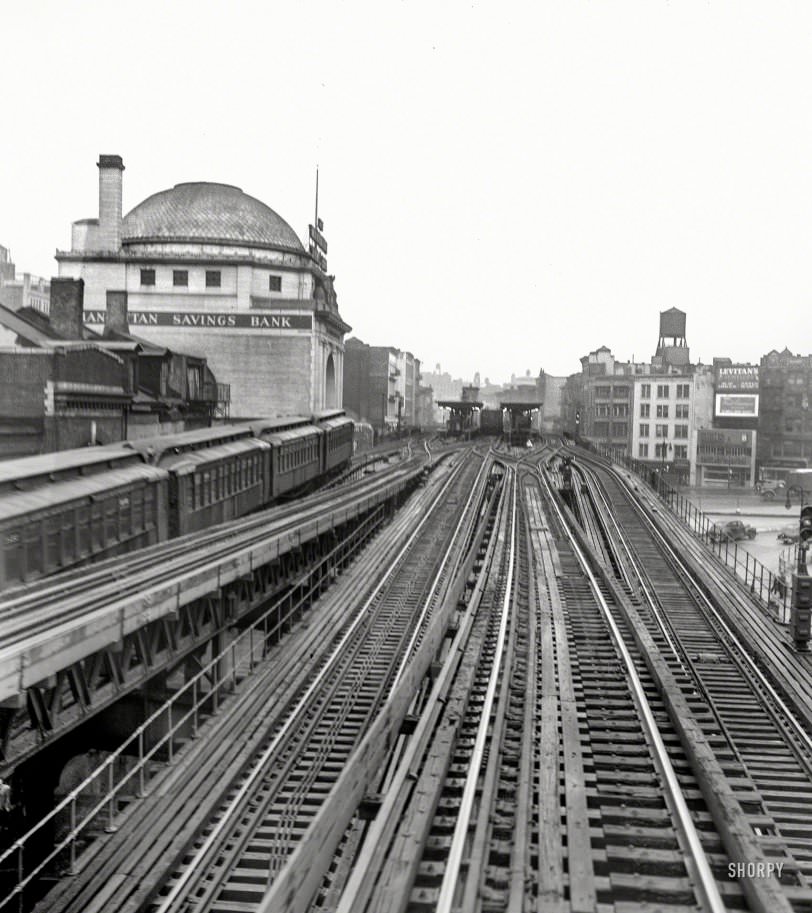
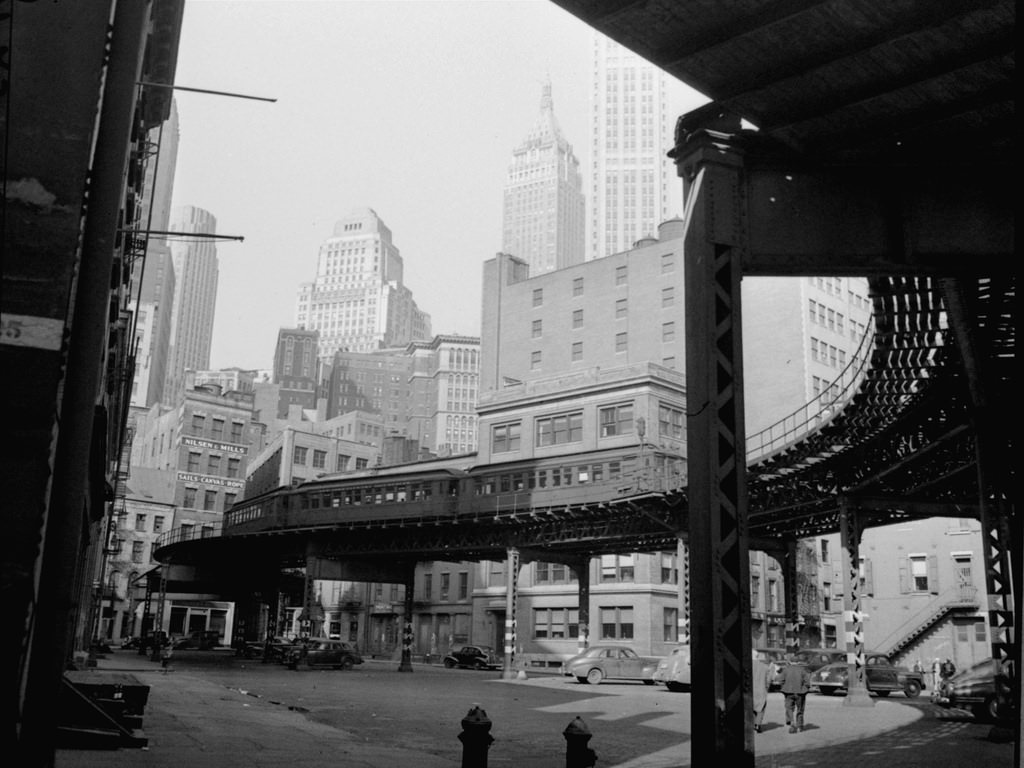
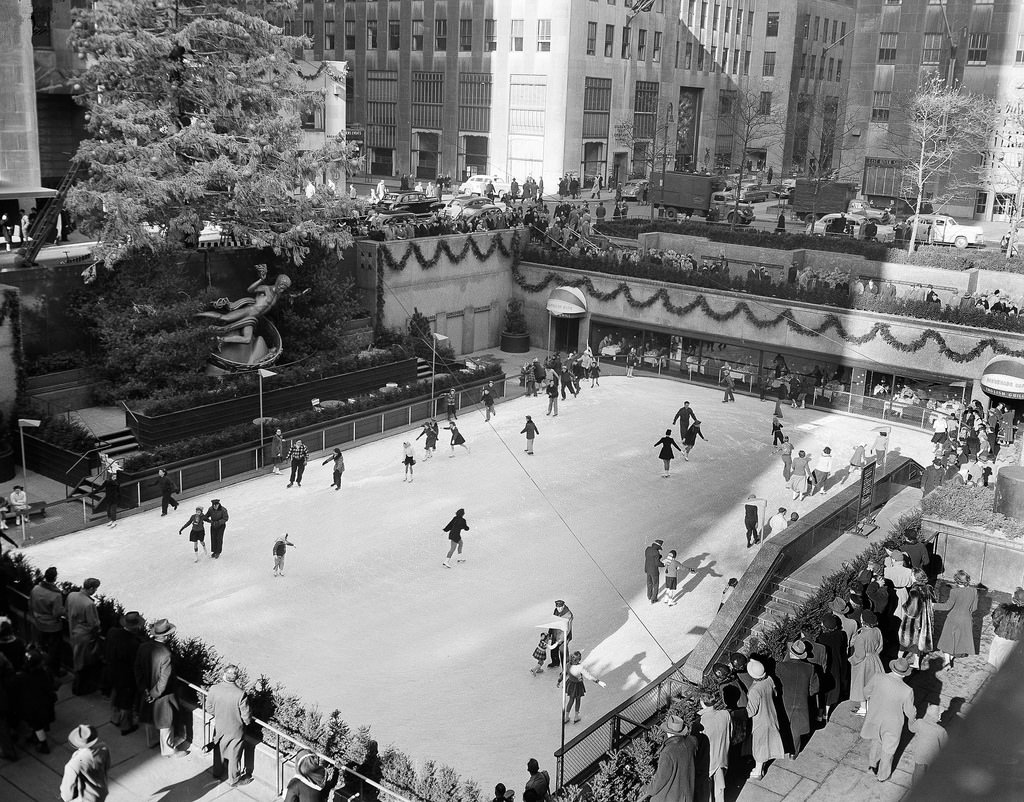
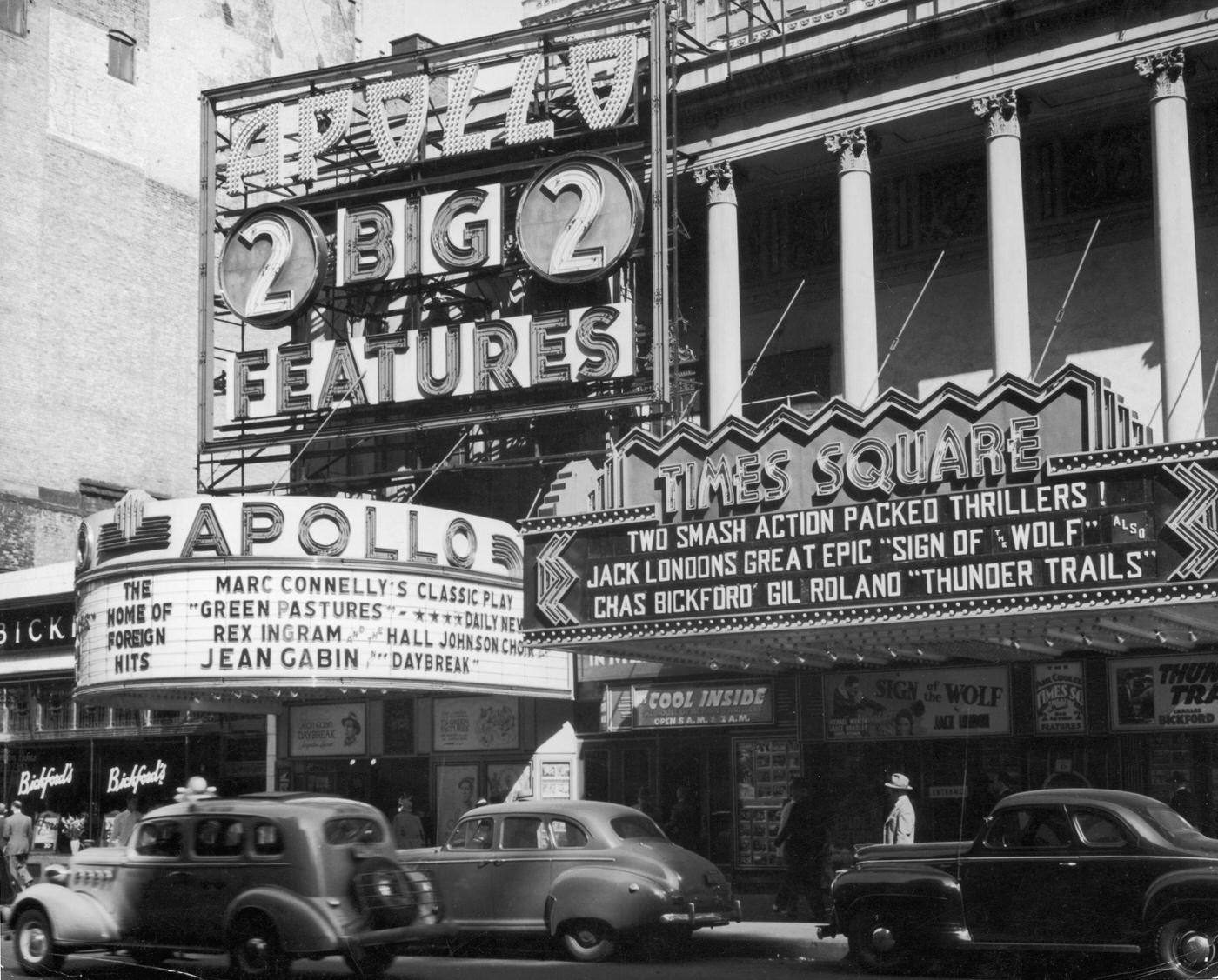
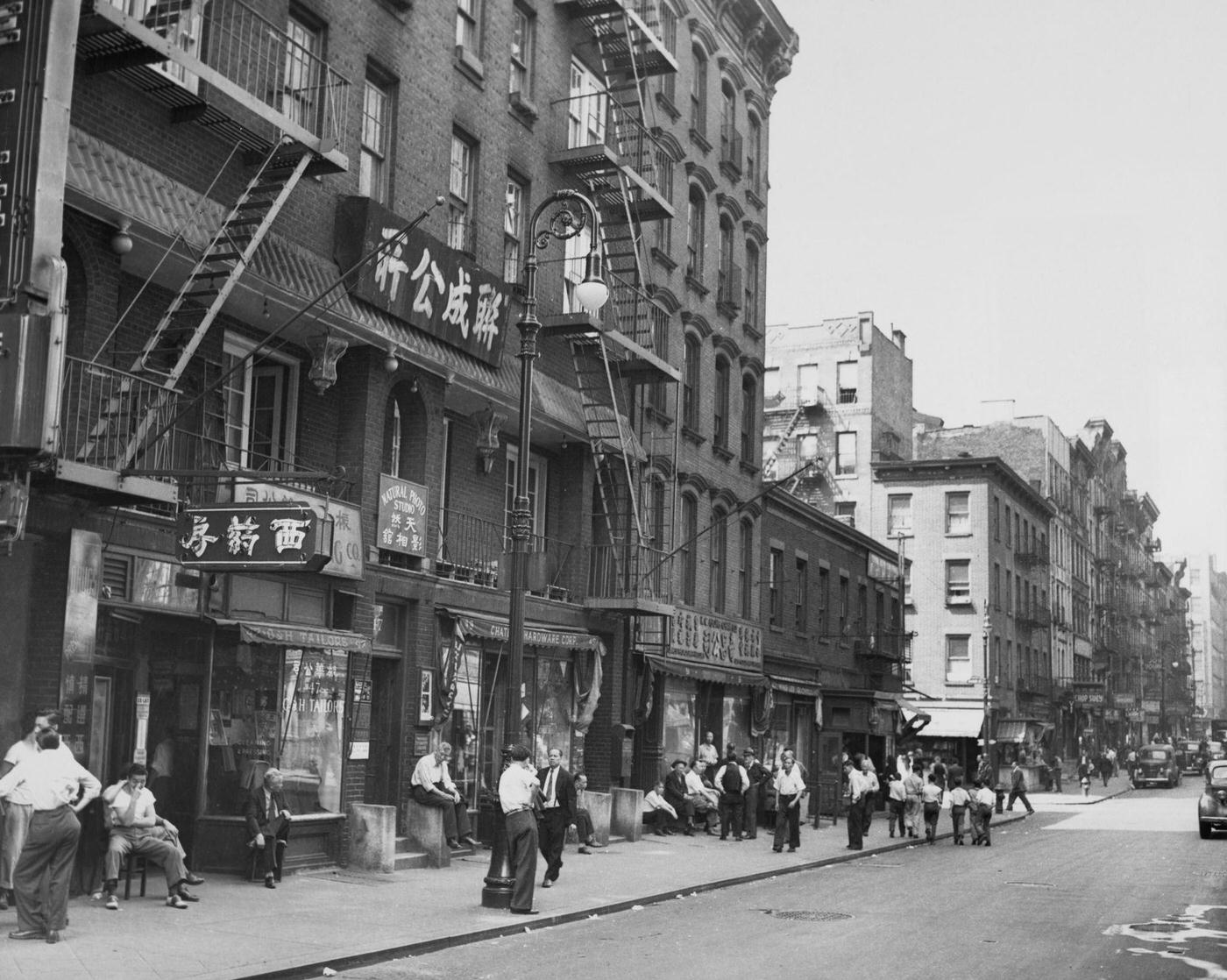
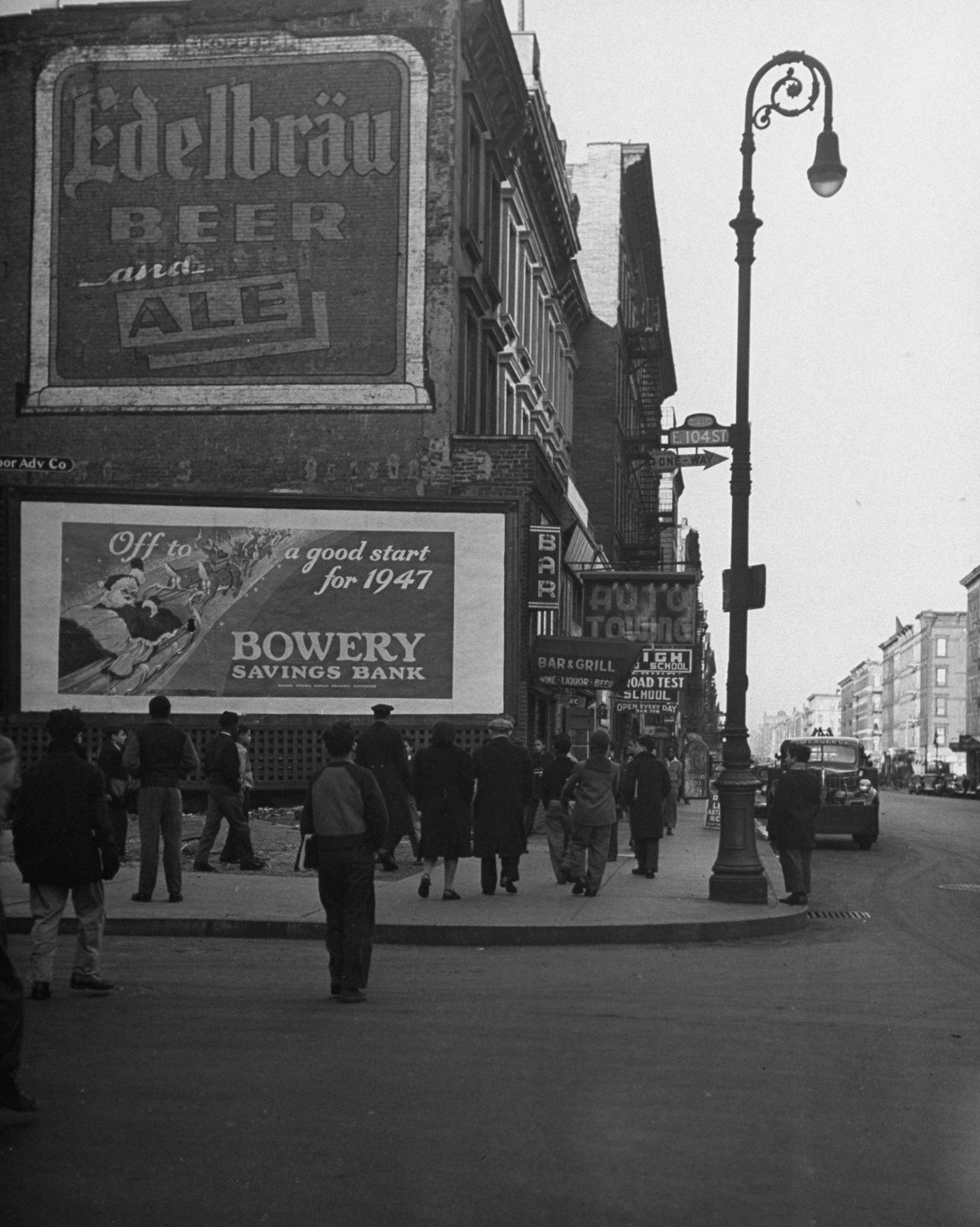
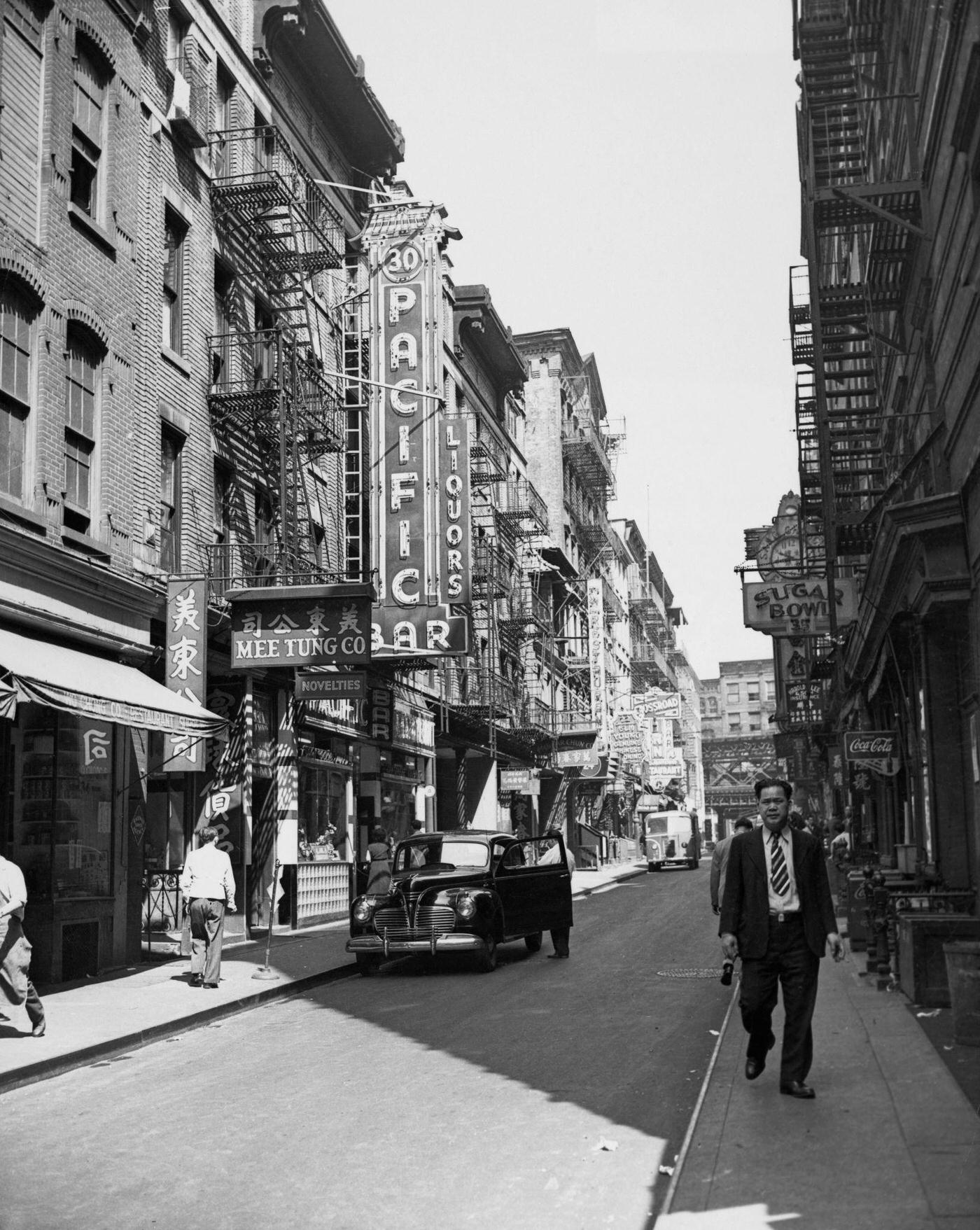
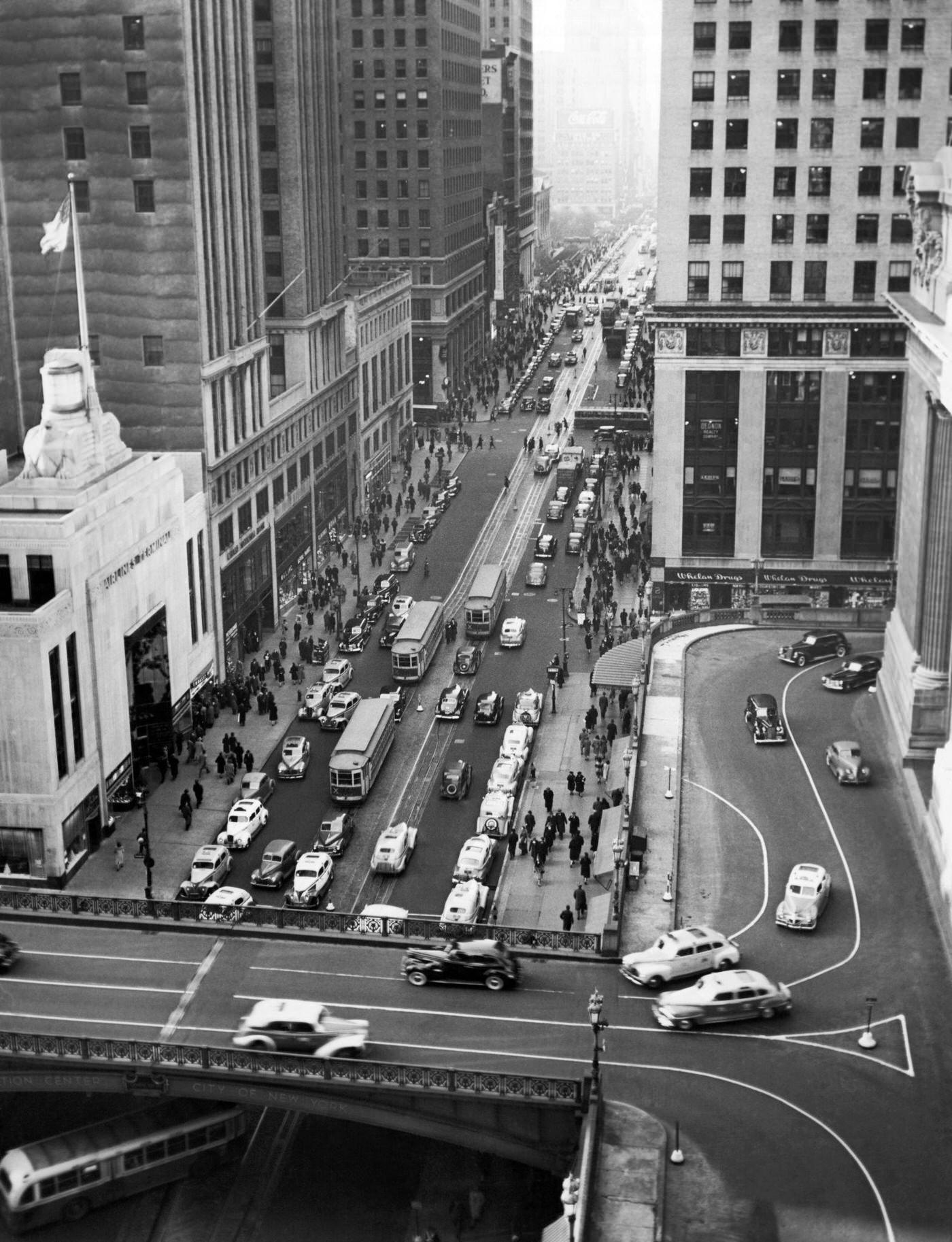
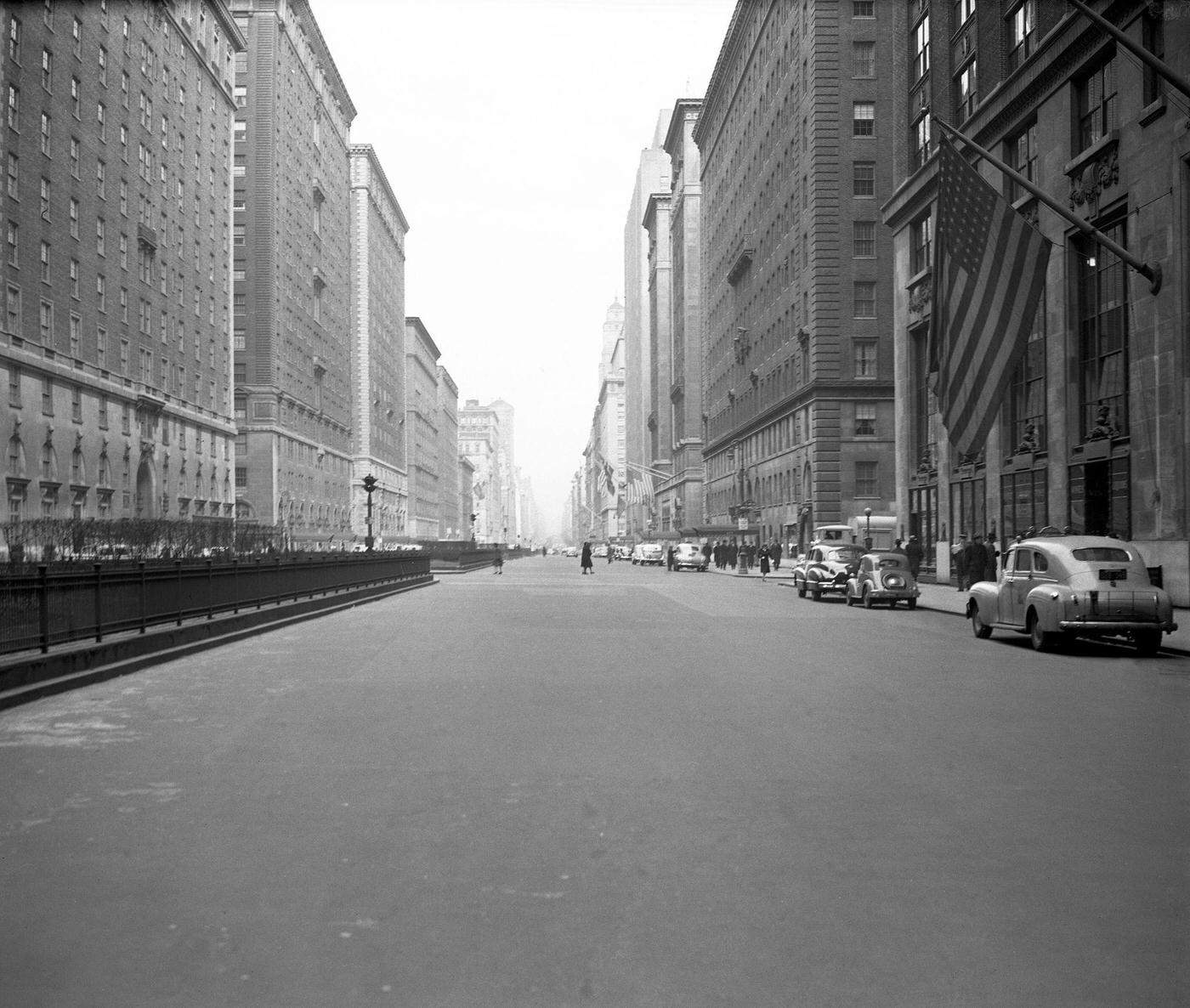
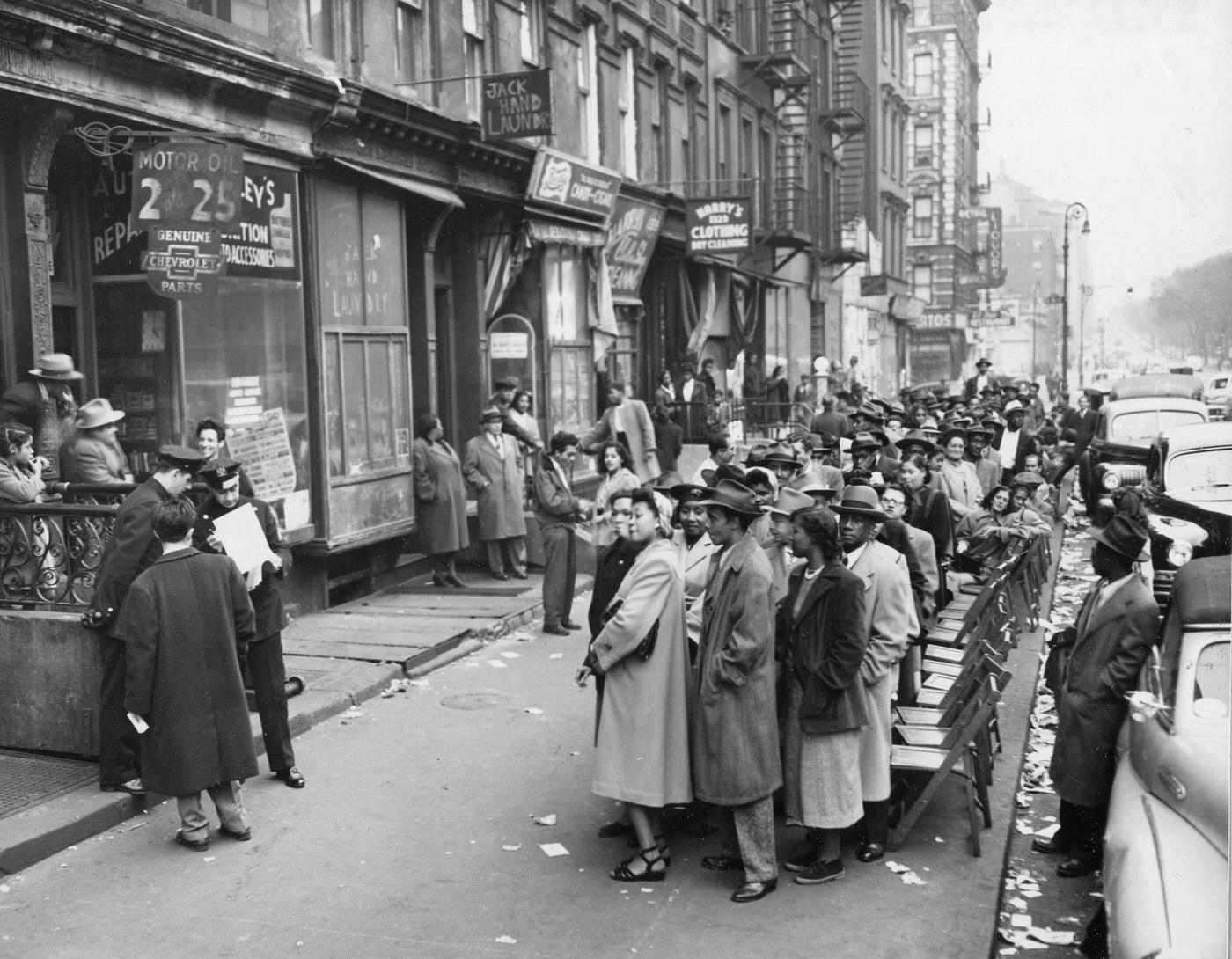
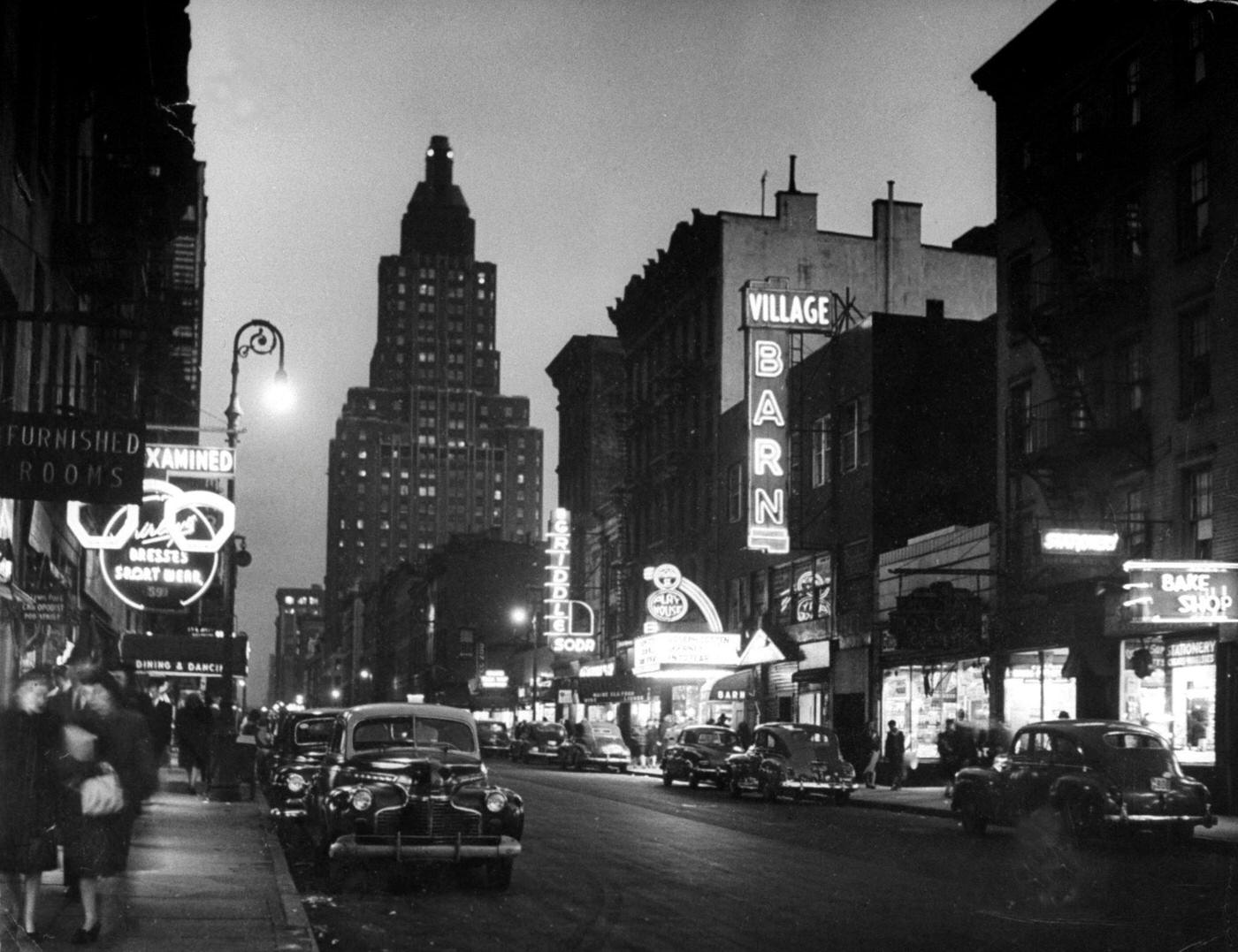
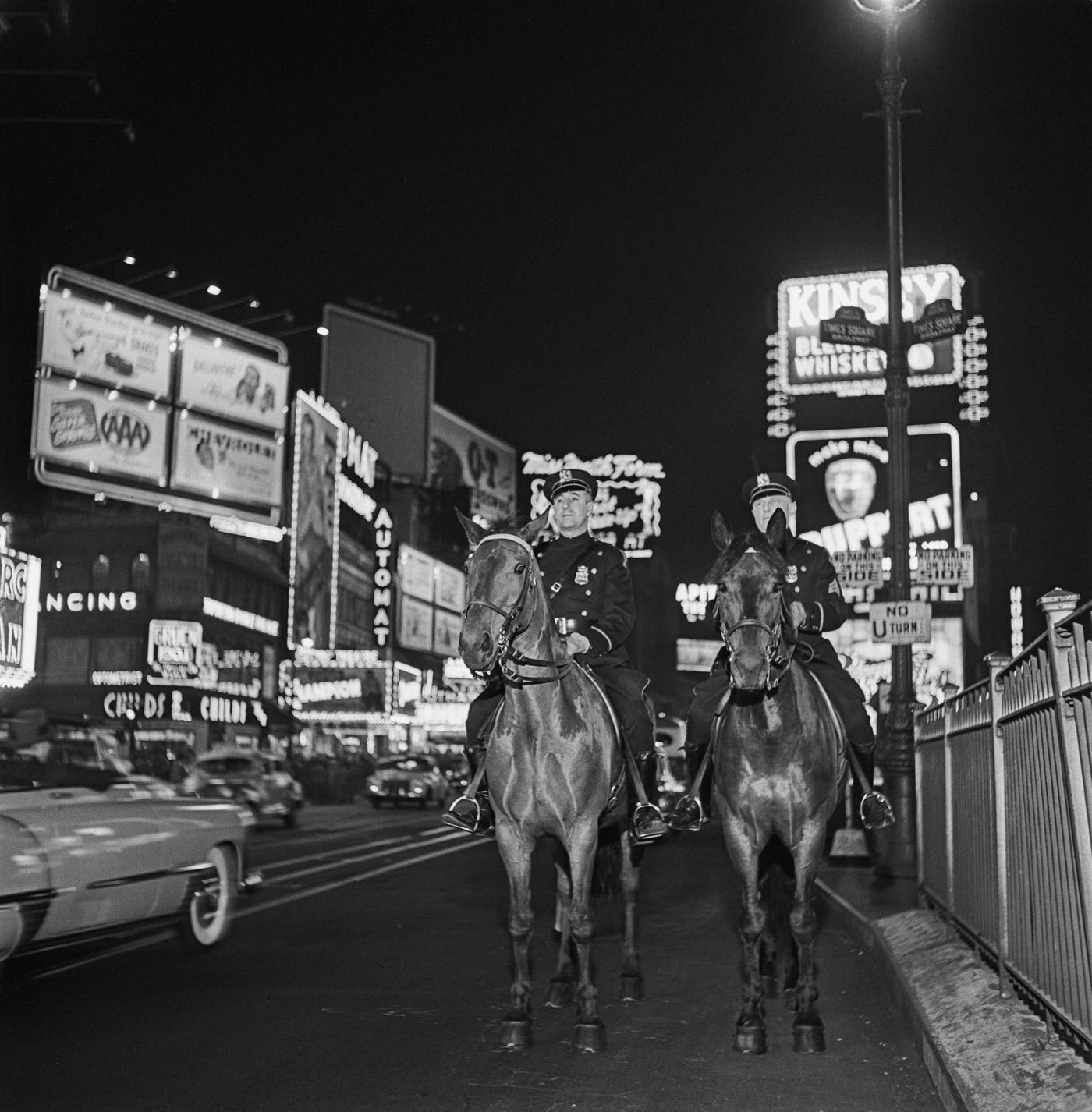
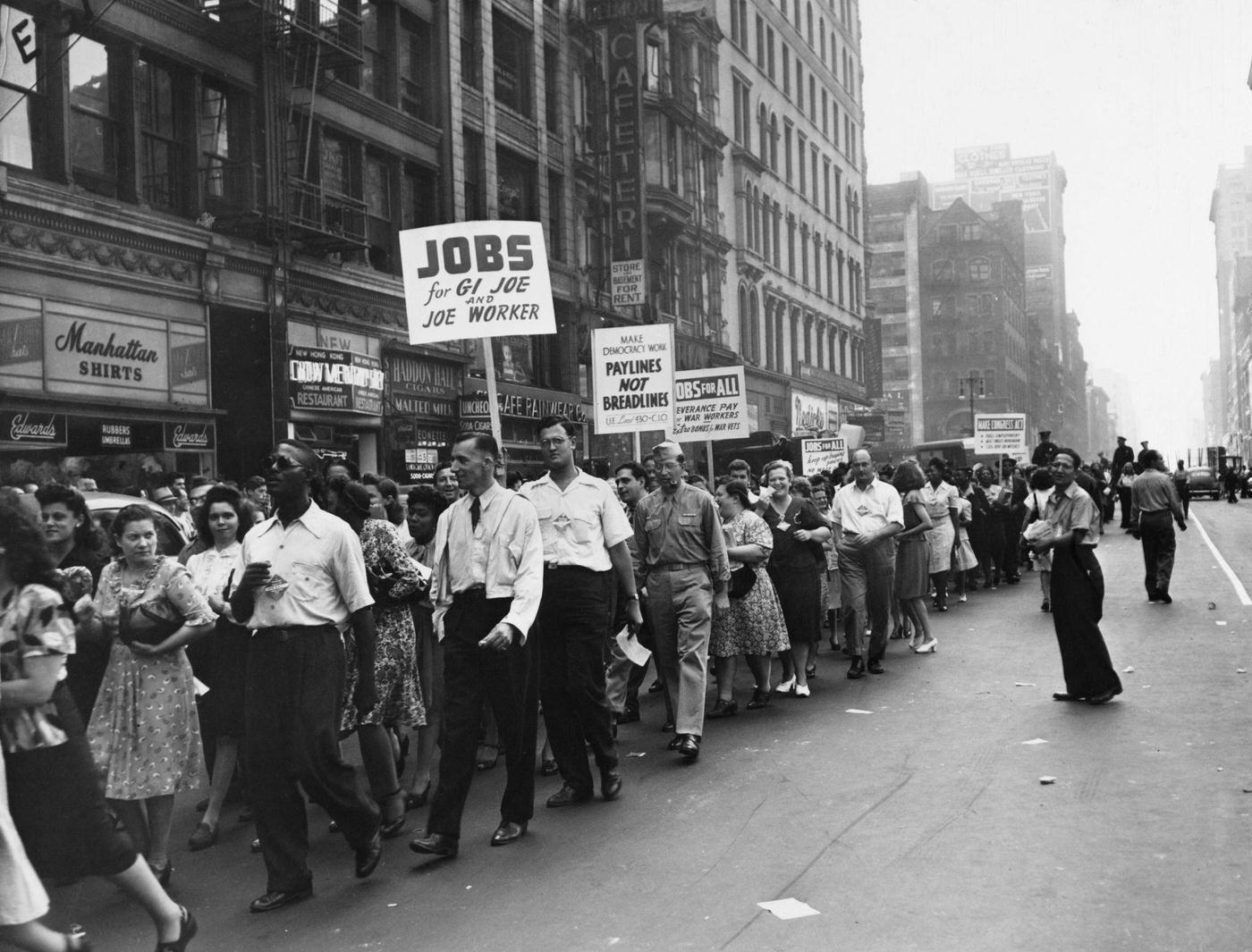
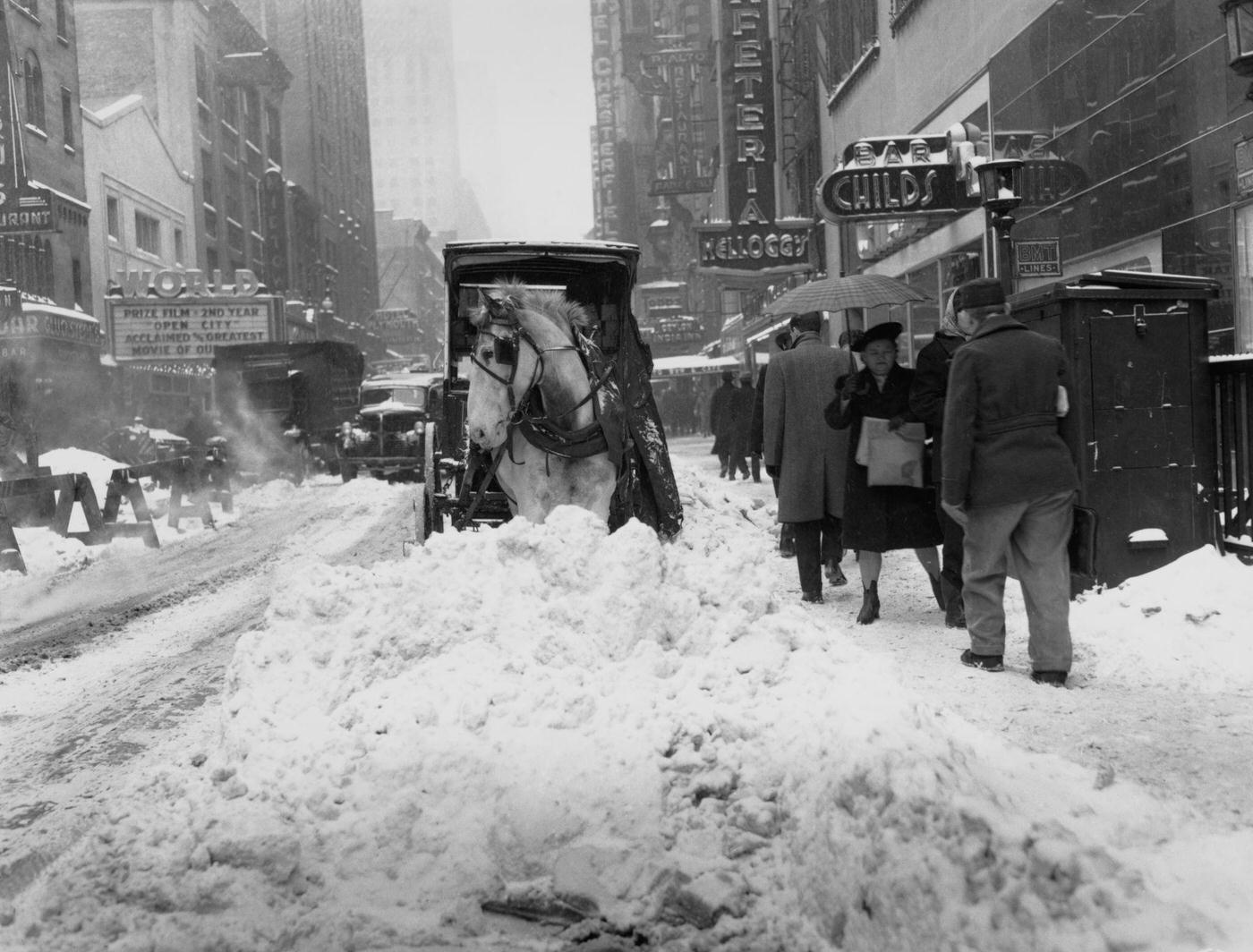
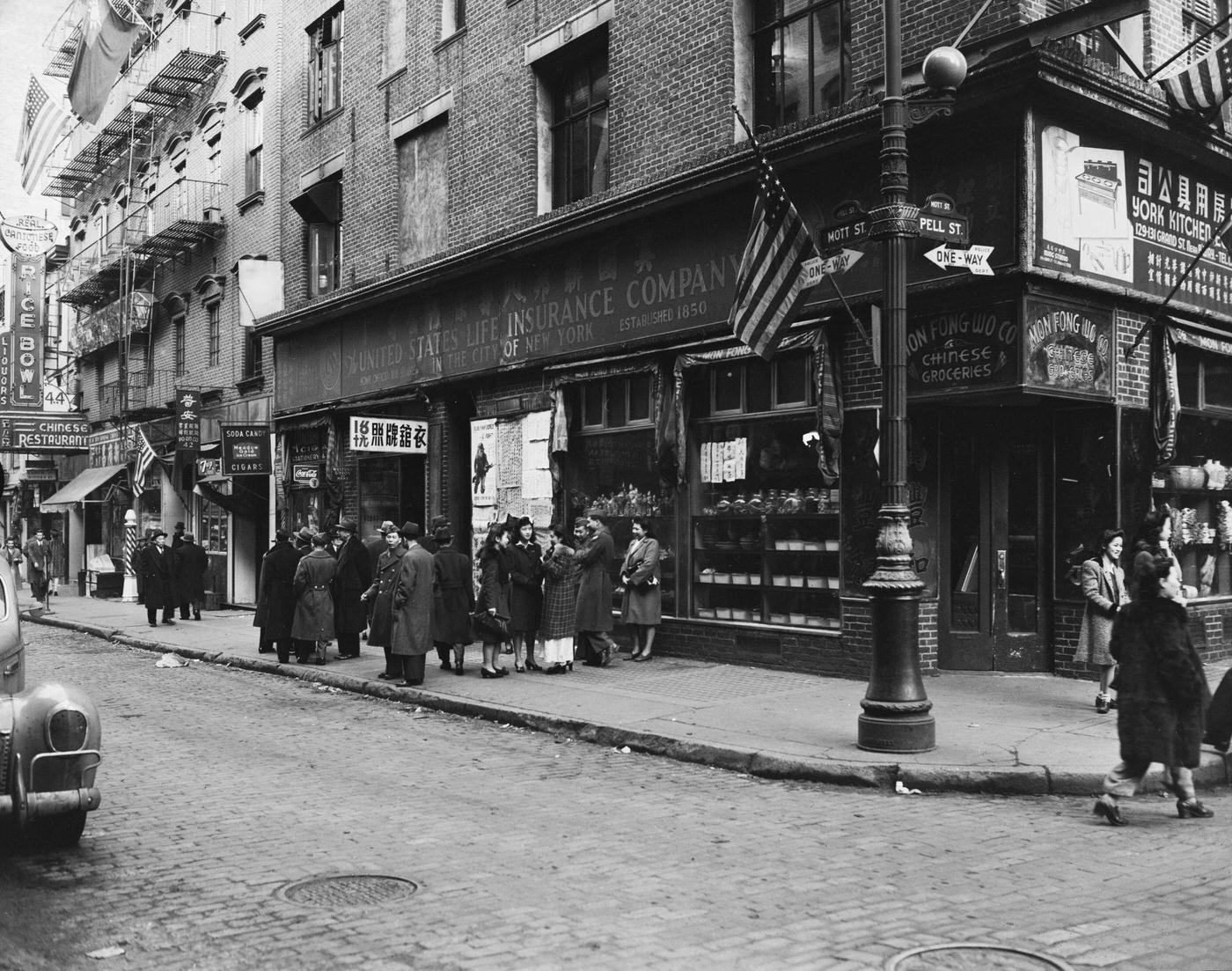

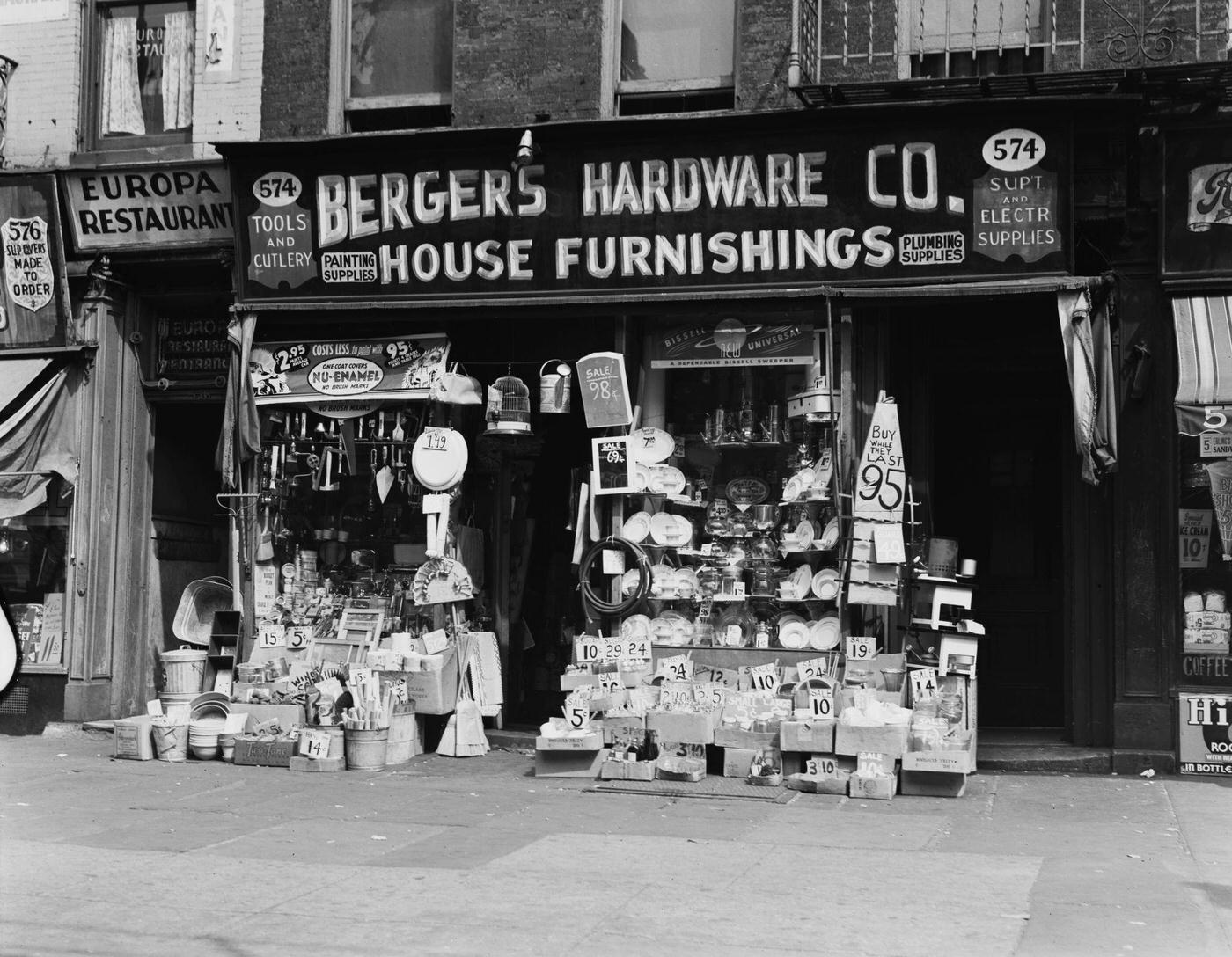
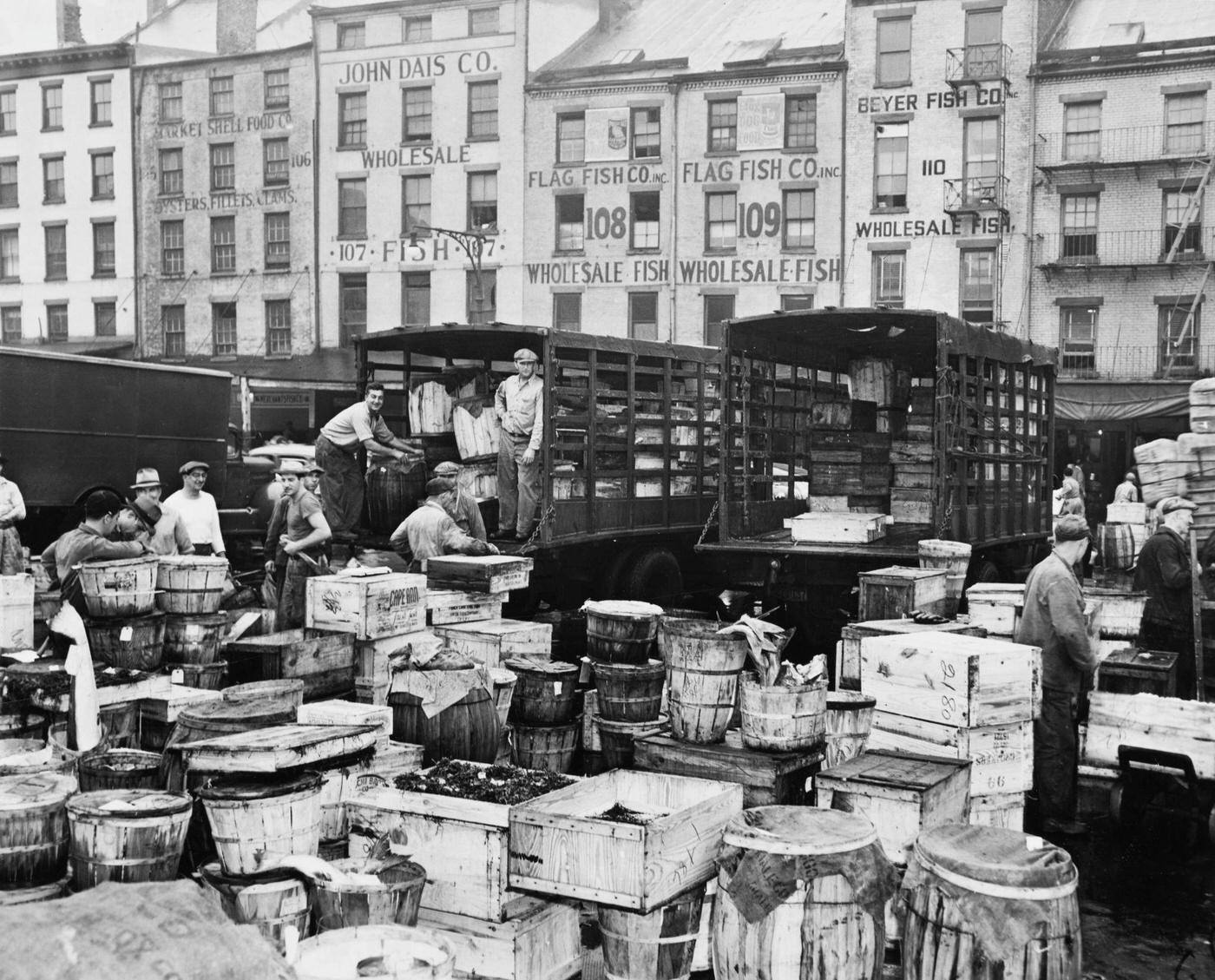
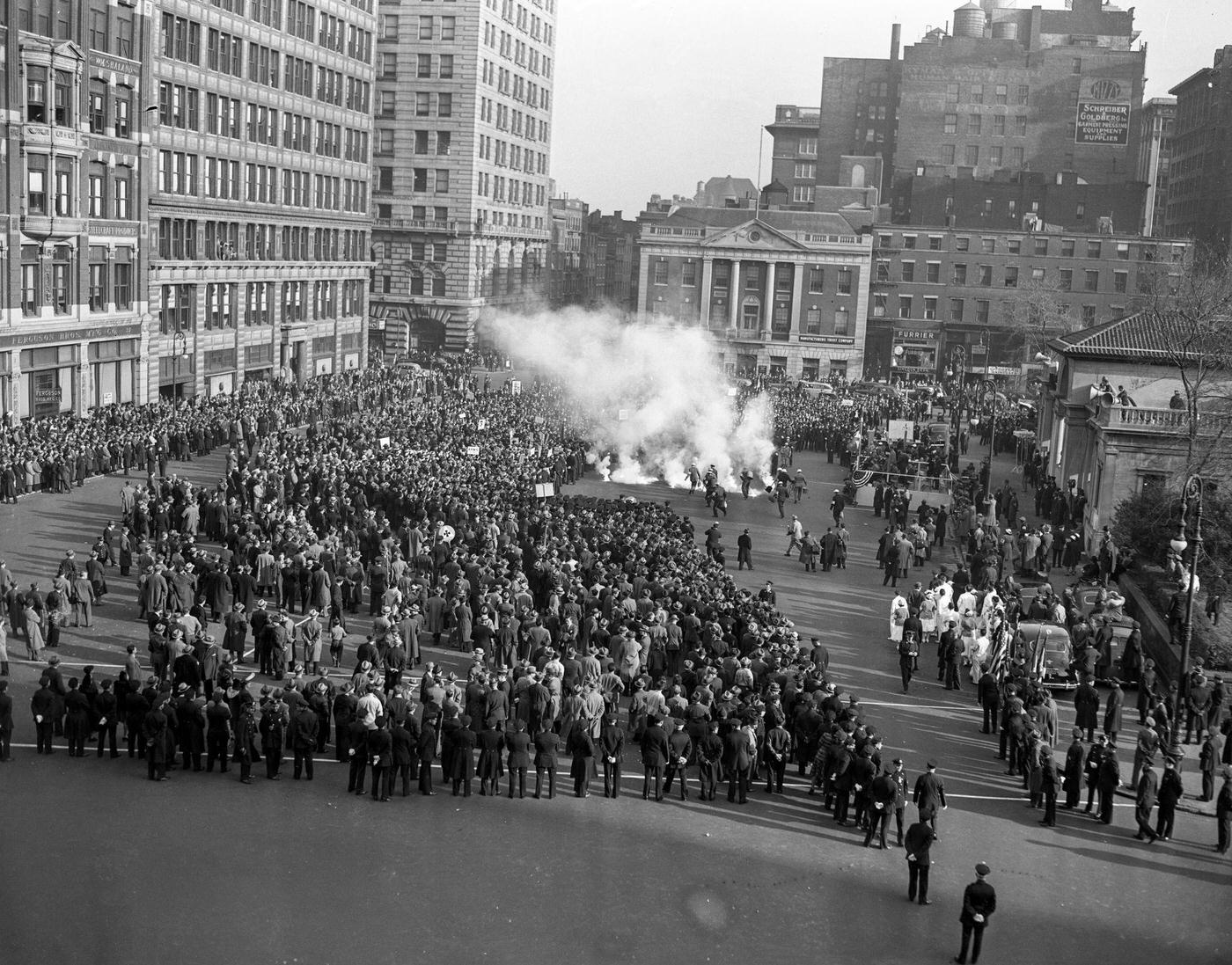
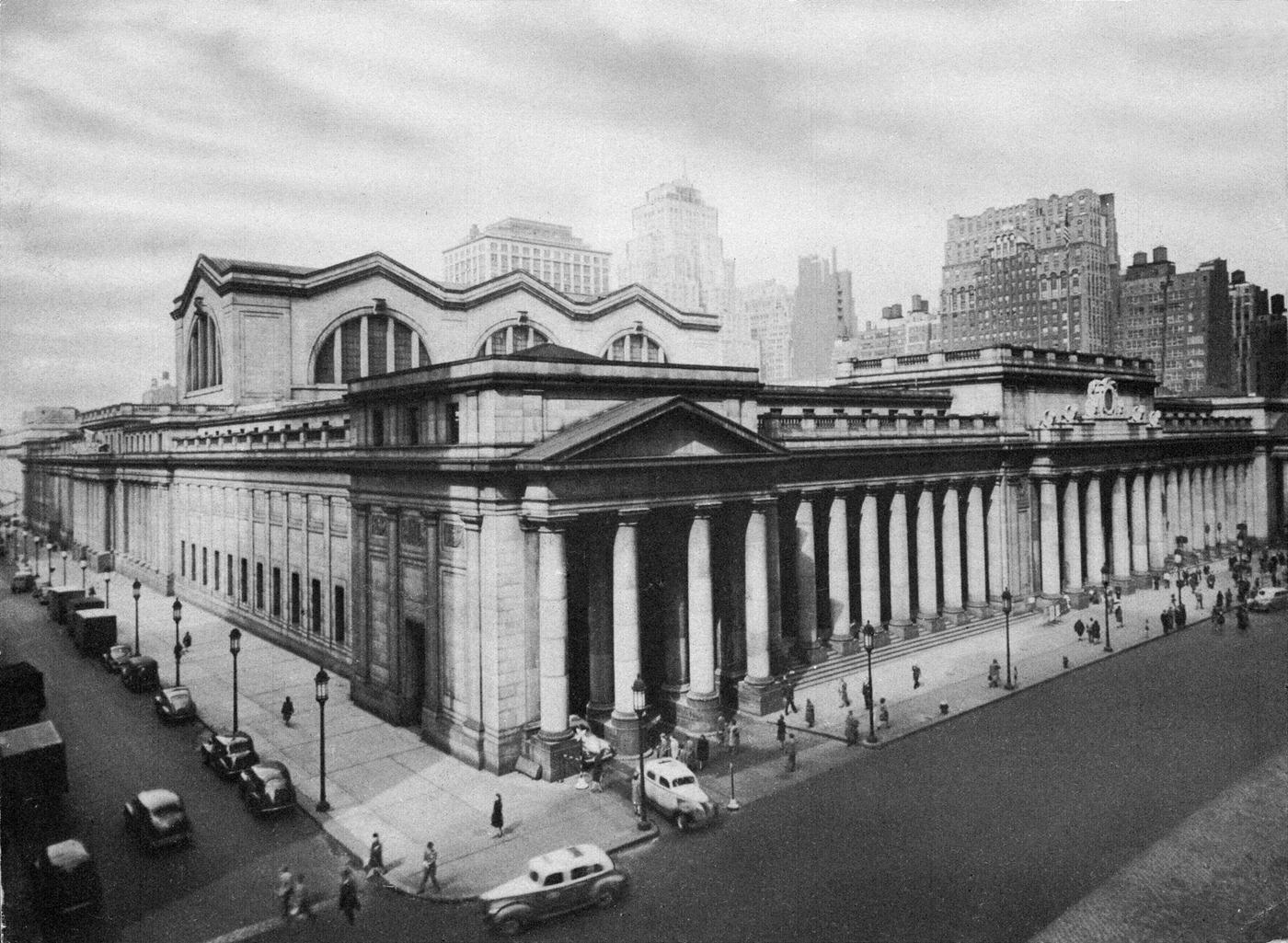

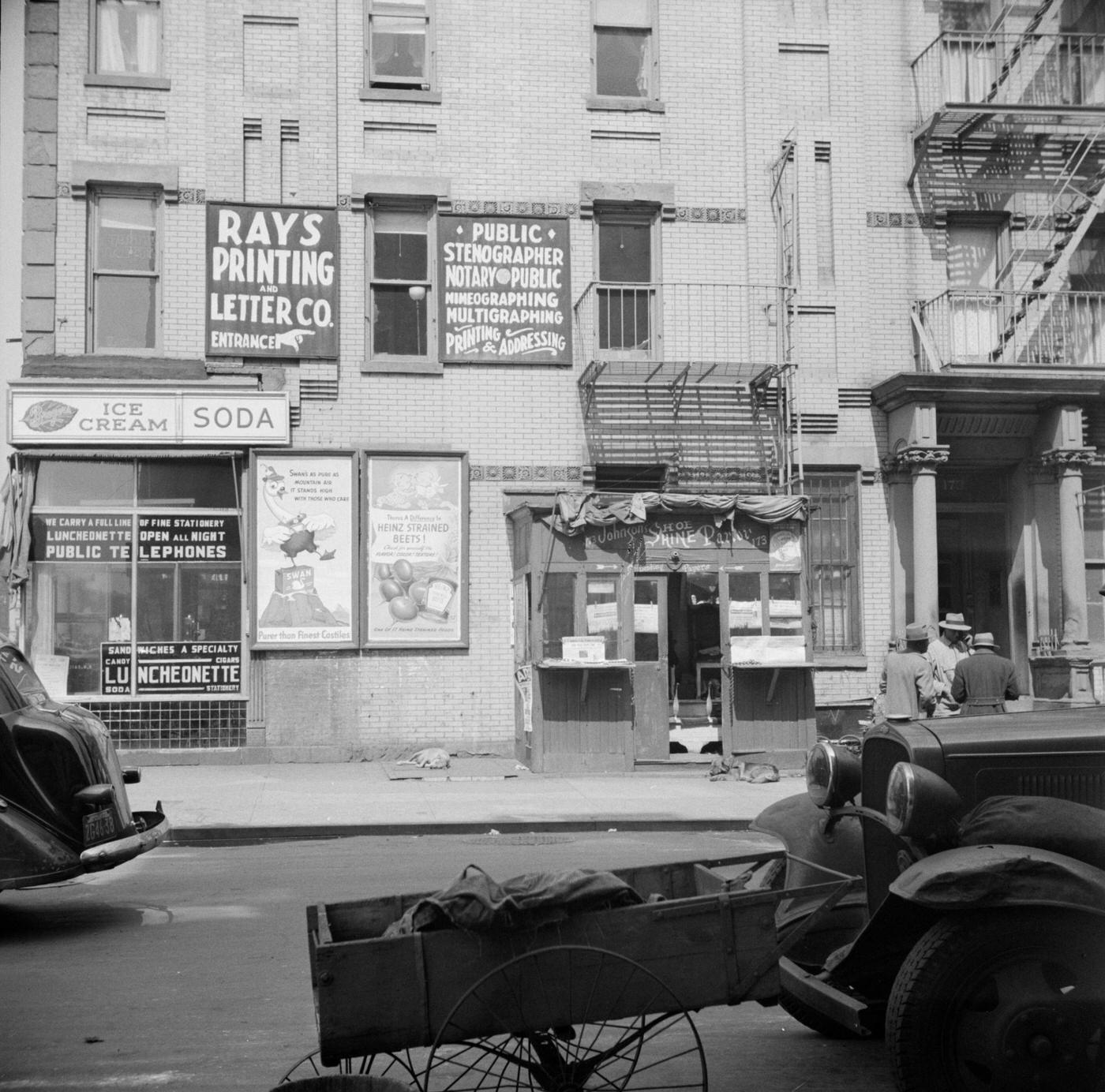
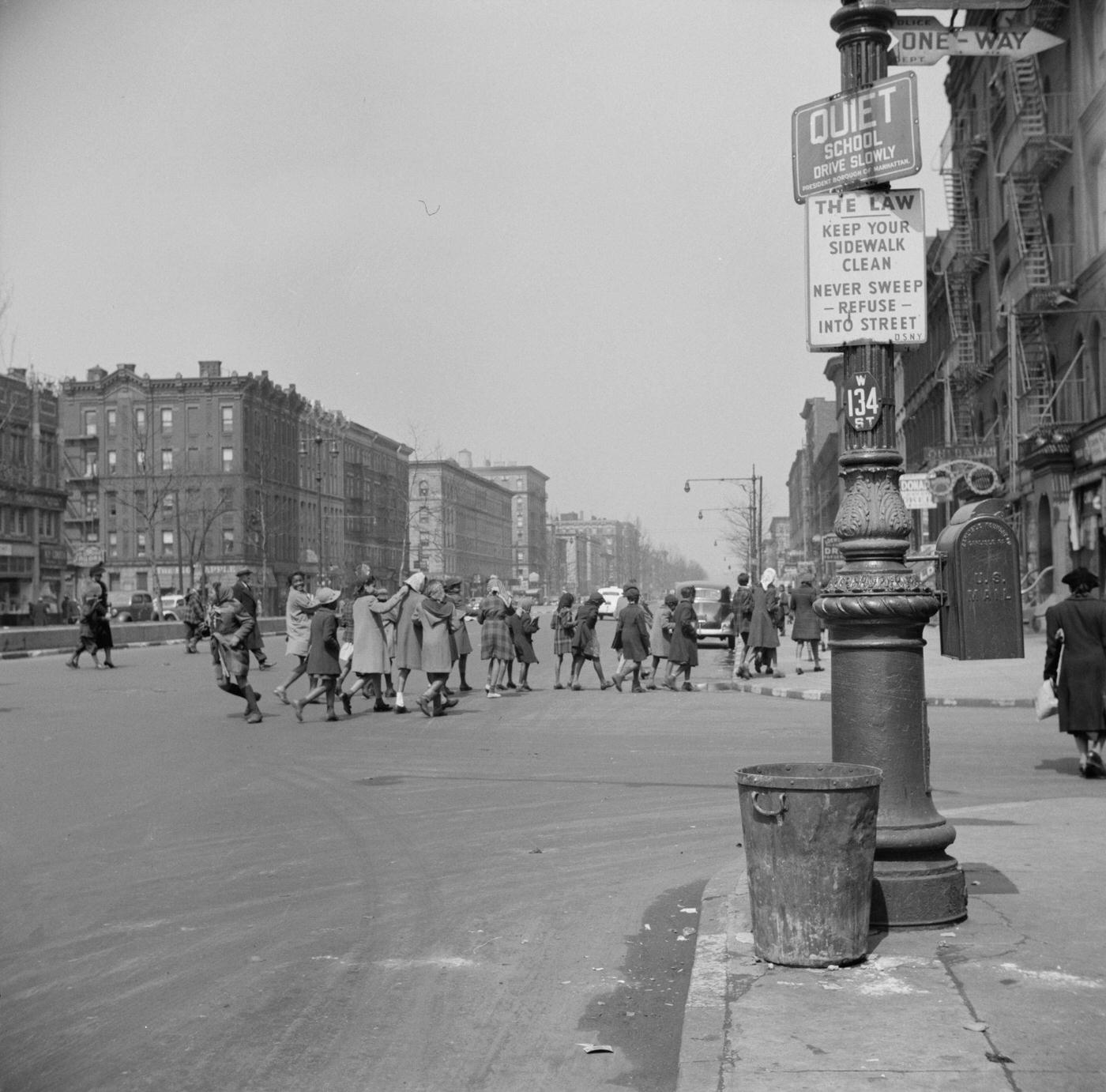

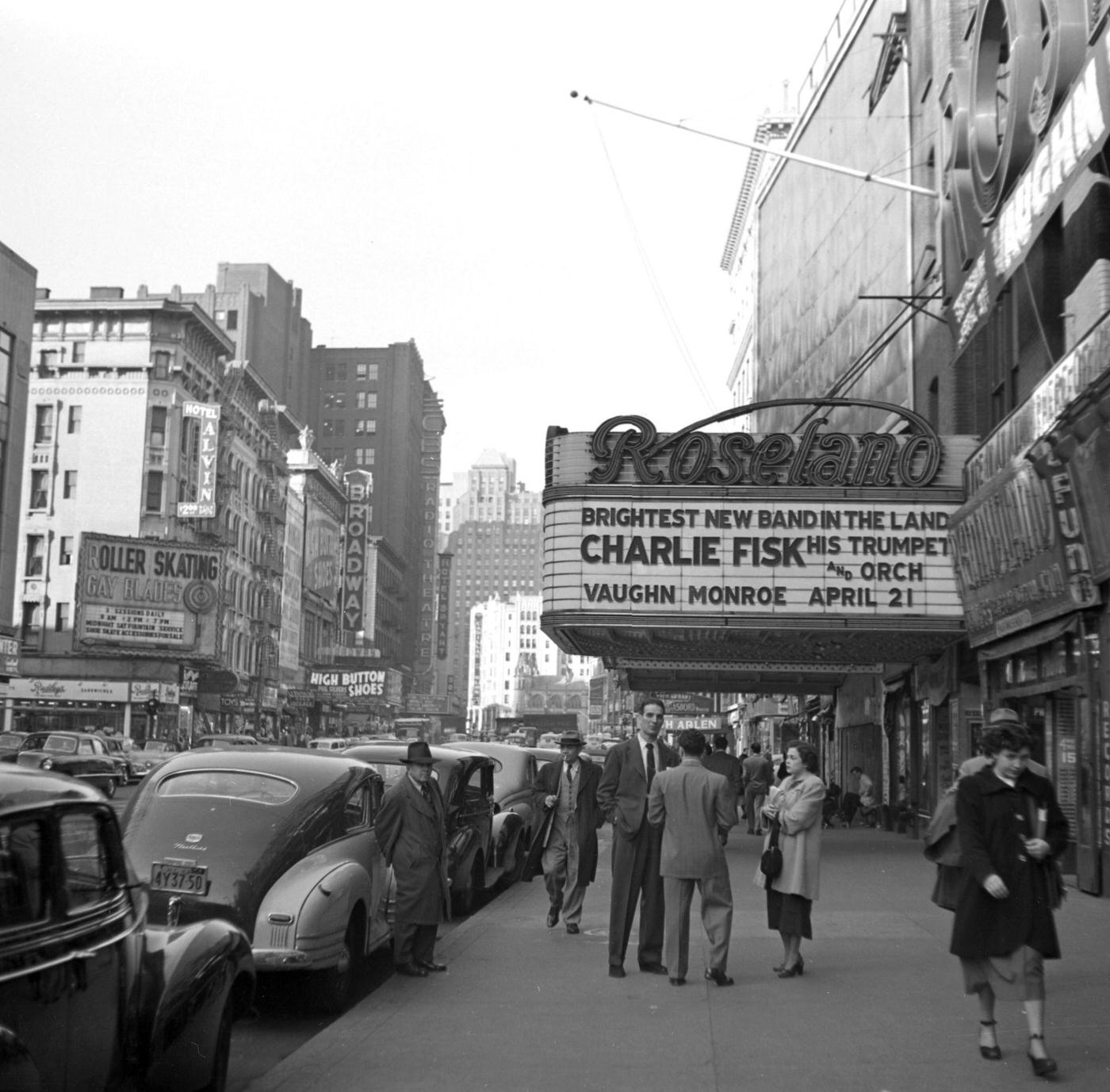
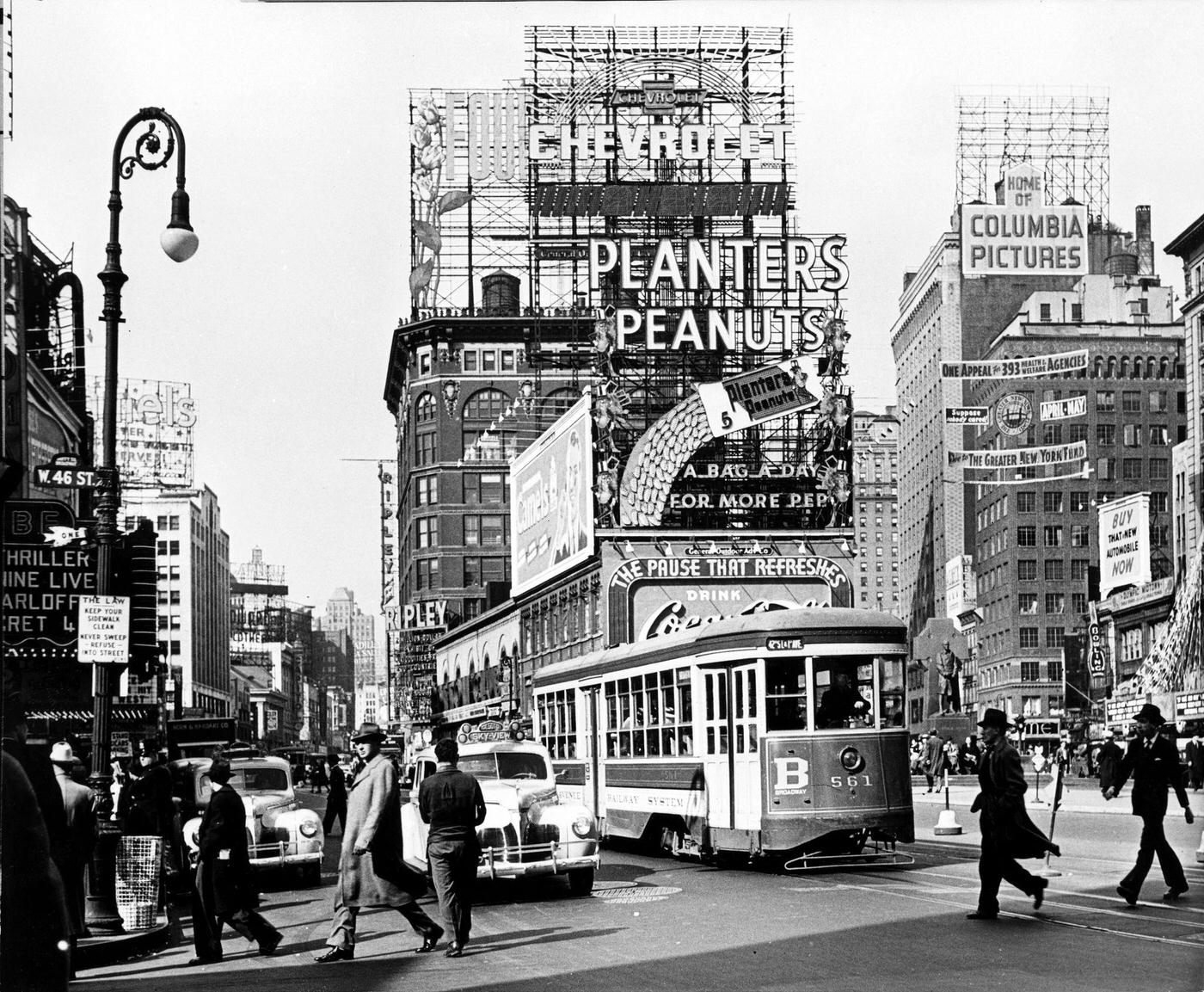
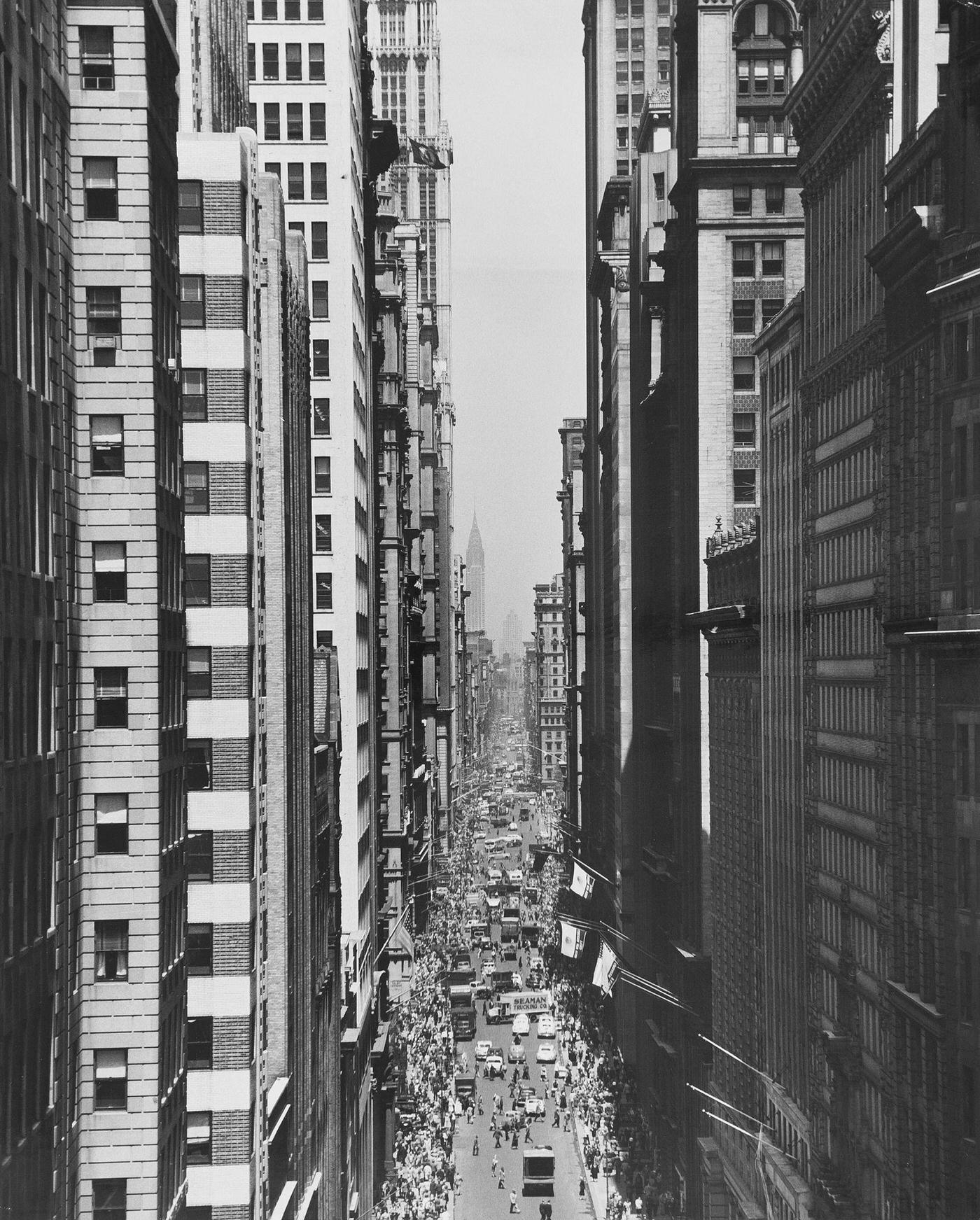
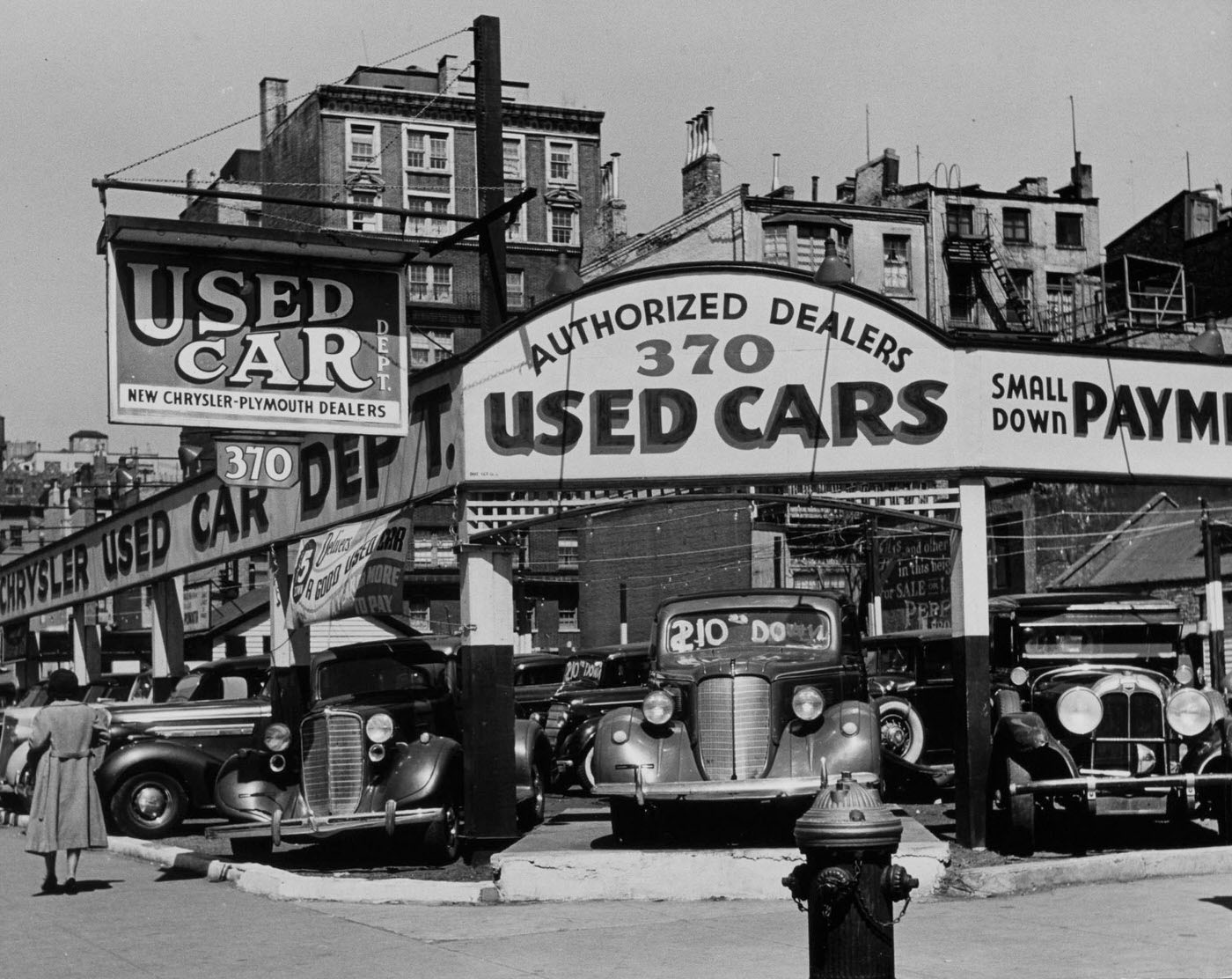
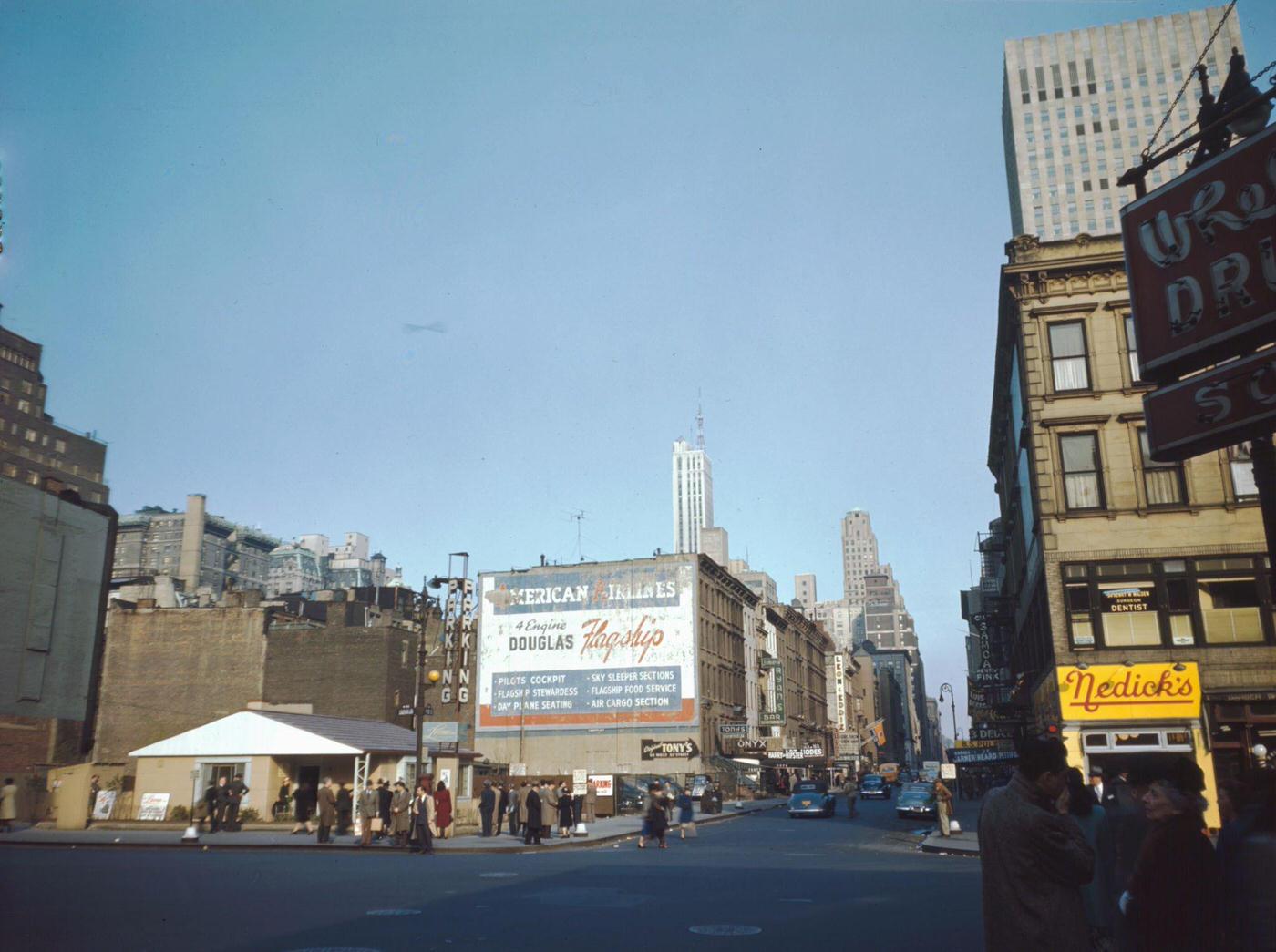
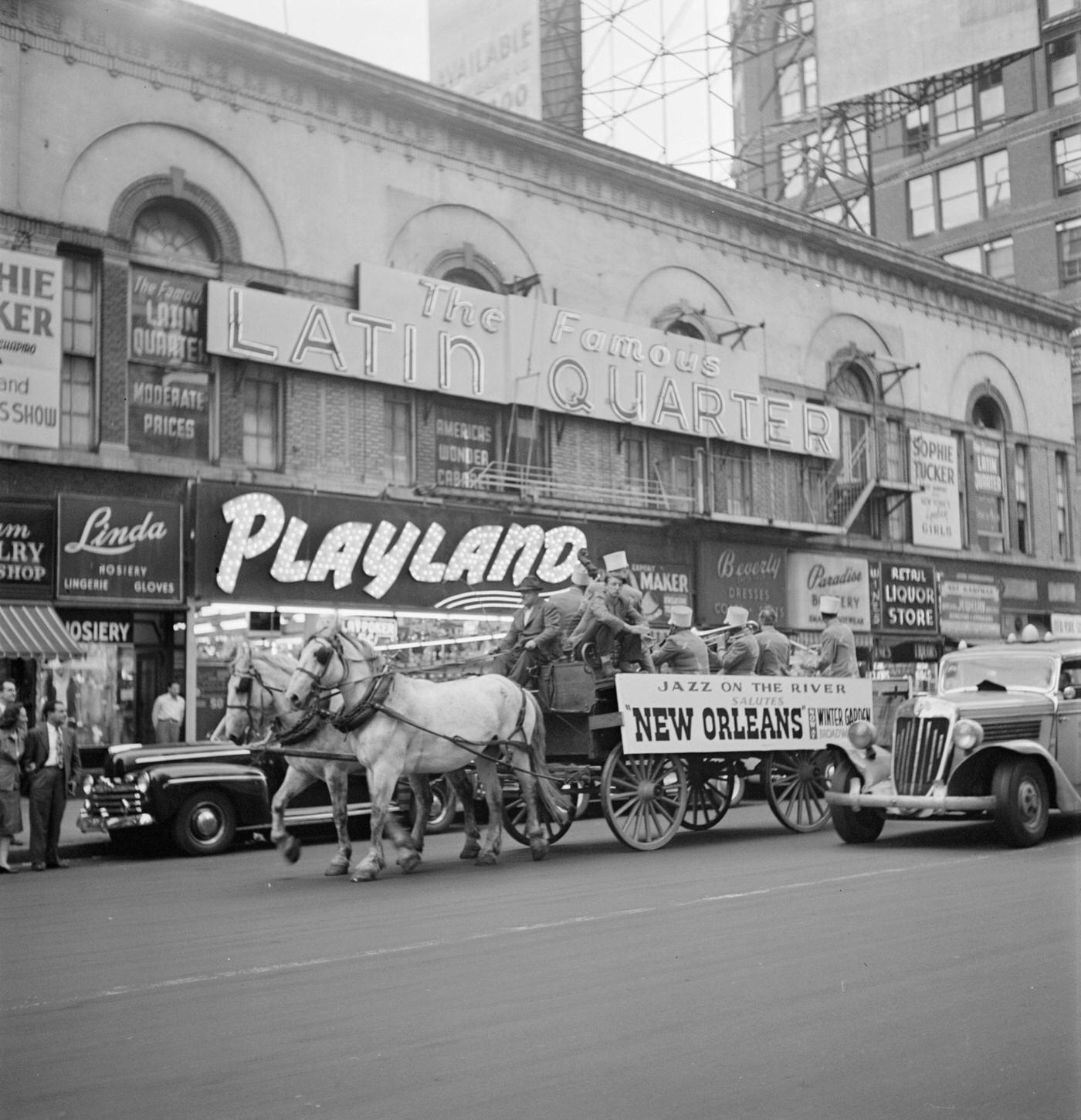
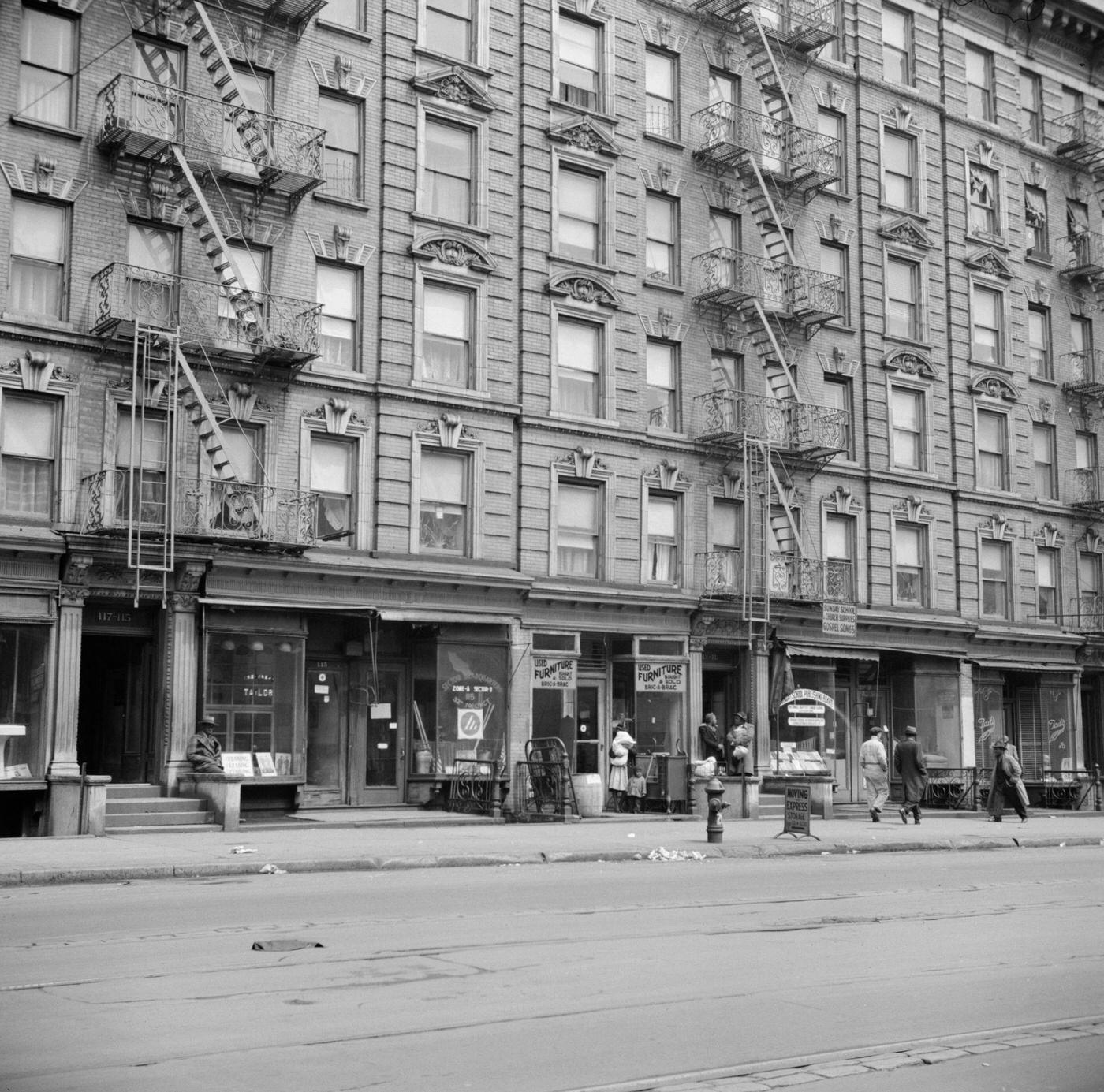
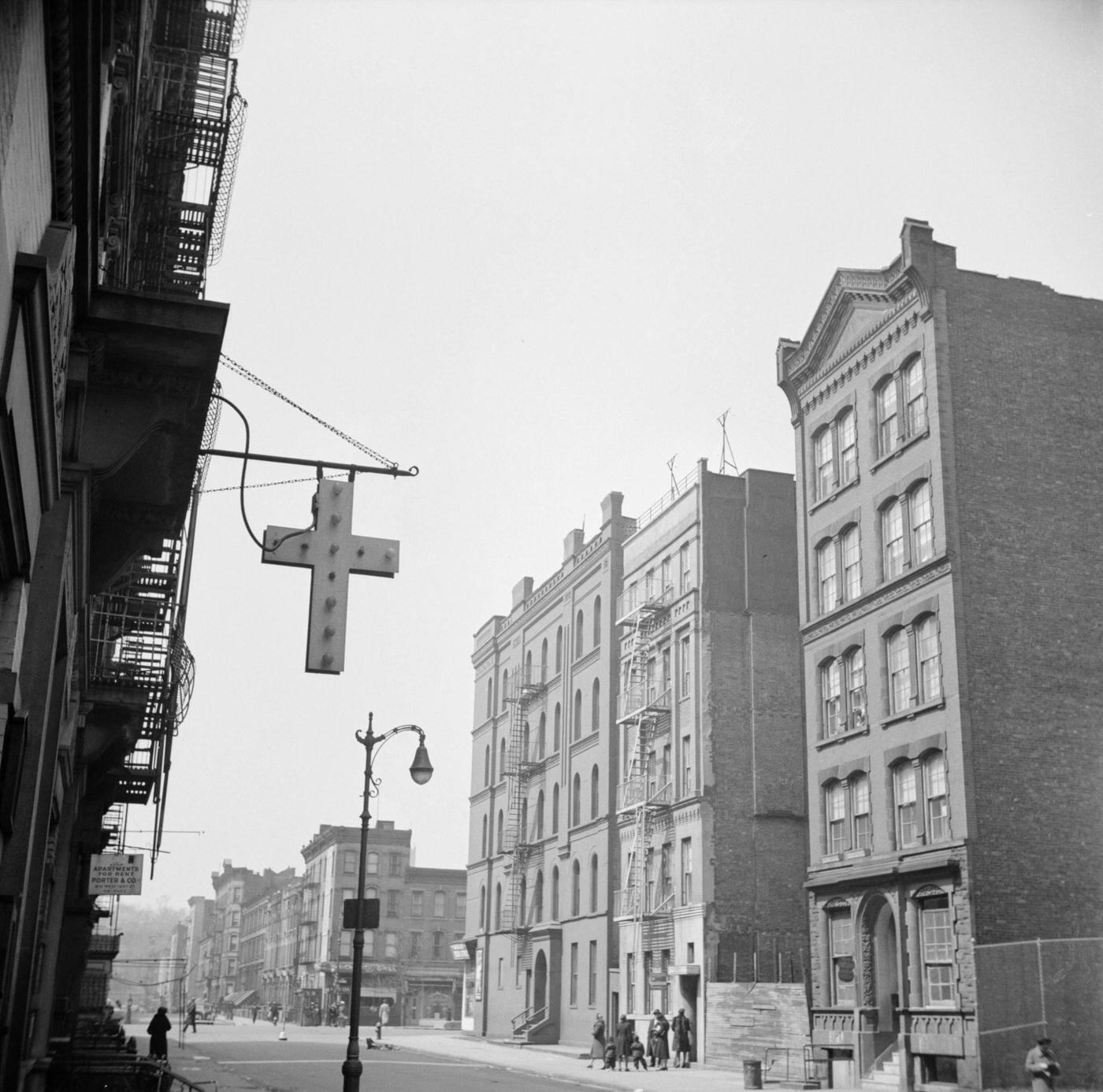
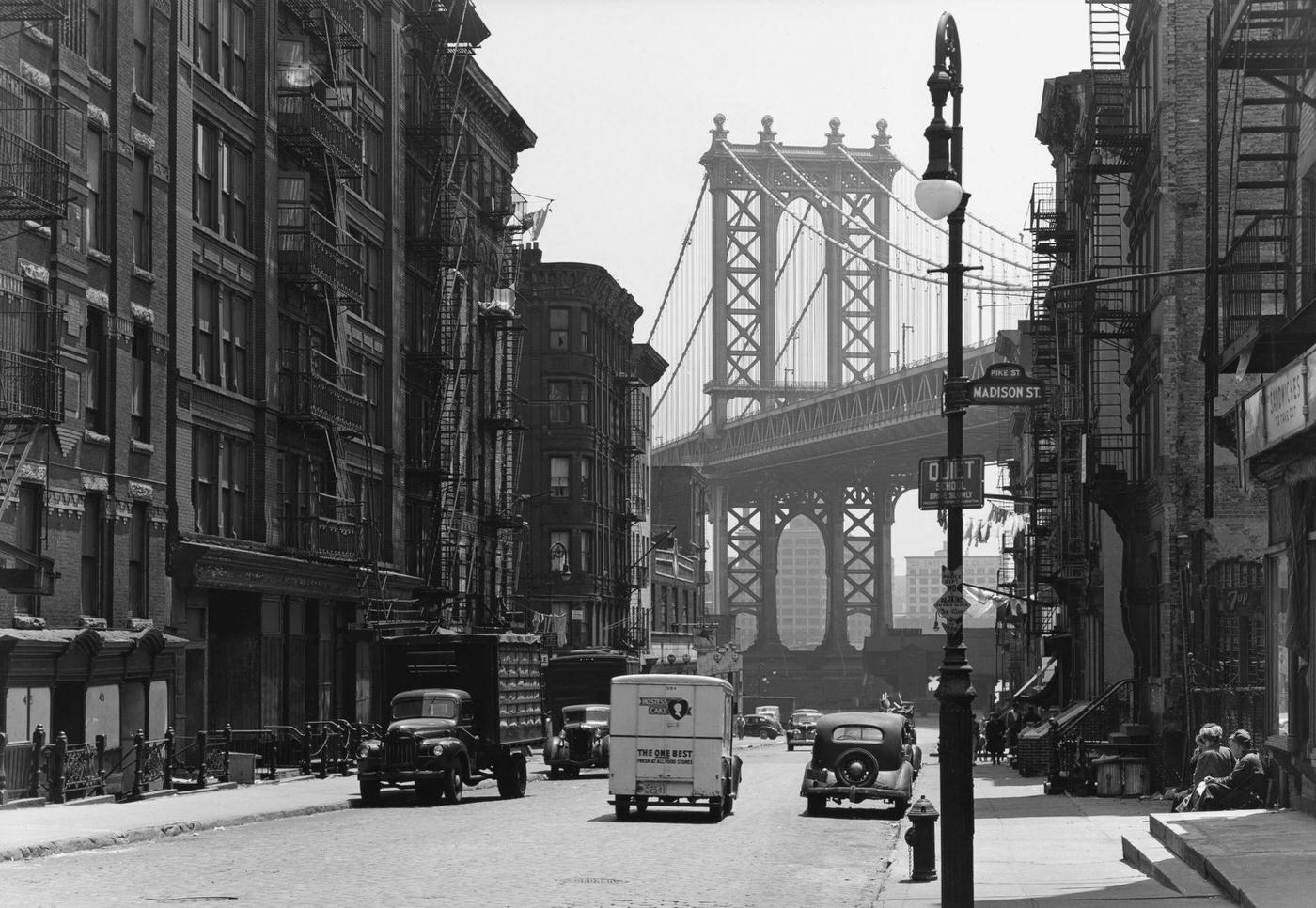
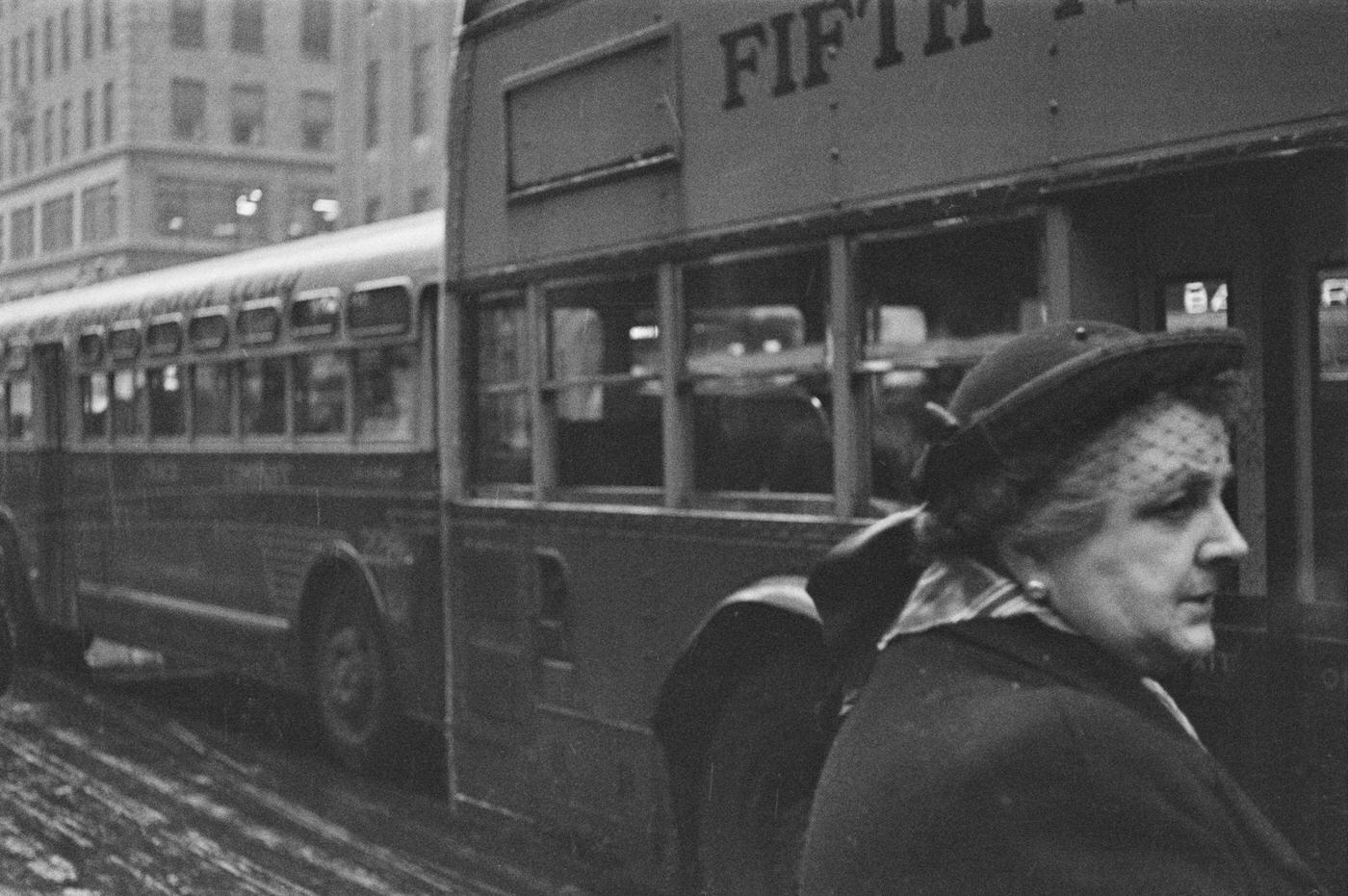
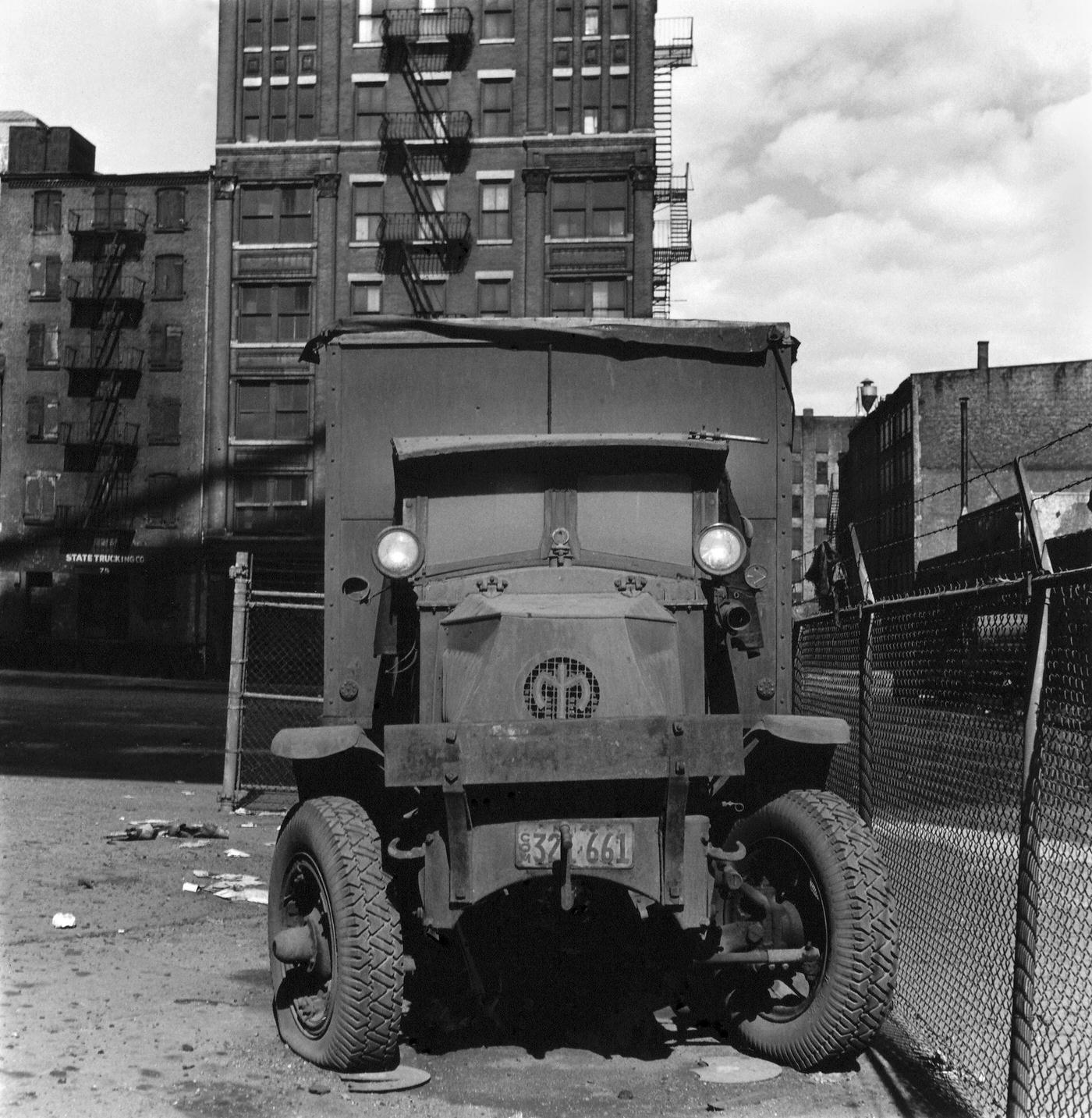
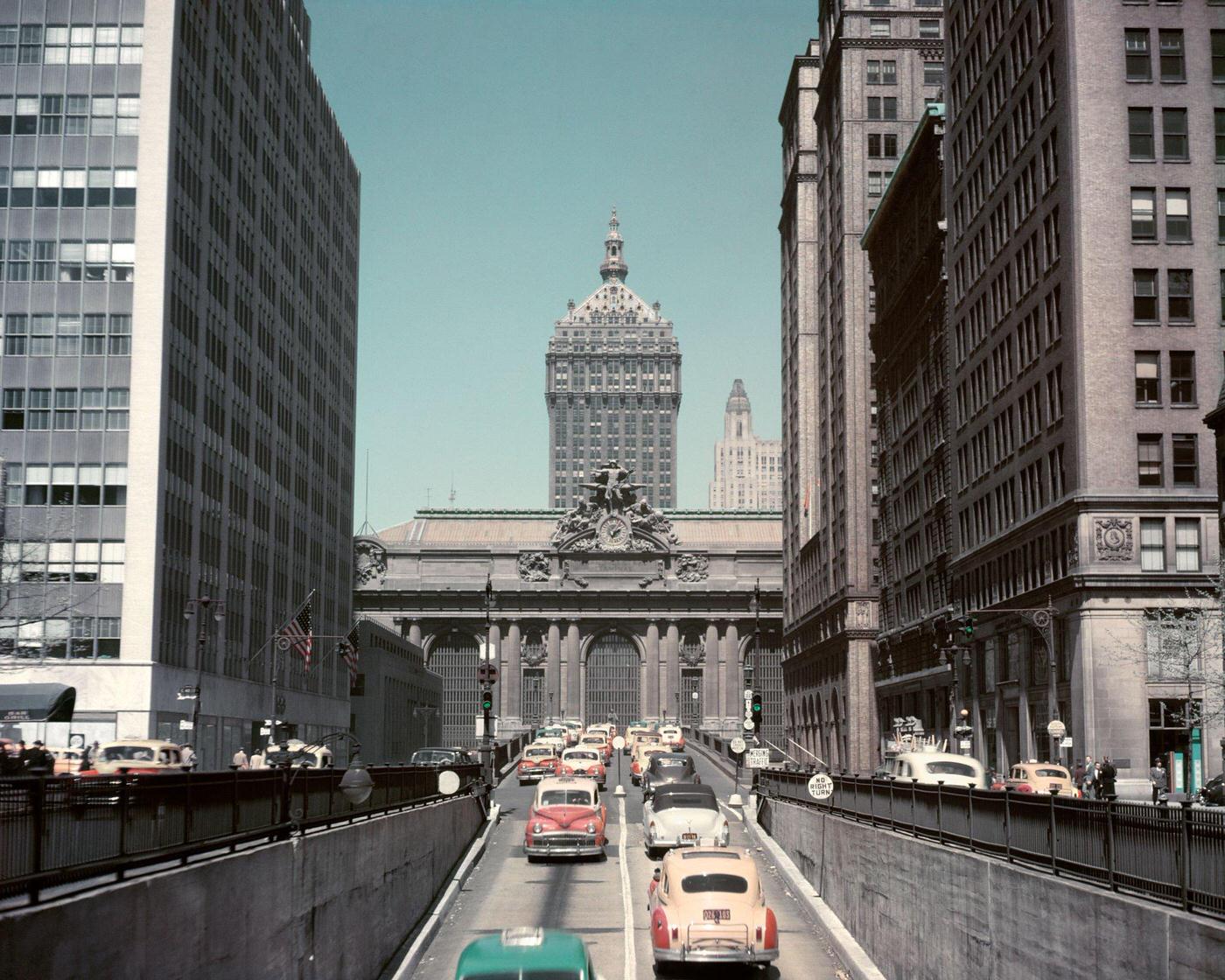
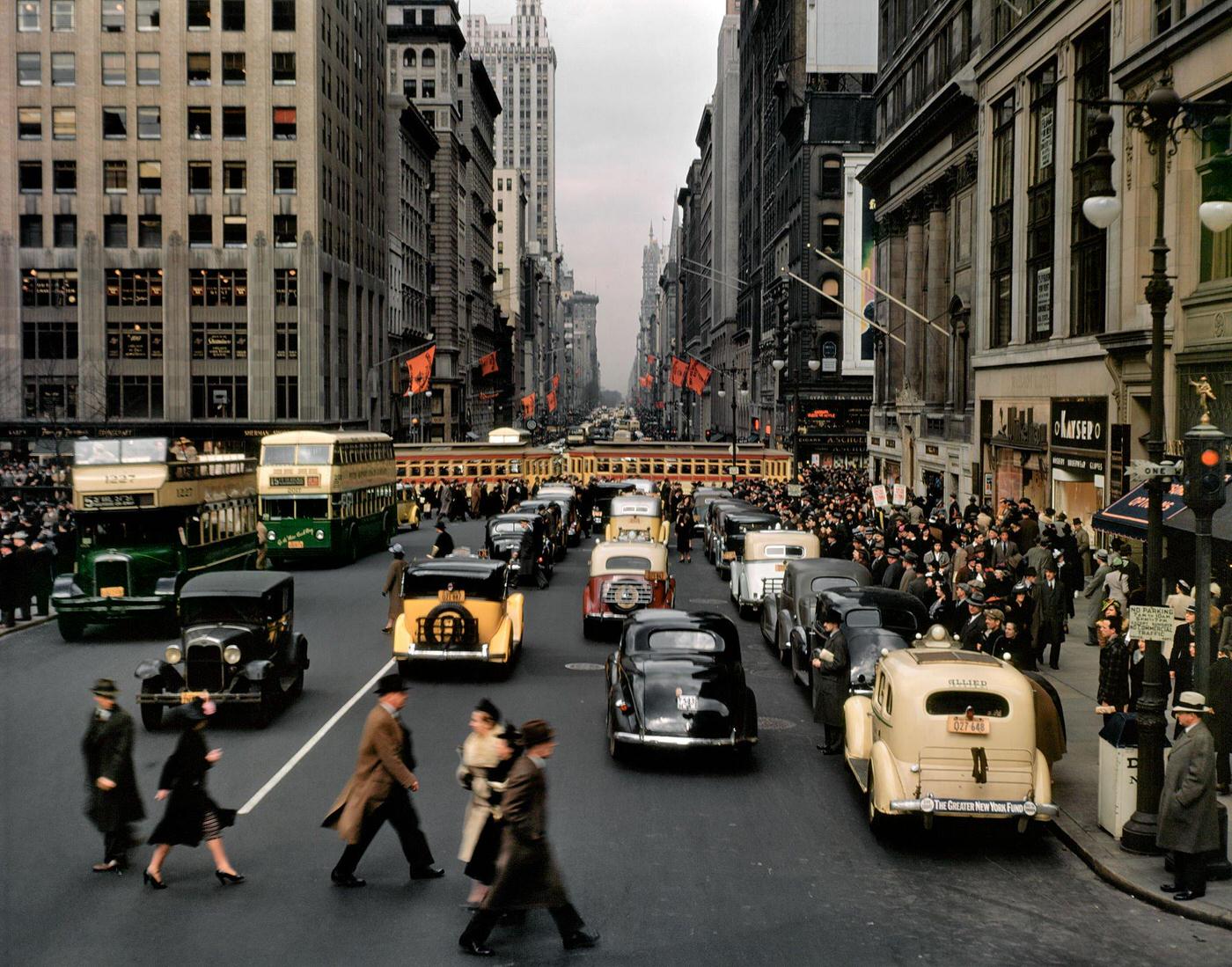
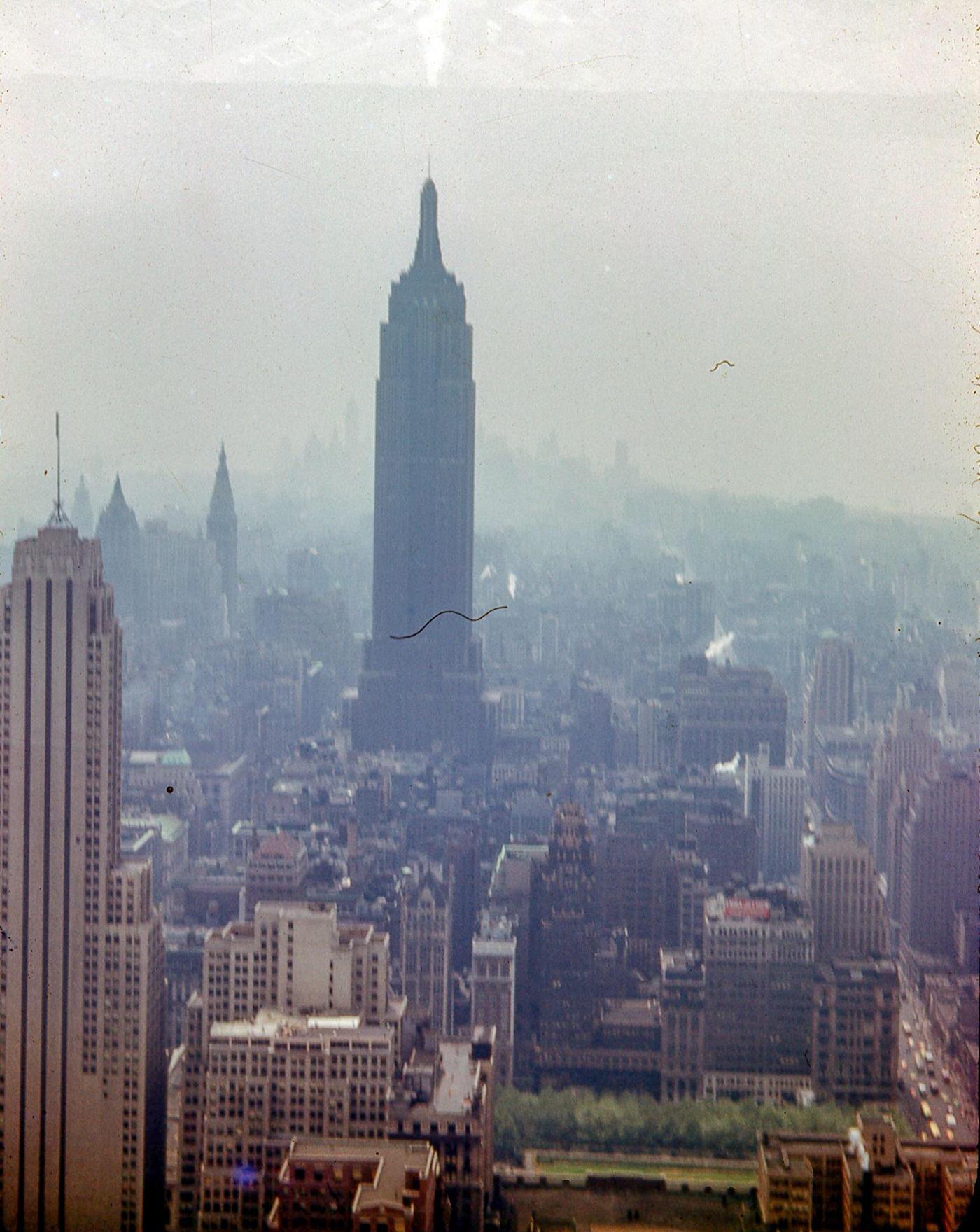
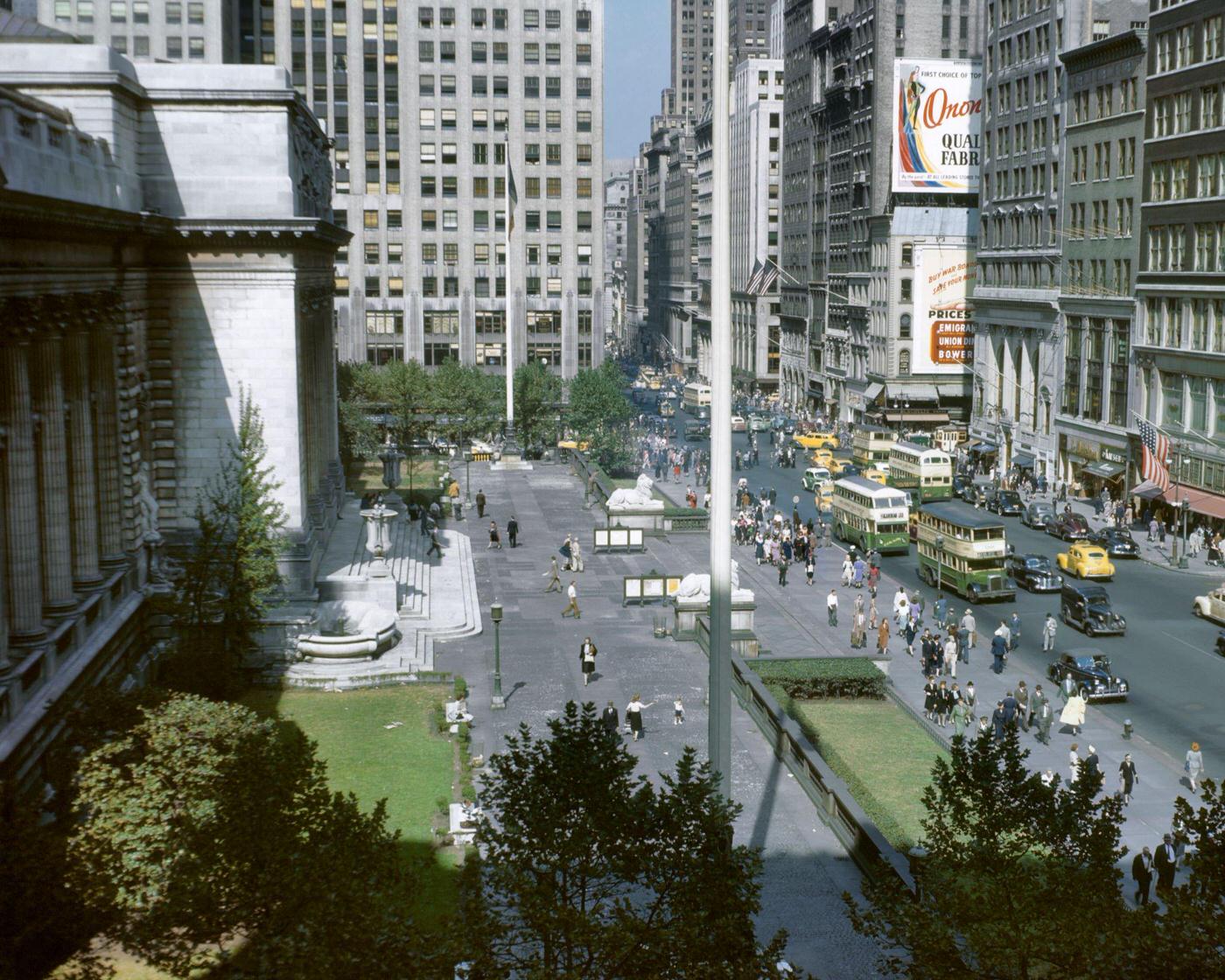
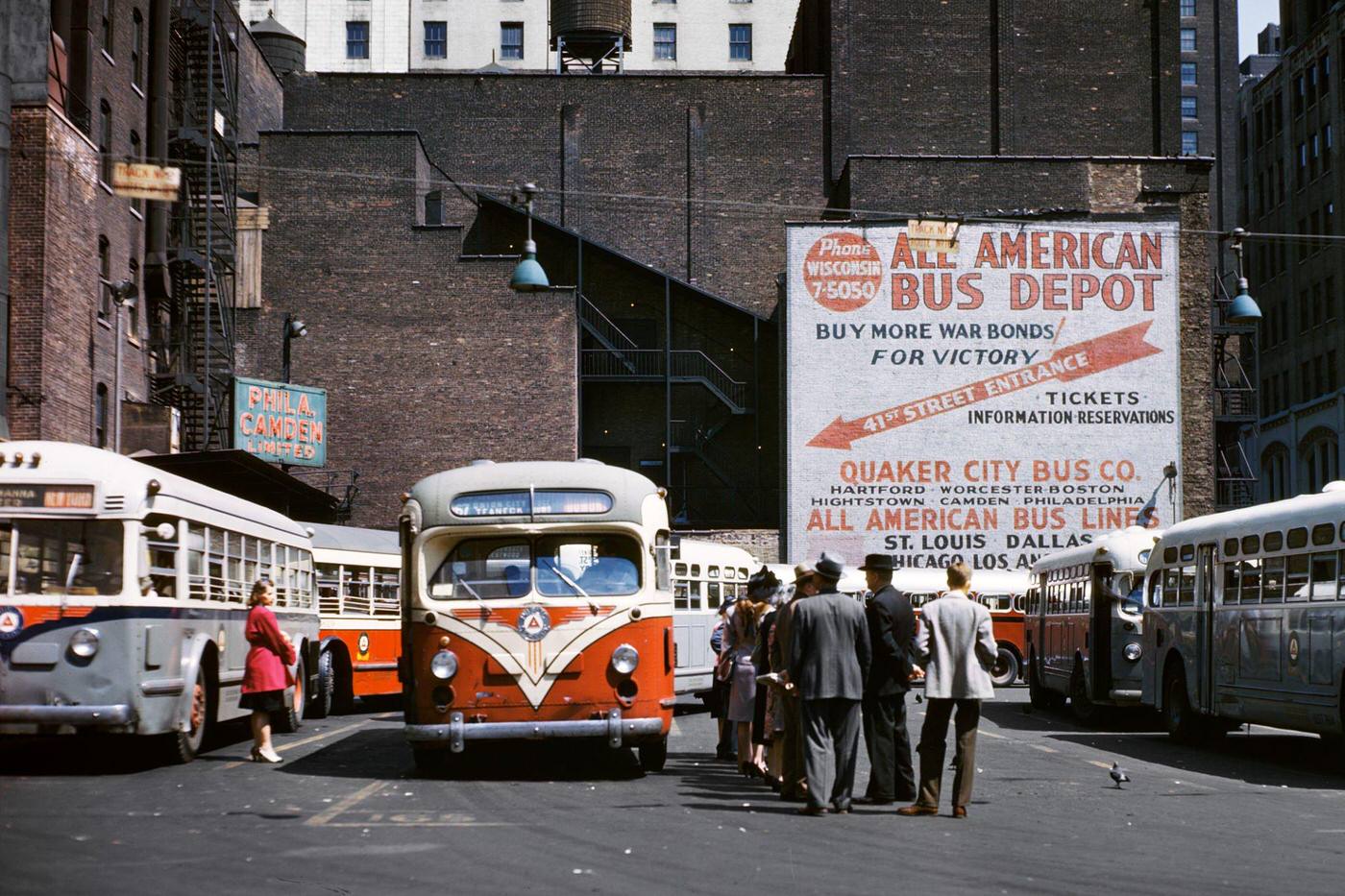
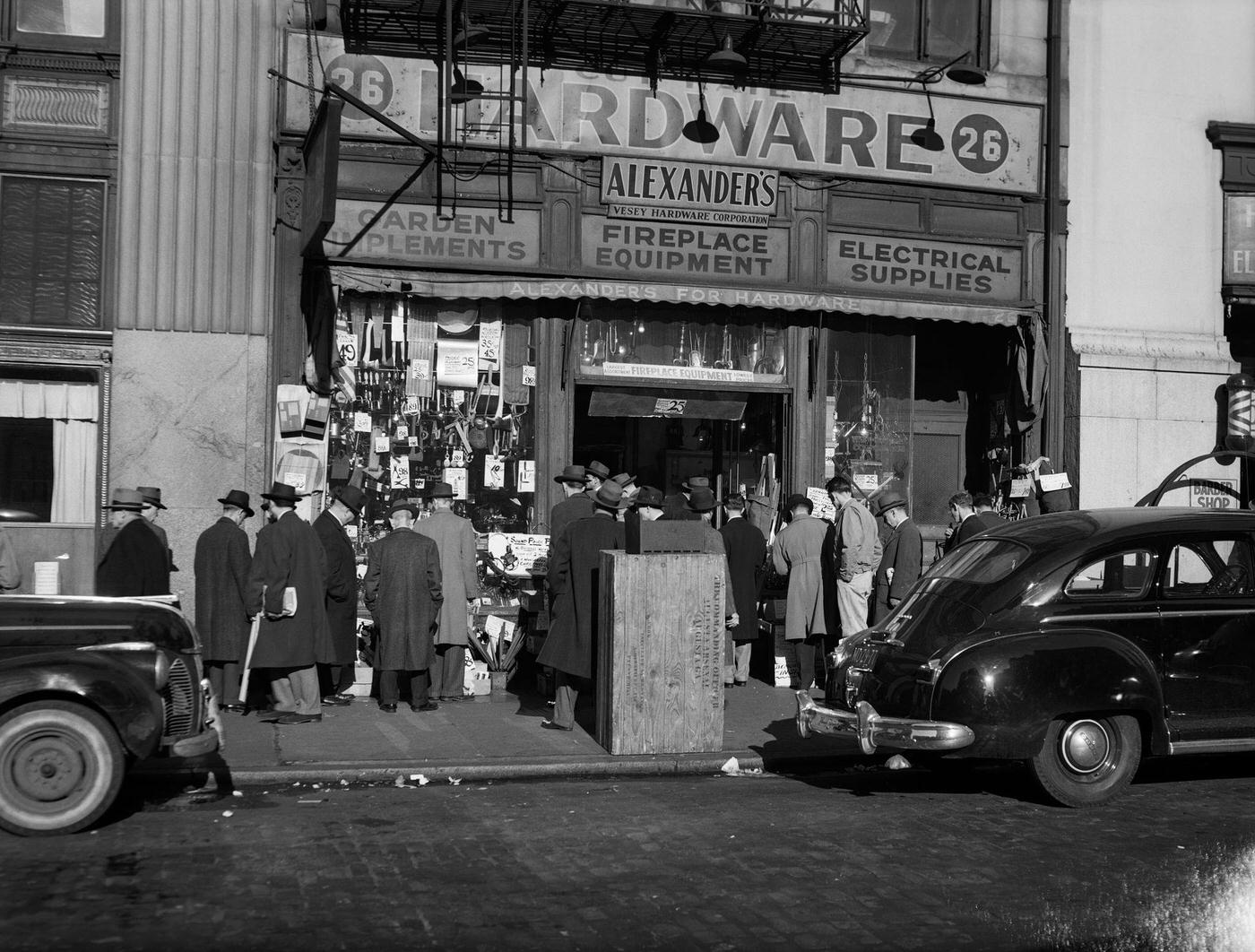
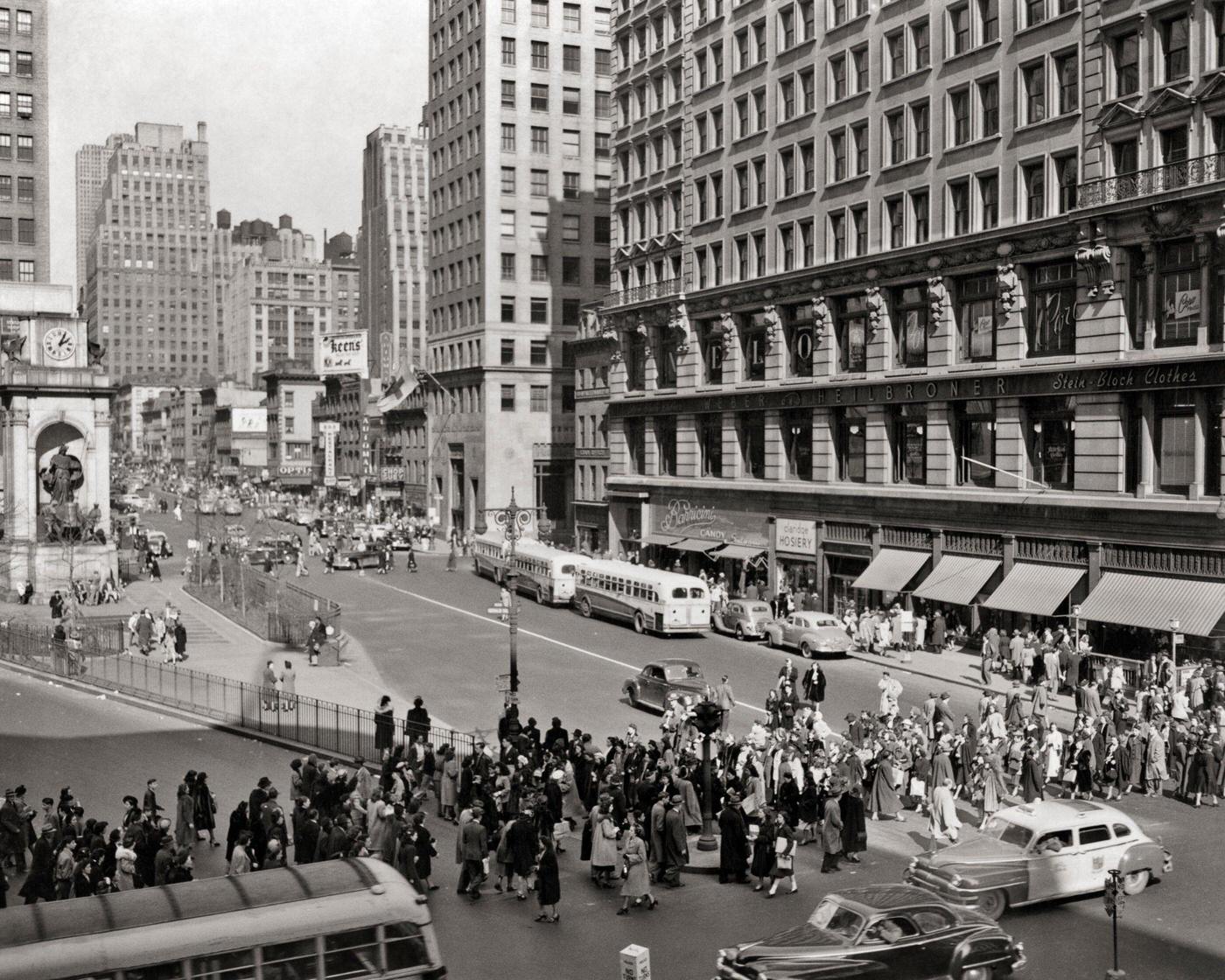
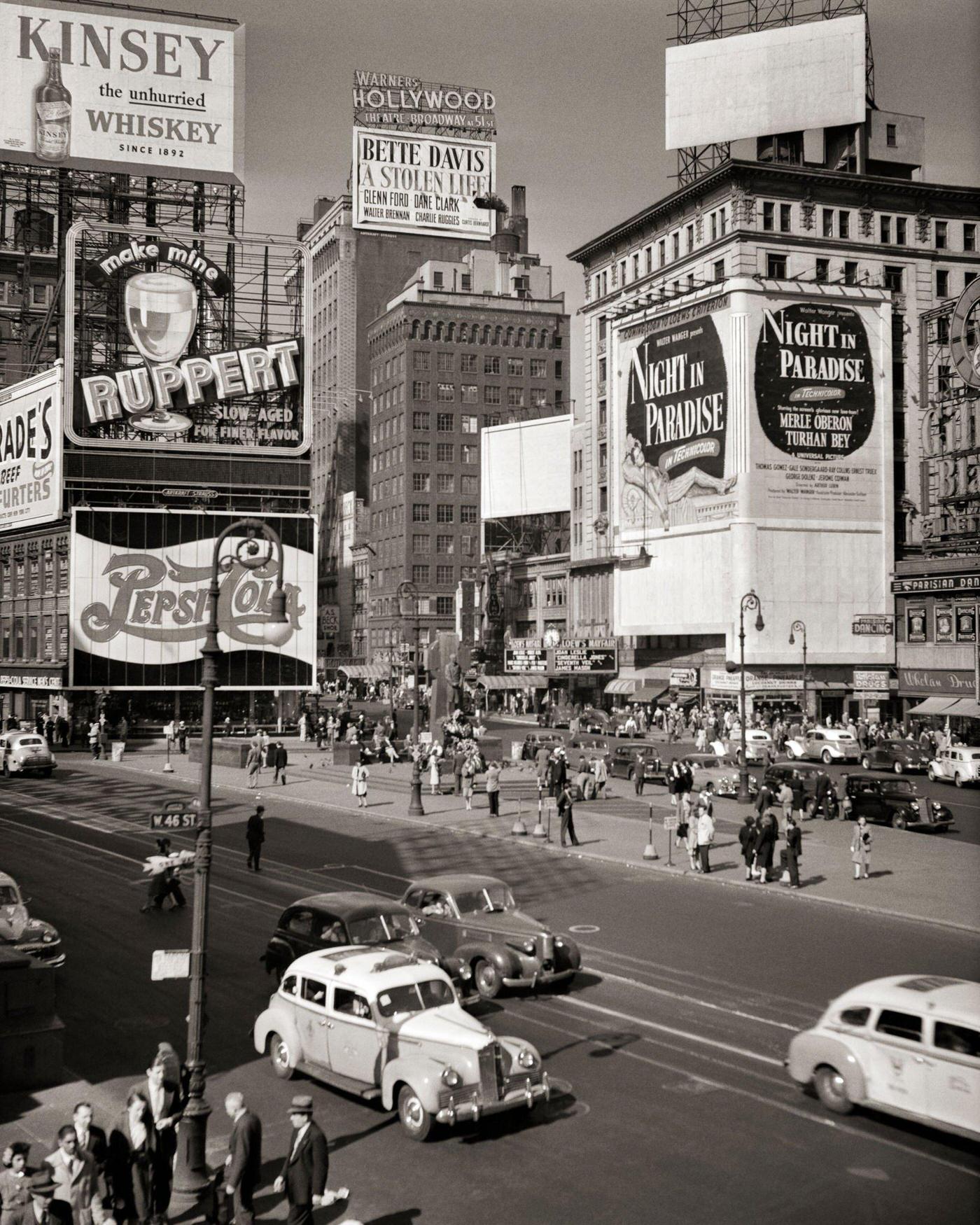
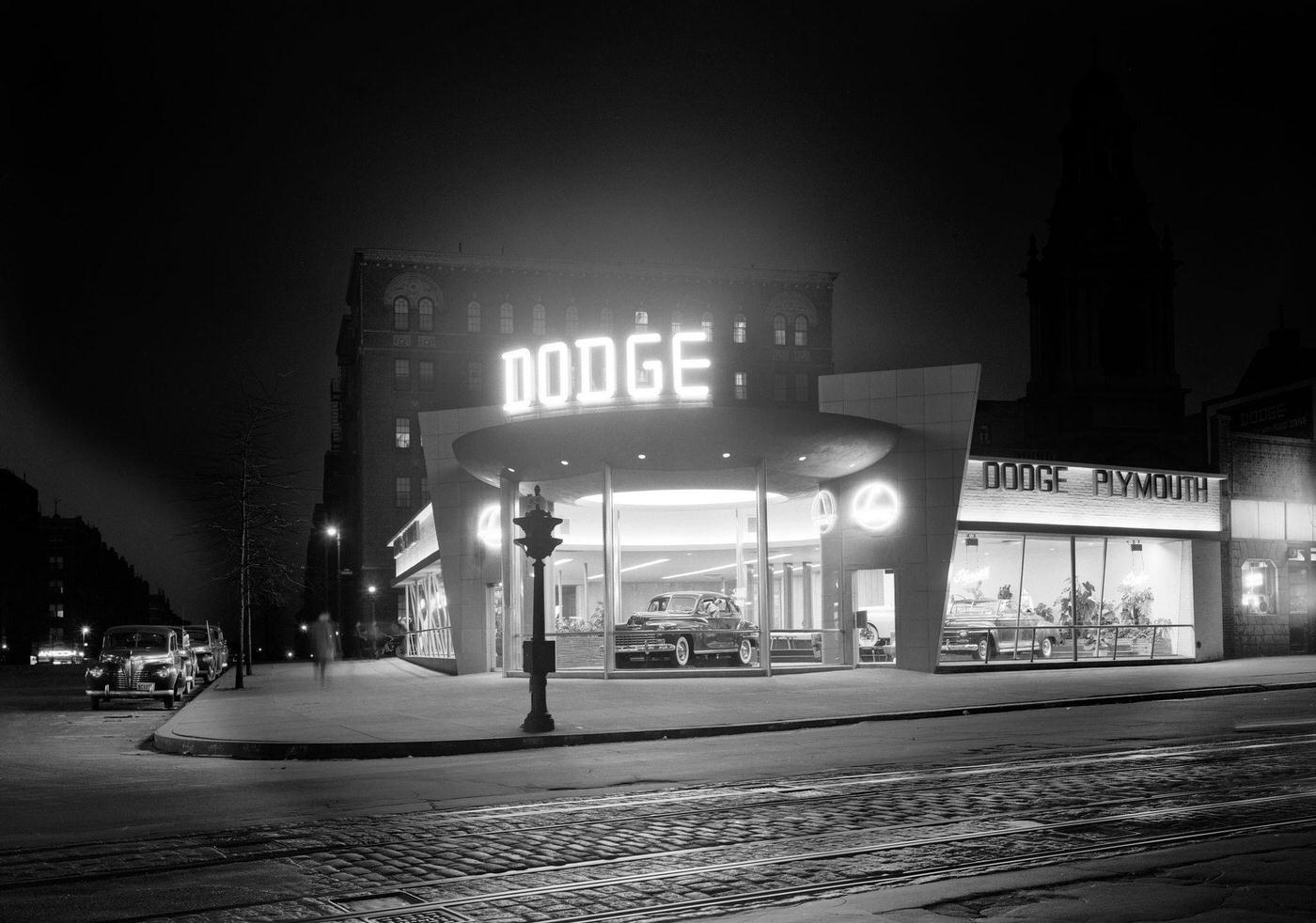
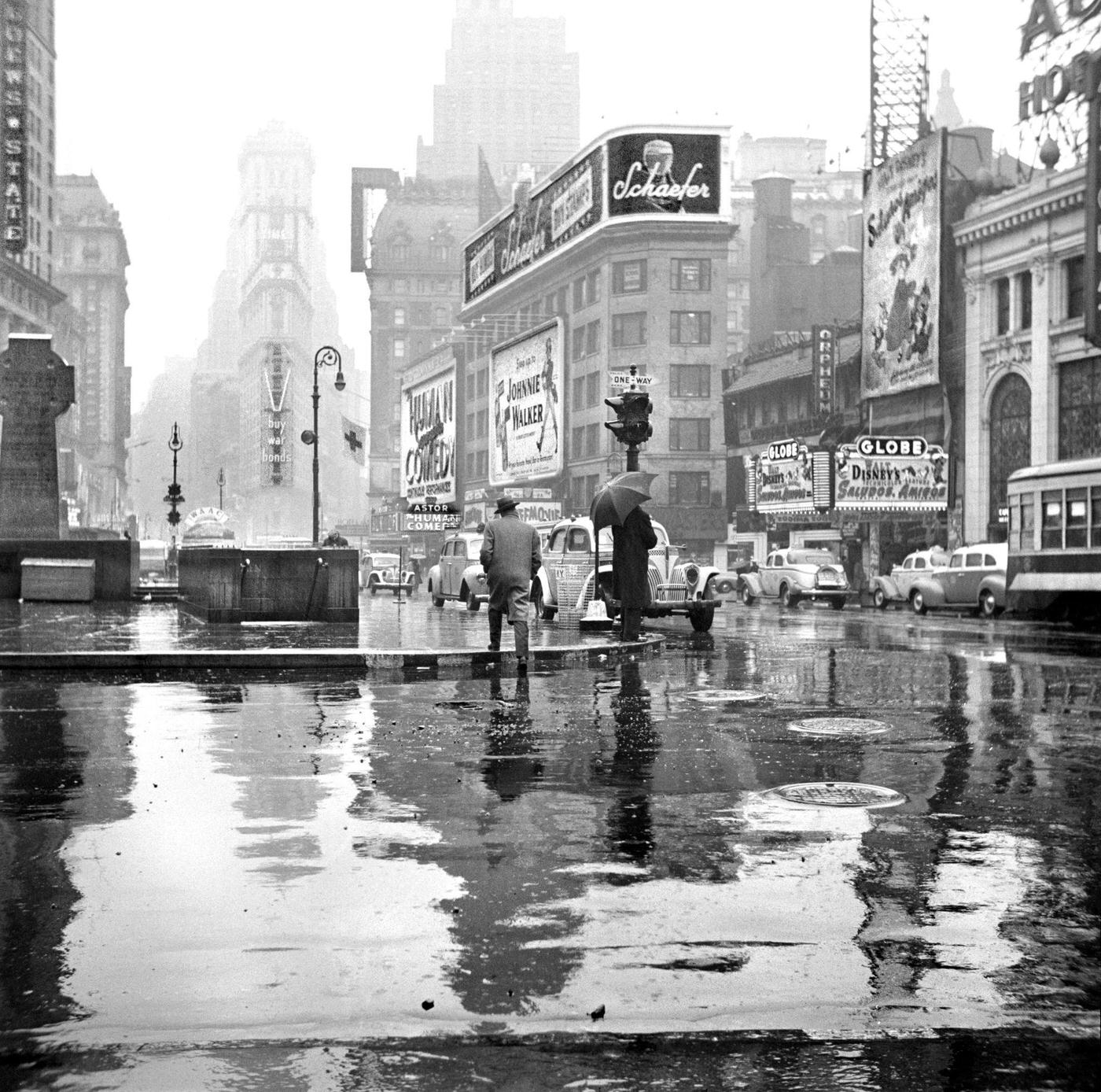
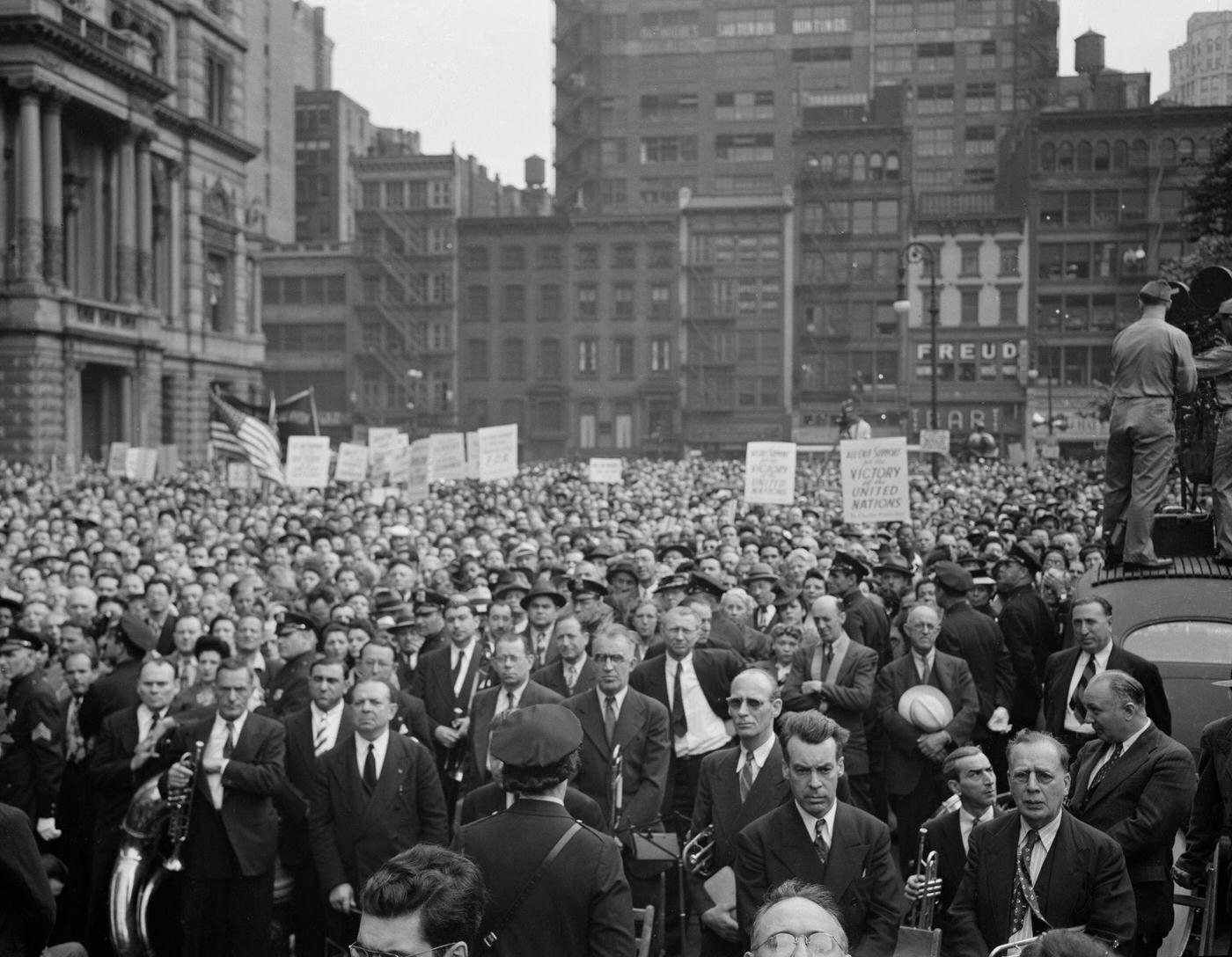
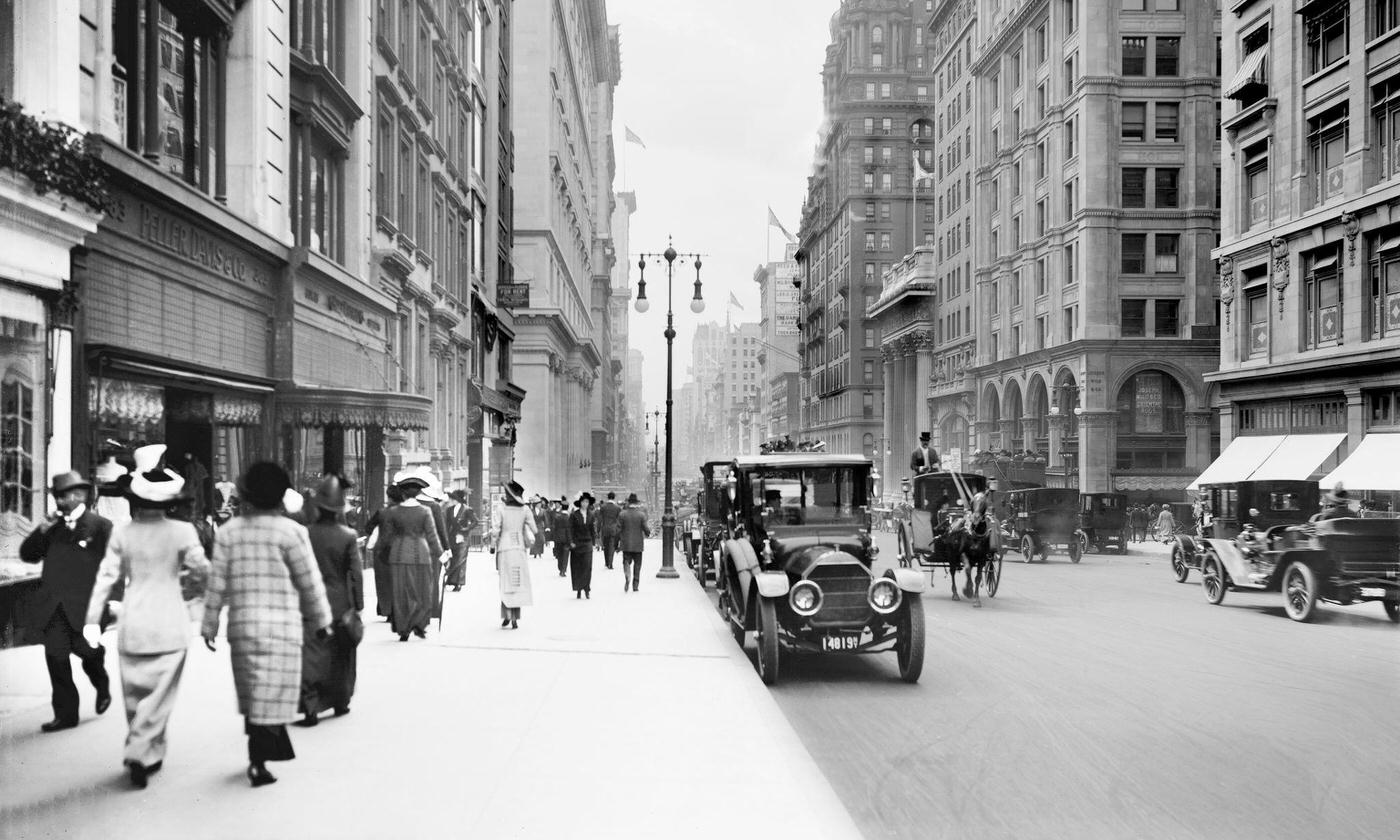
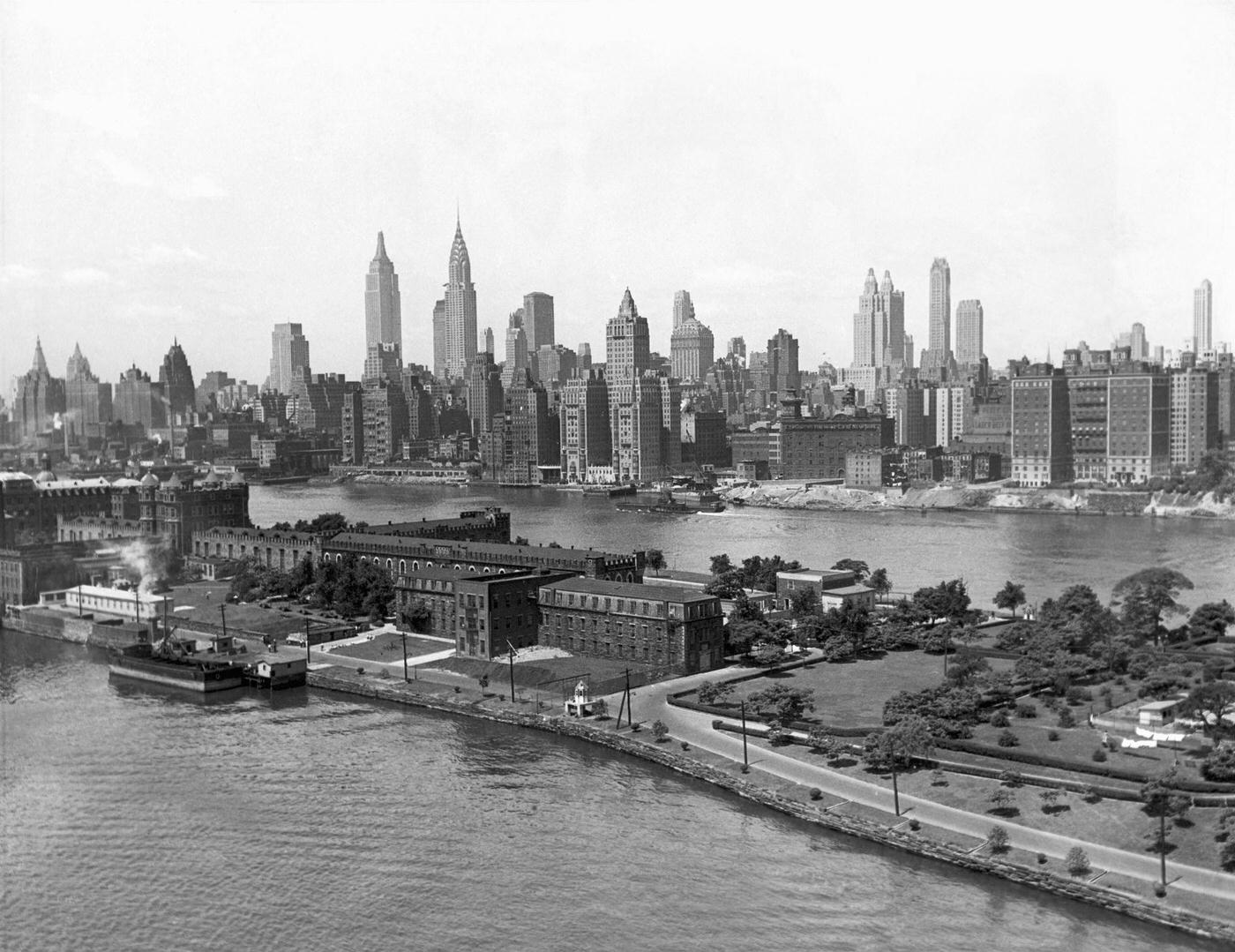

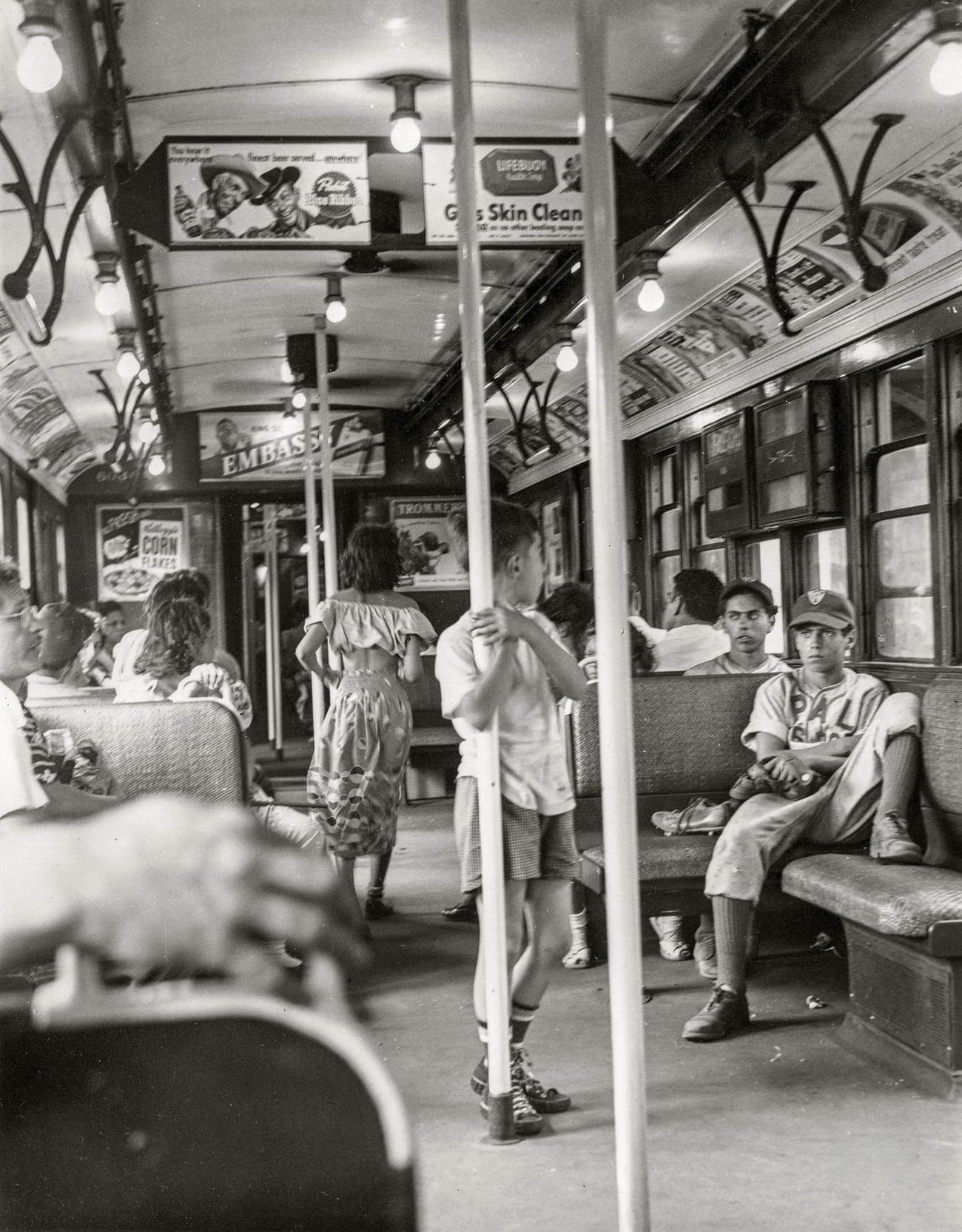
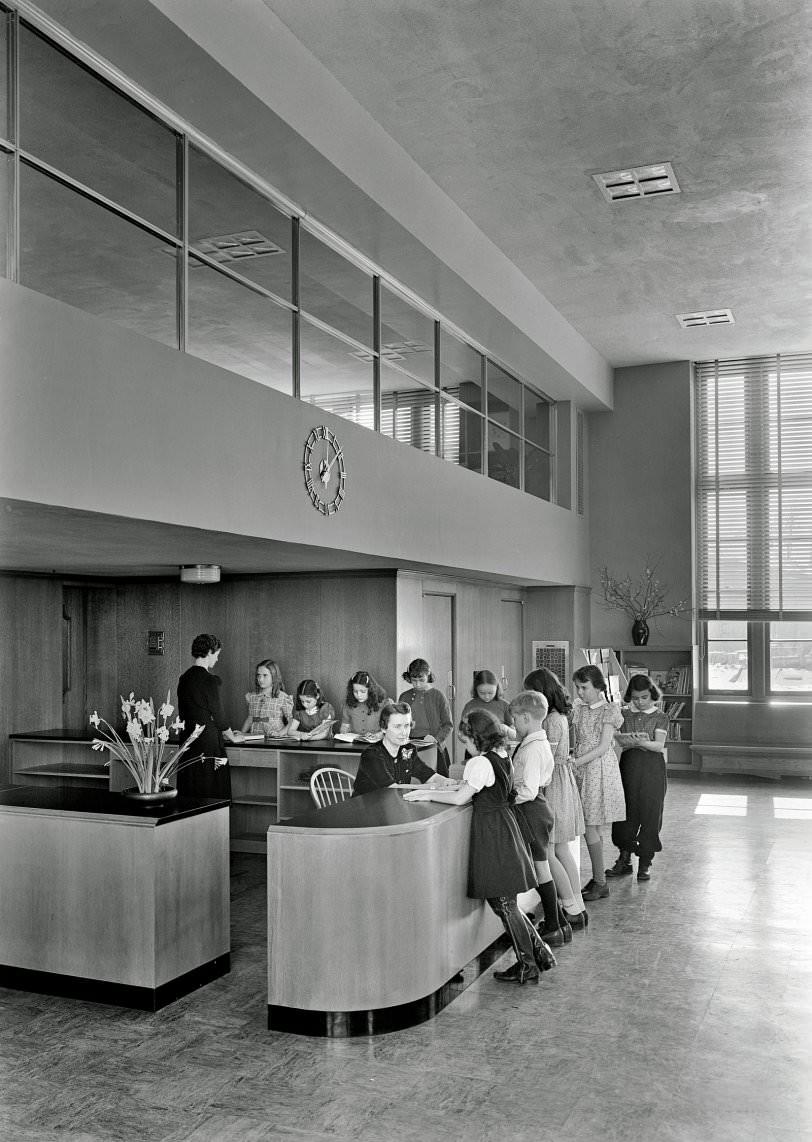
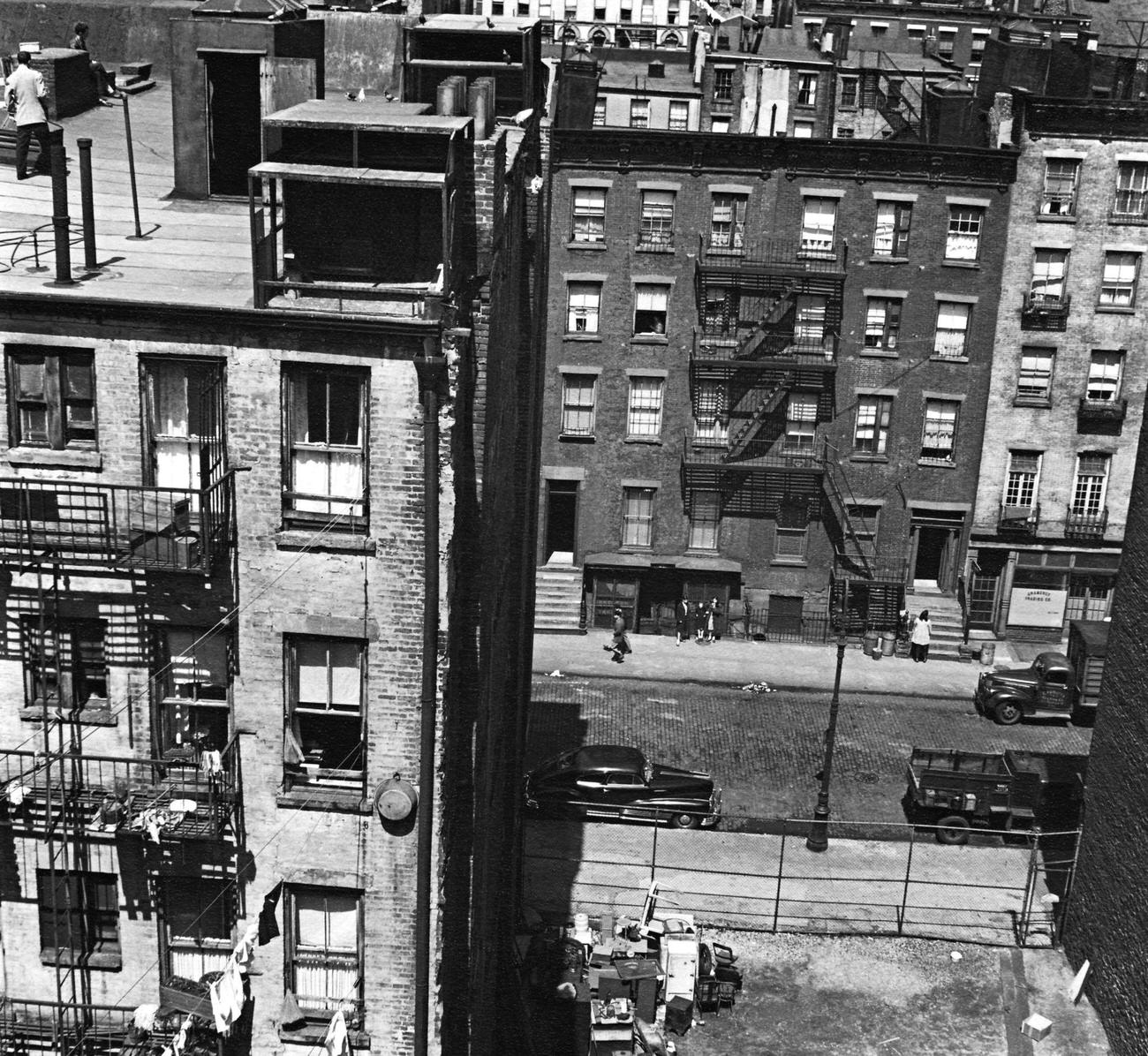
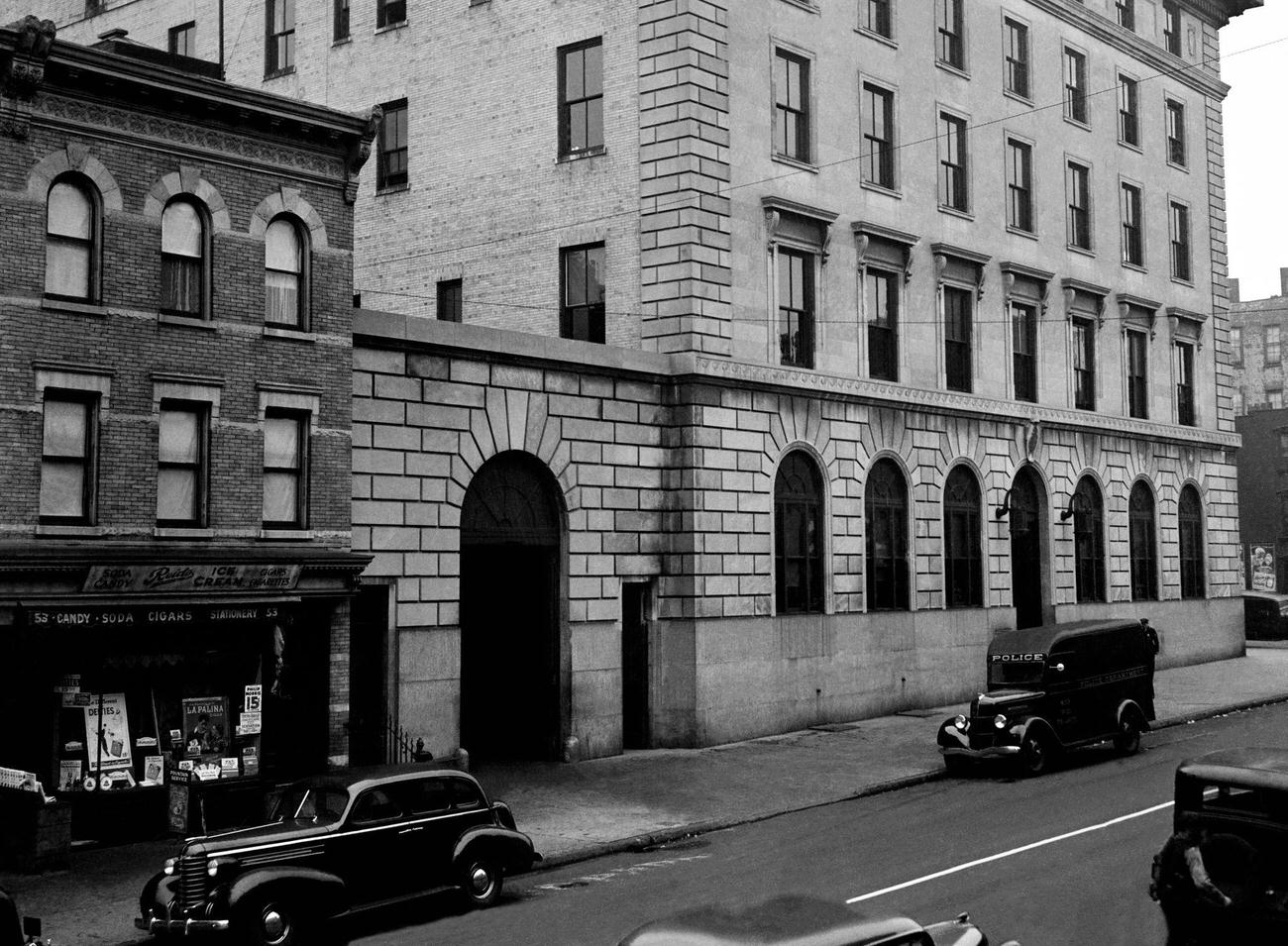
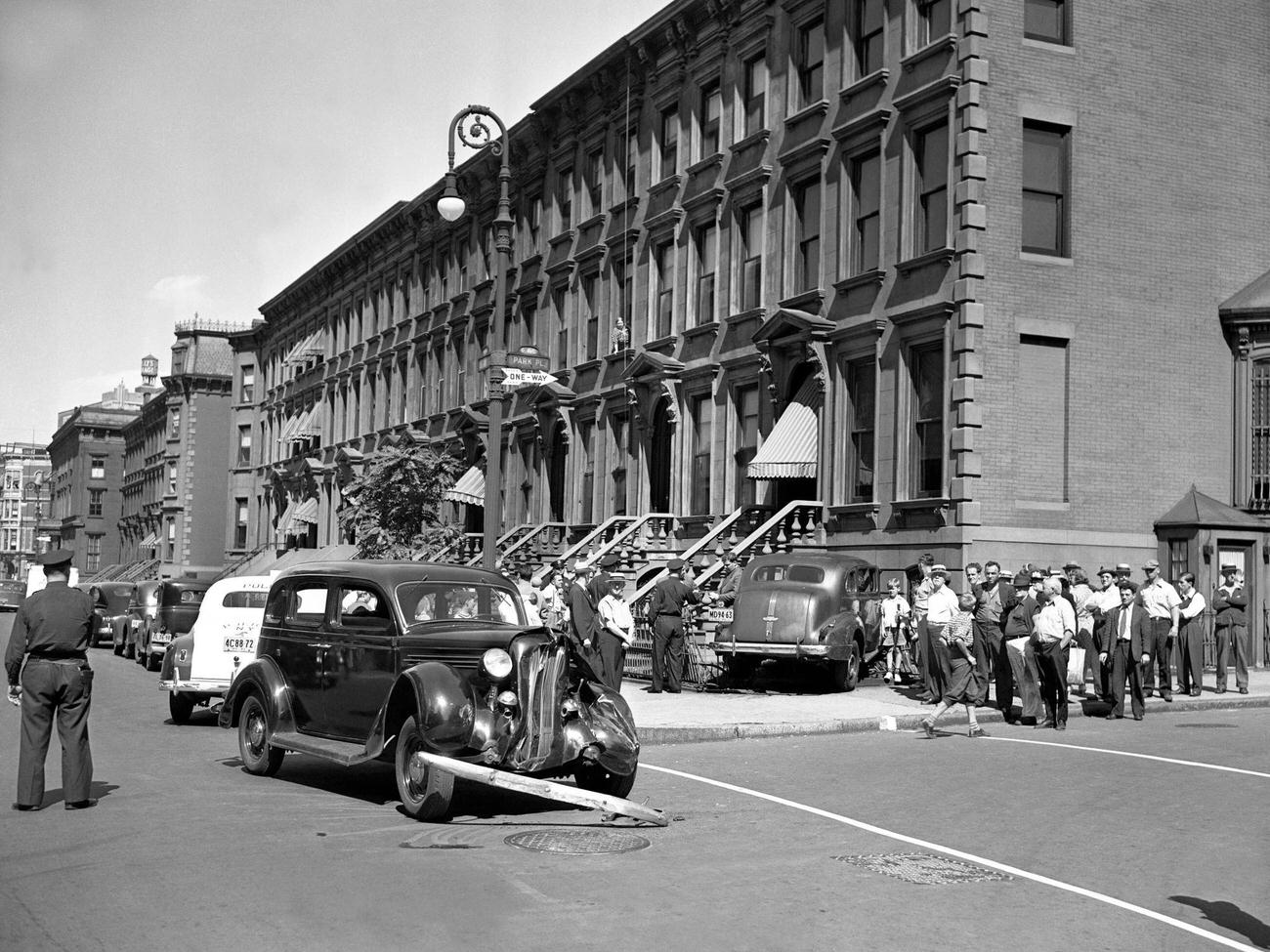
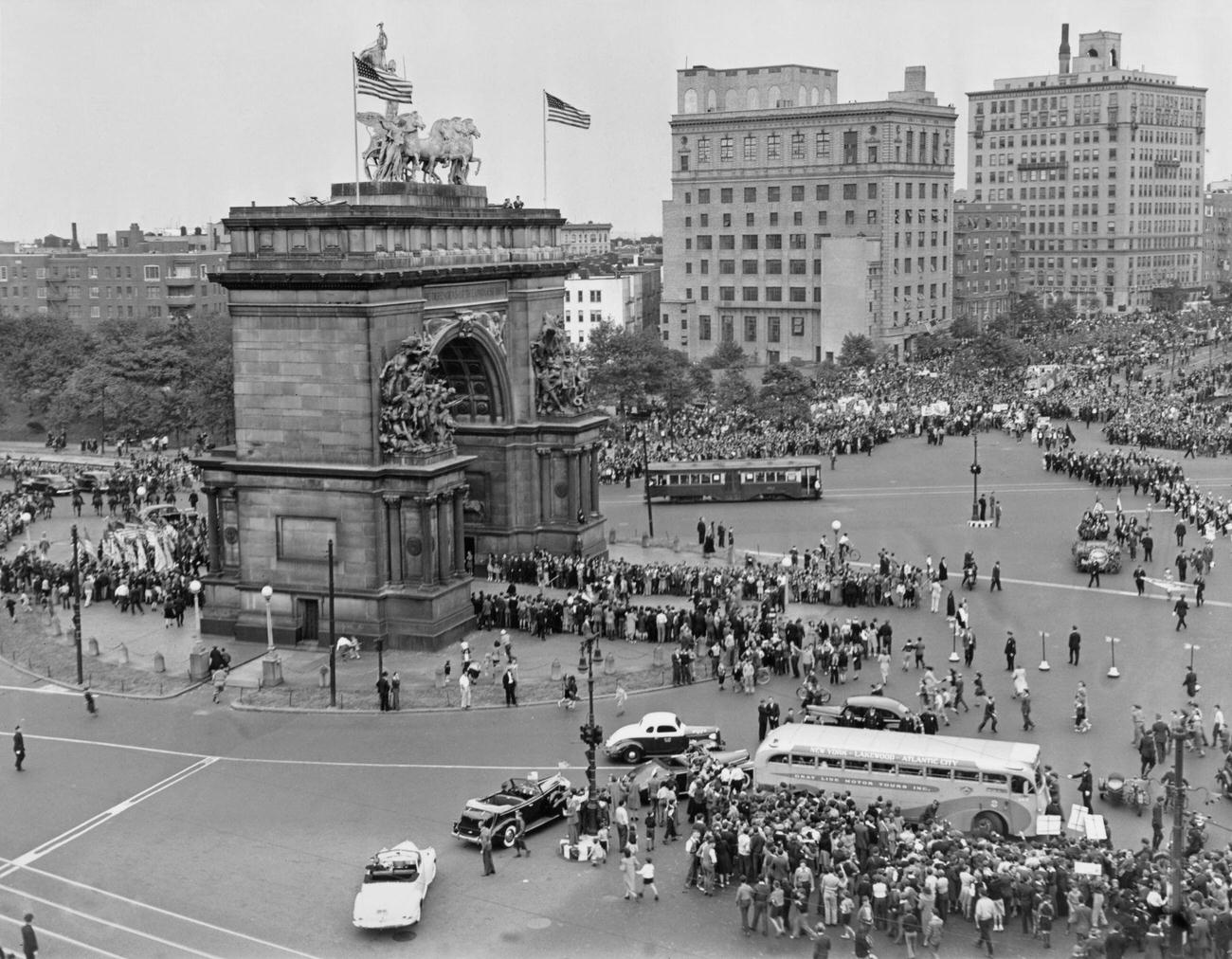
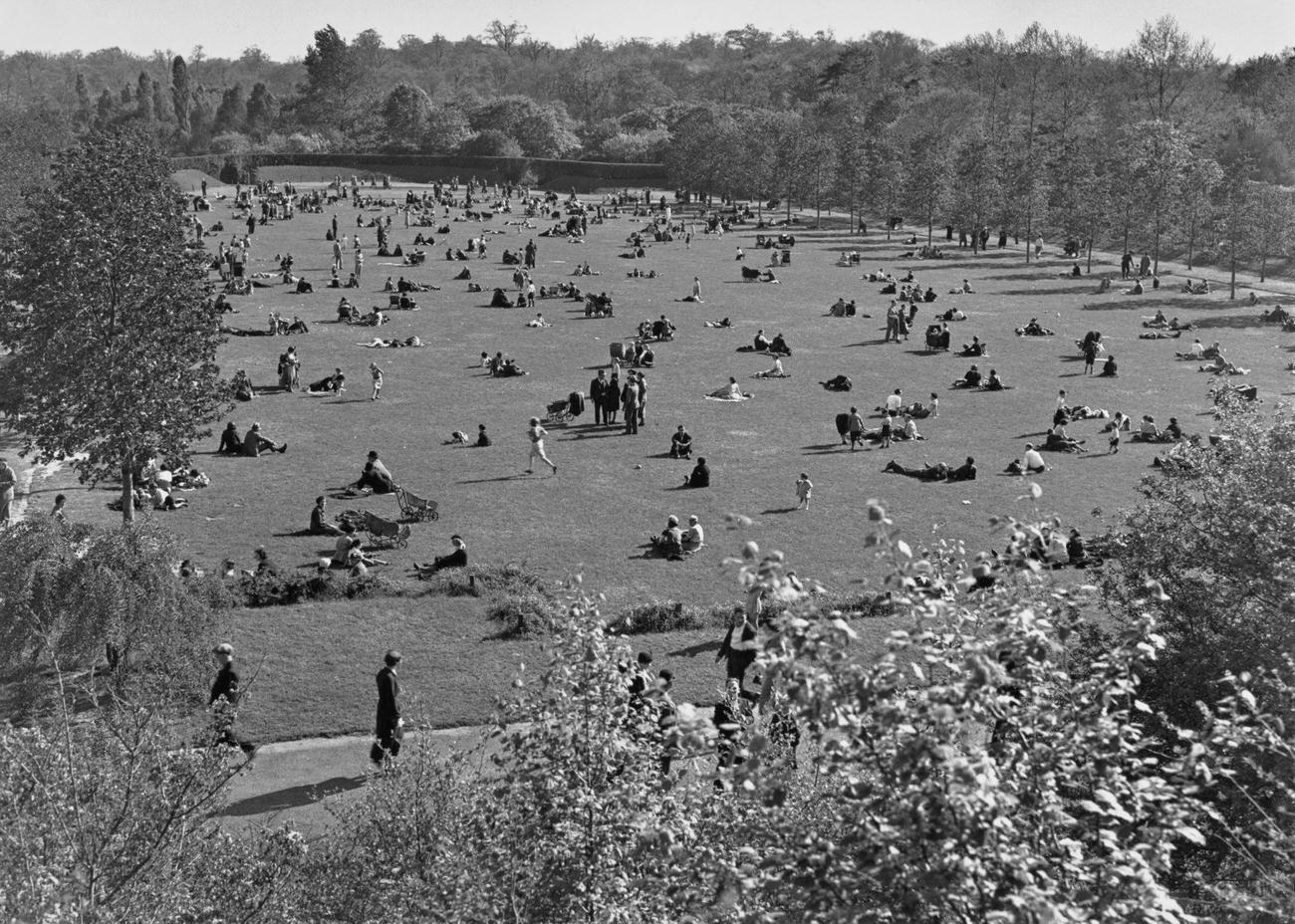
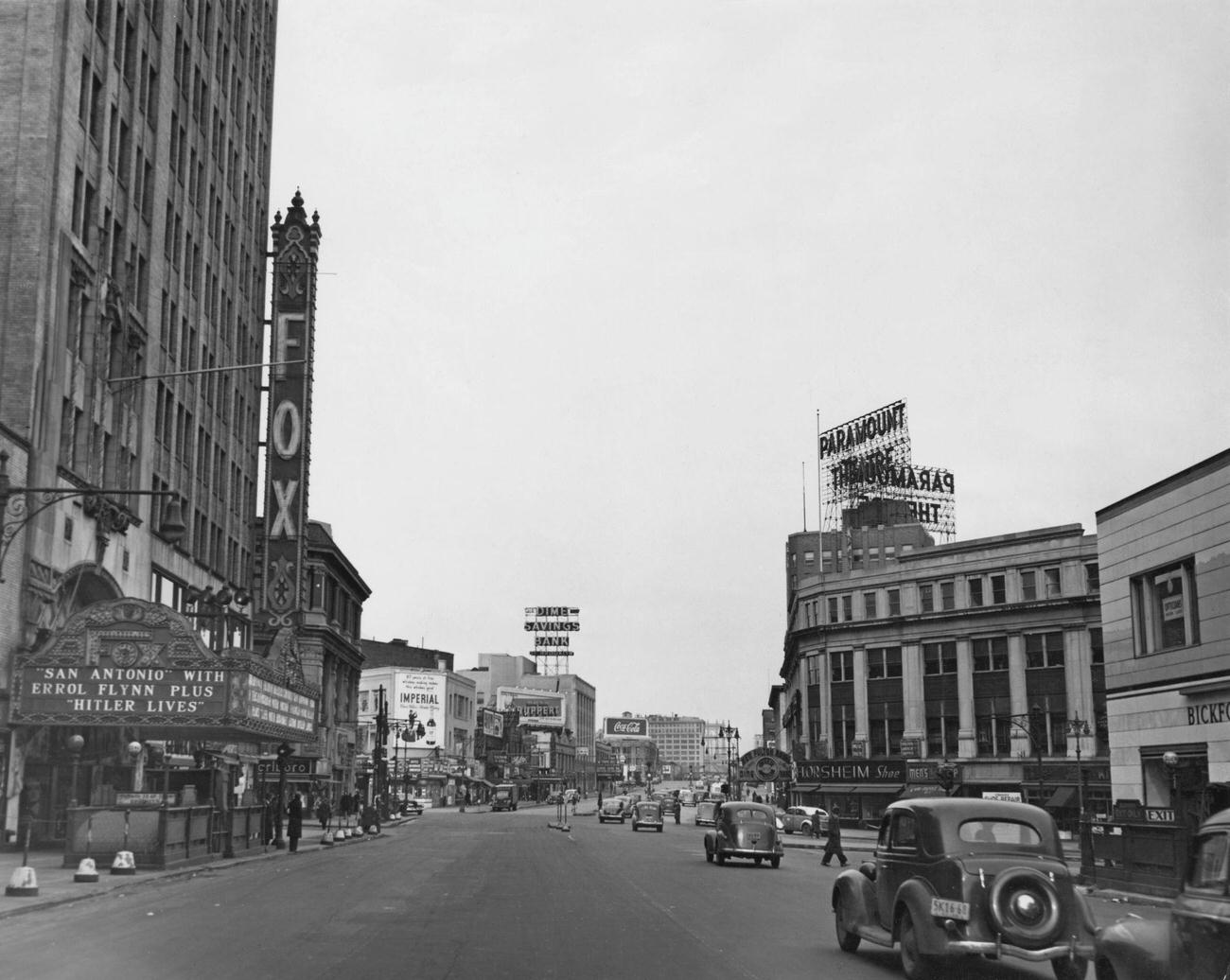
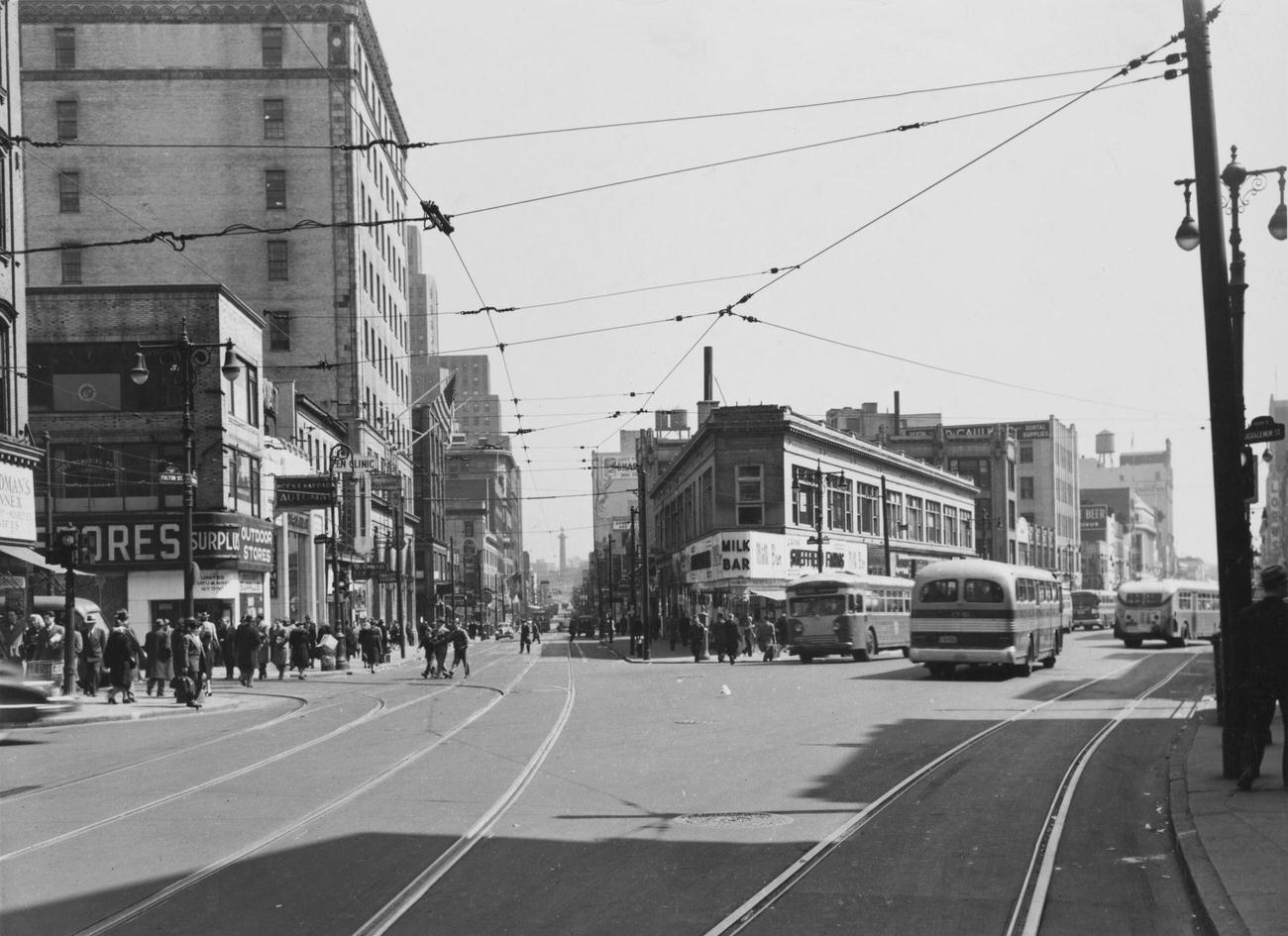
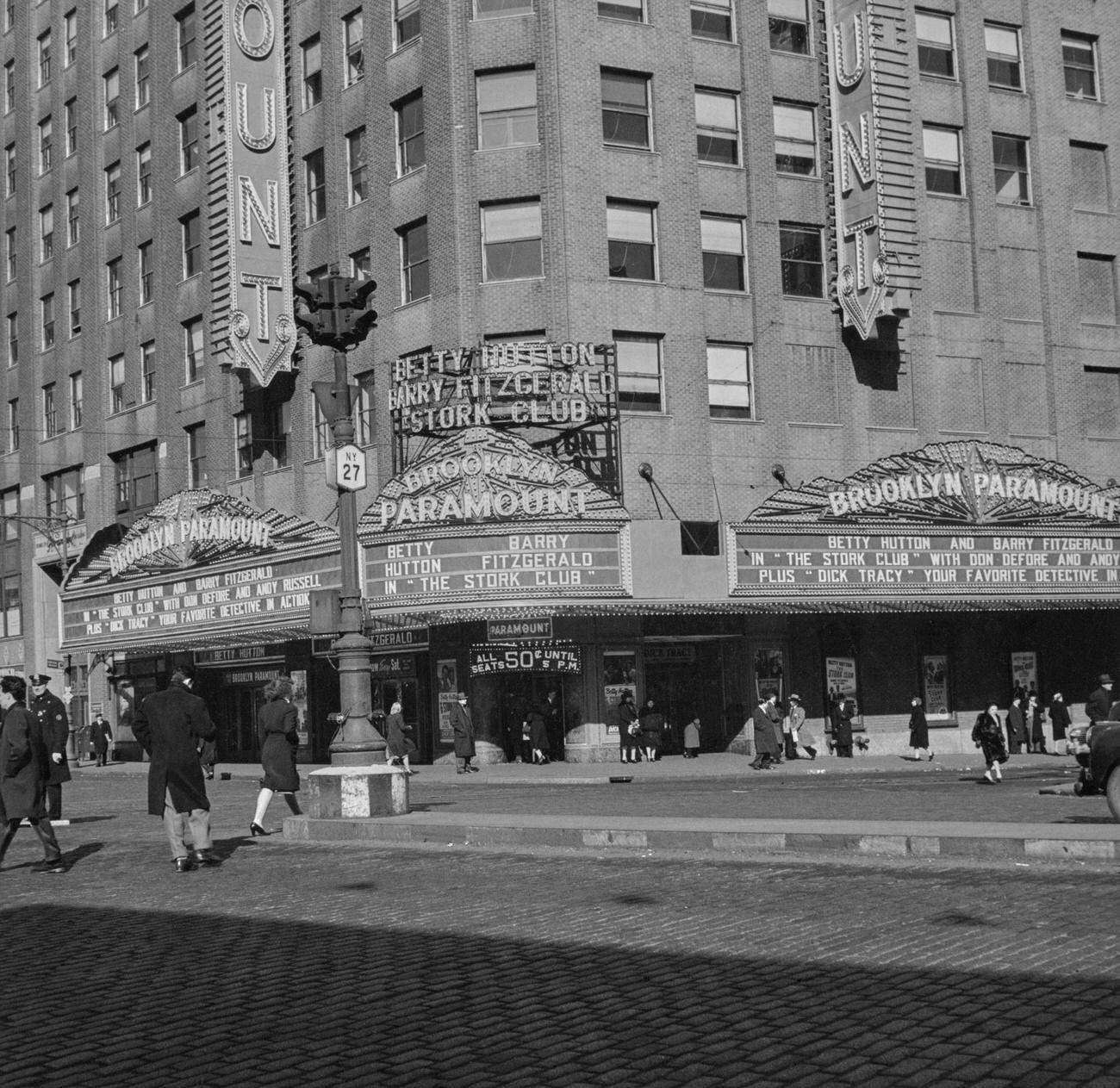
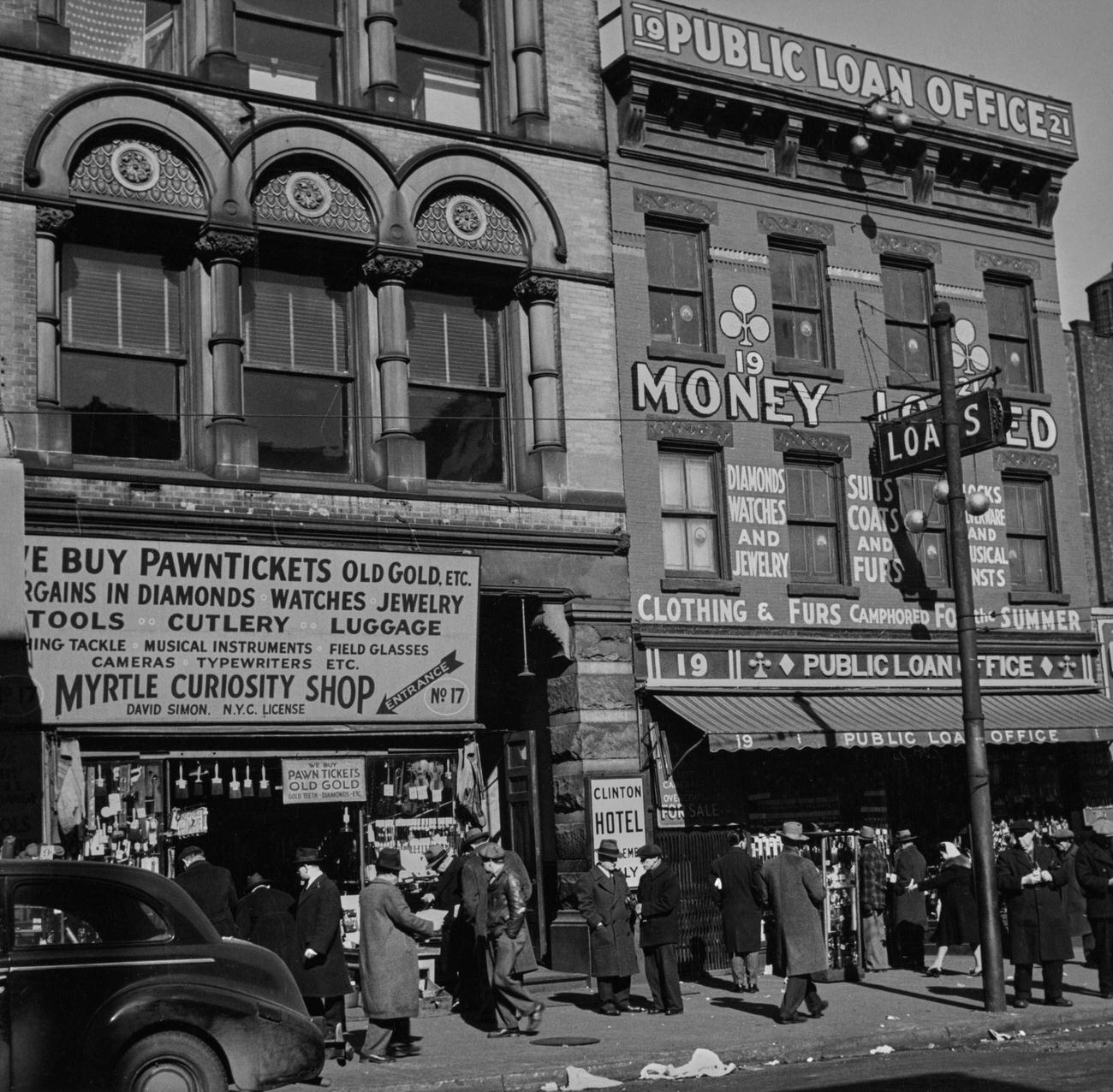
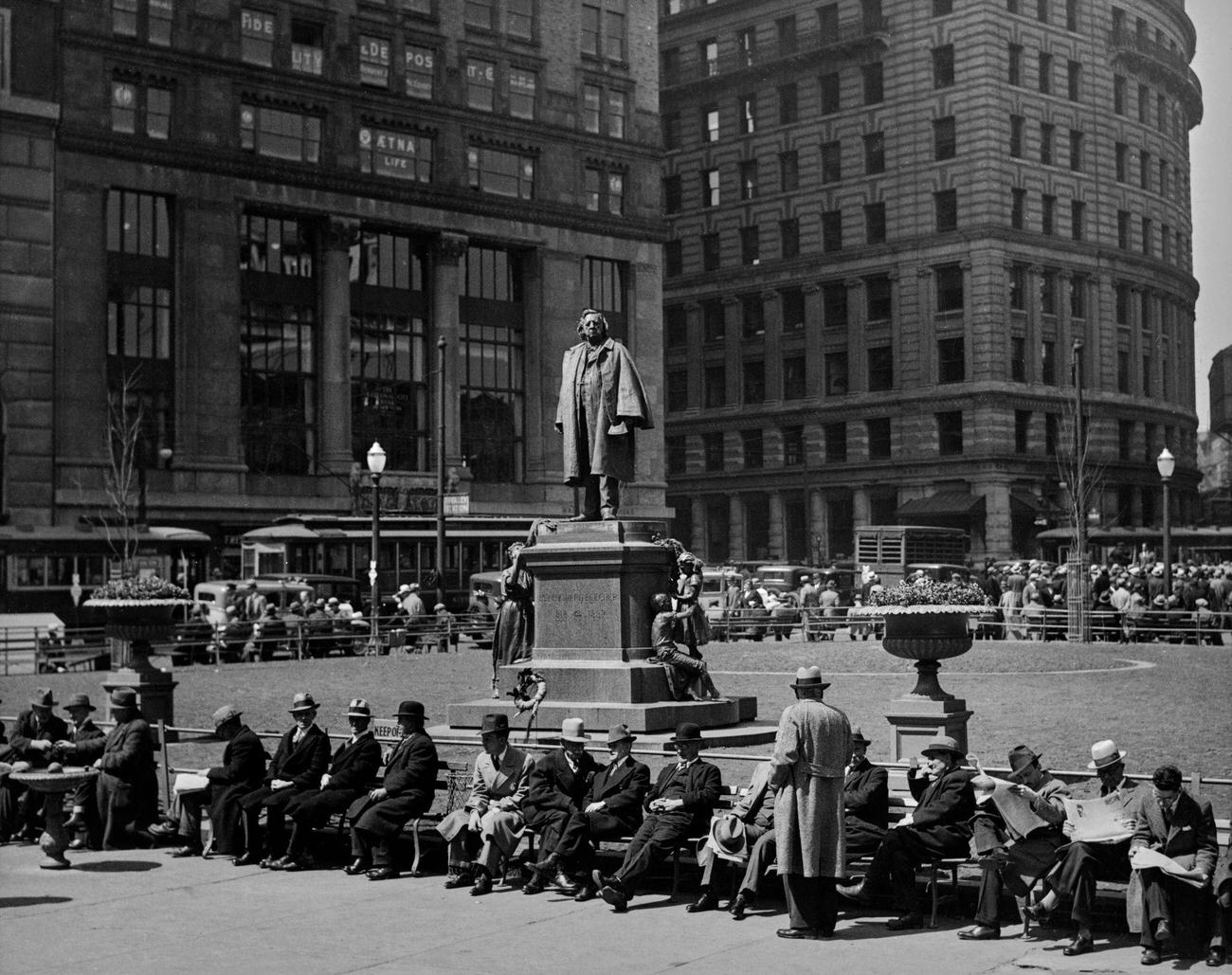
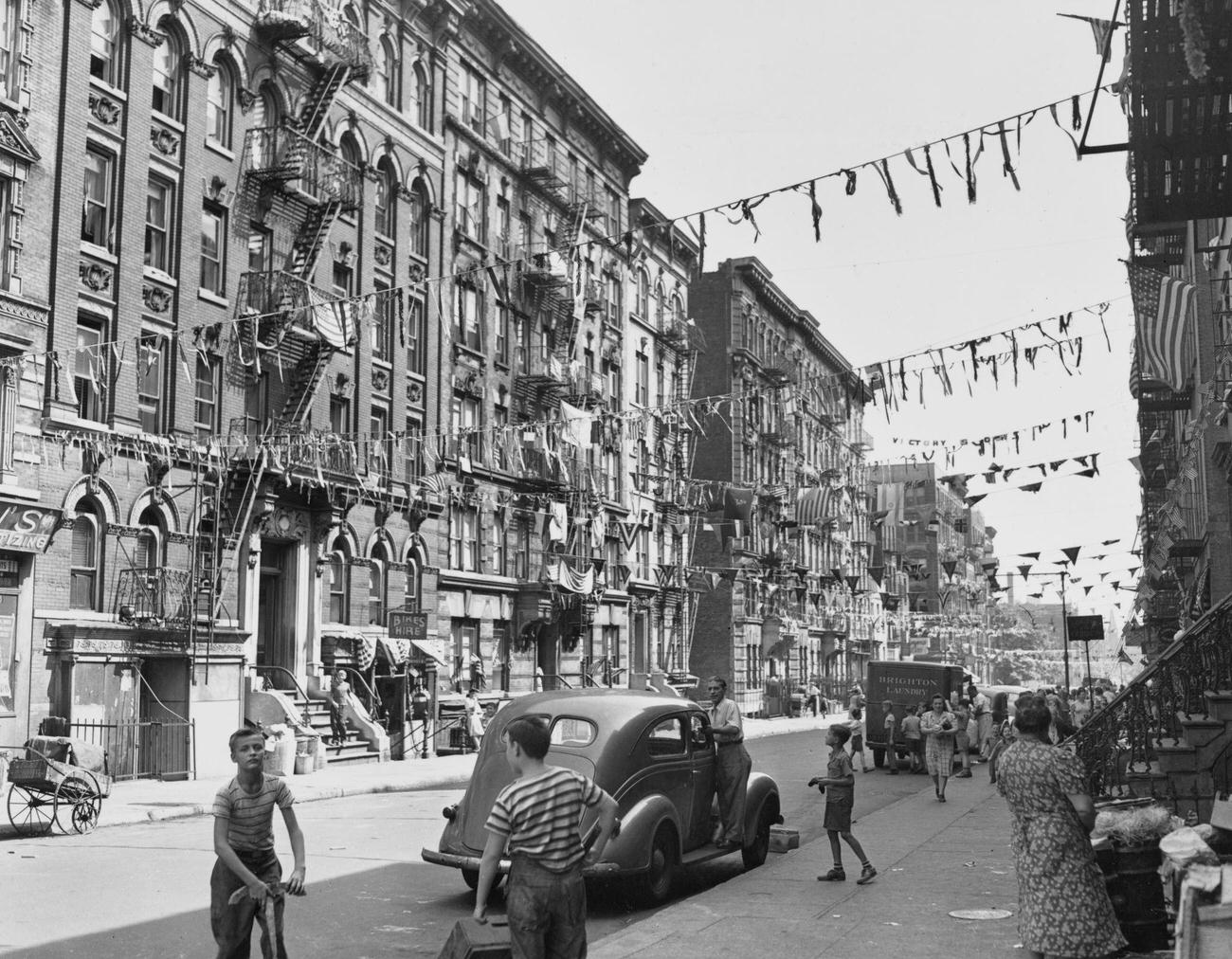
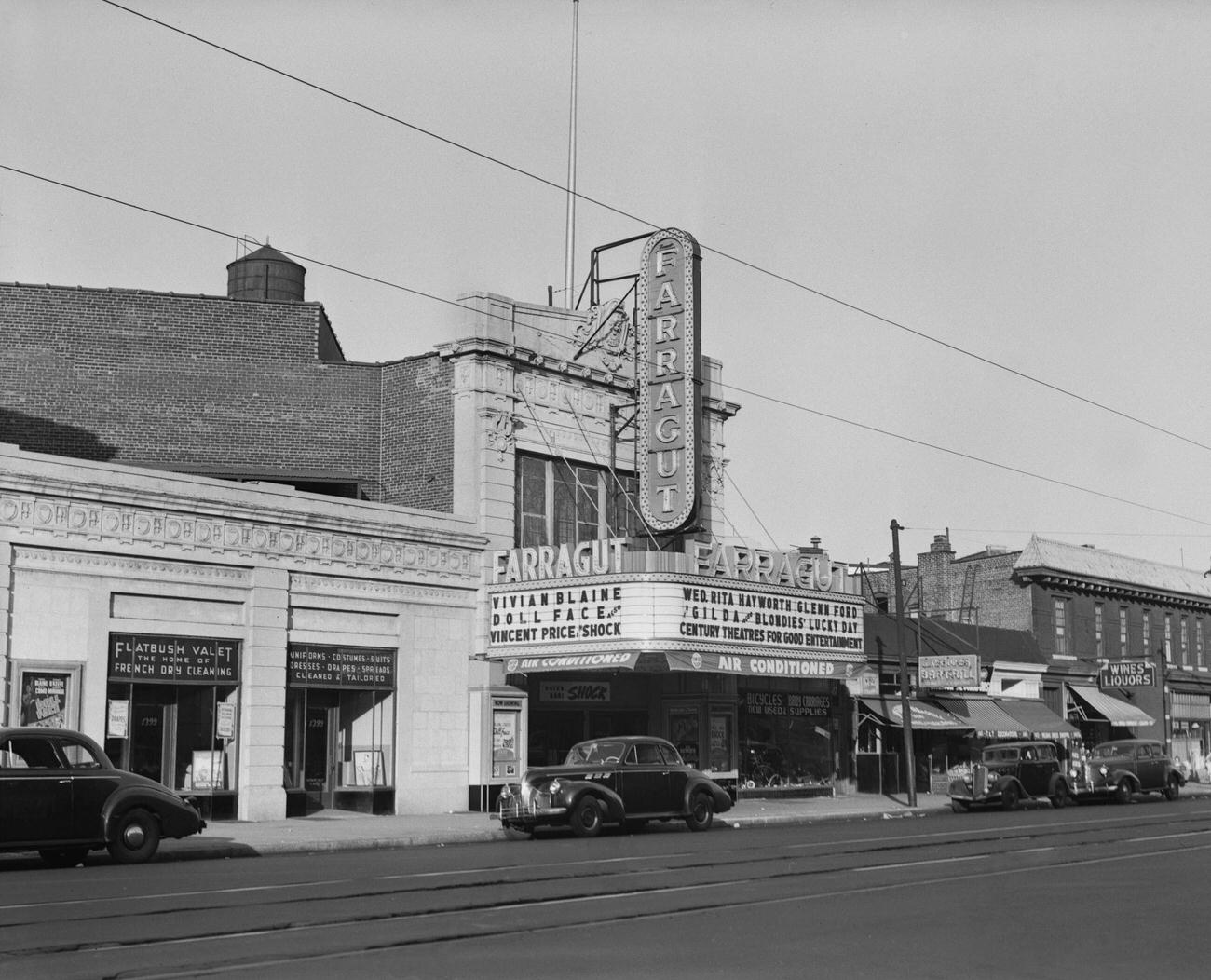
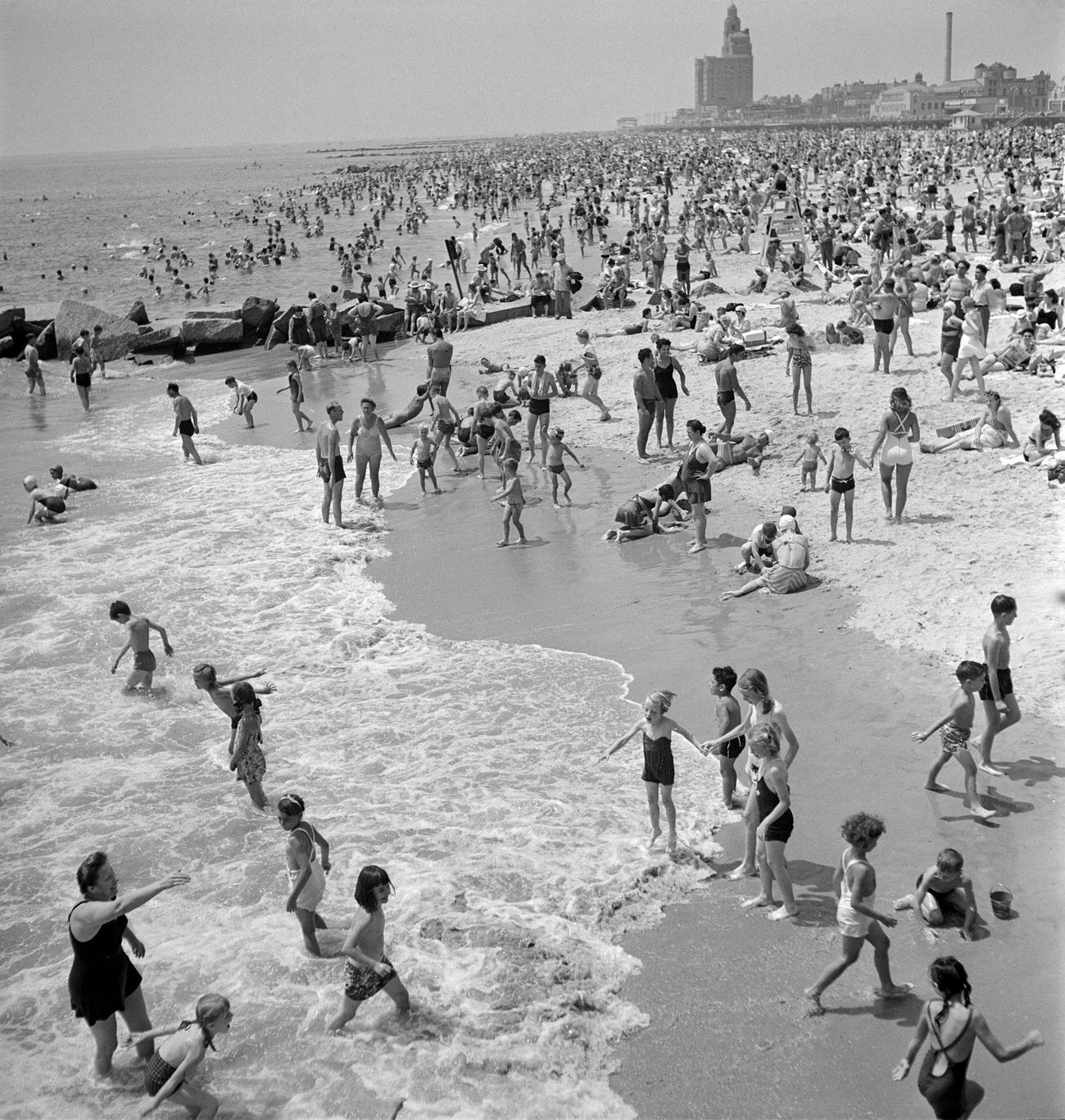
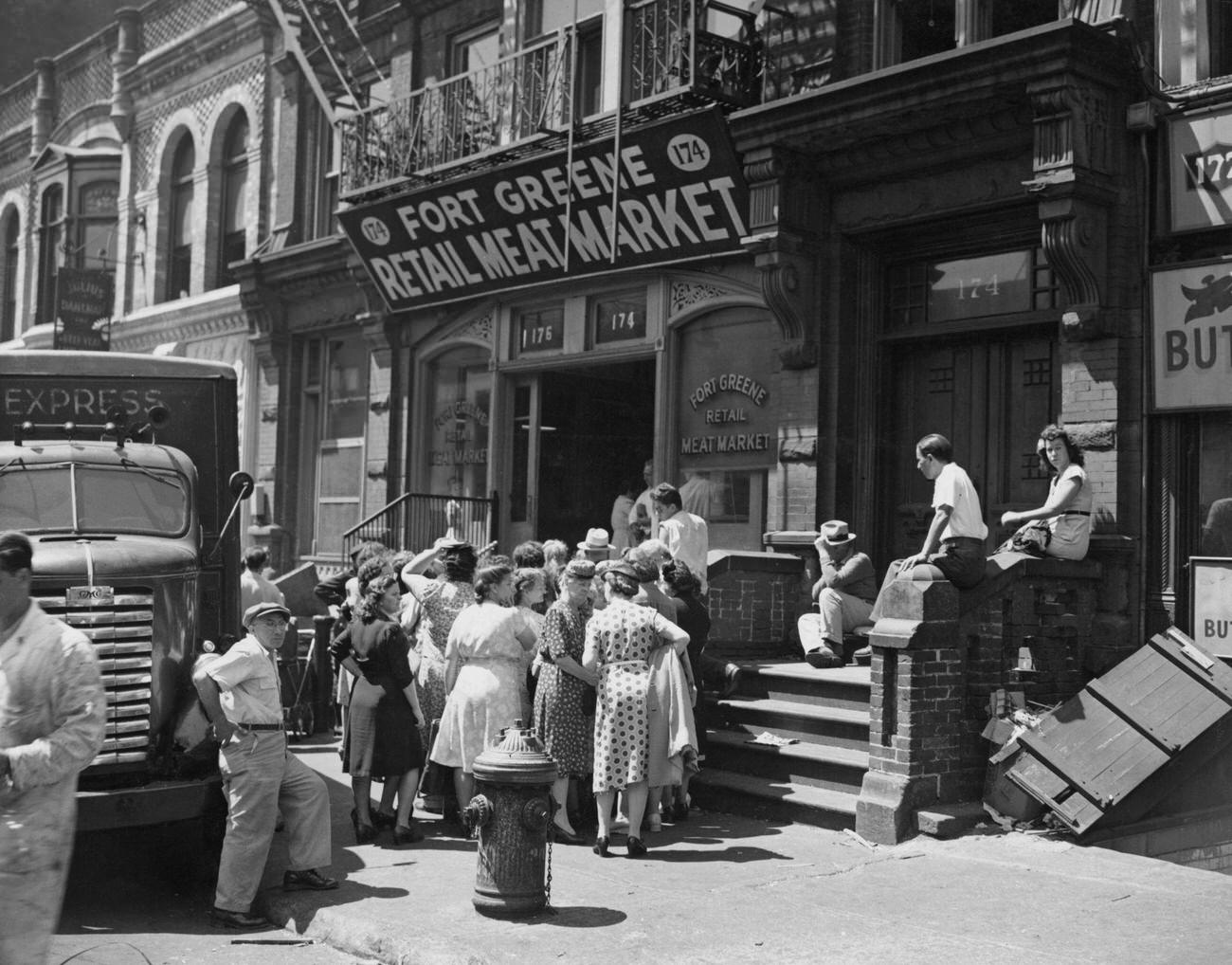
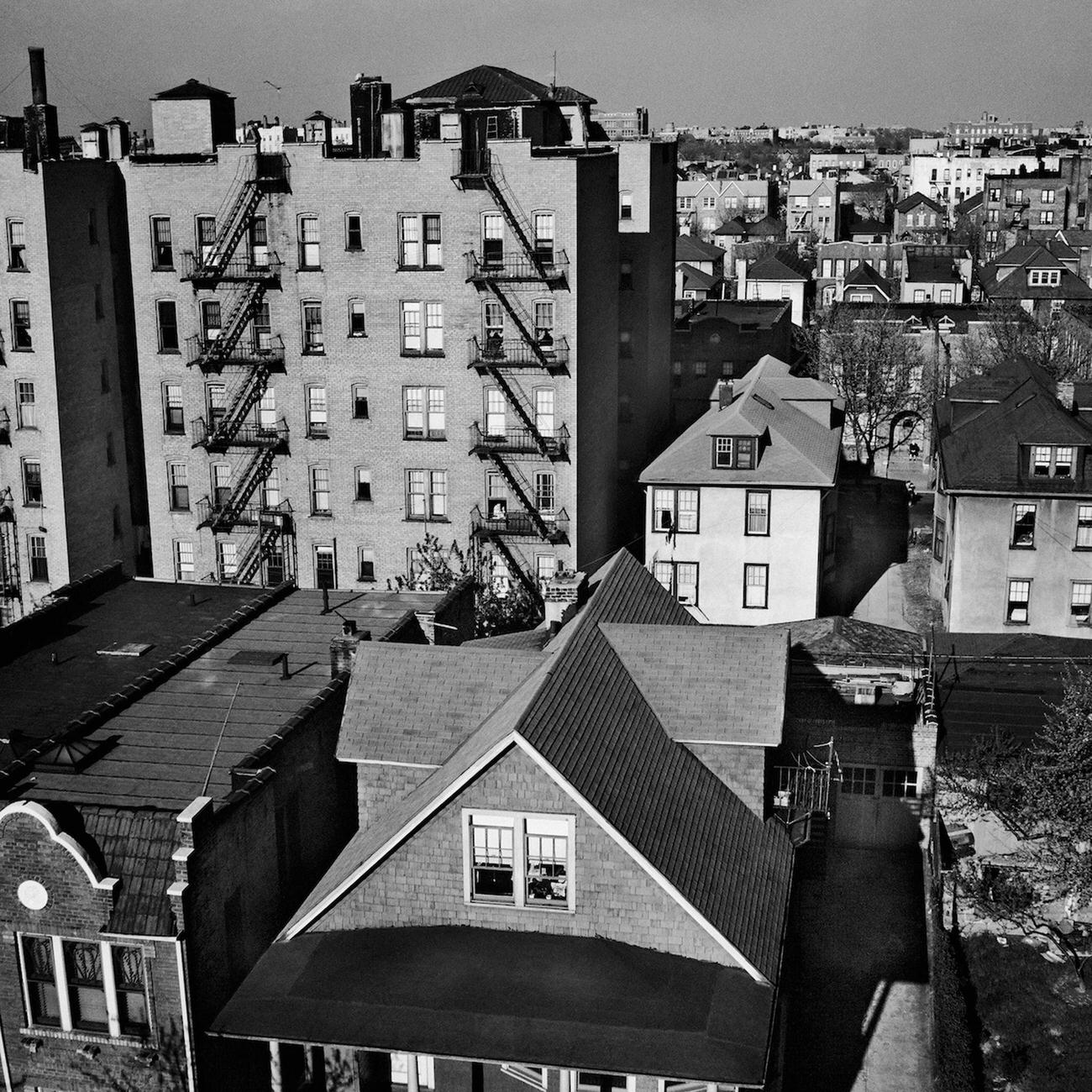
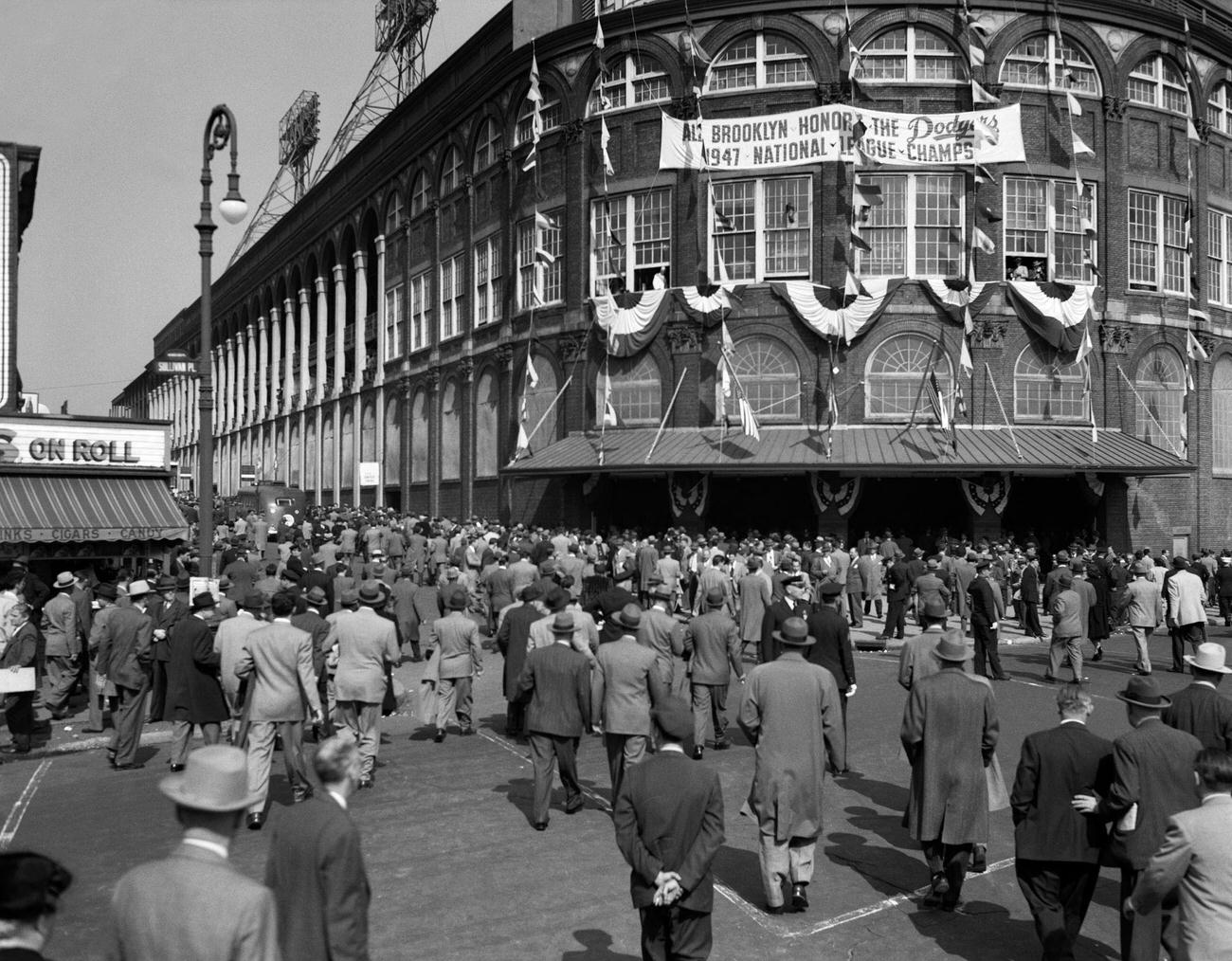
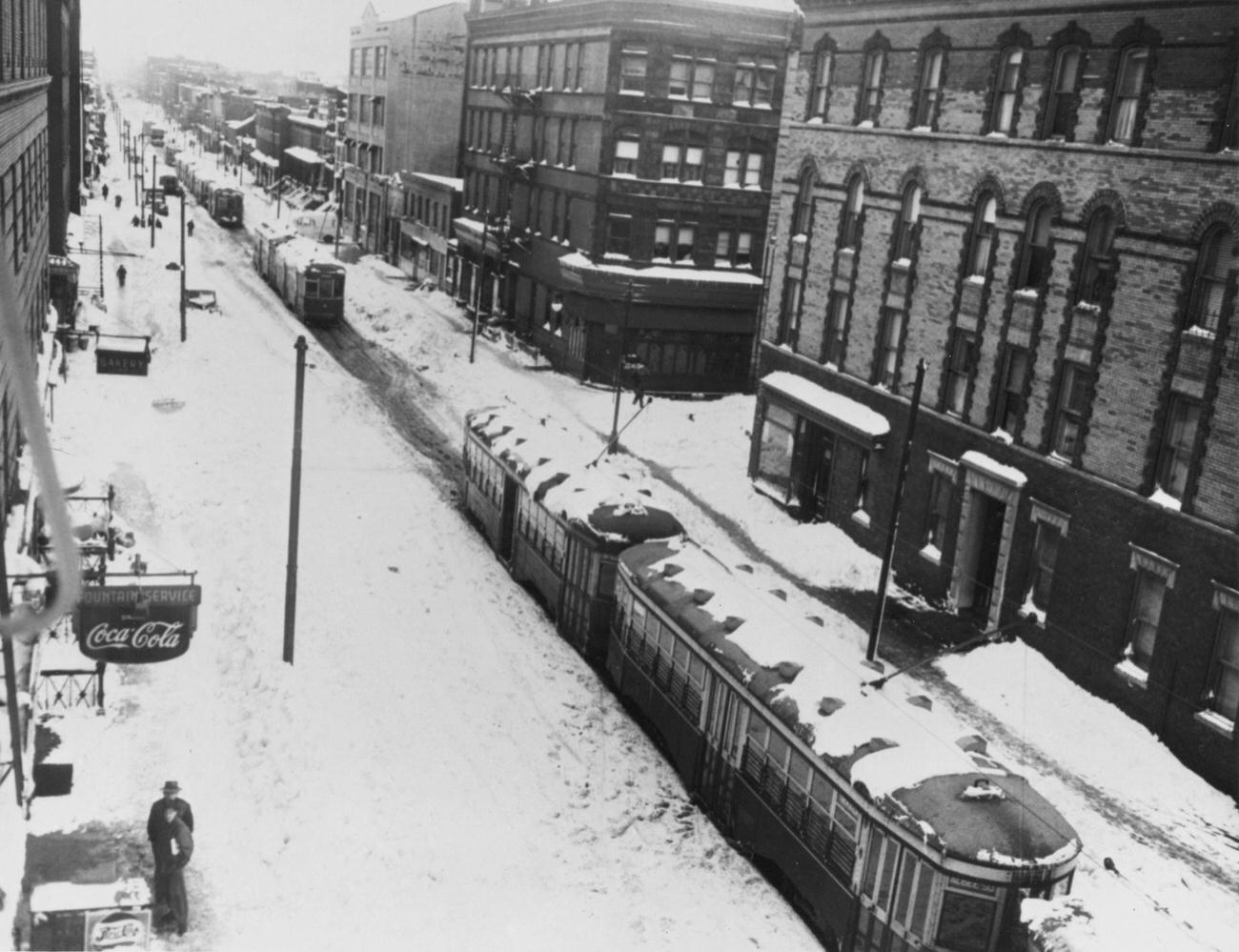
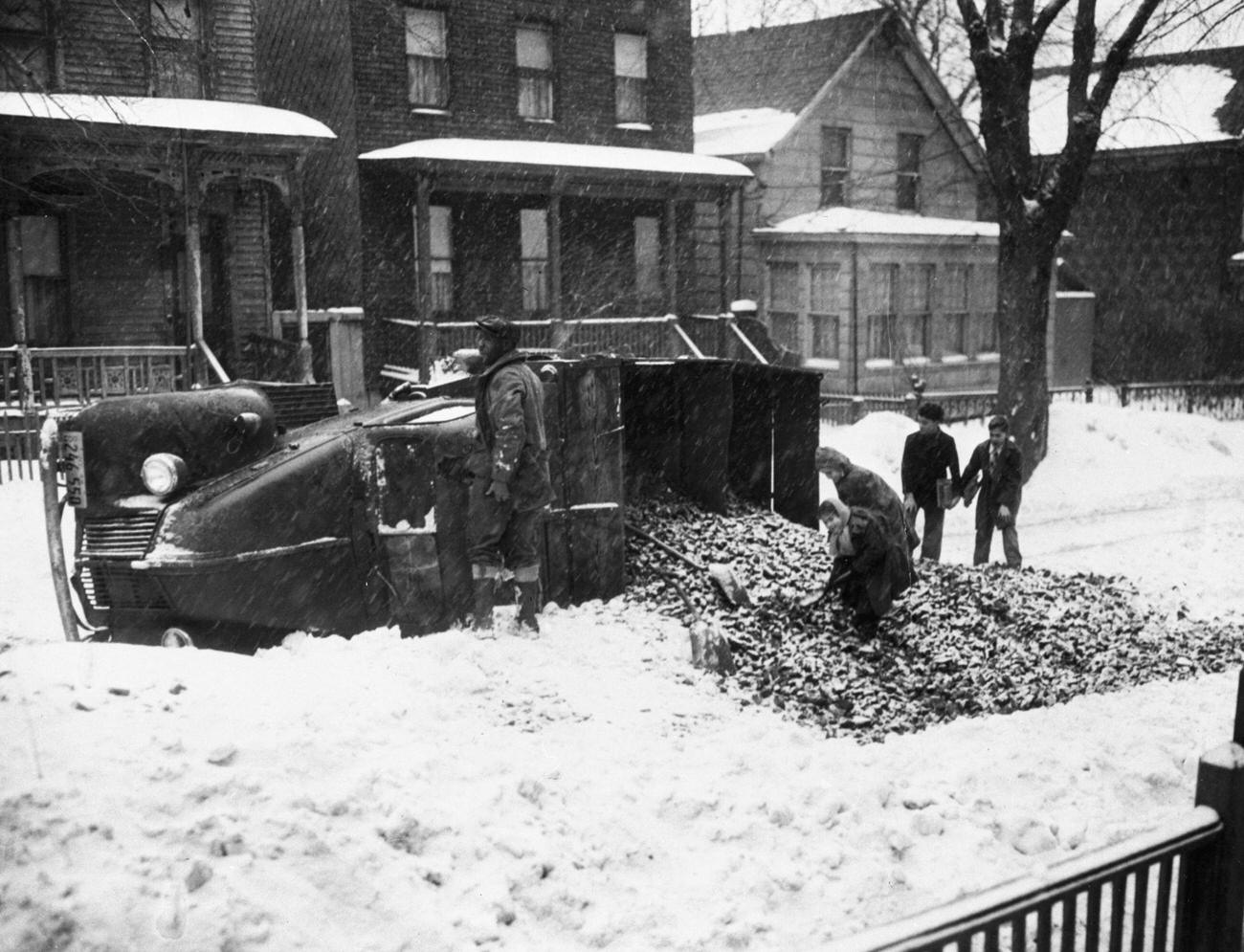
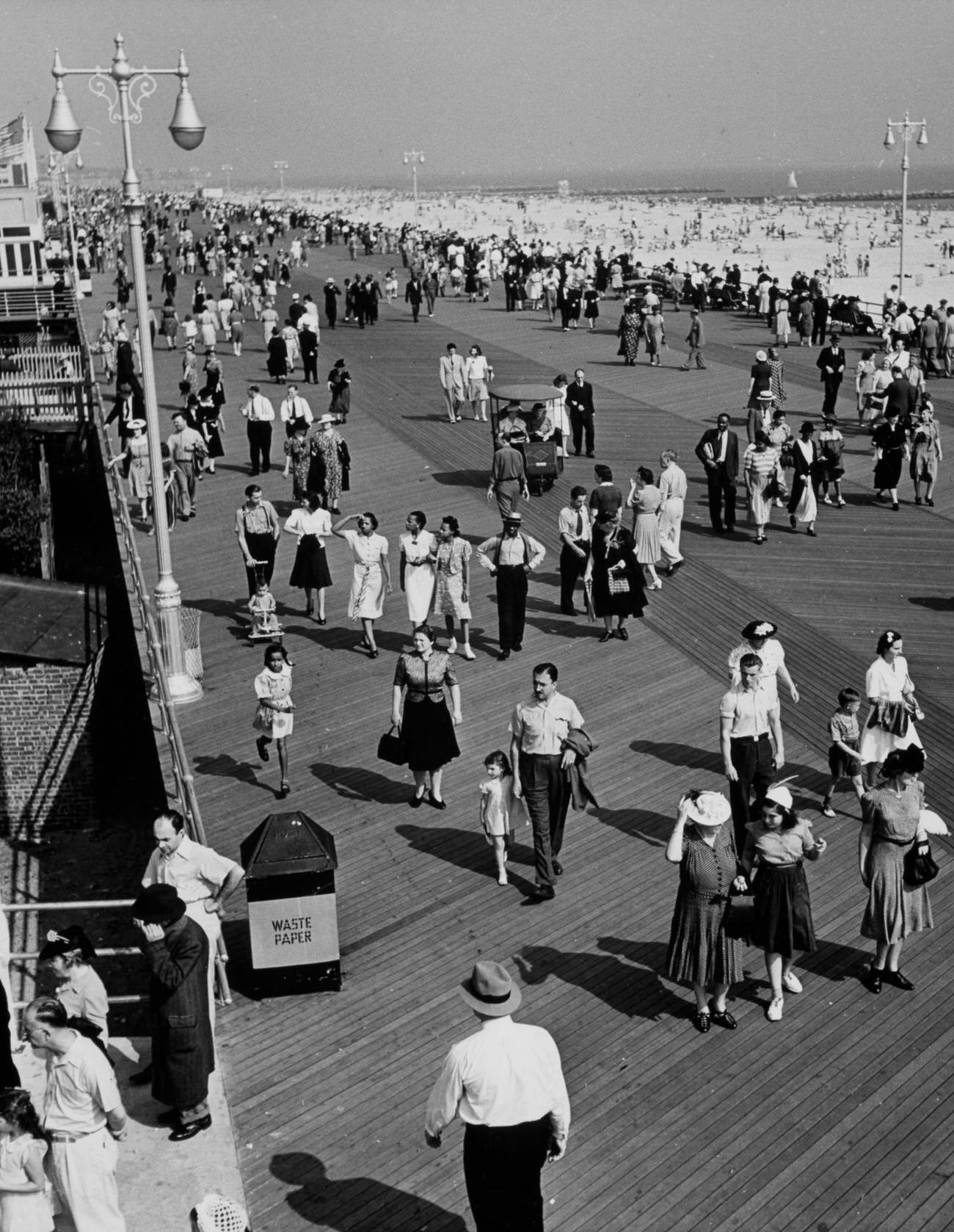
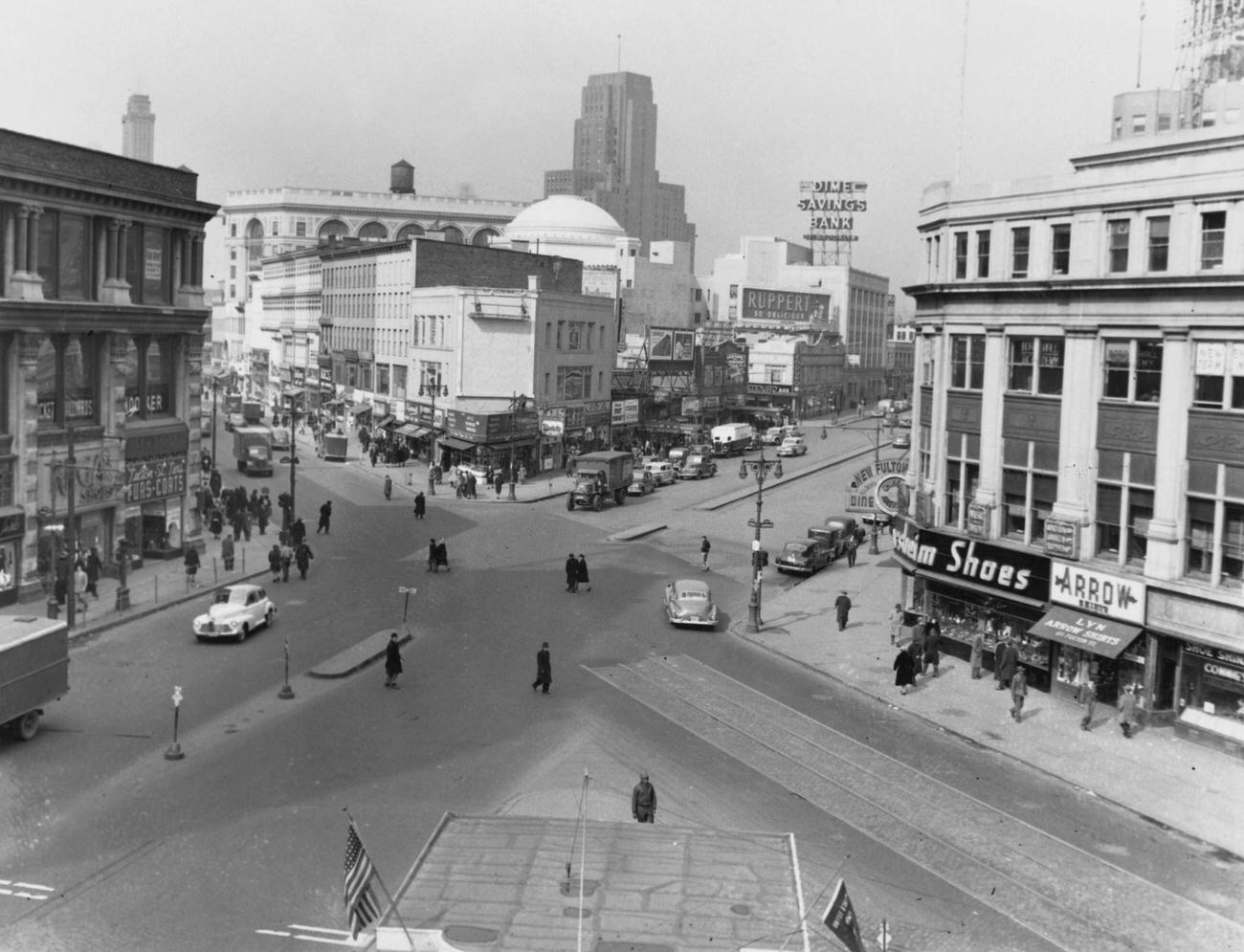
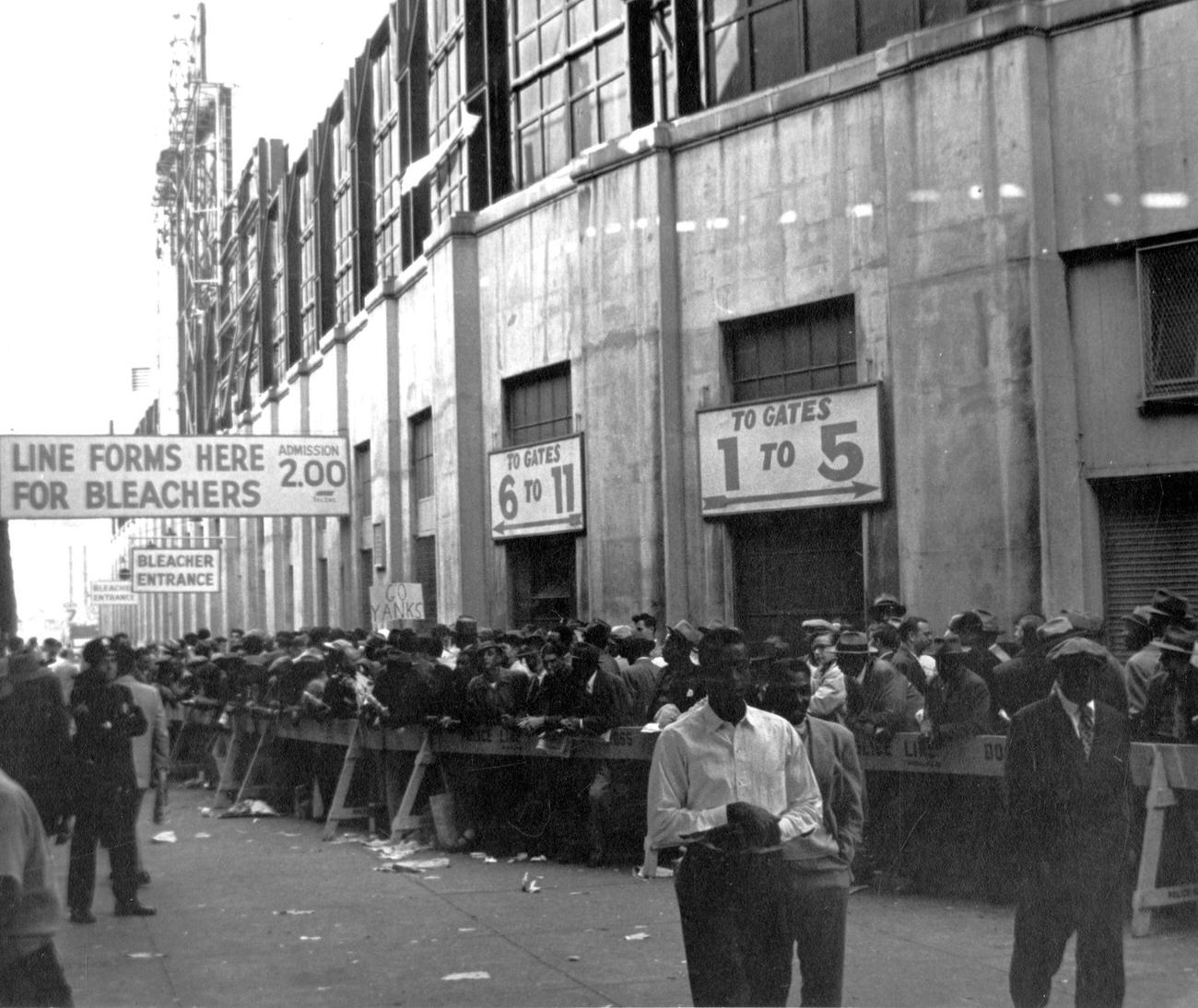
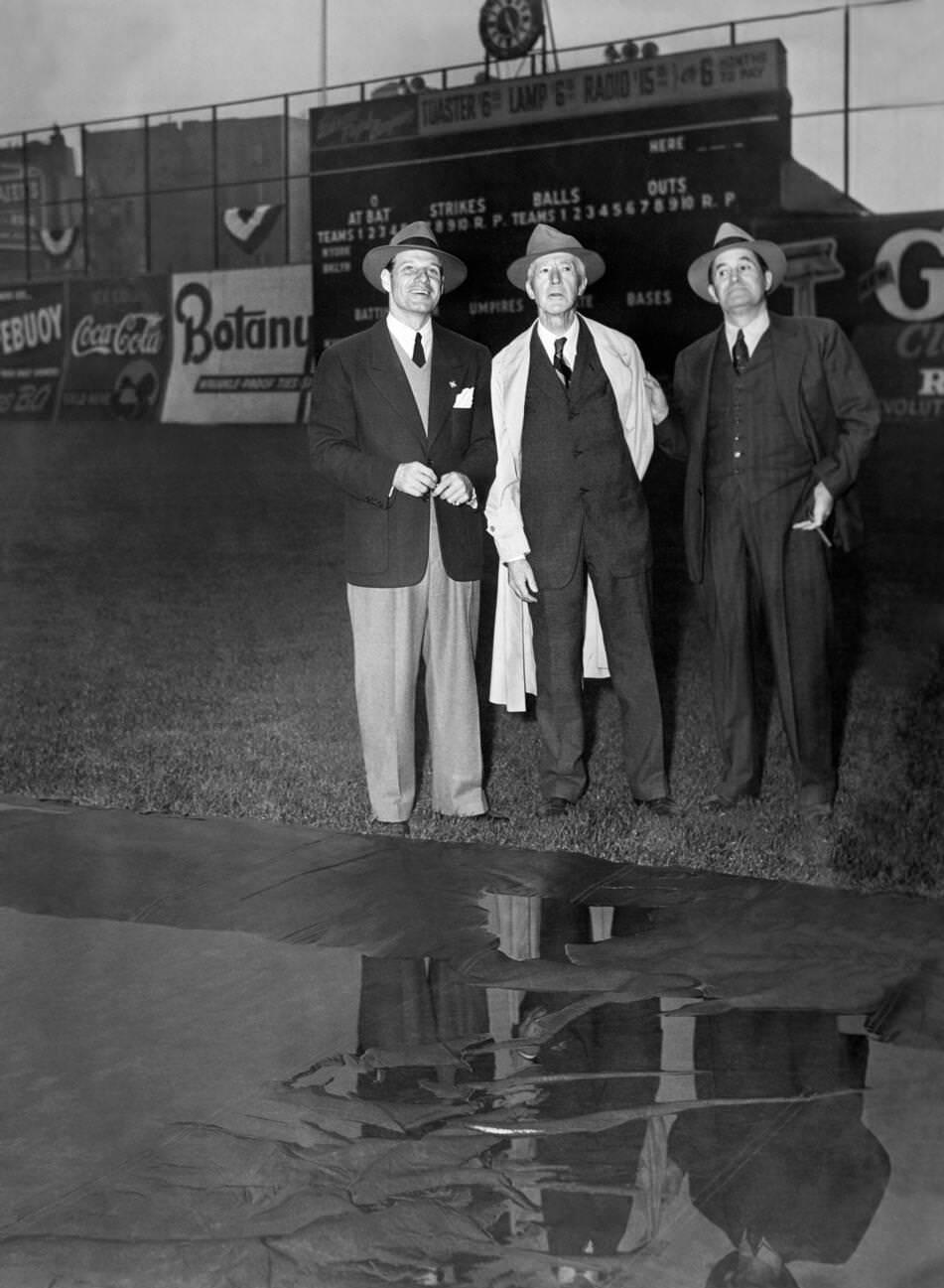
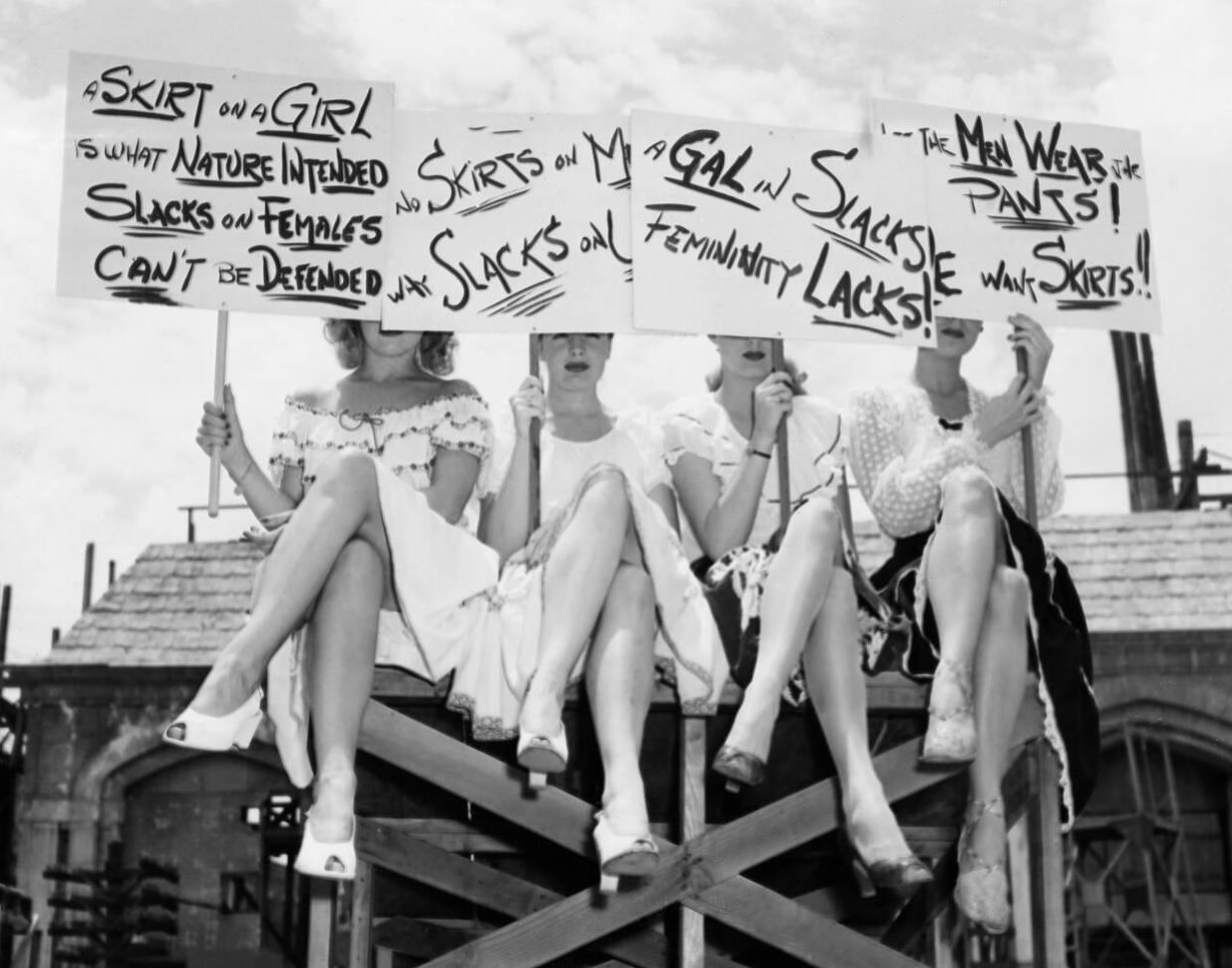

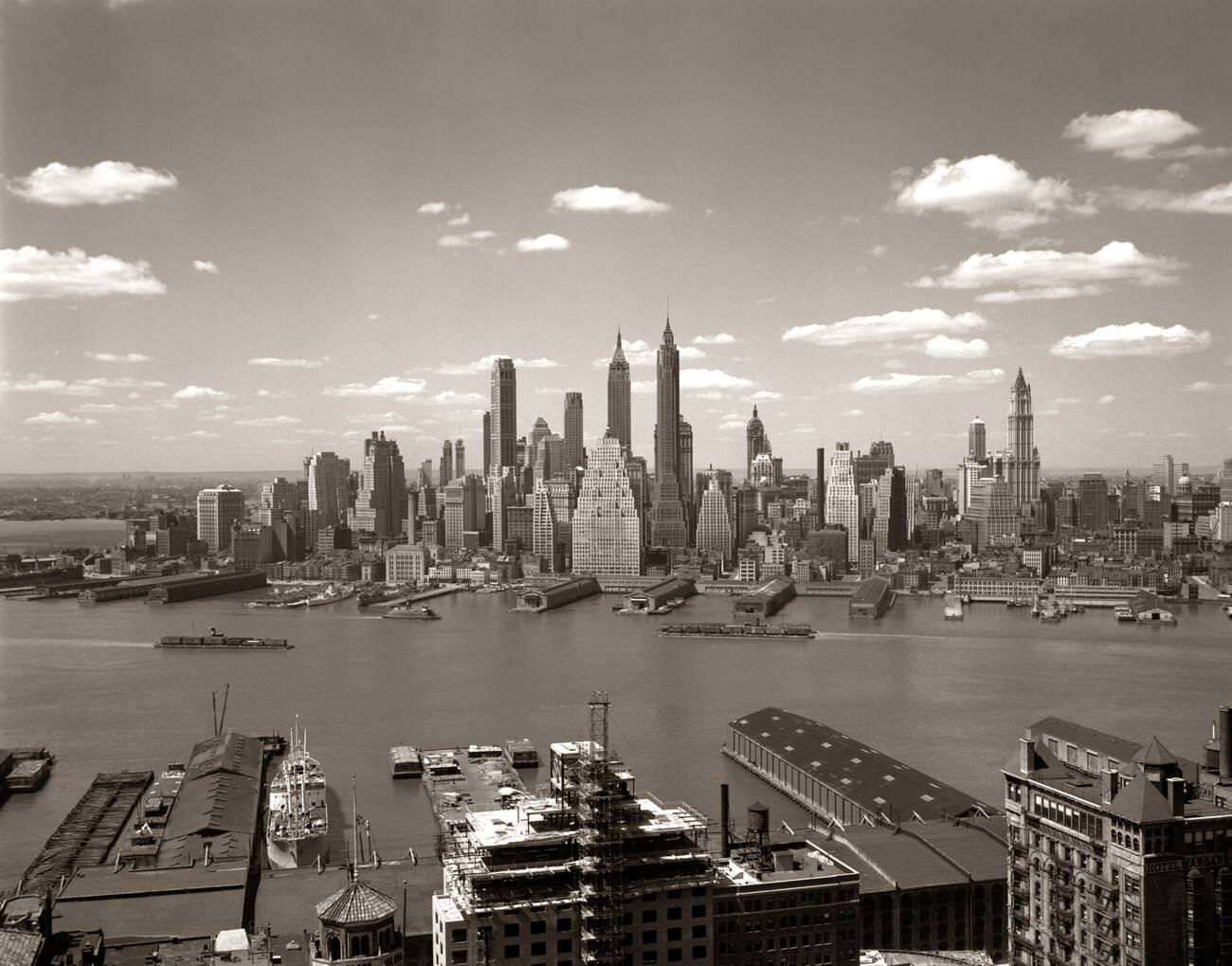
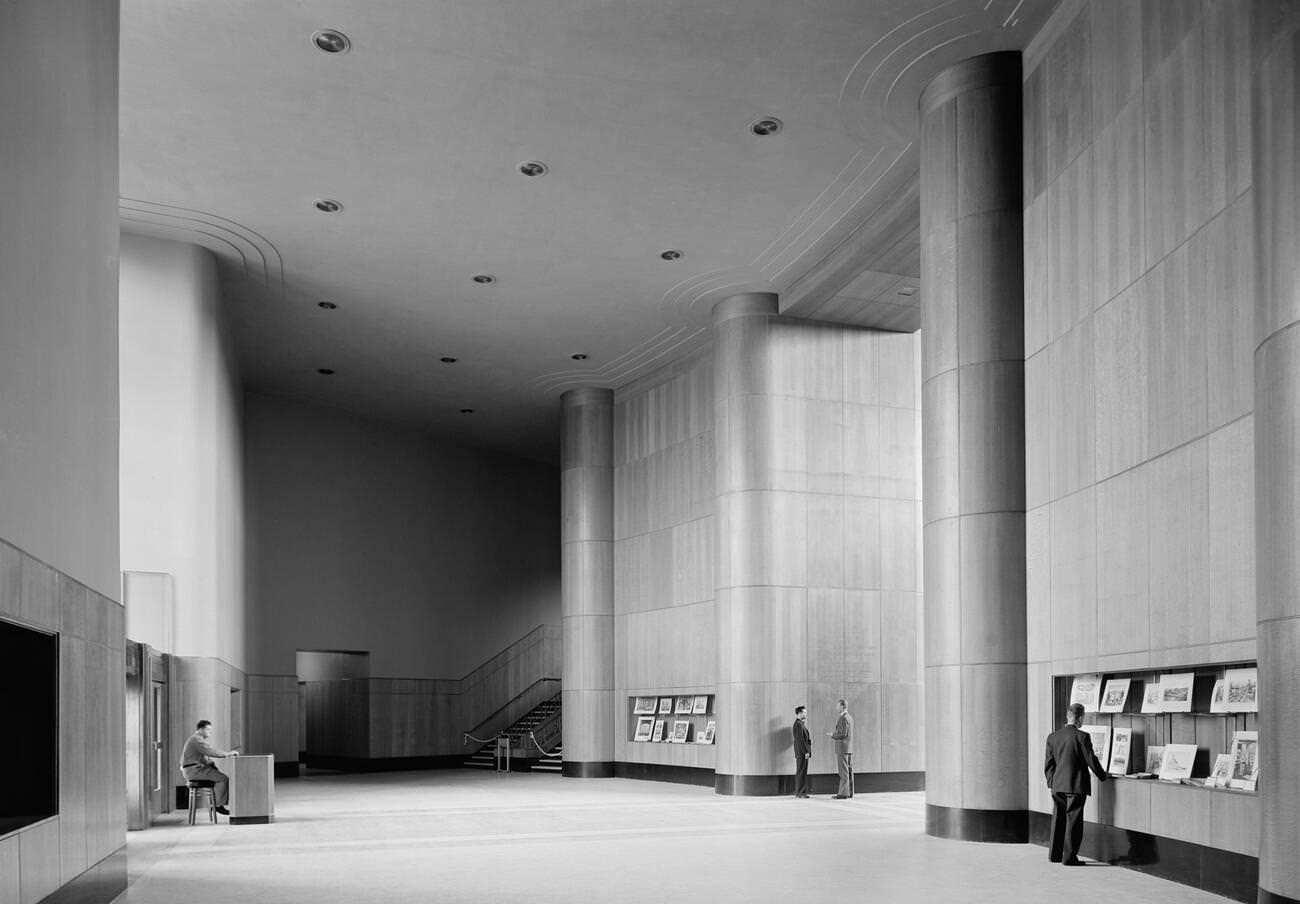
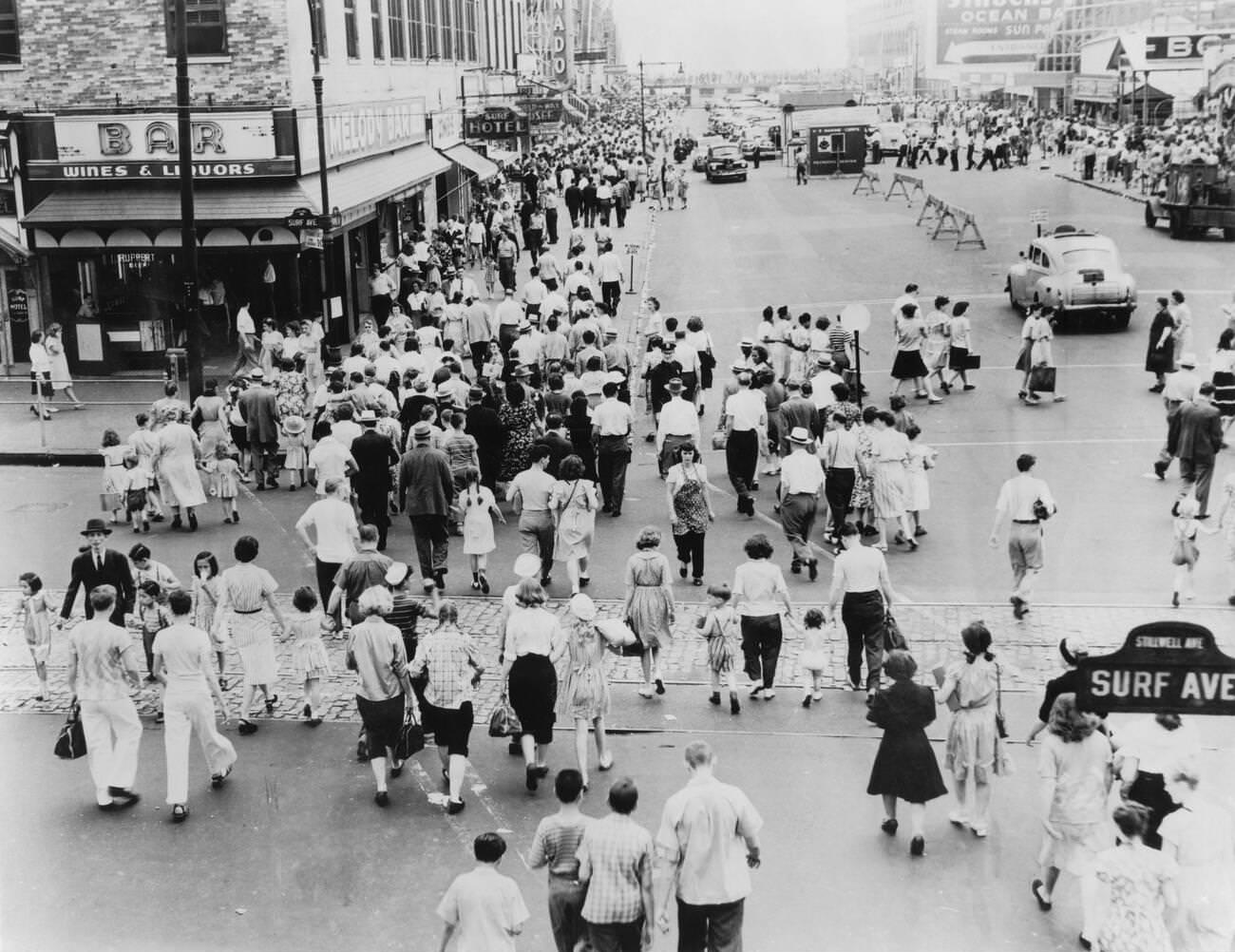
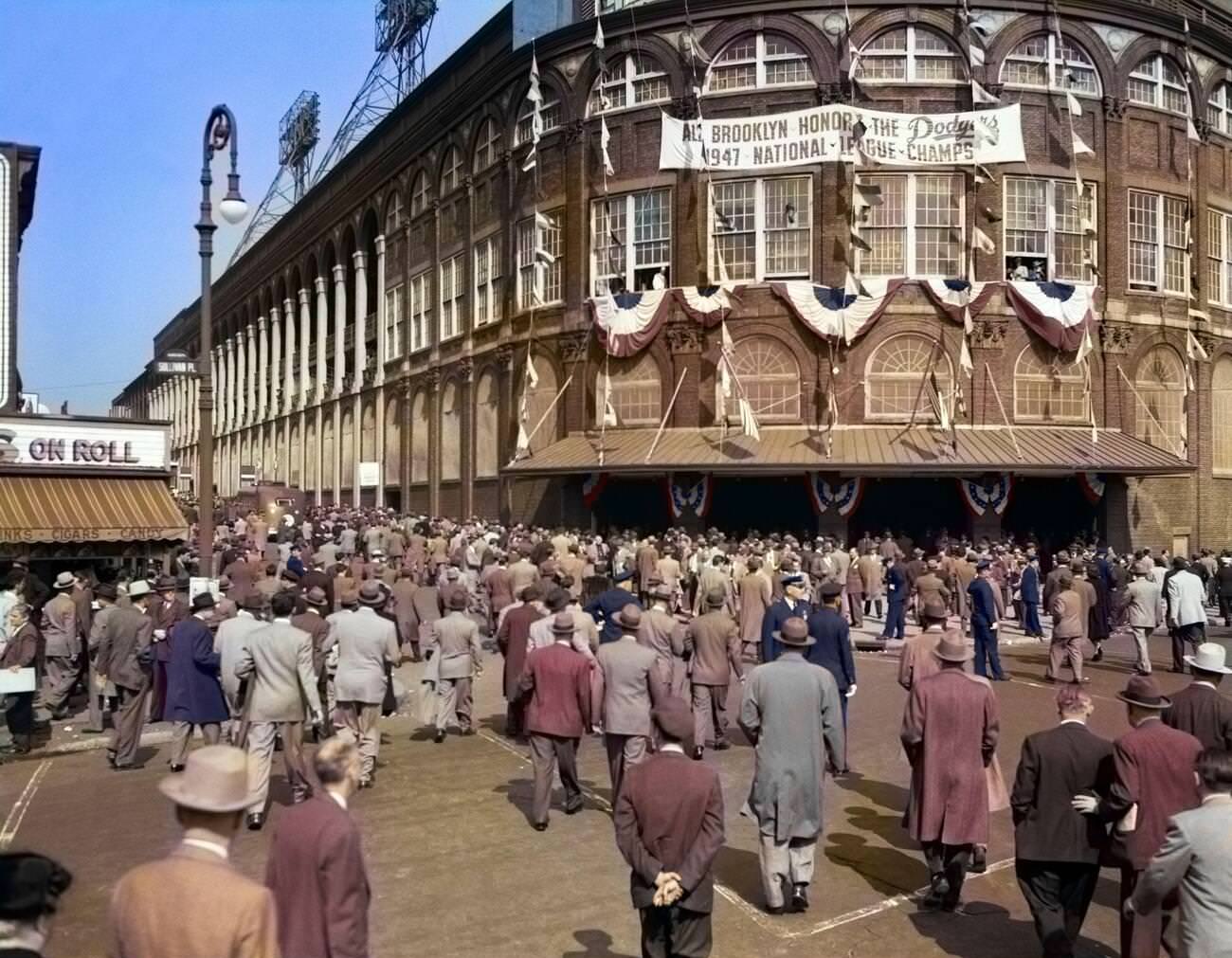
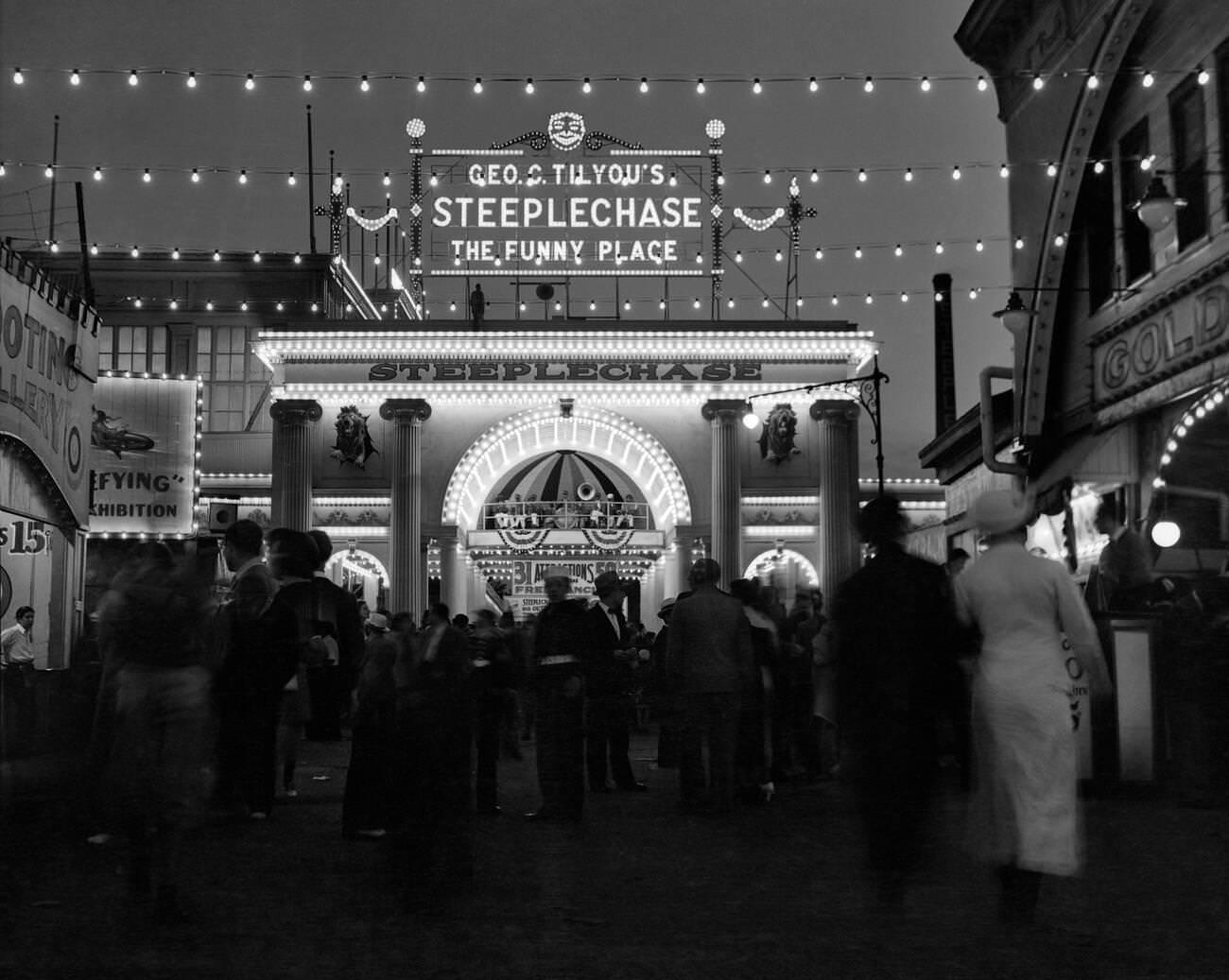
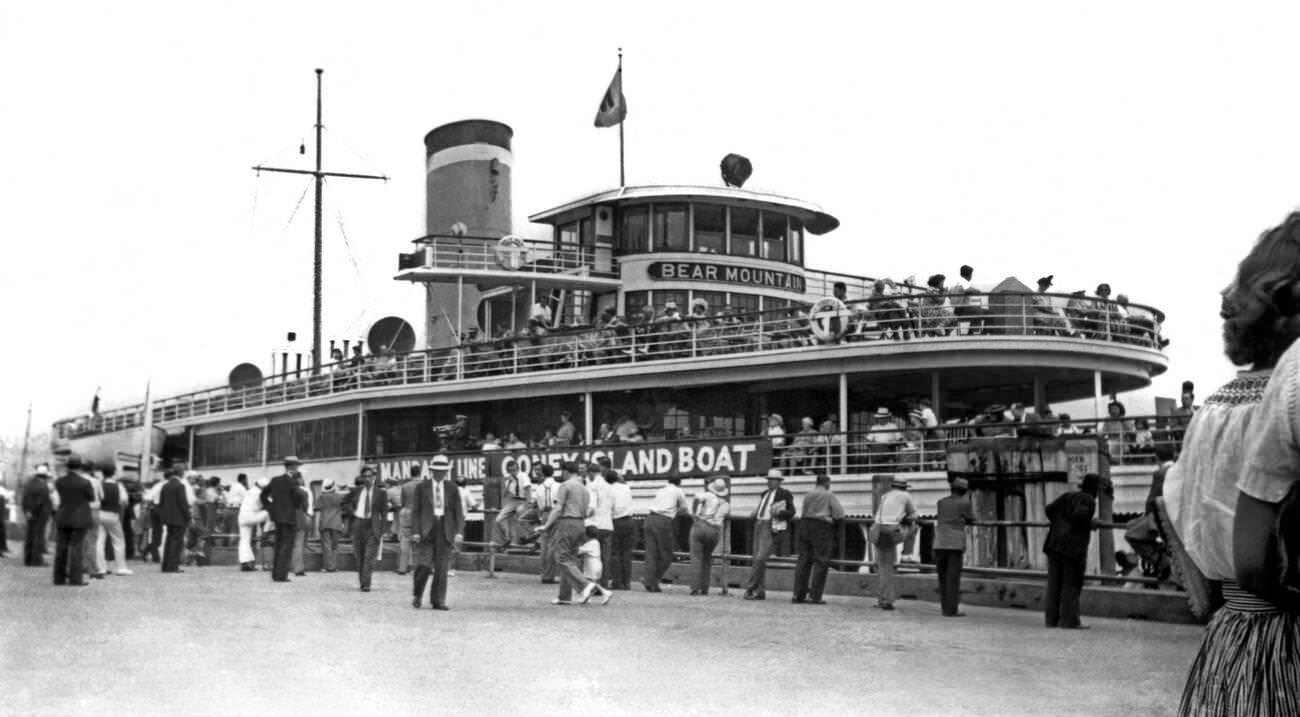
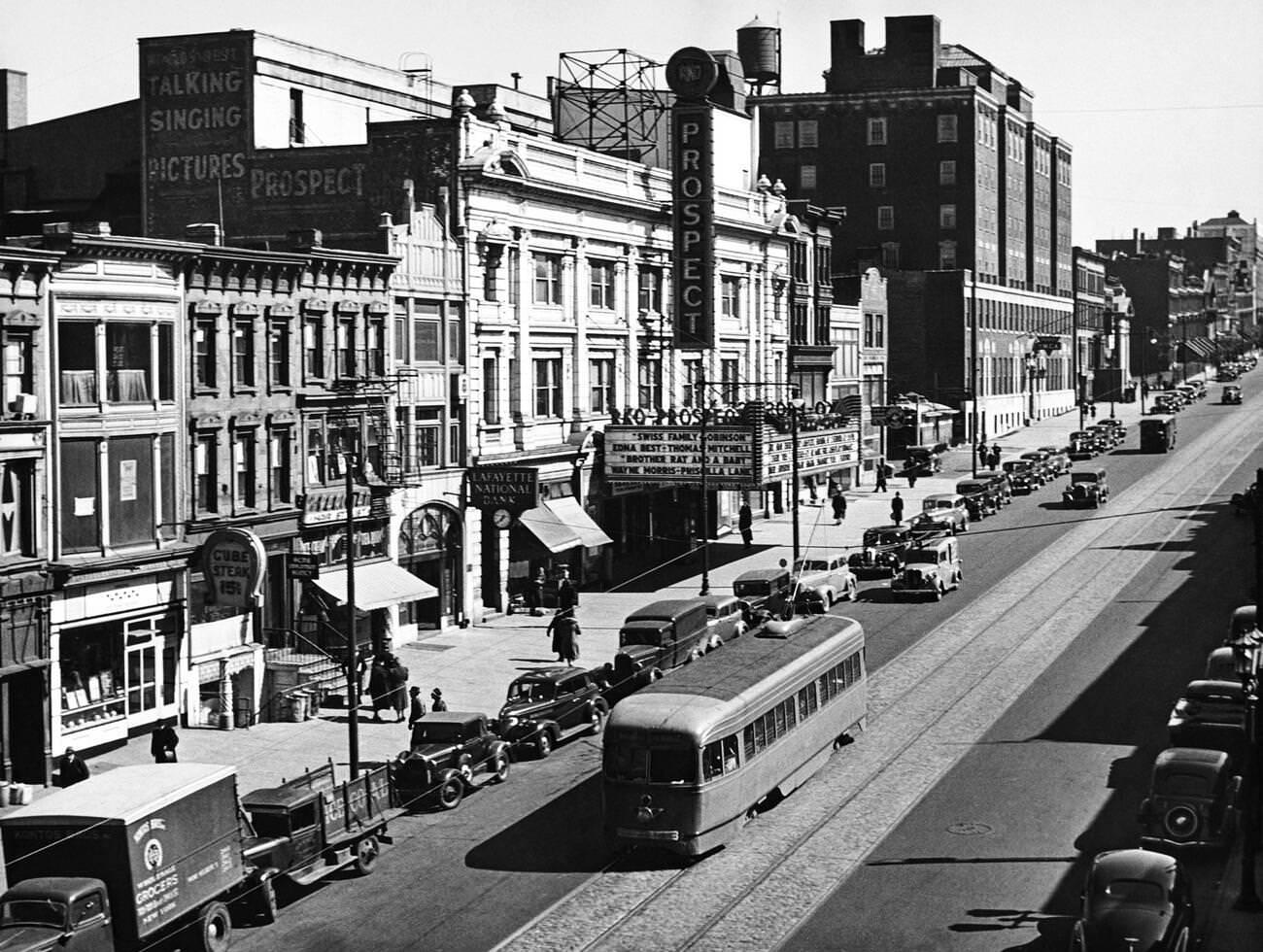
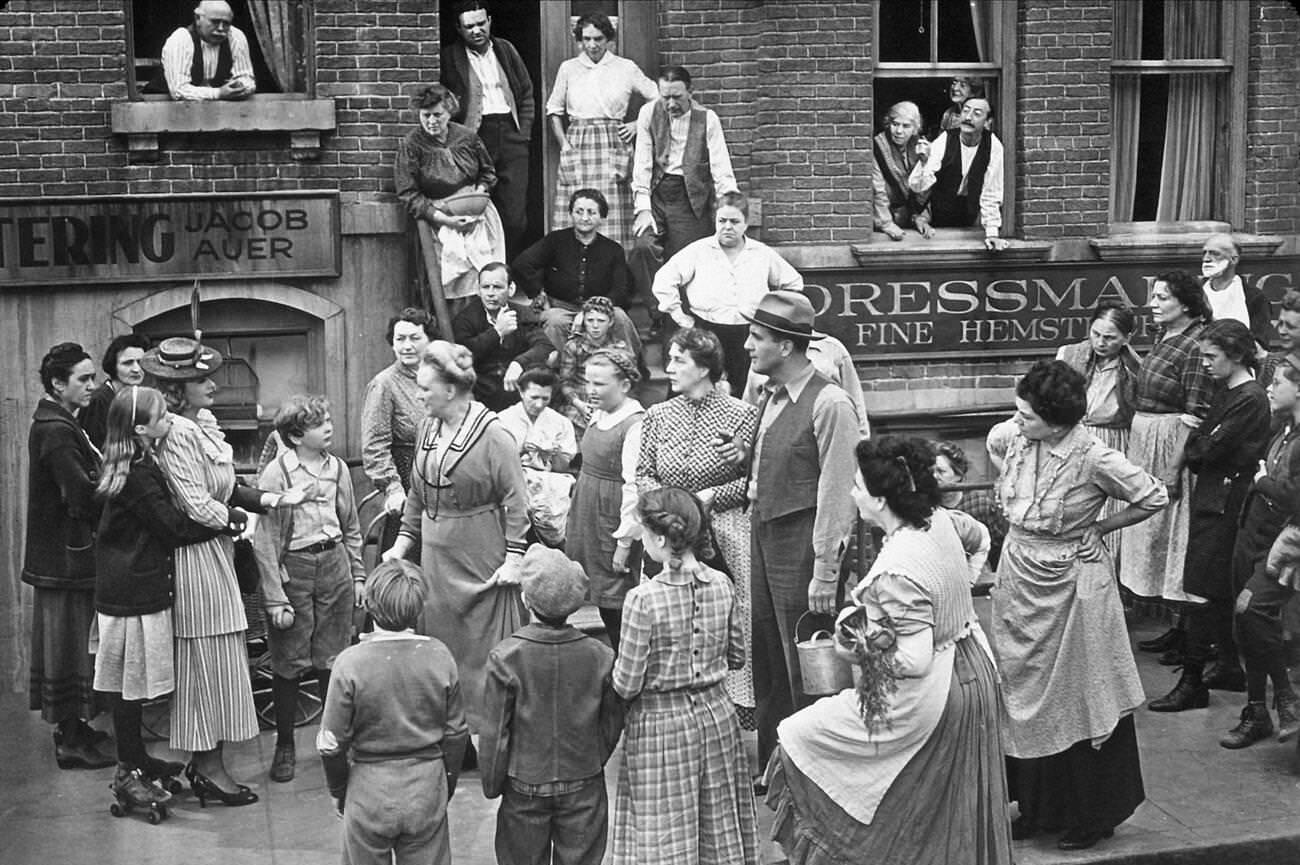
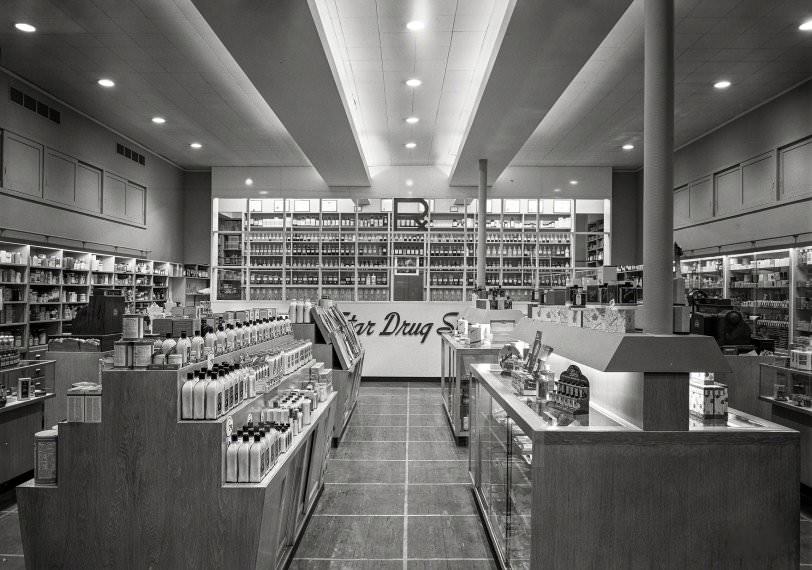
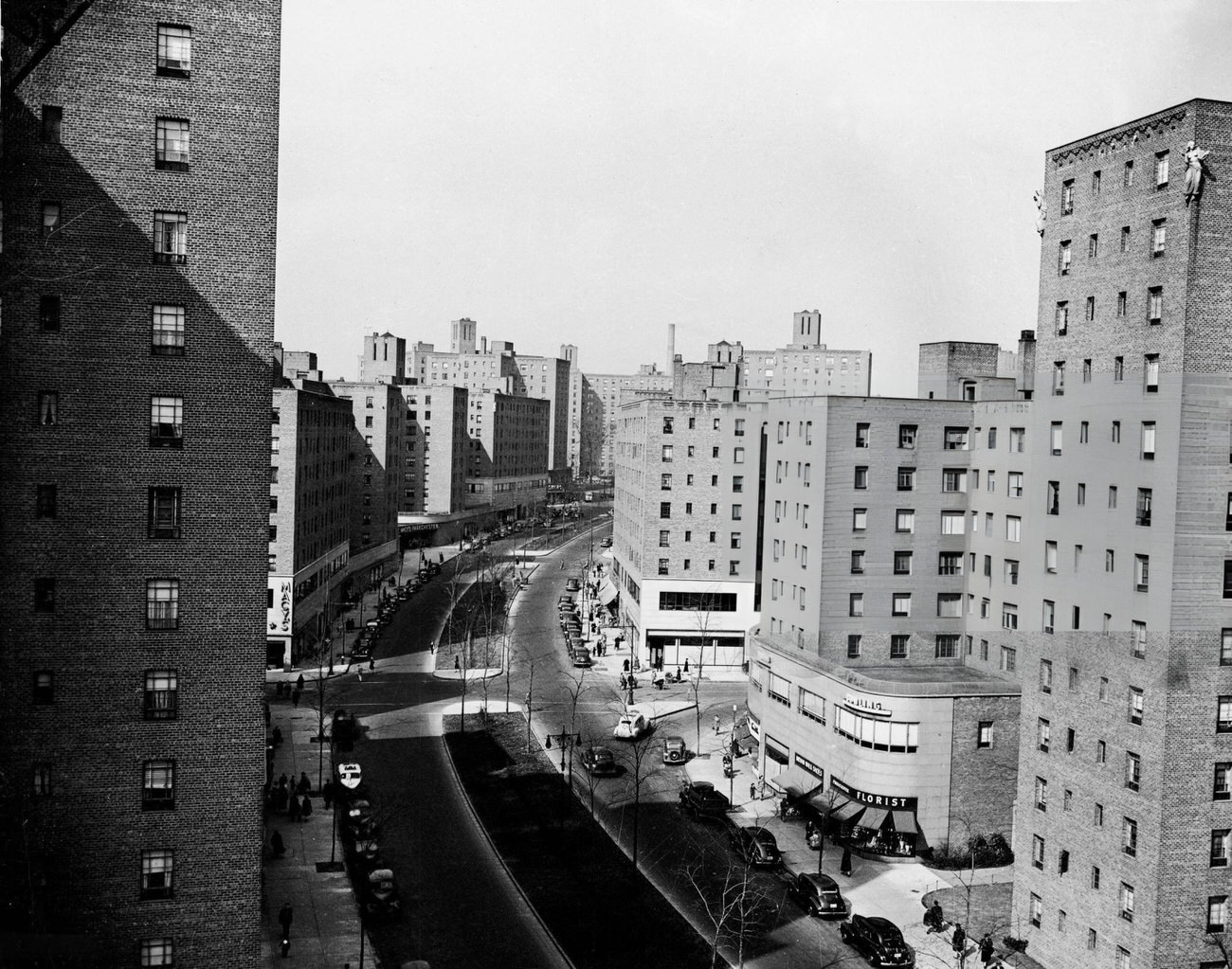
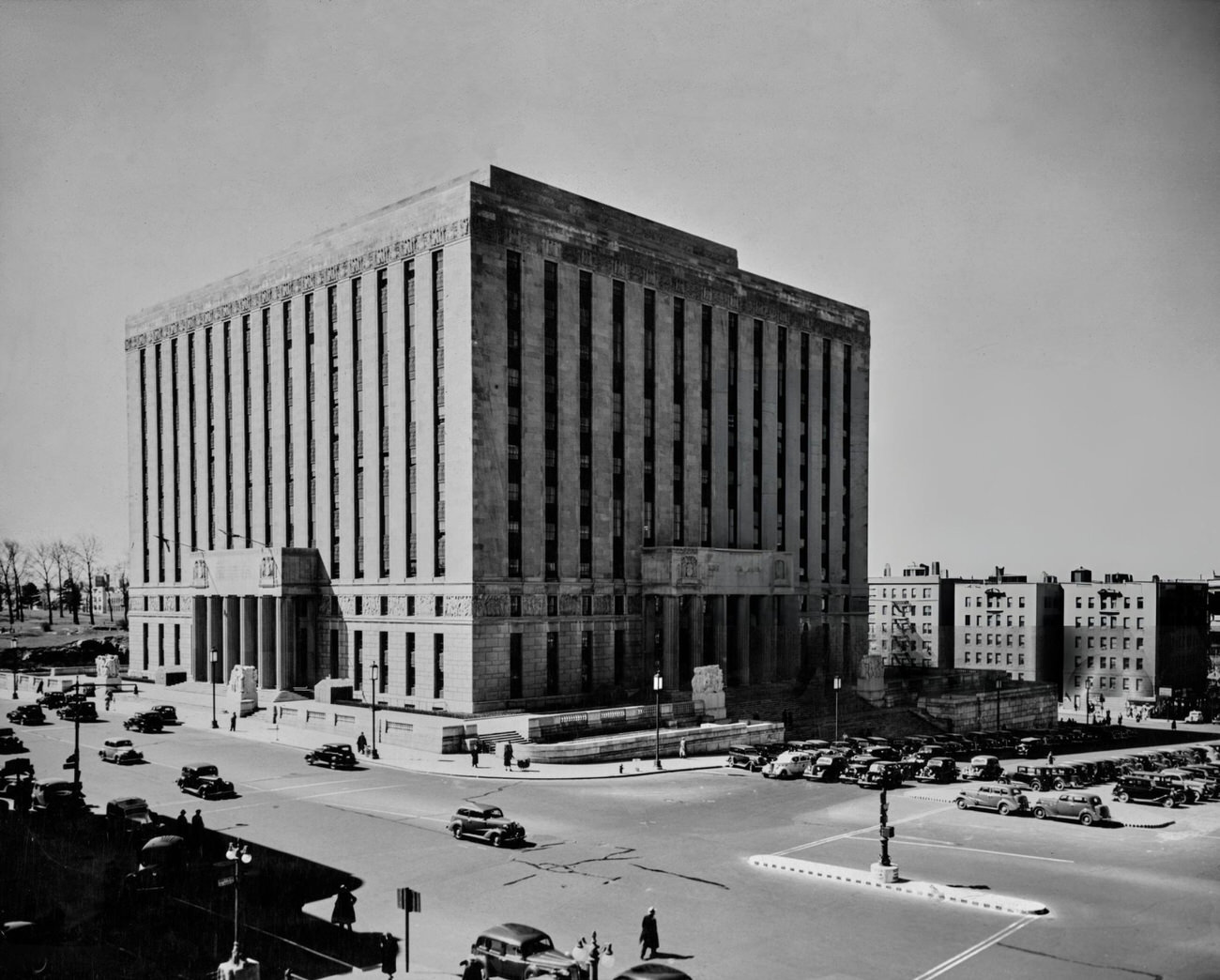
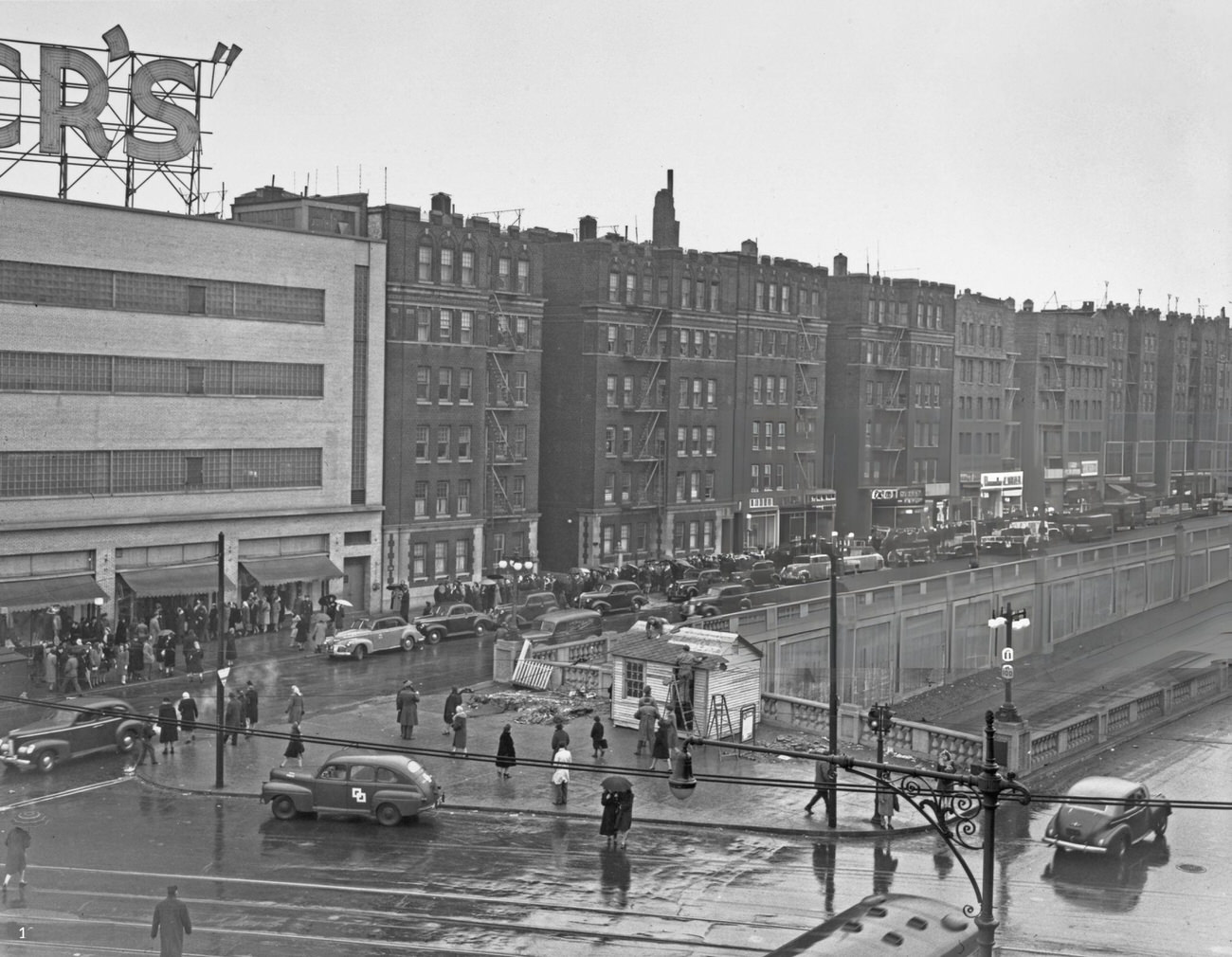
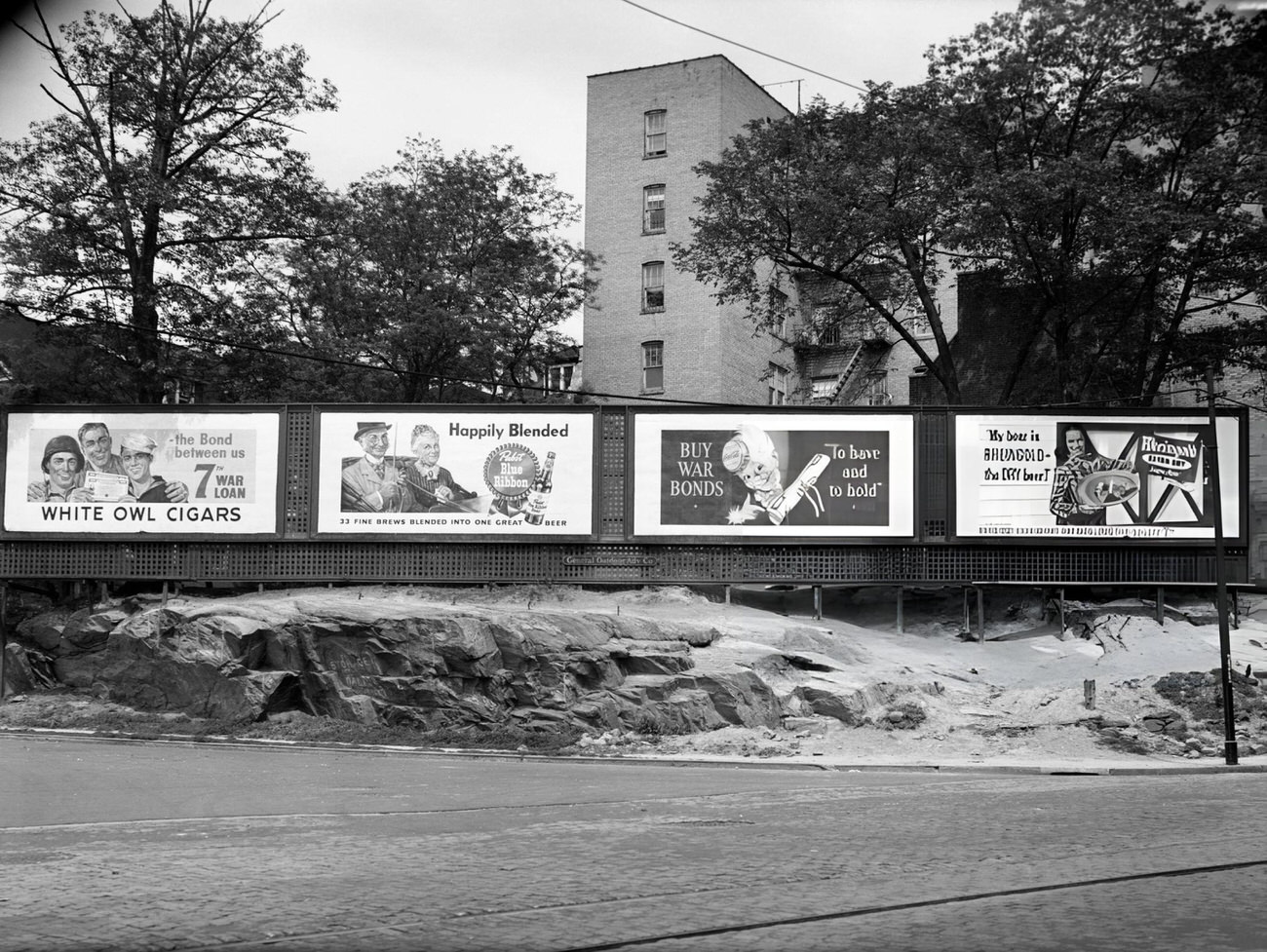
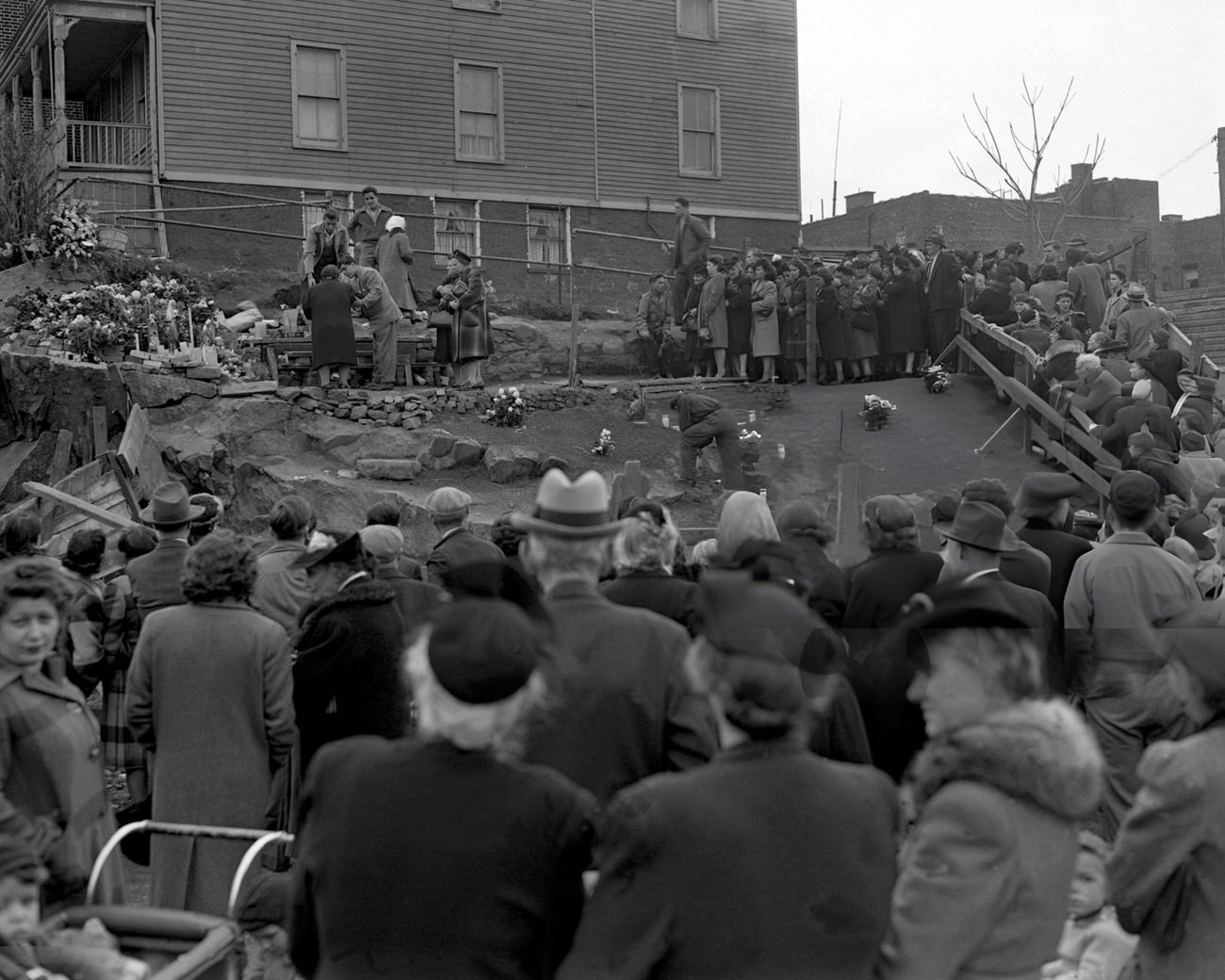
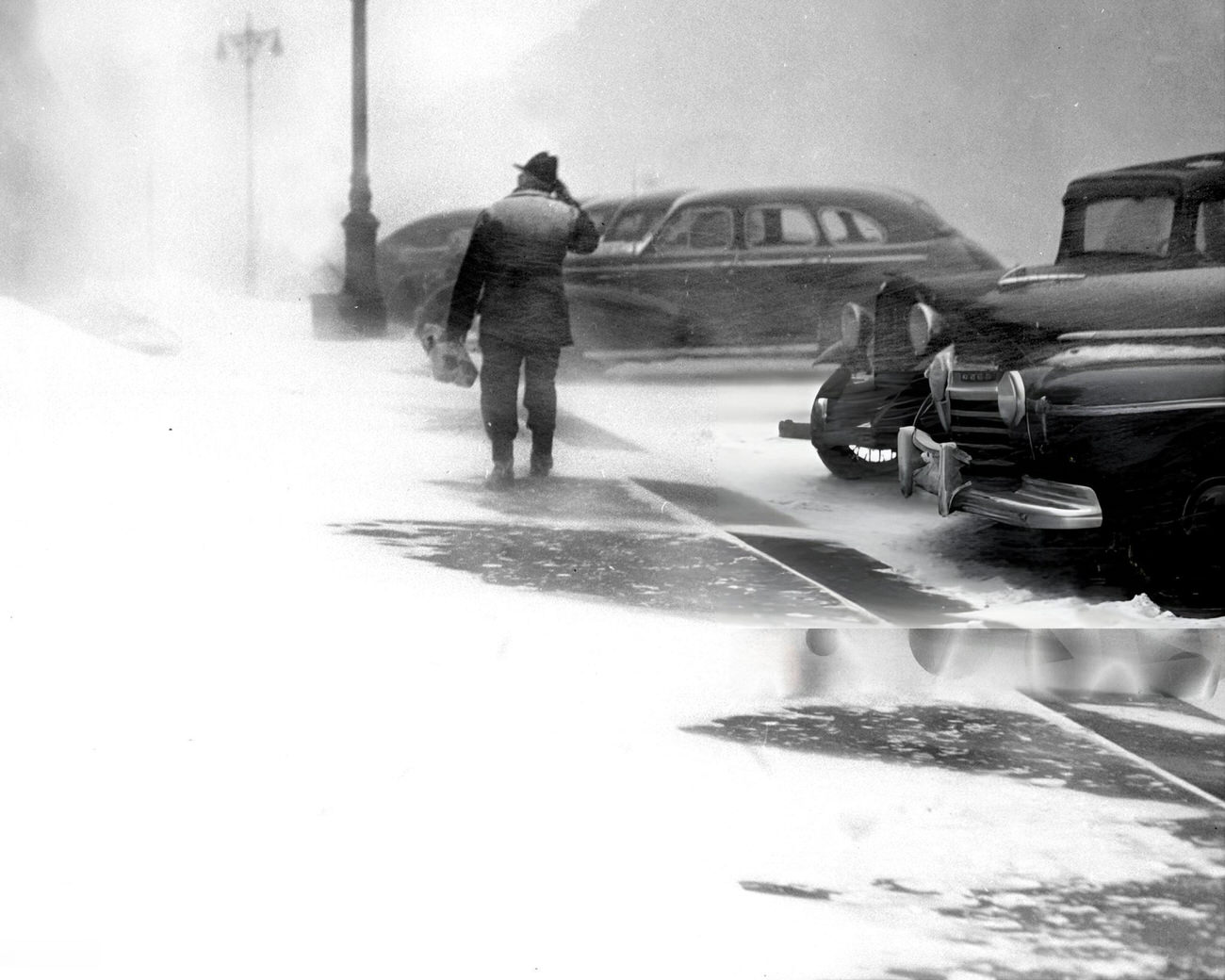
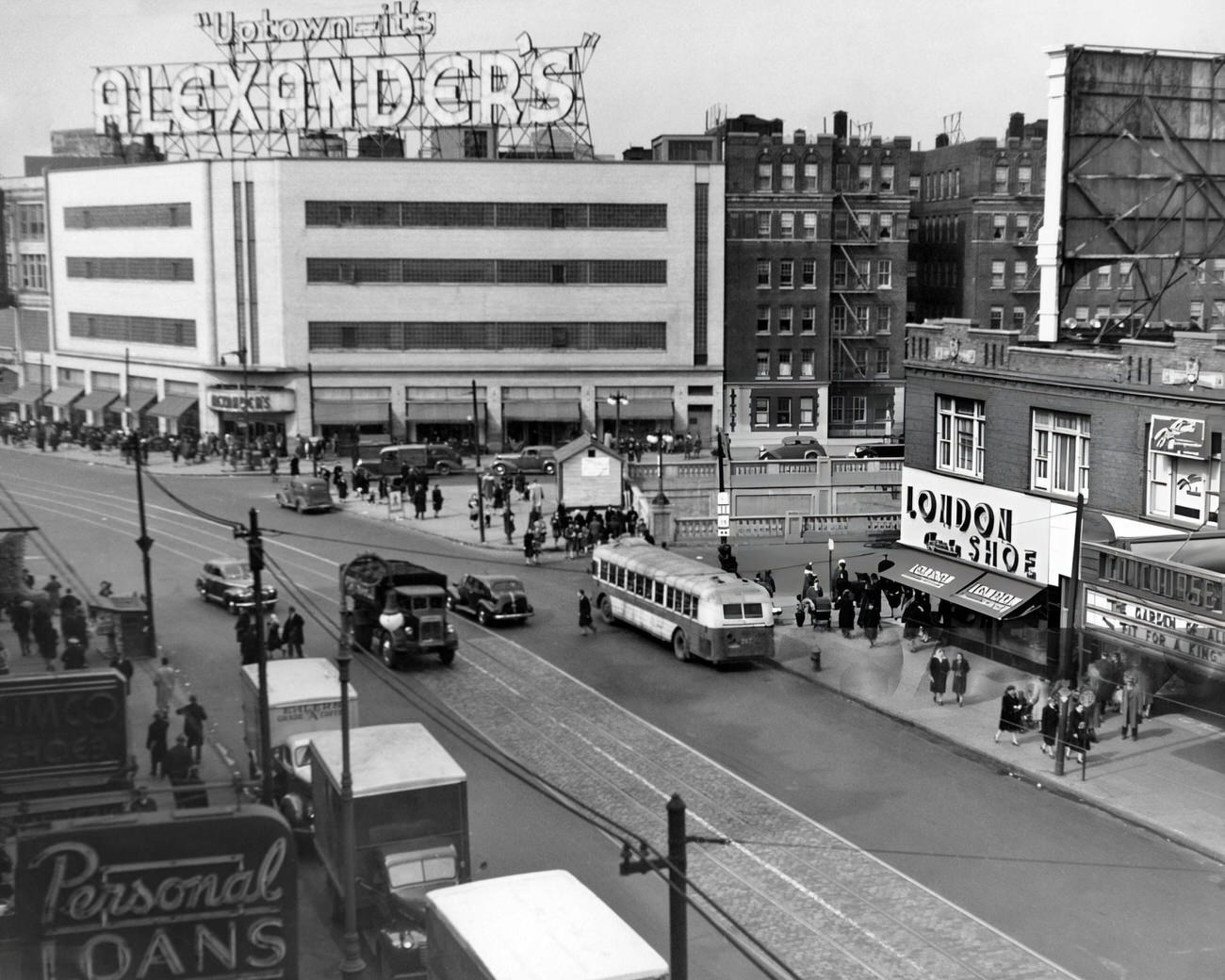
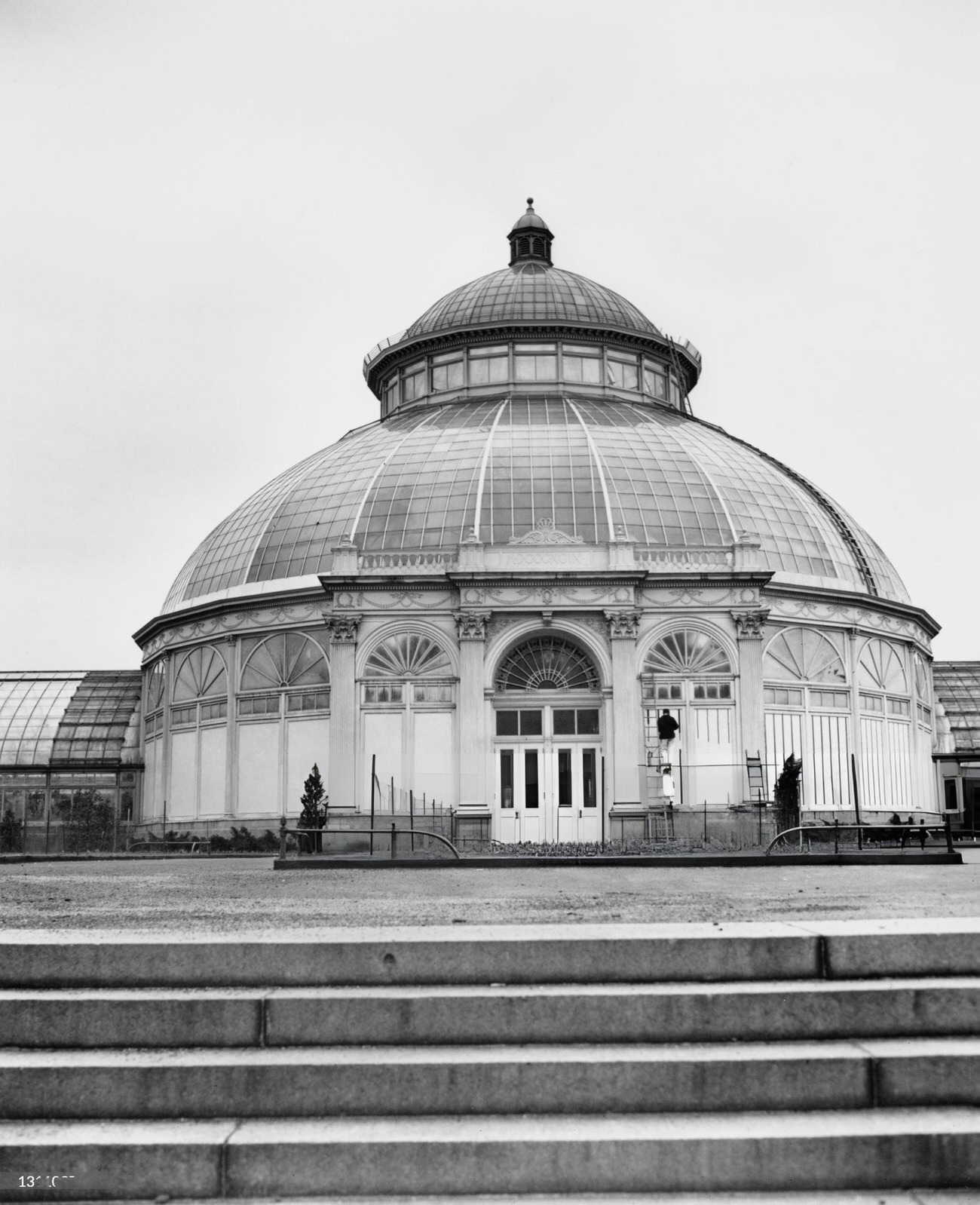
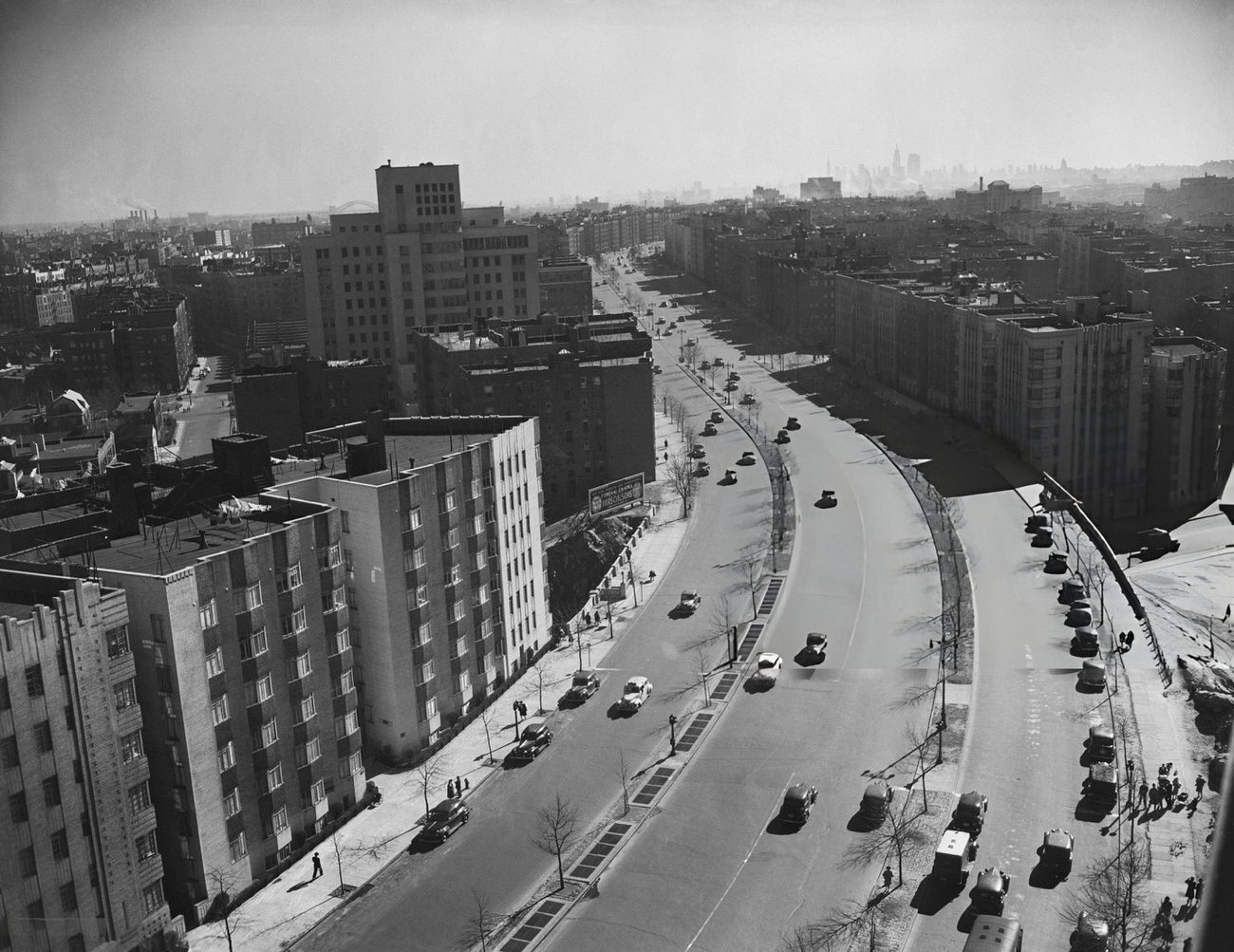
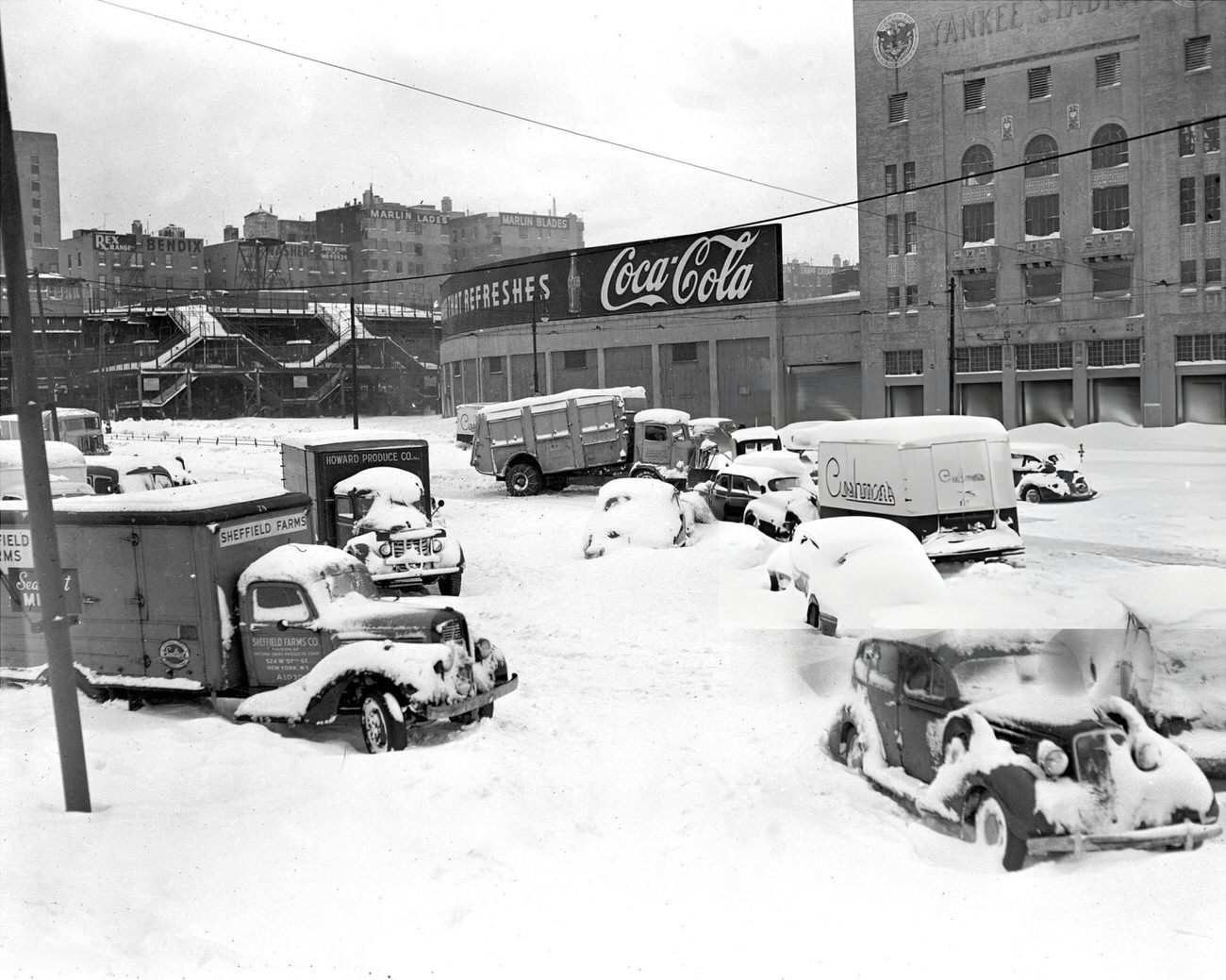
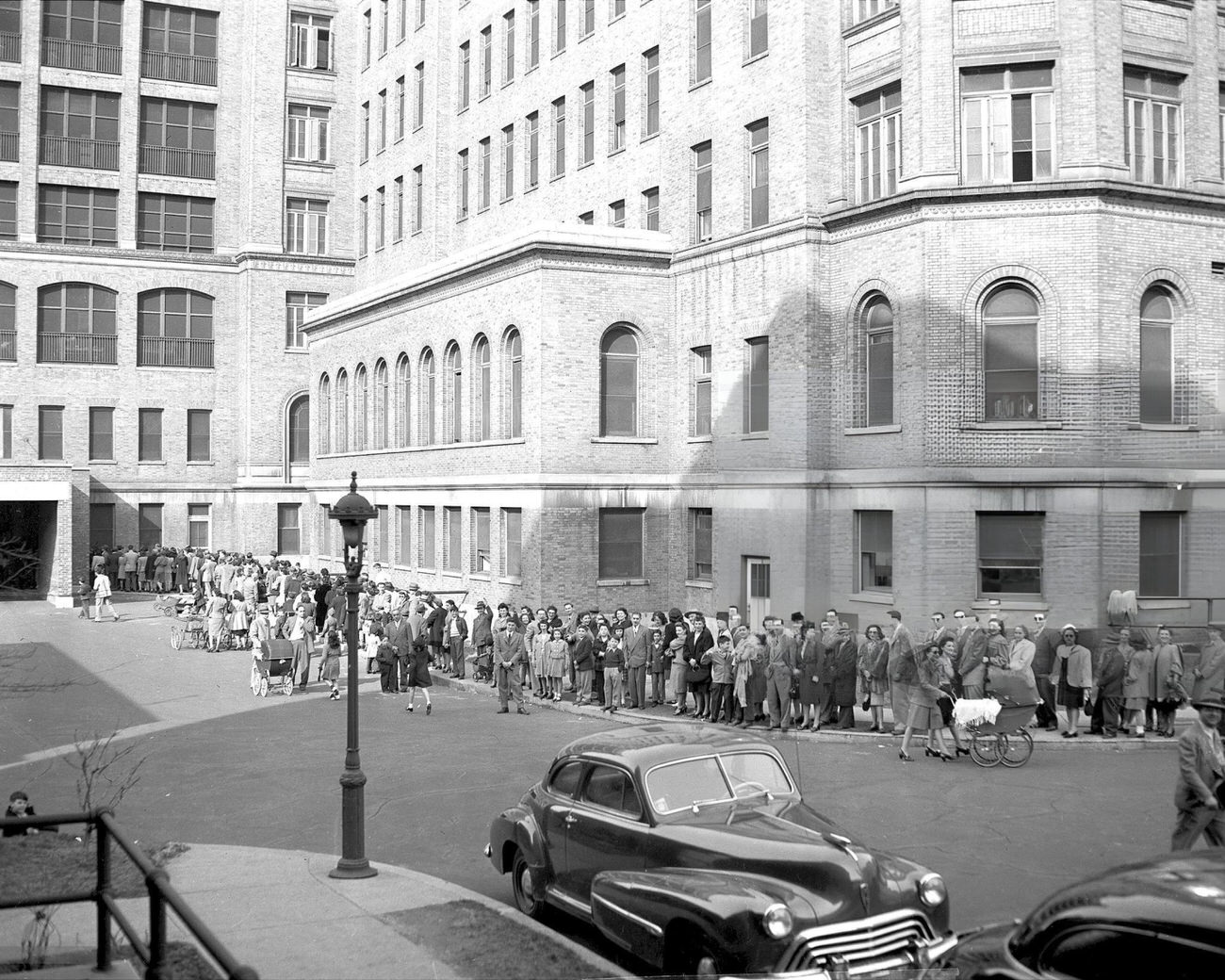
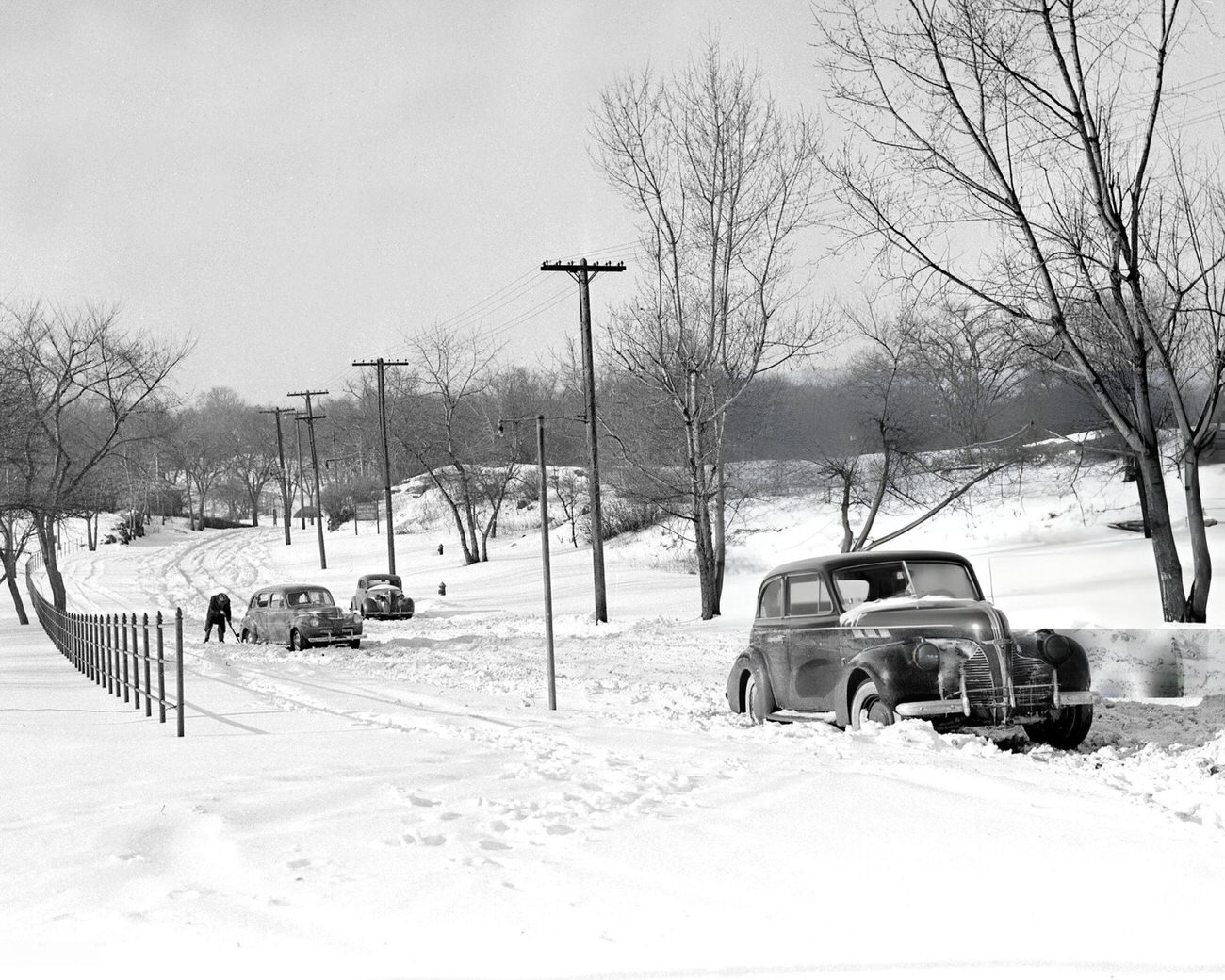
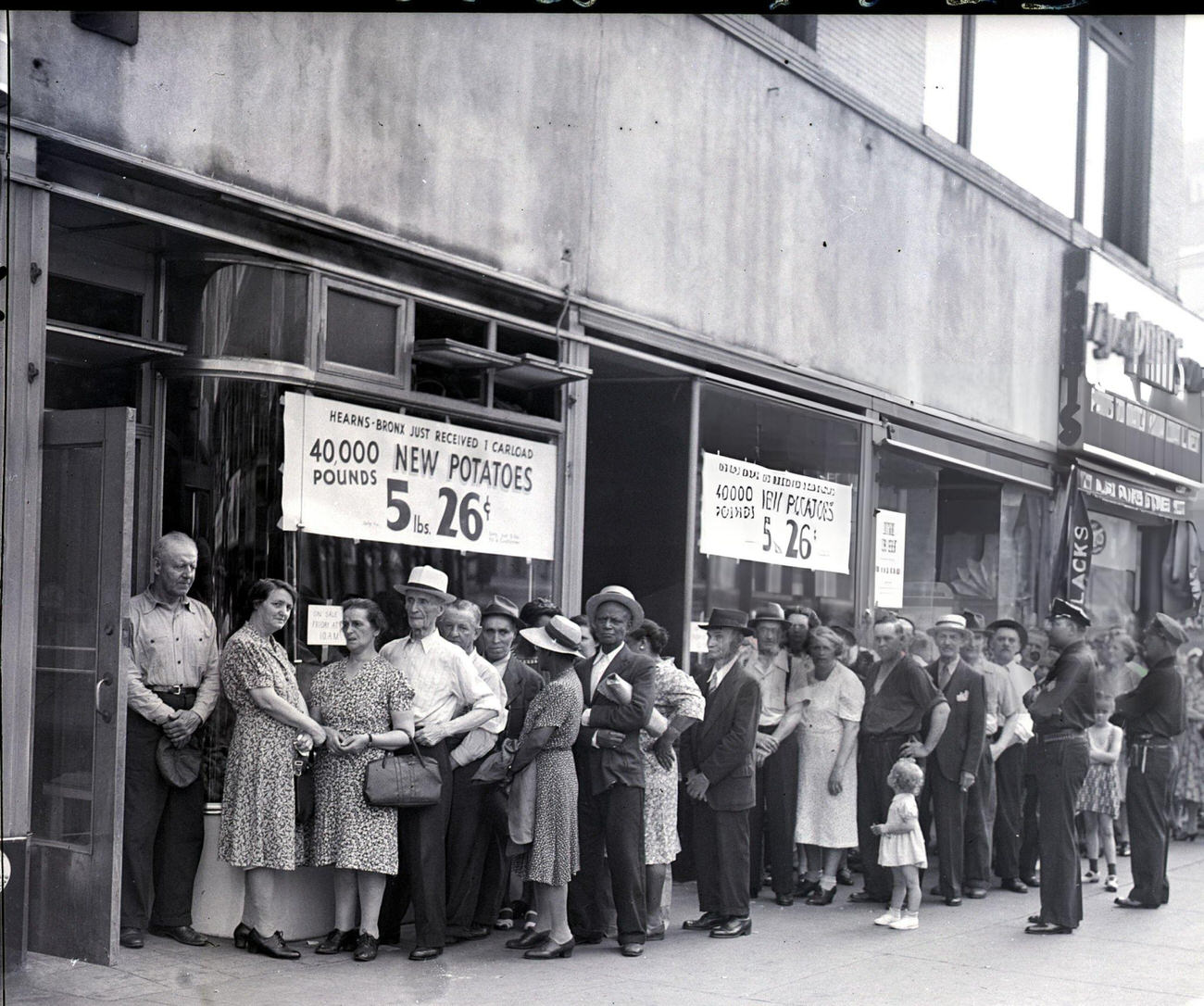
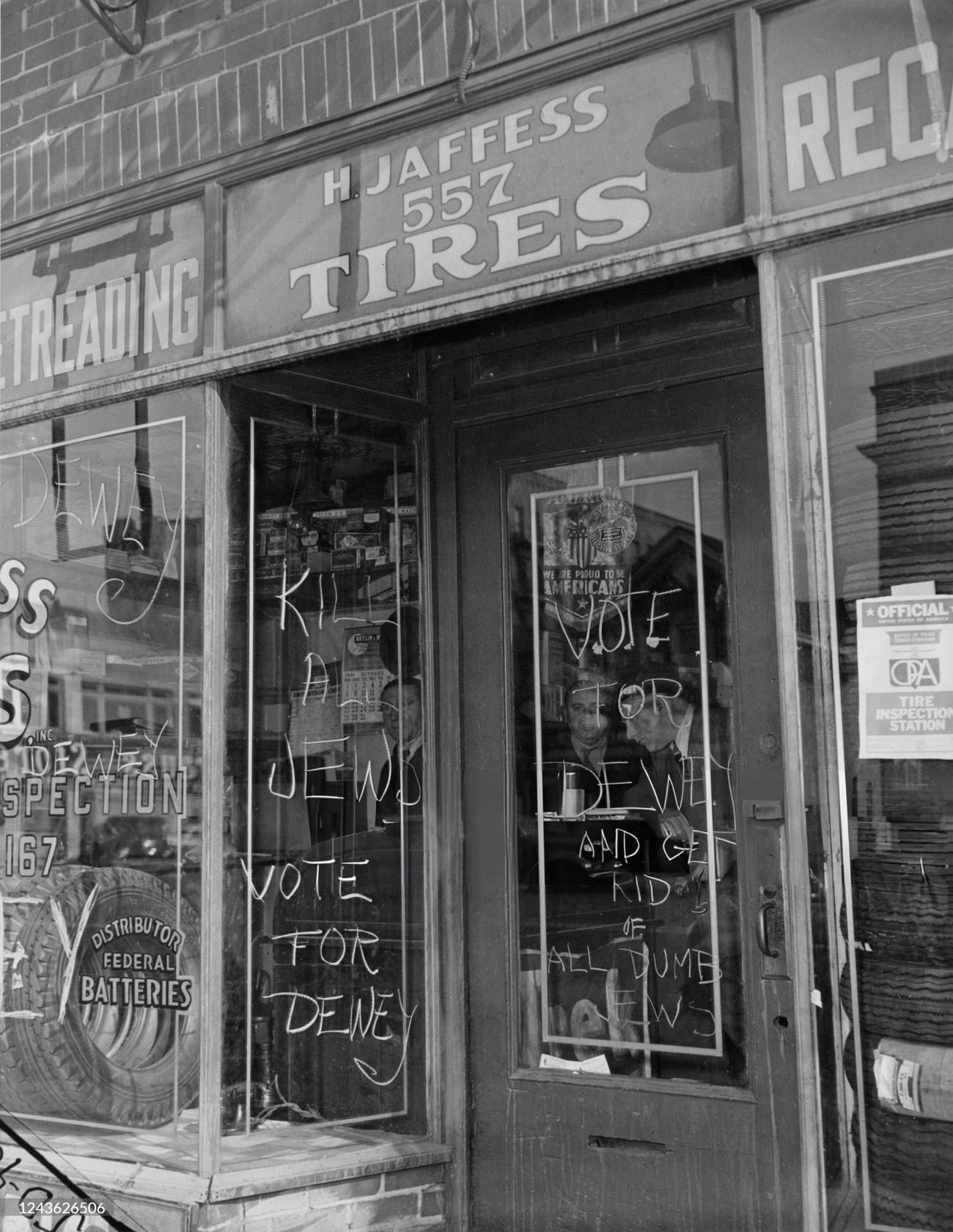
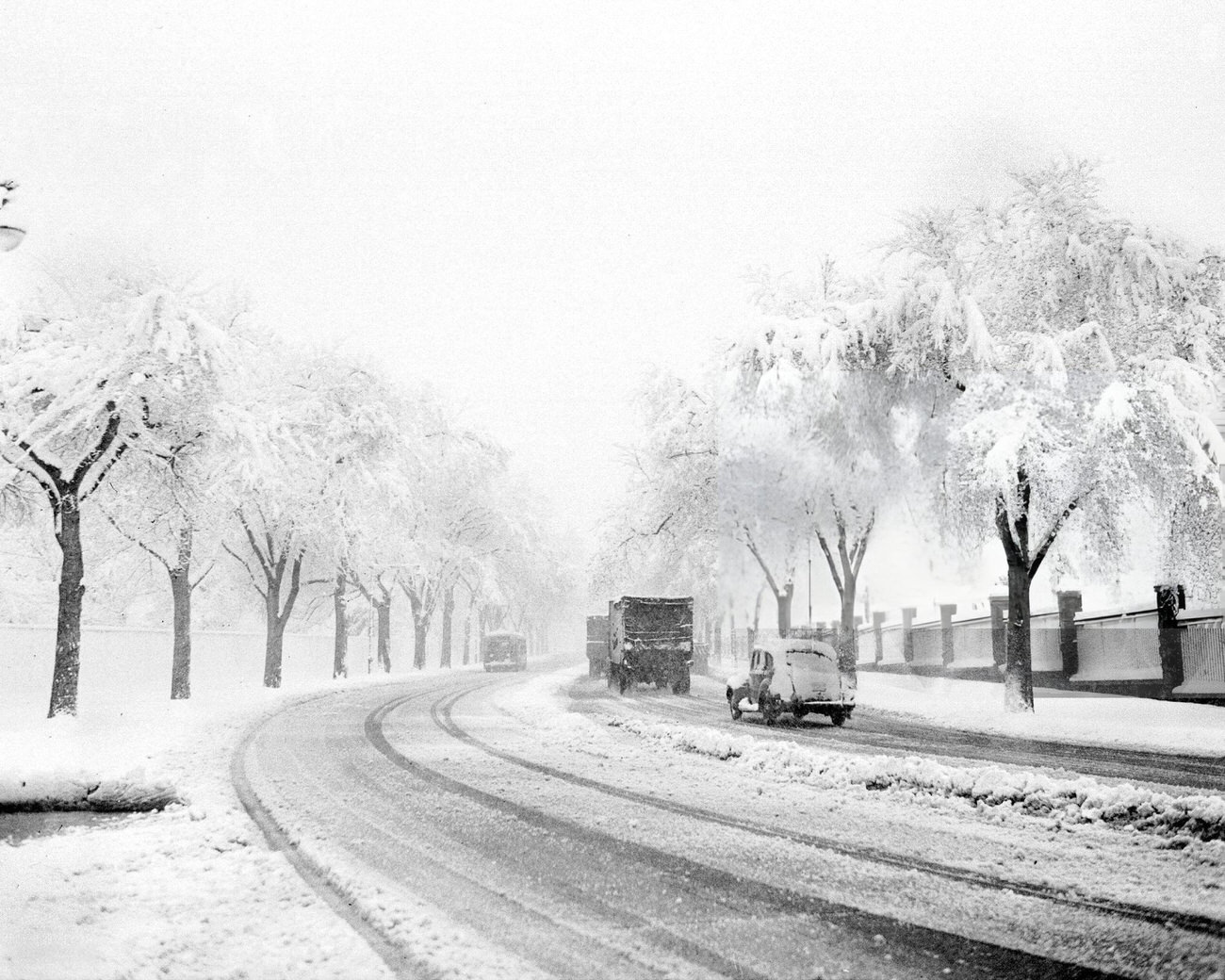
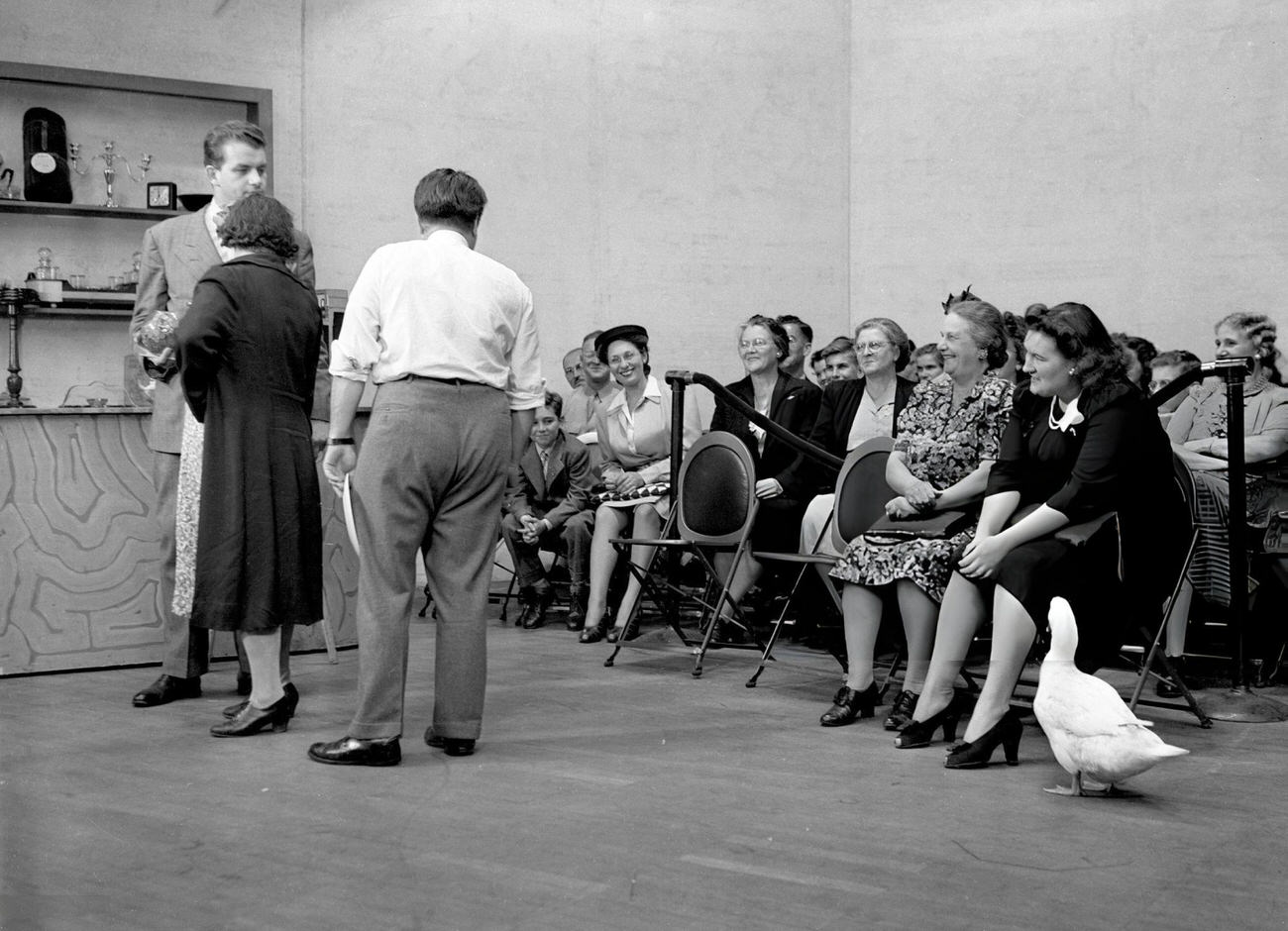
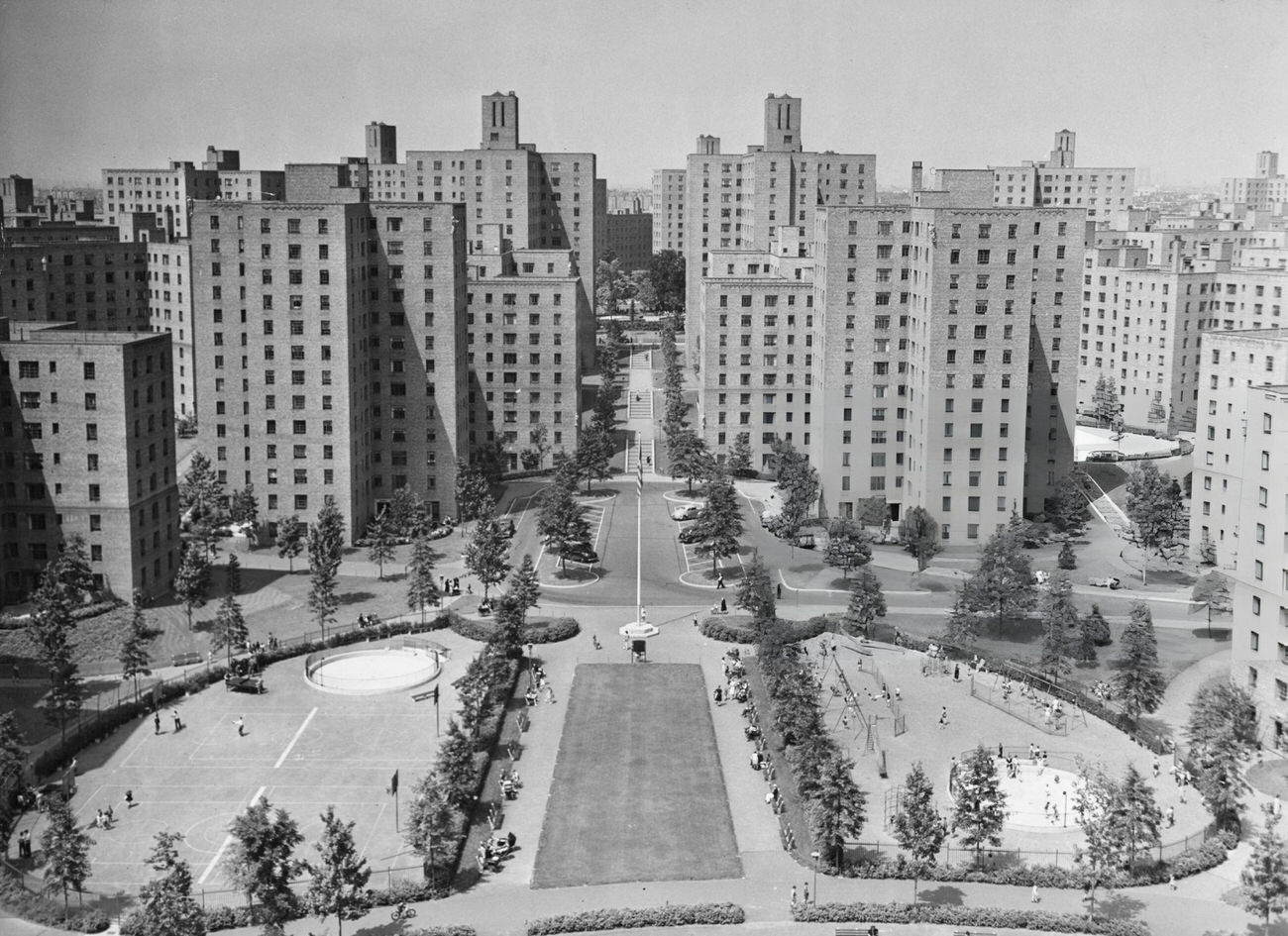
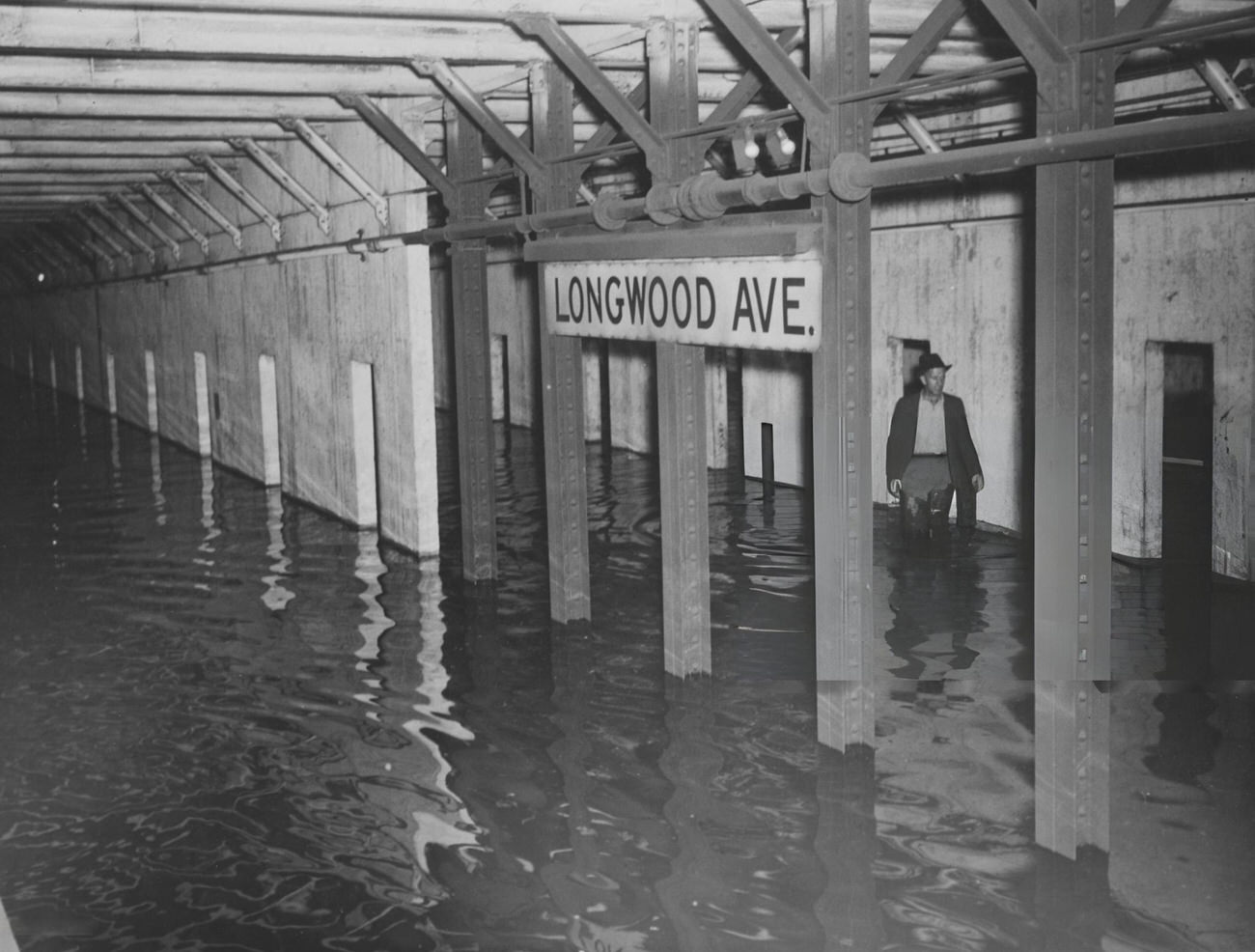
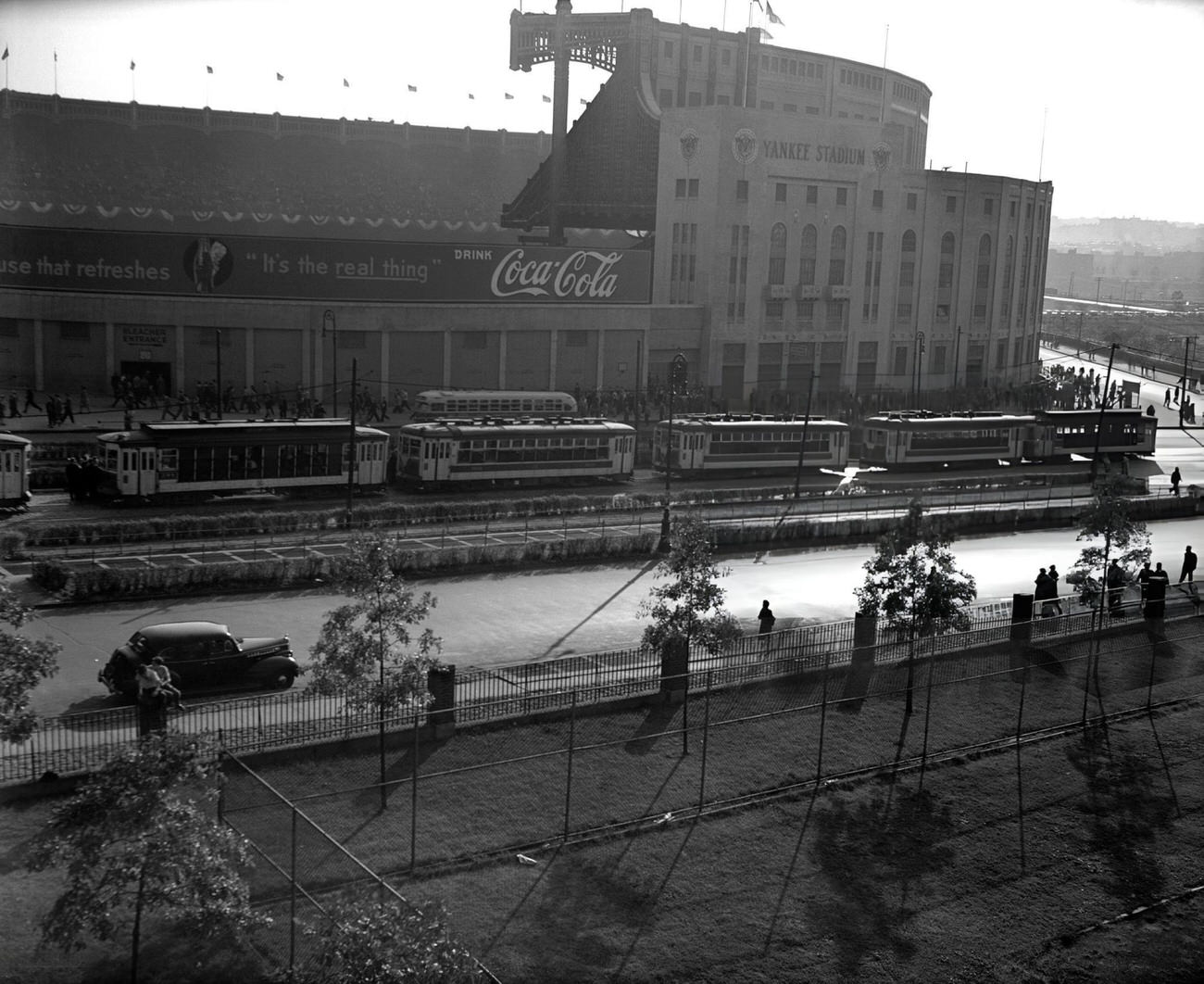

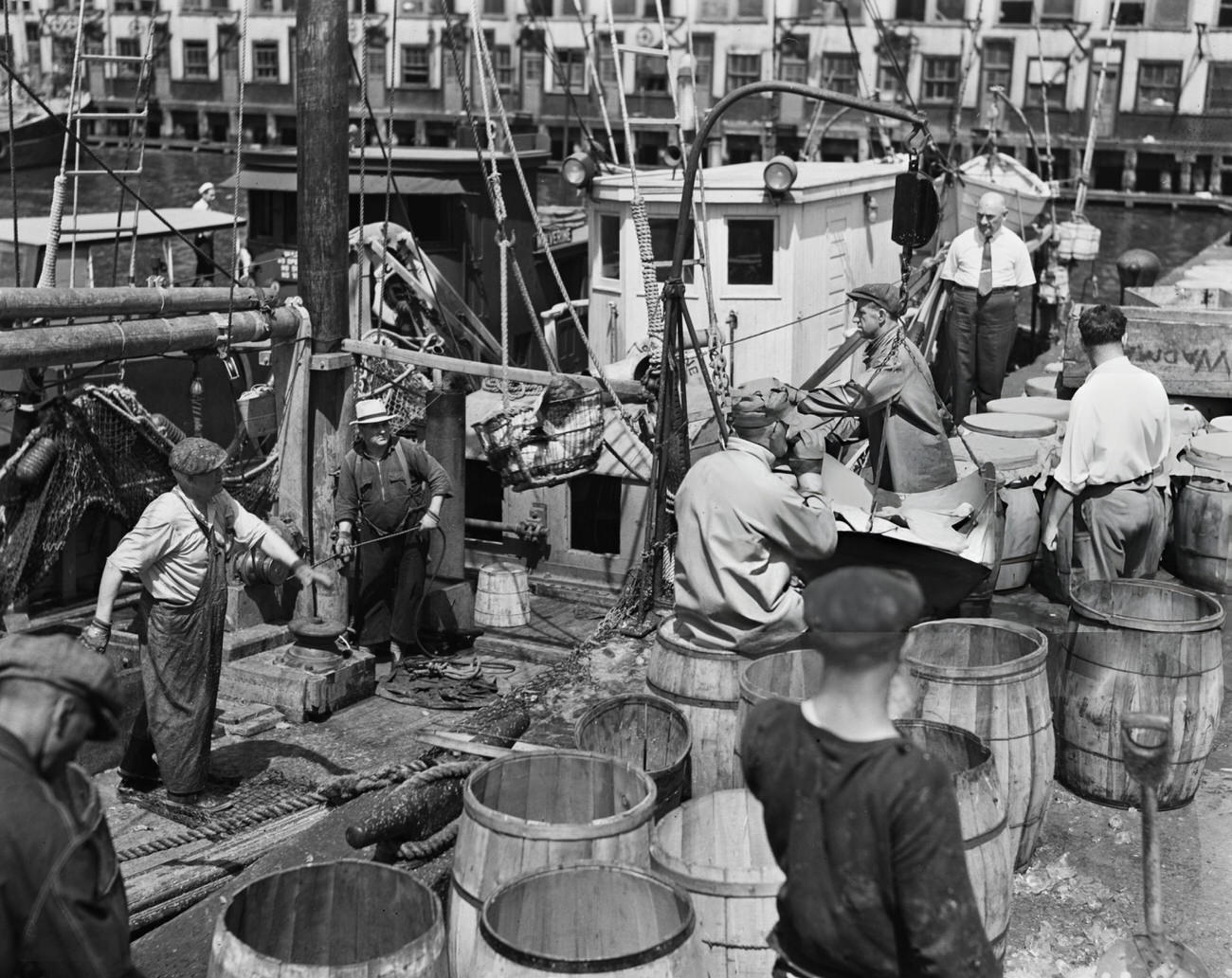
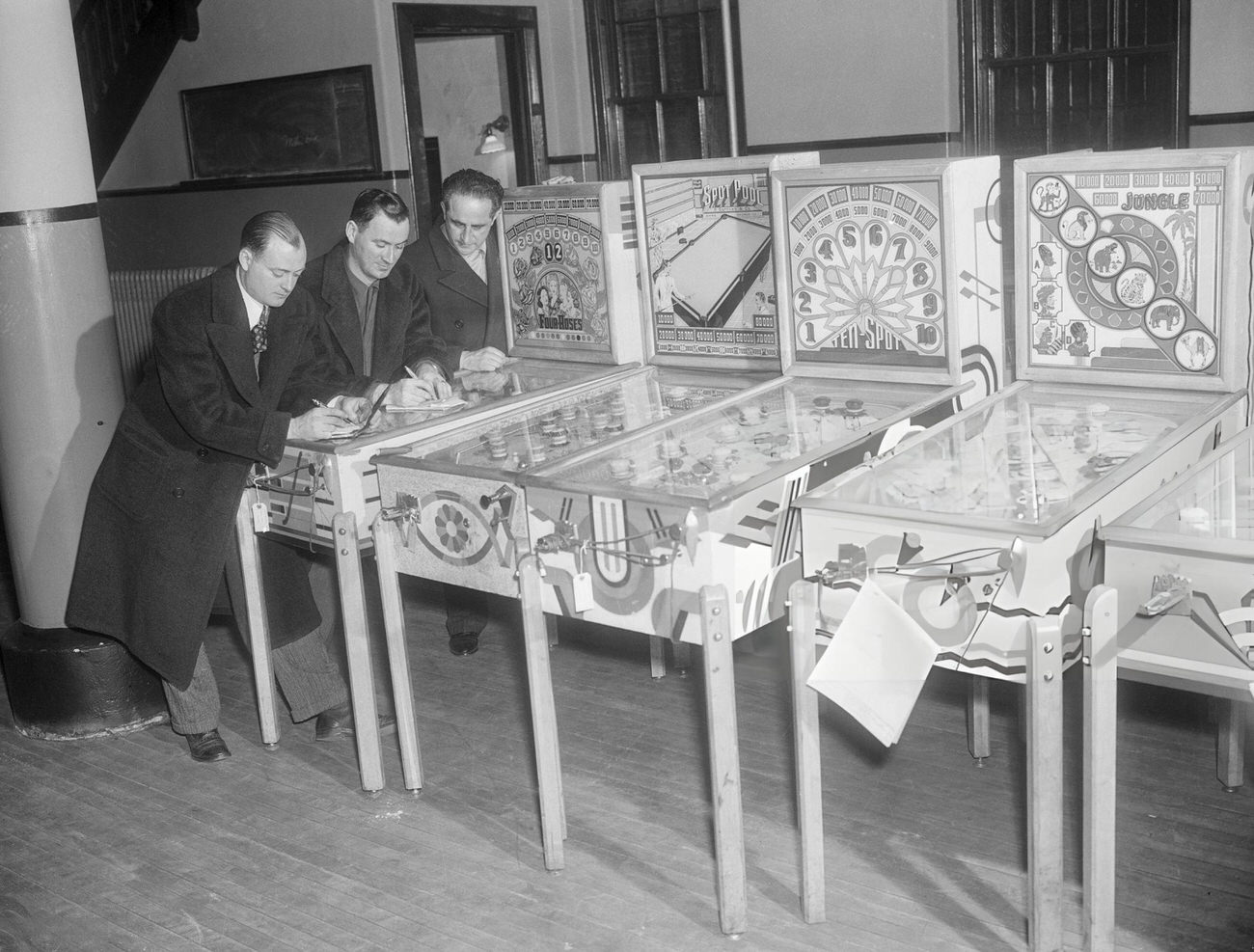
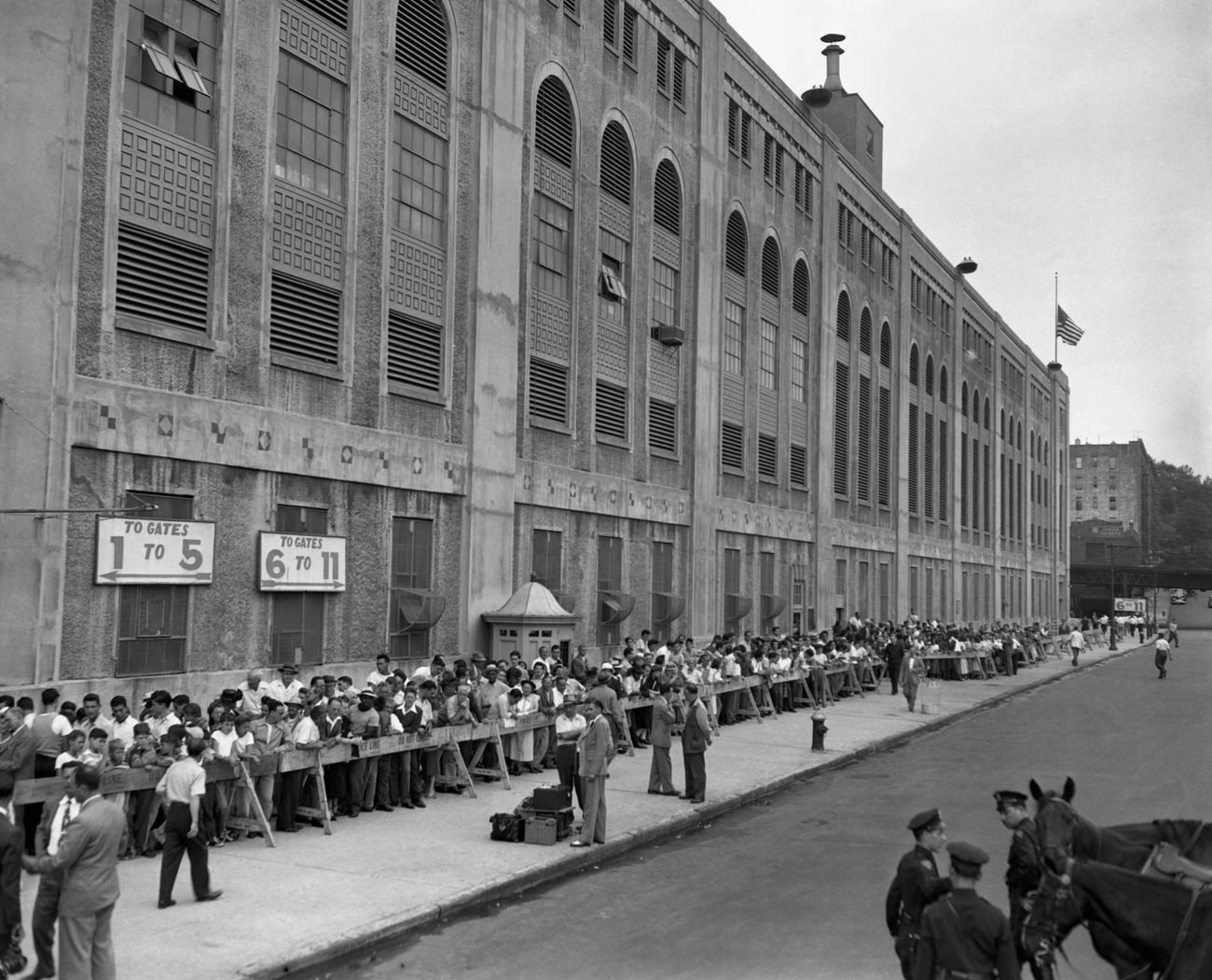
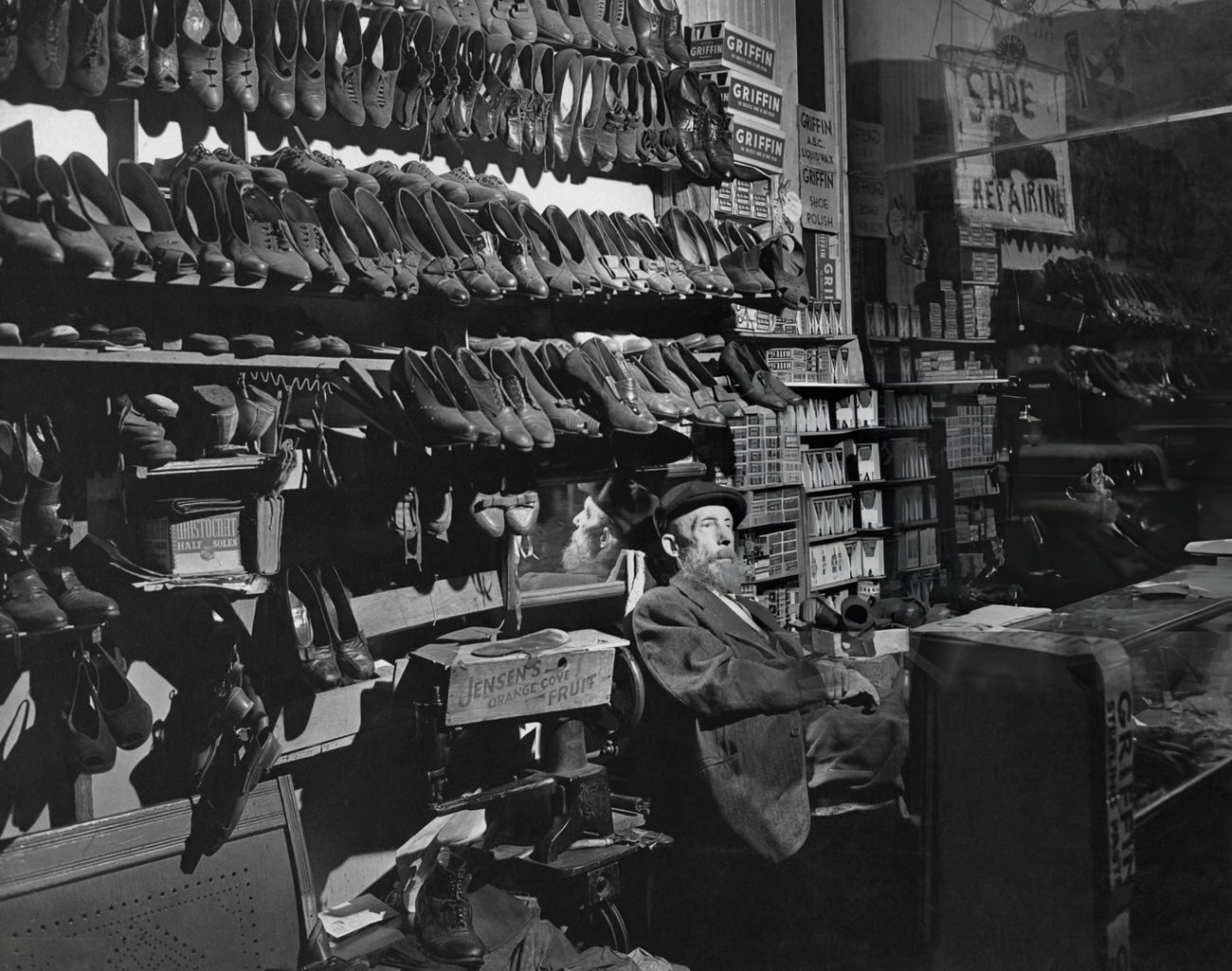

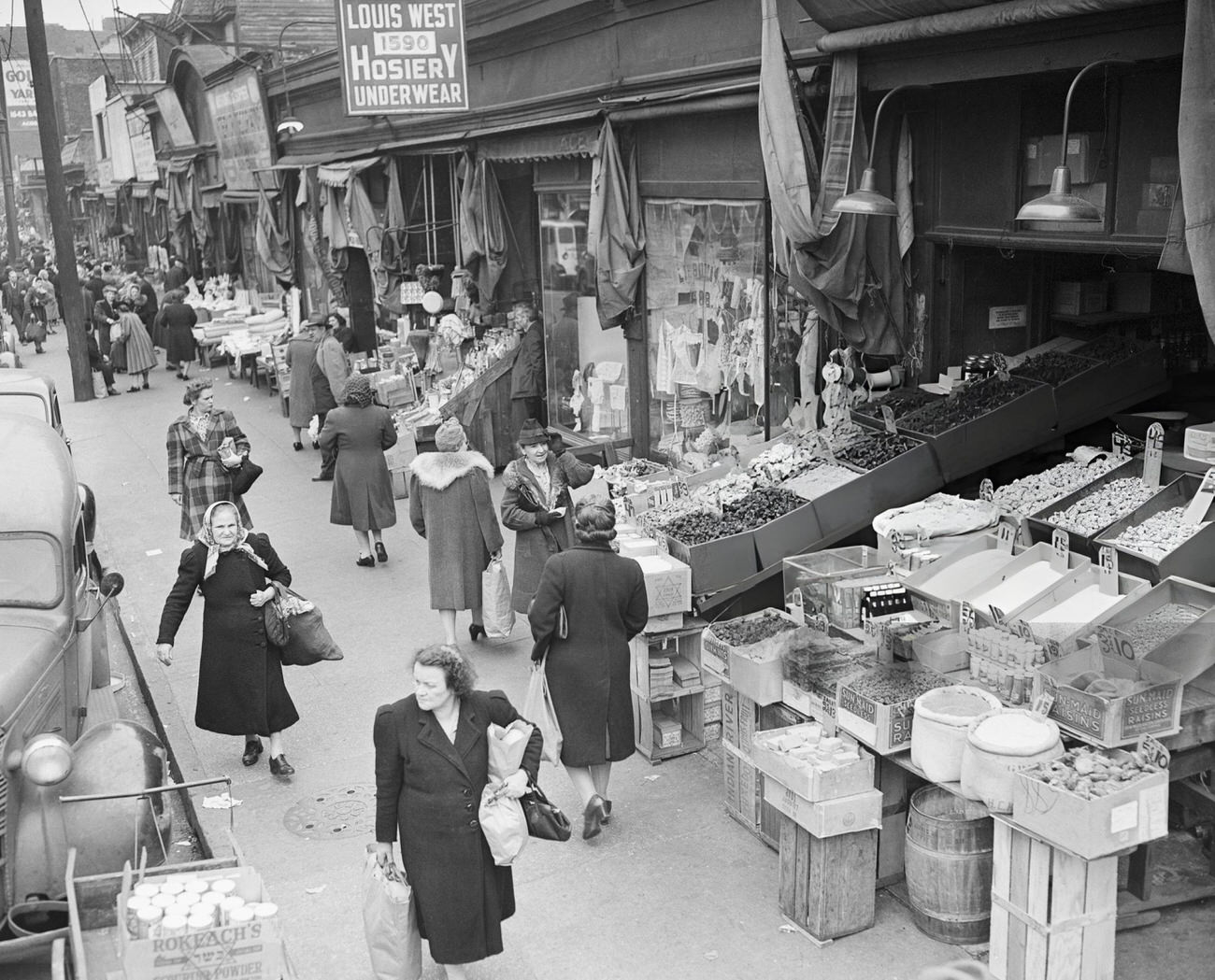
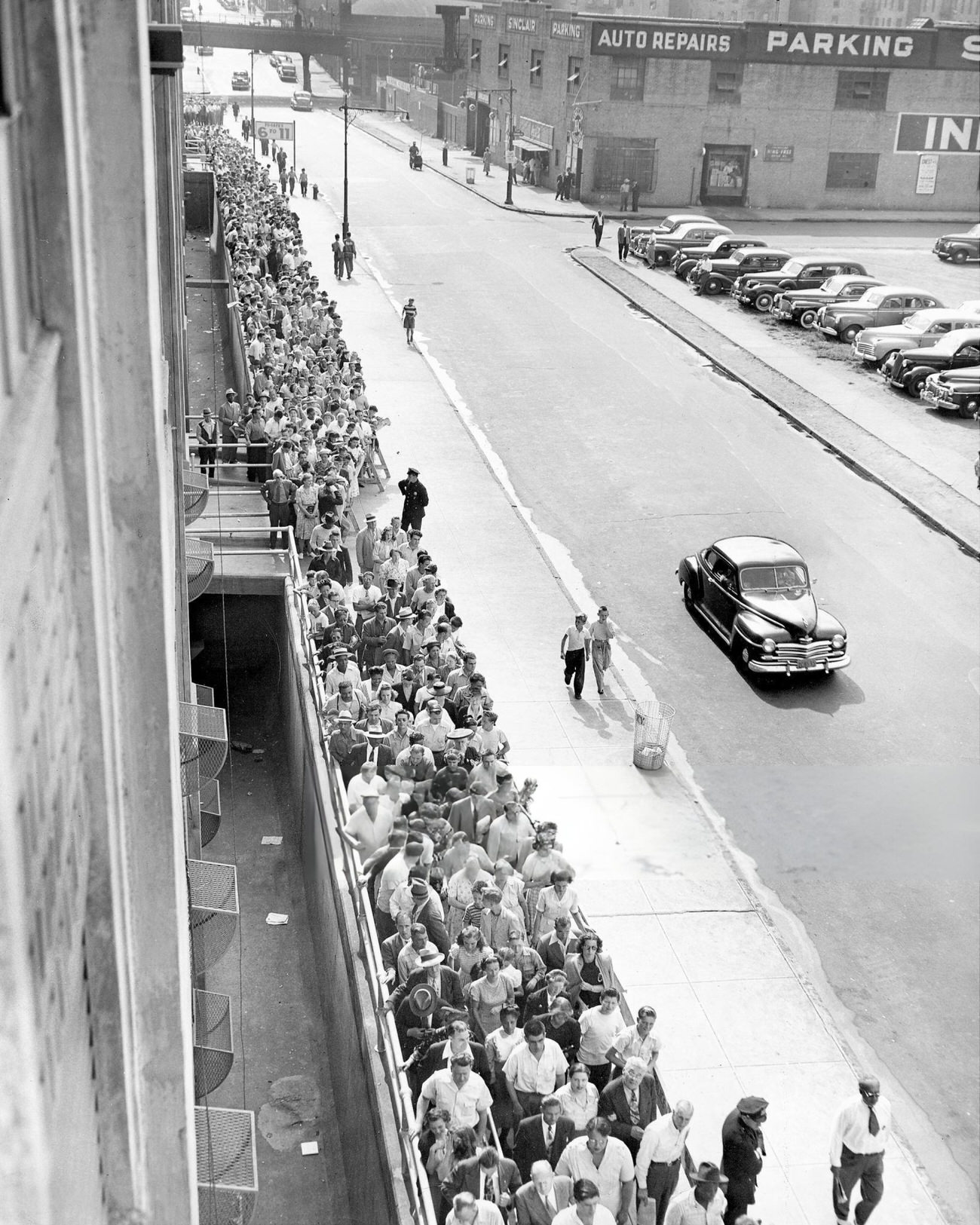
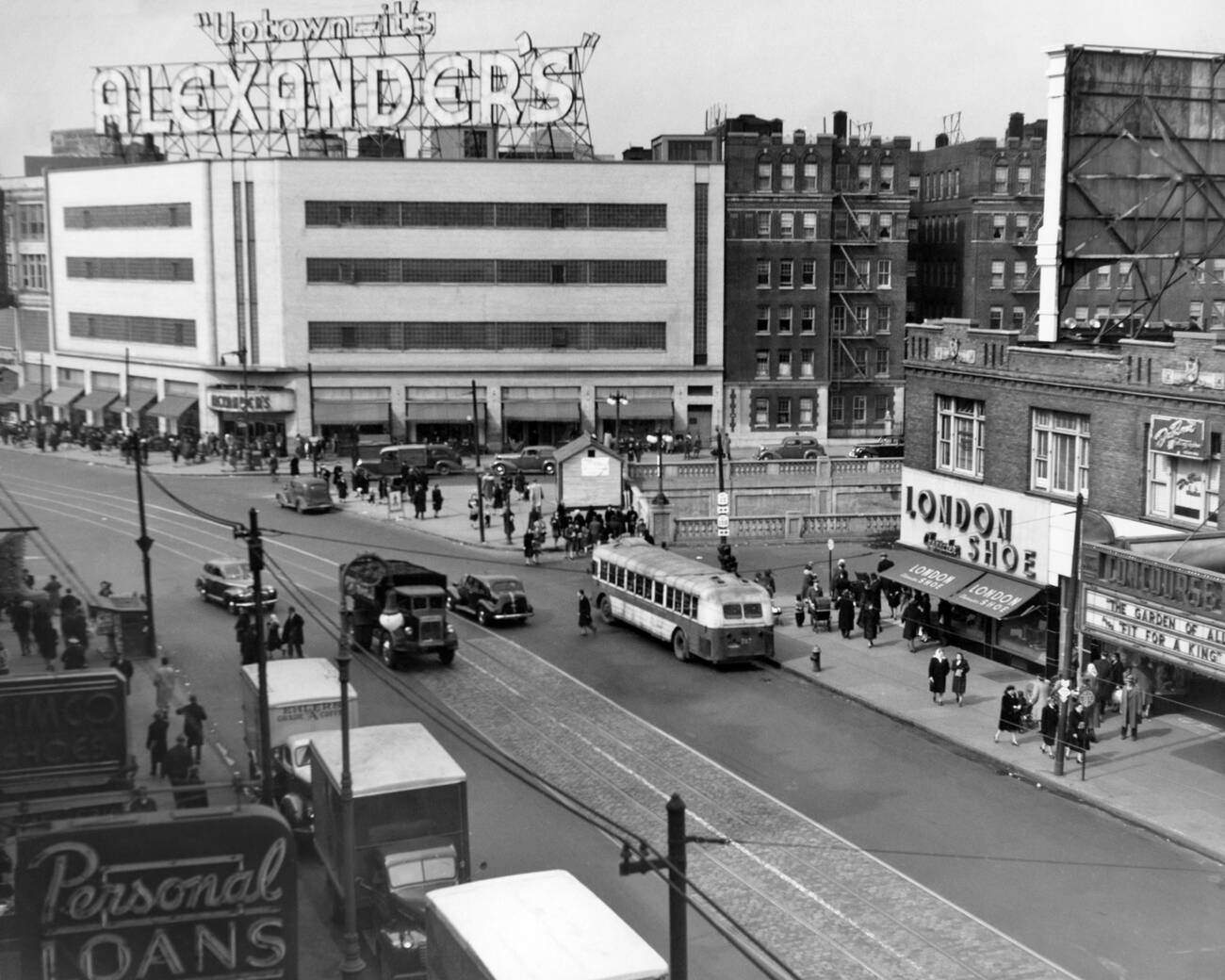
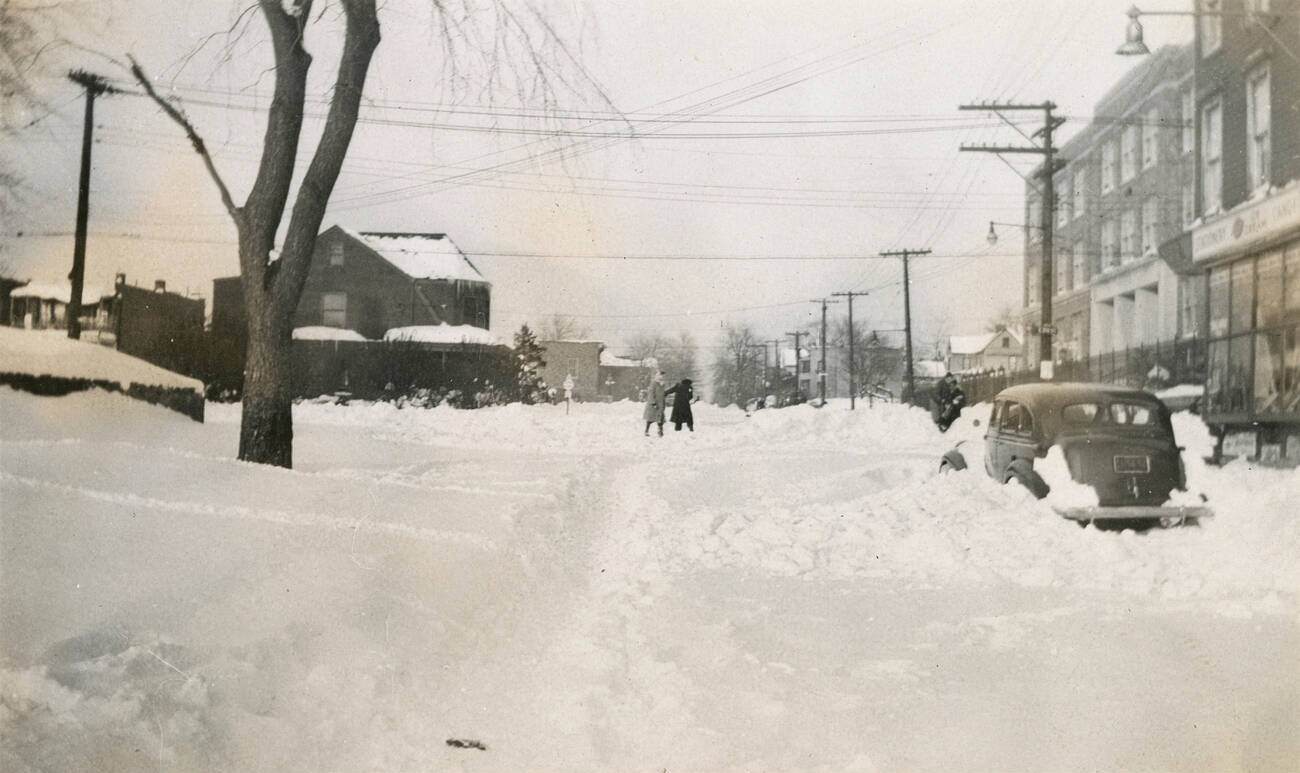
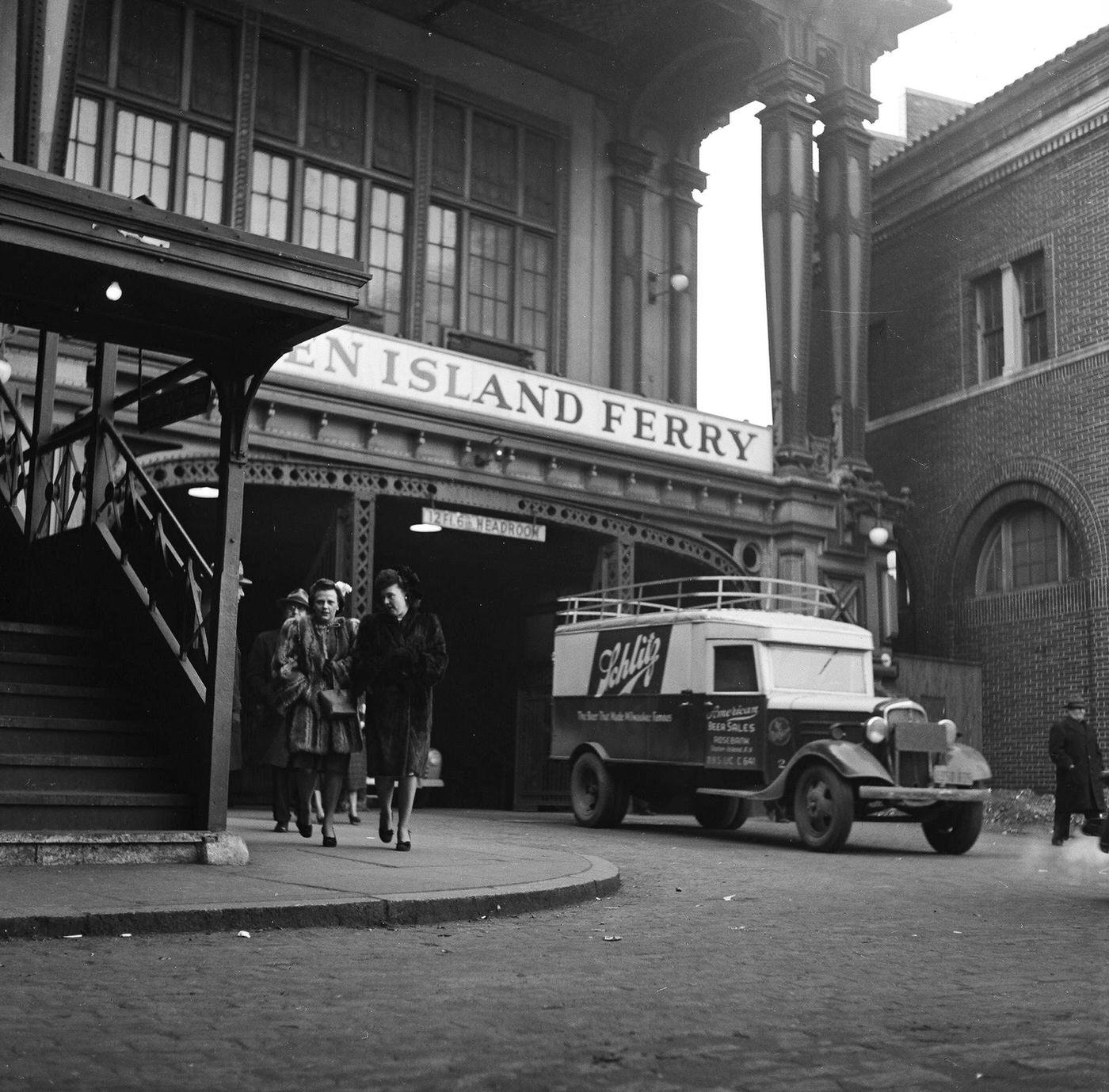

GIPHY App Key not set. Please check settings